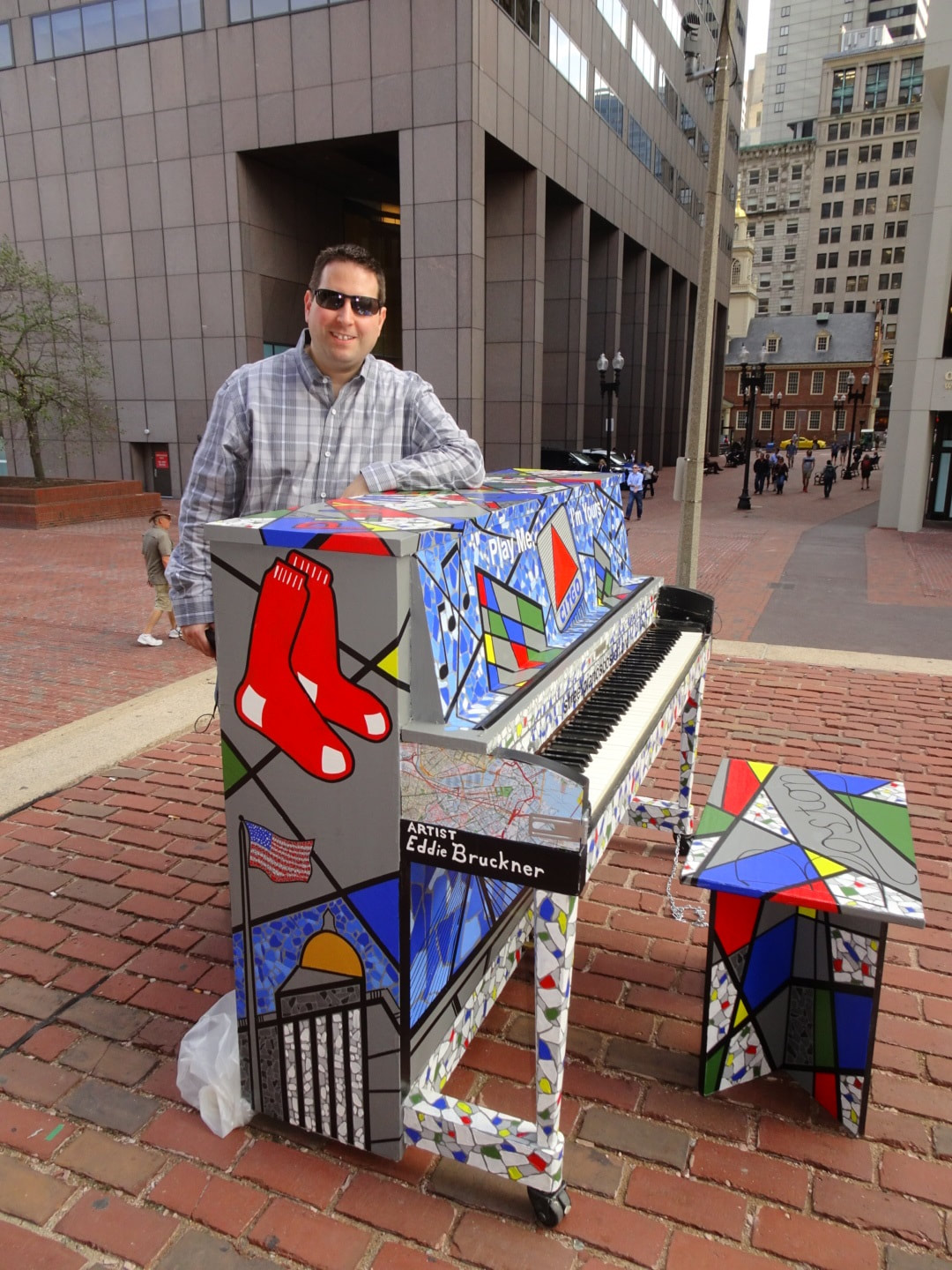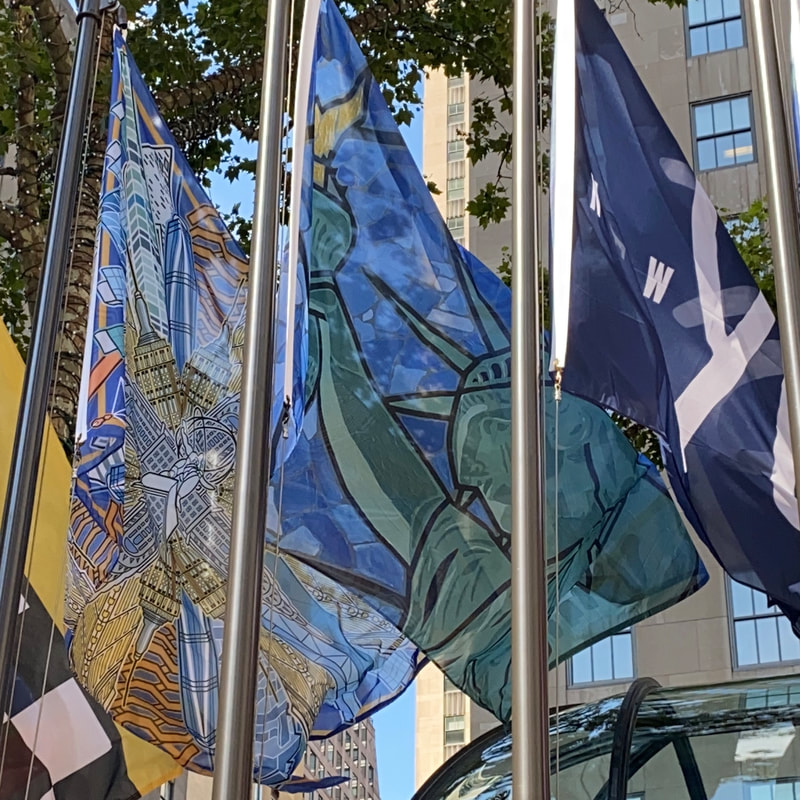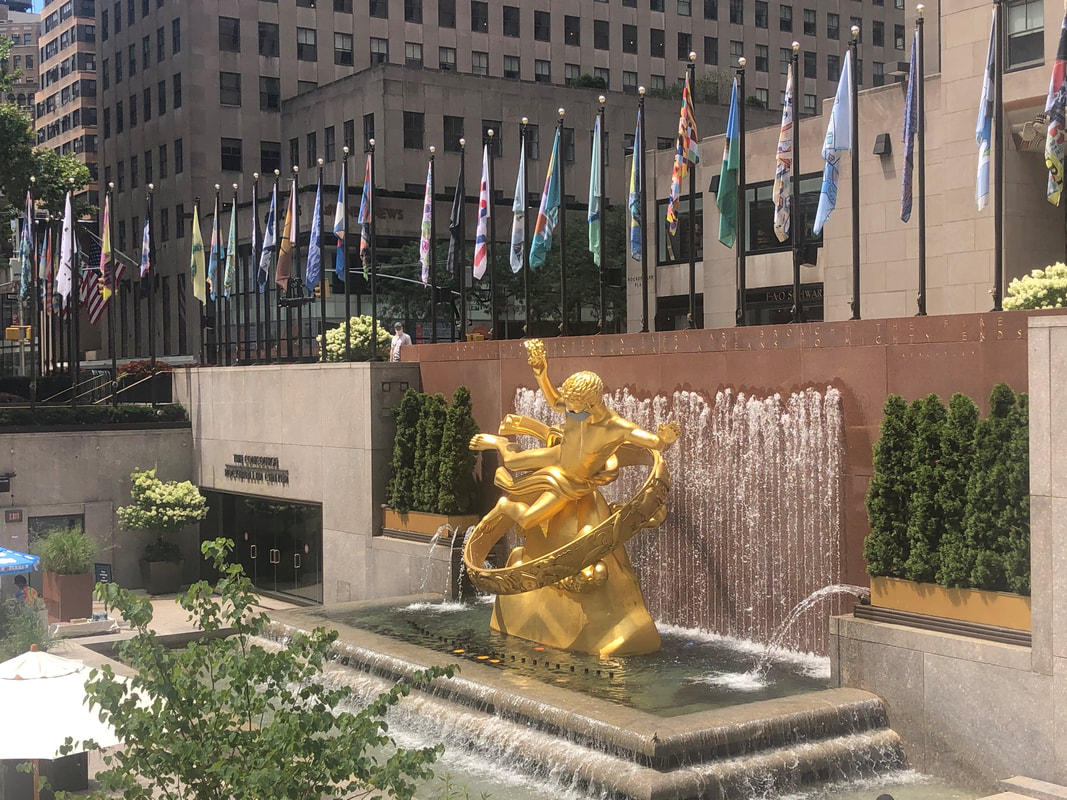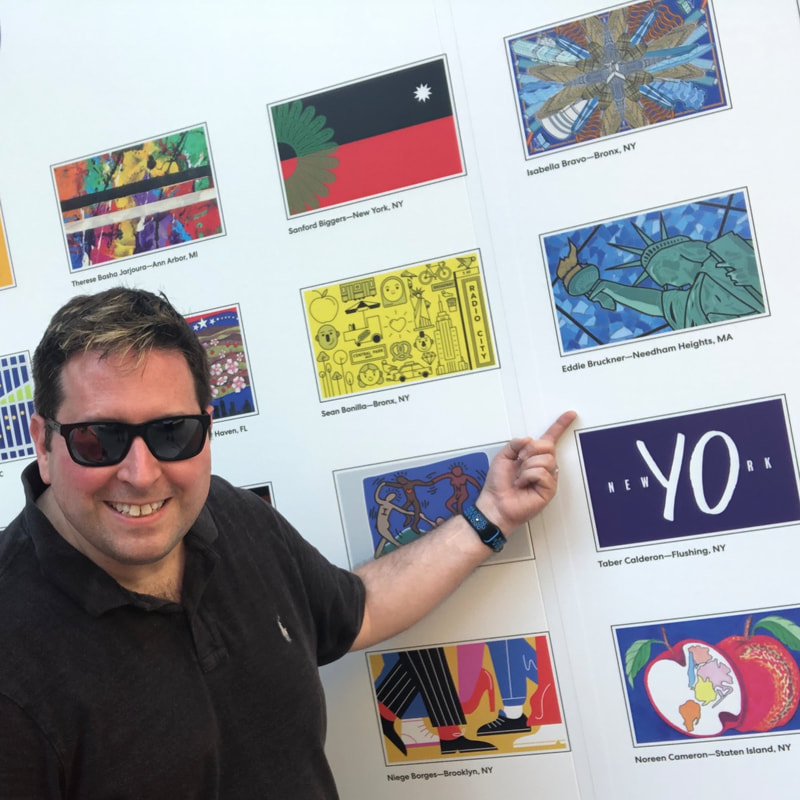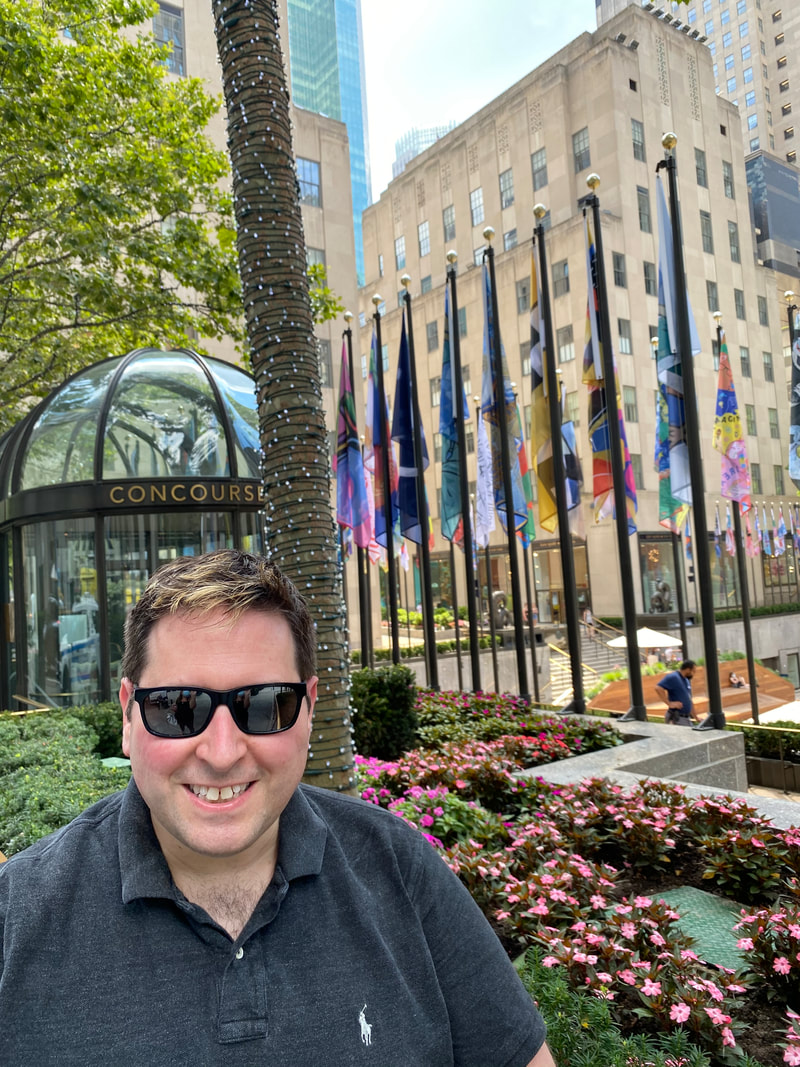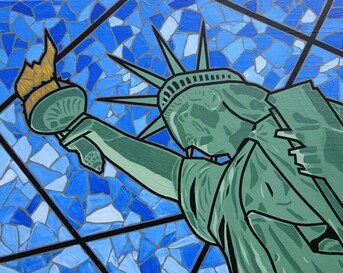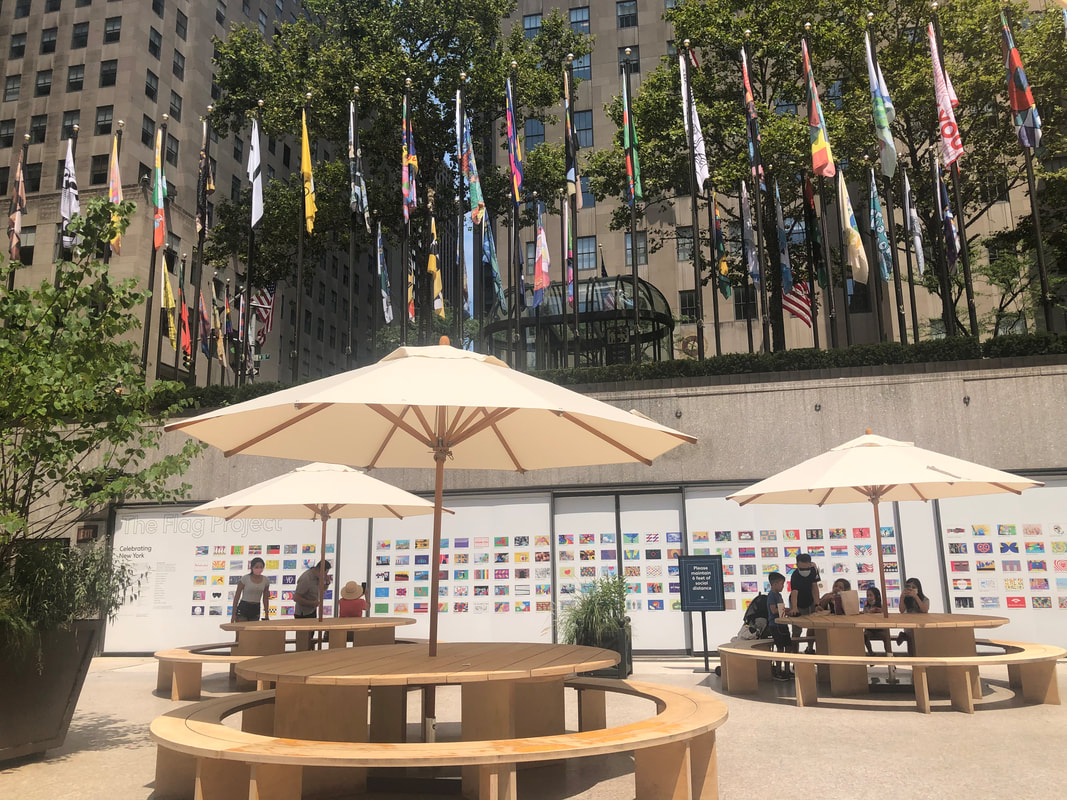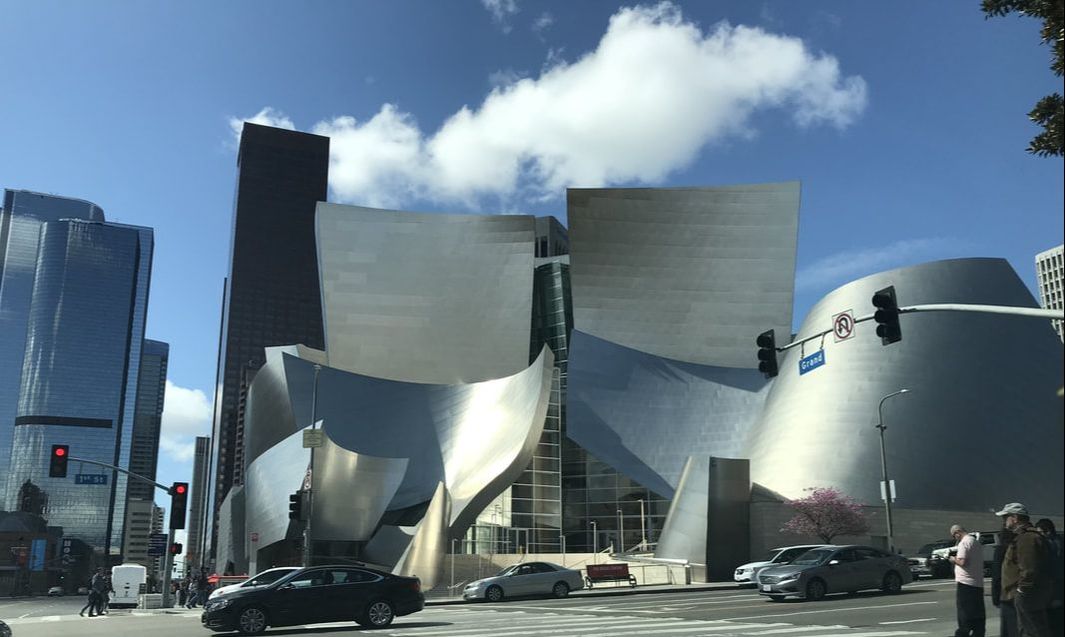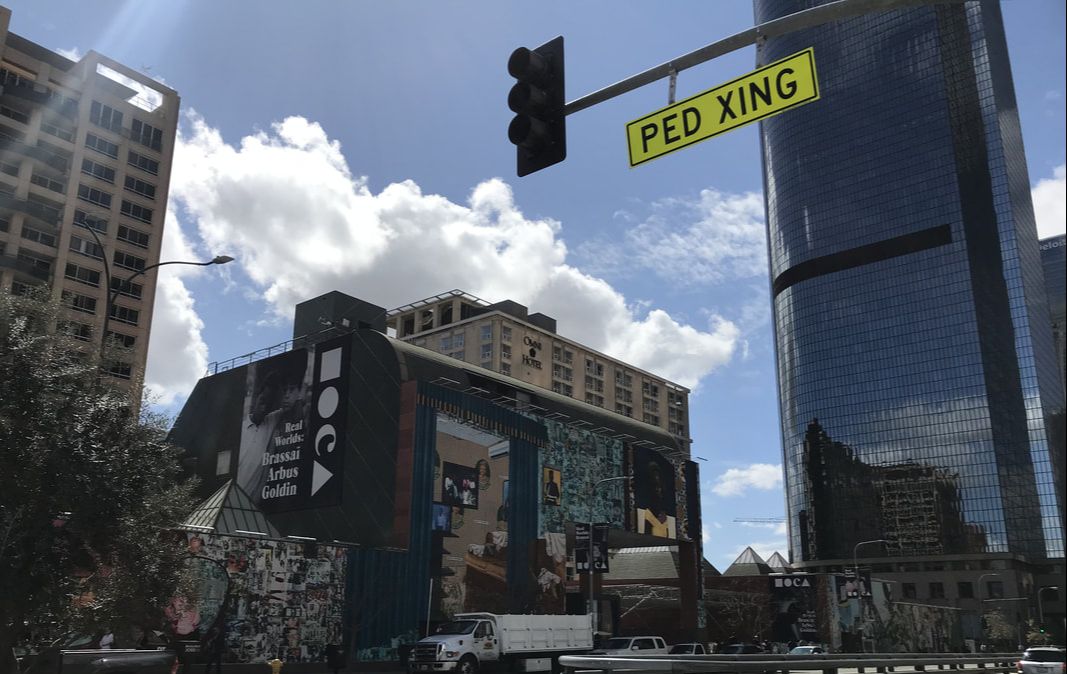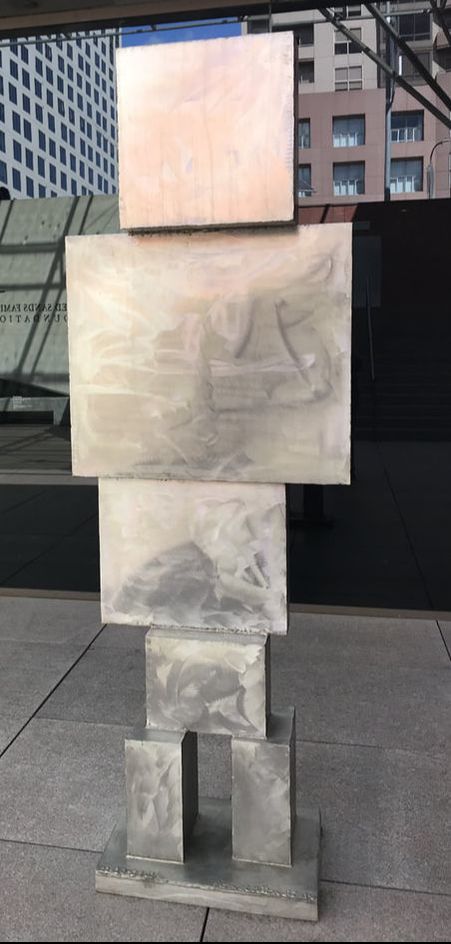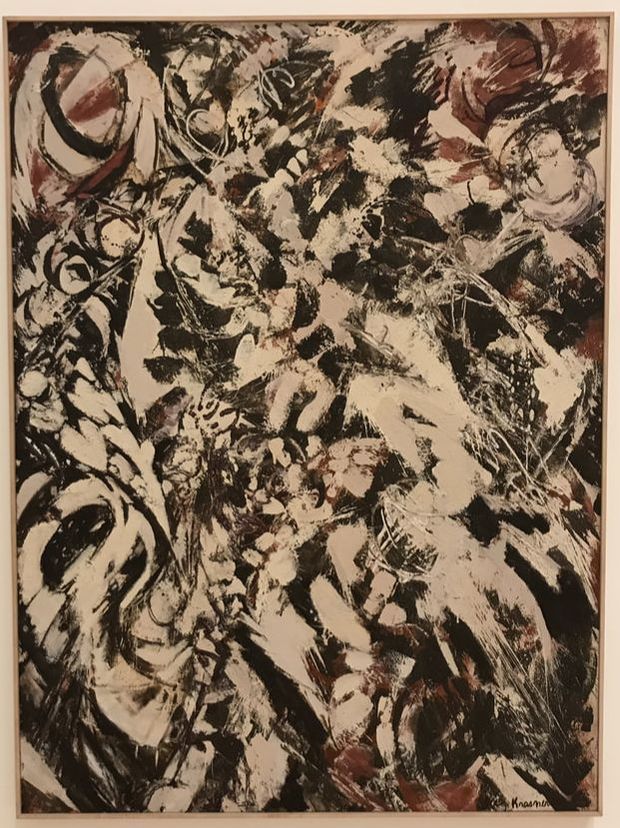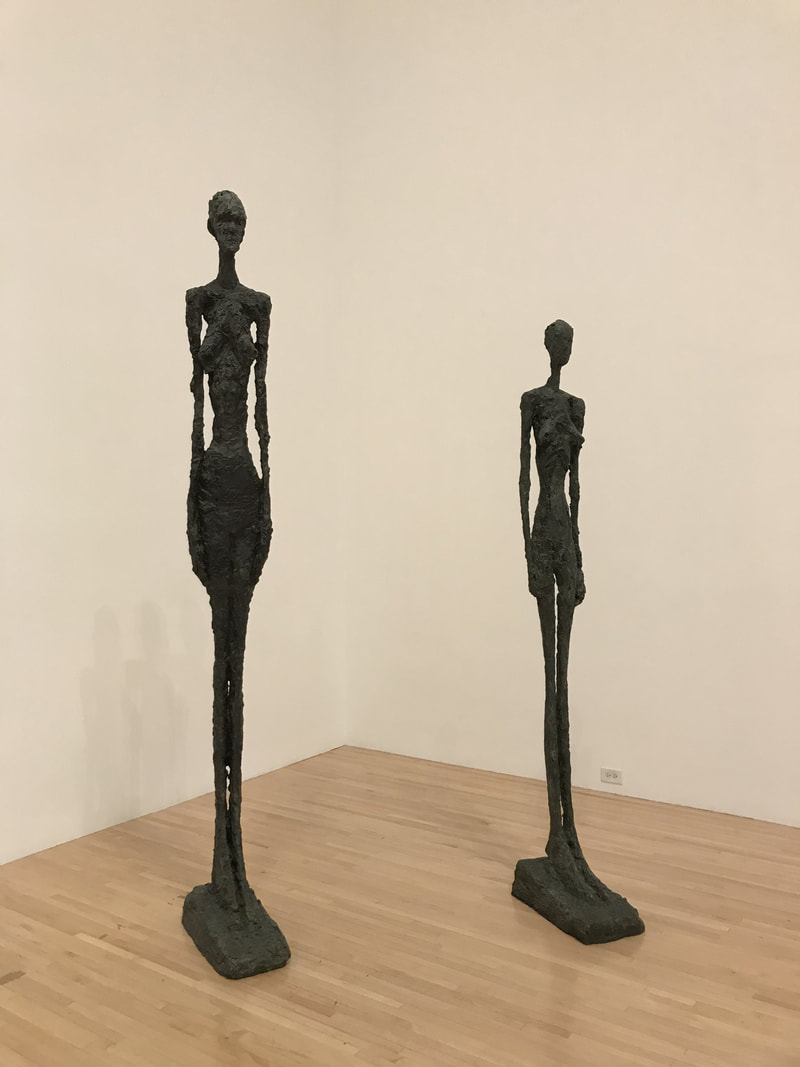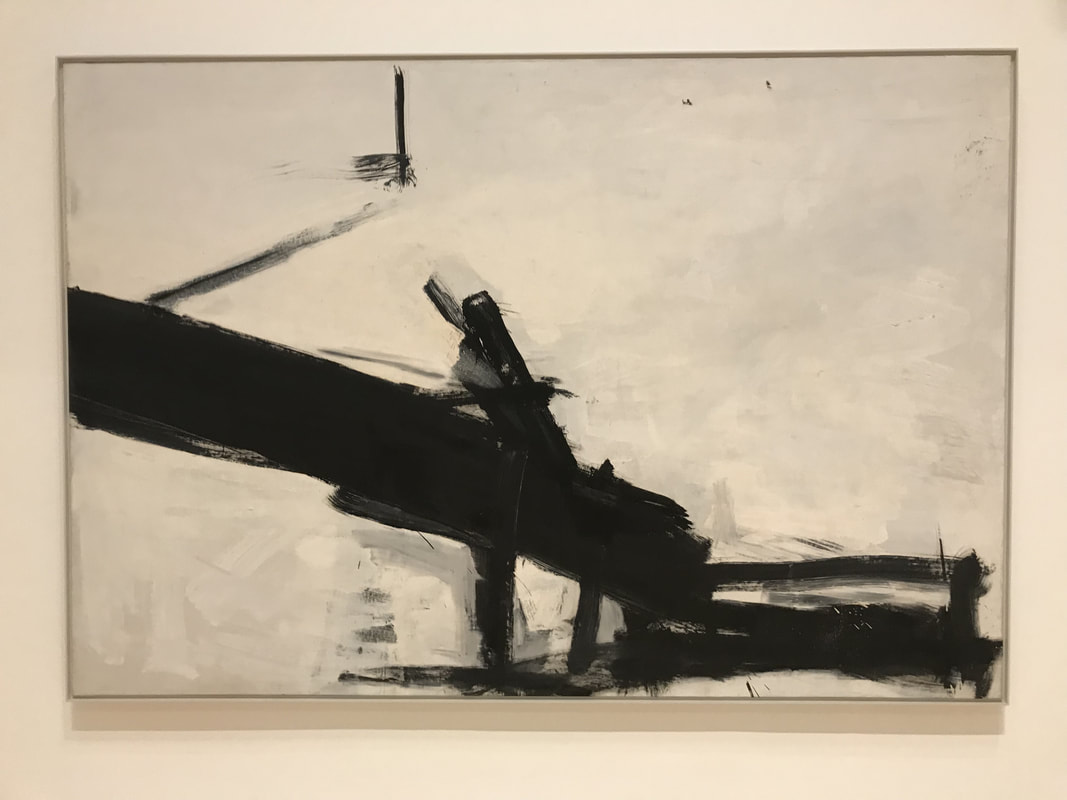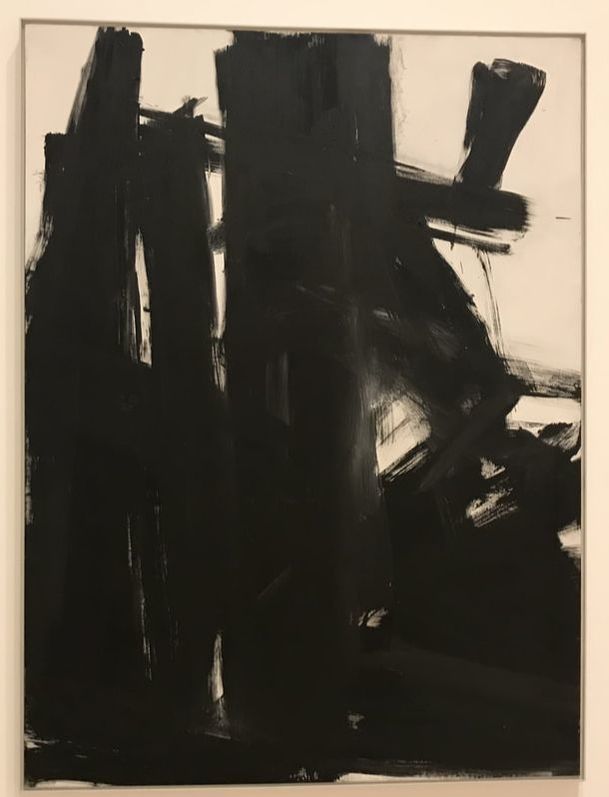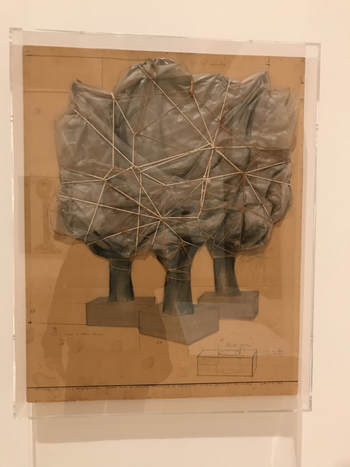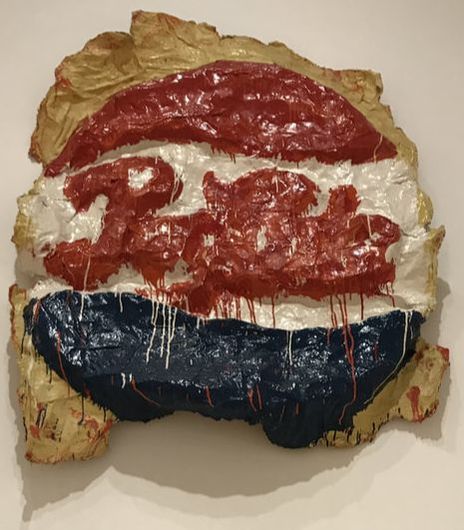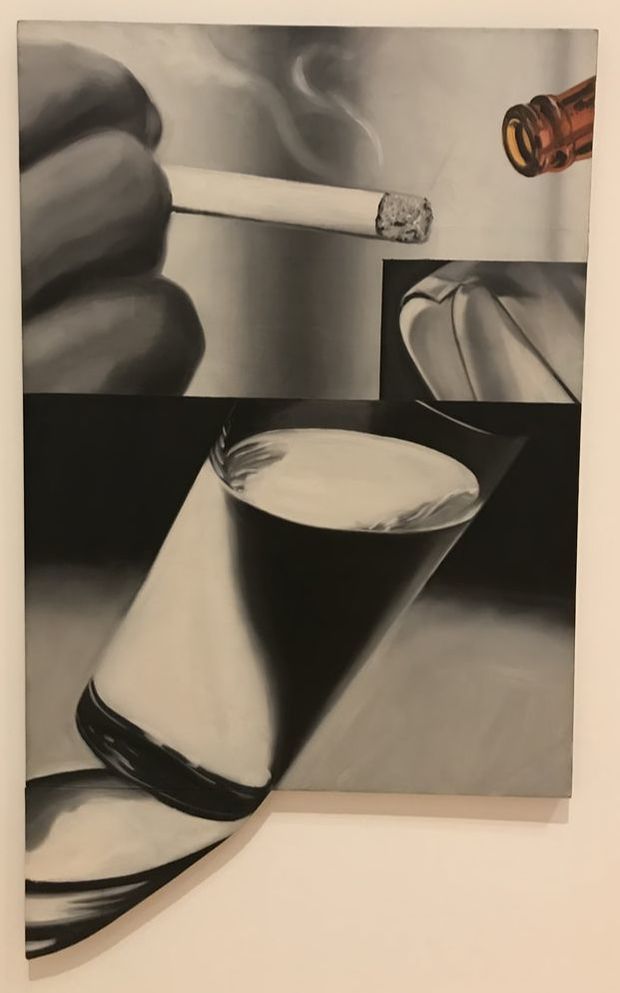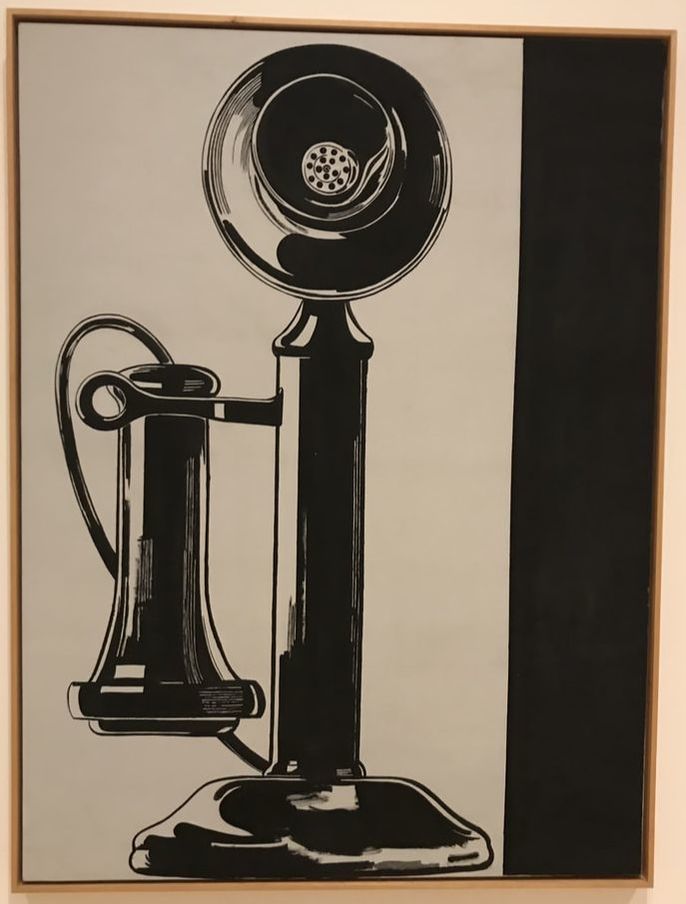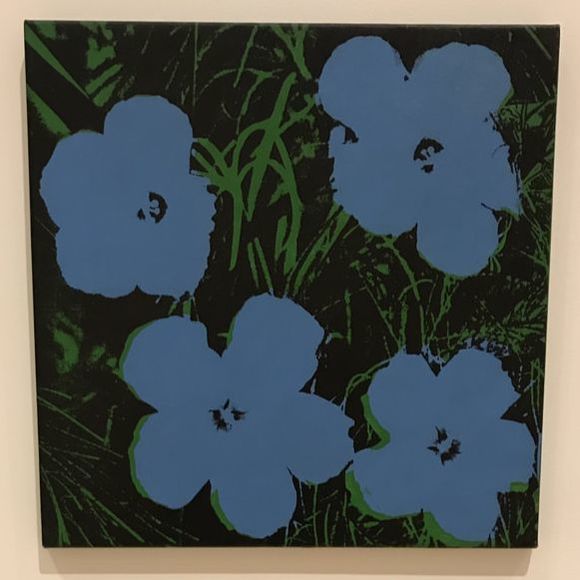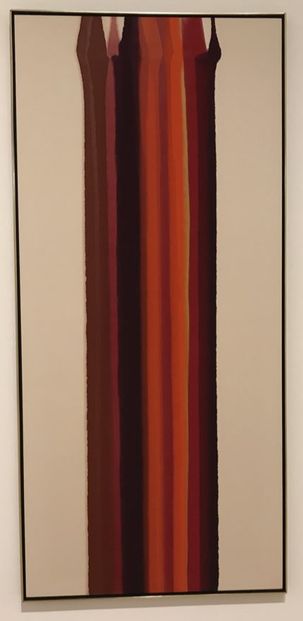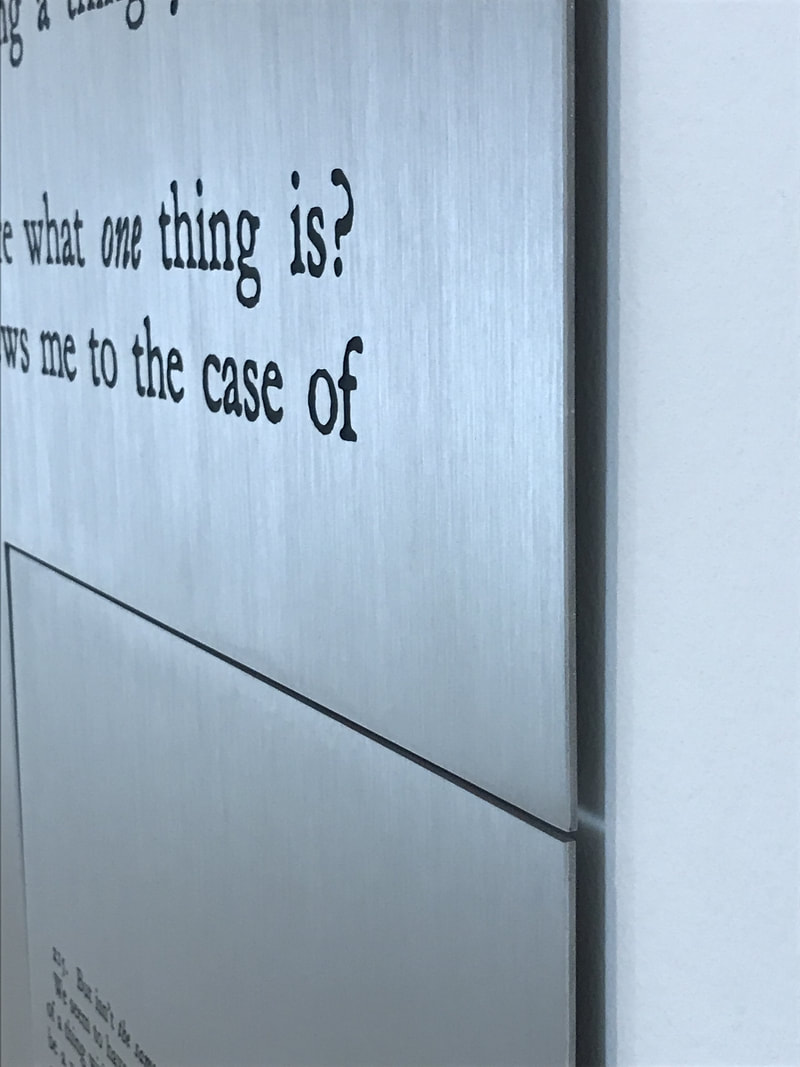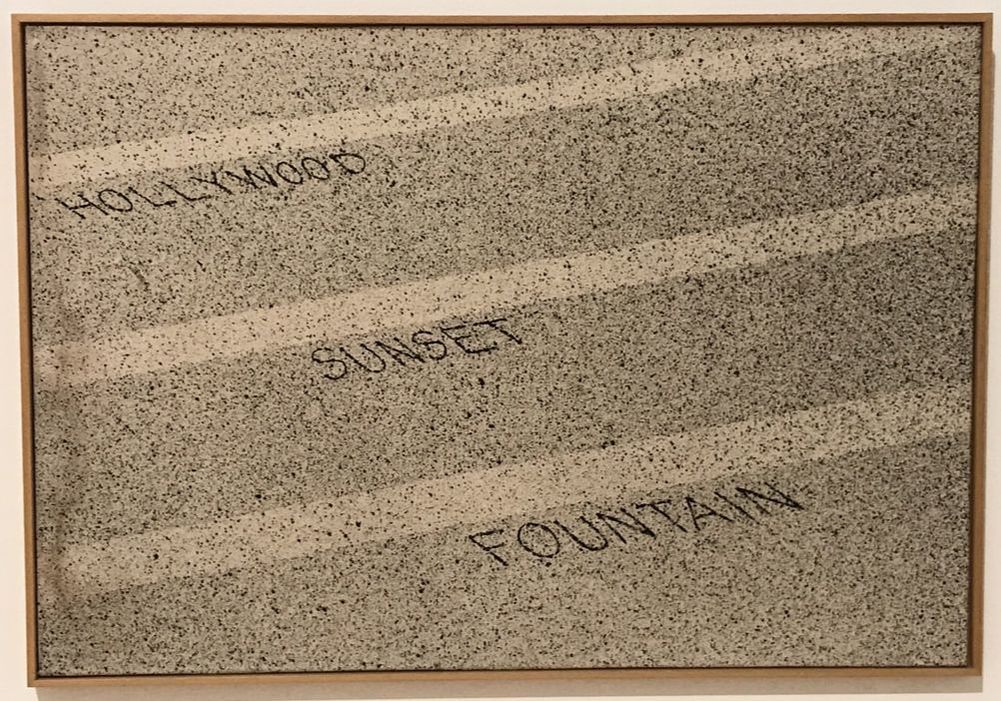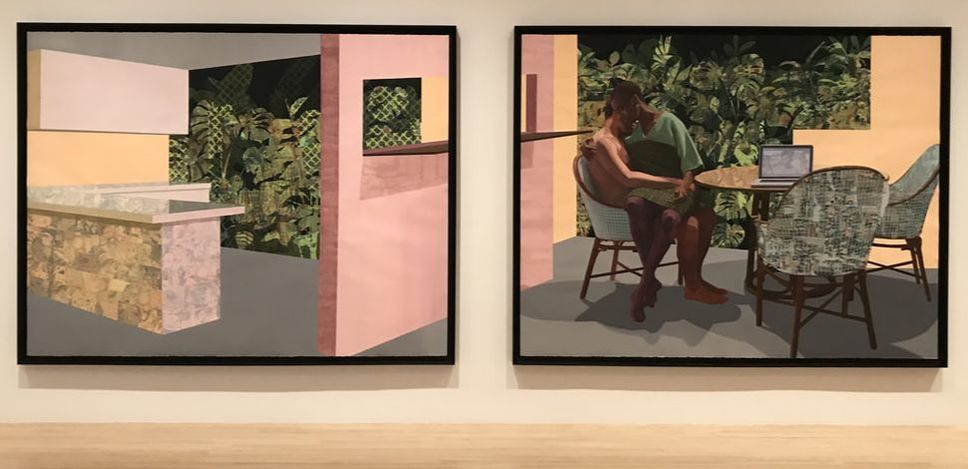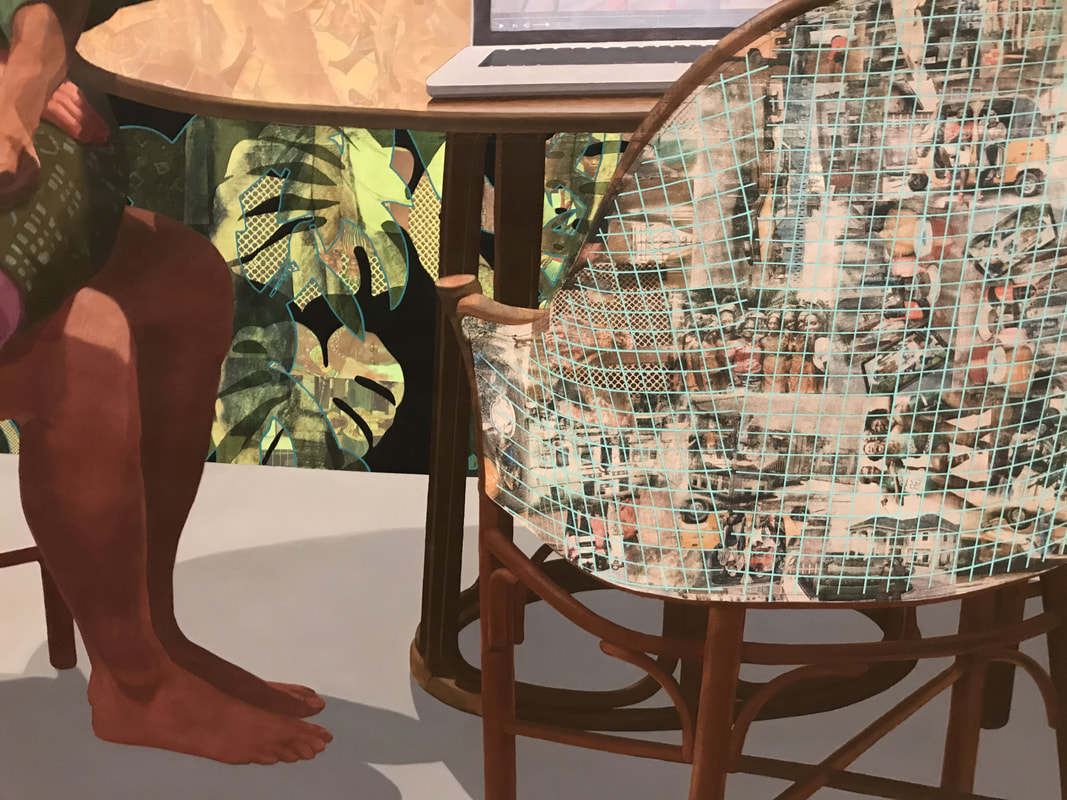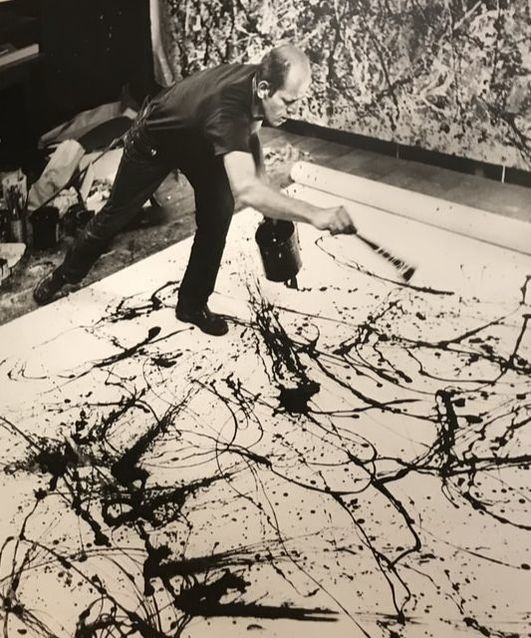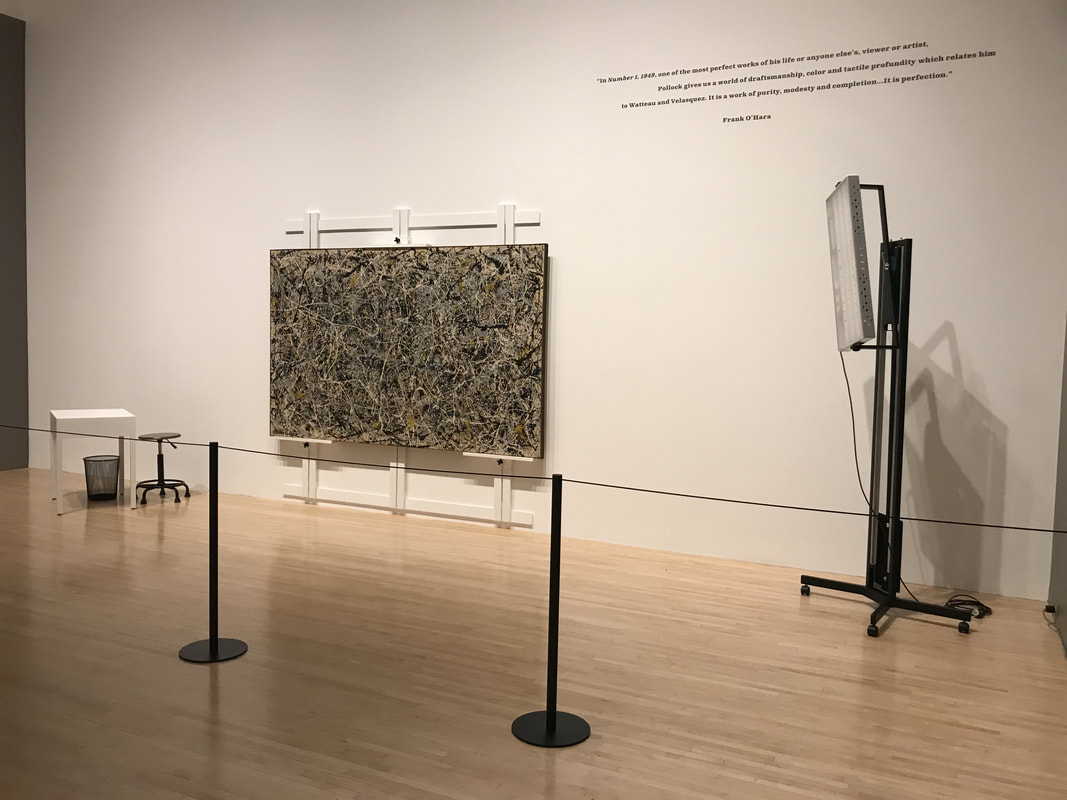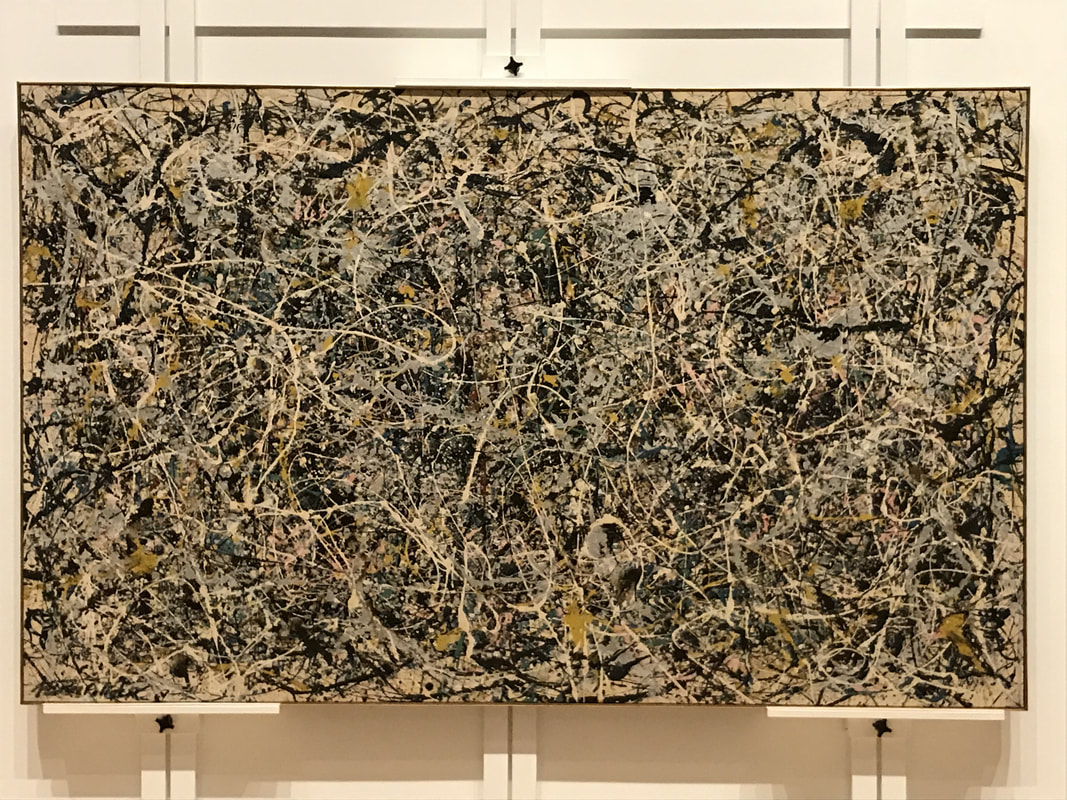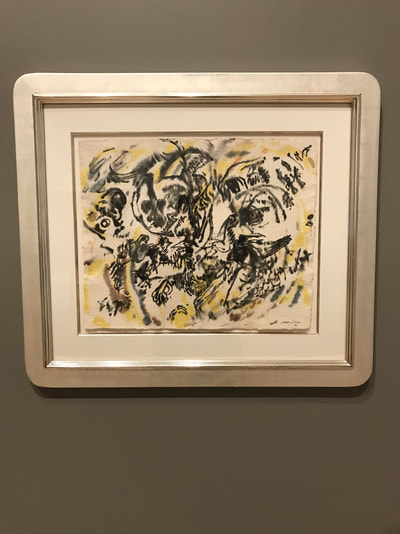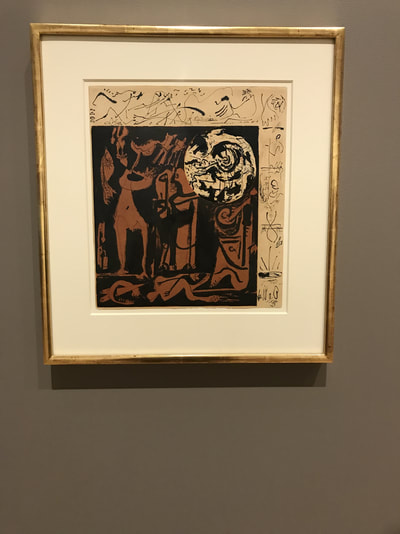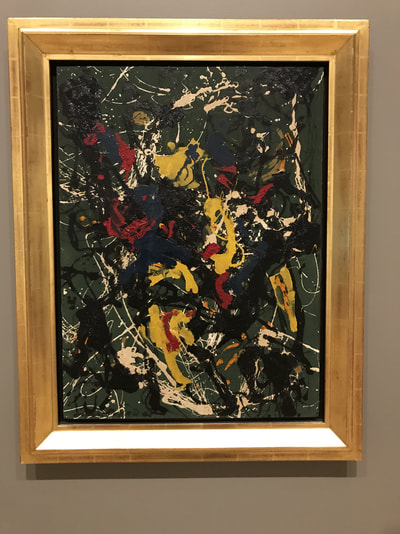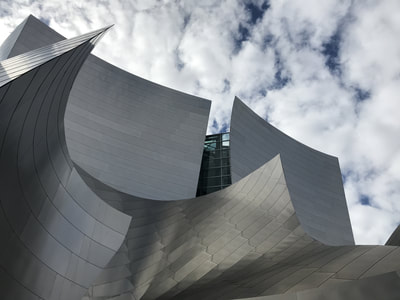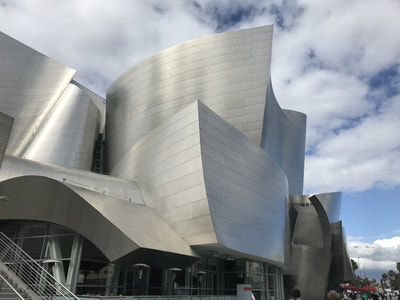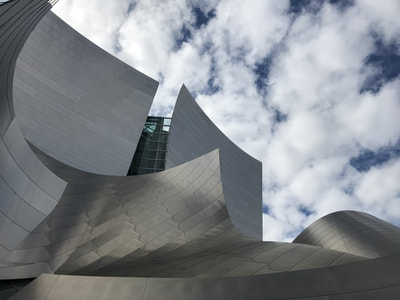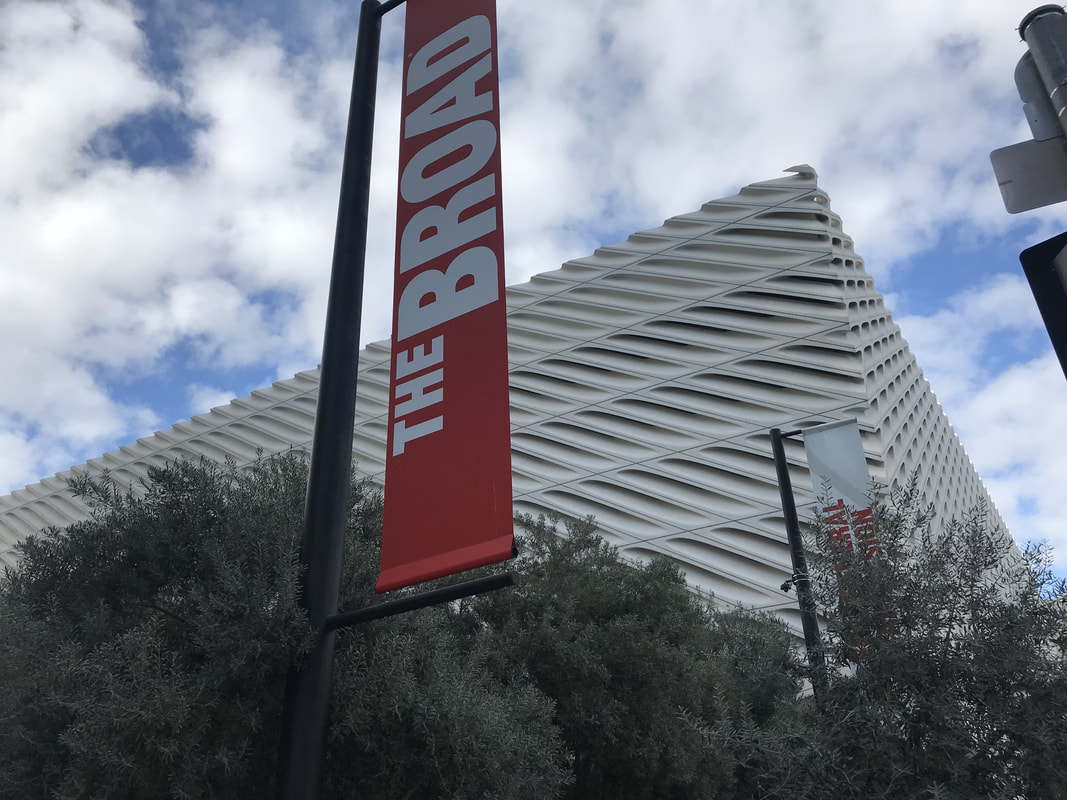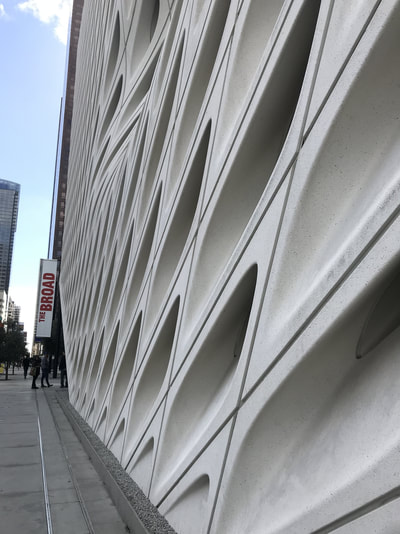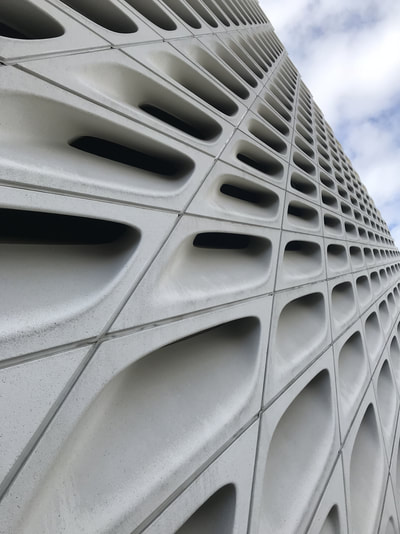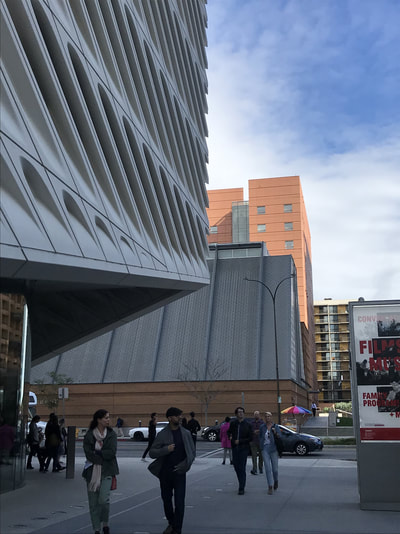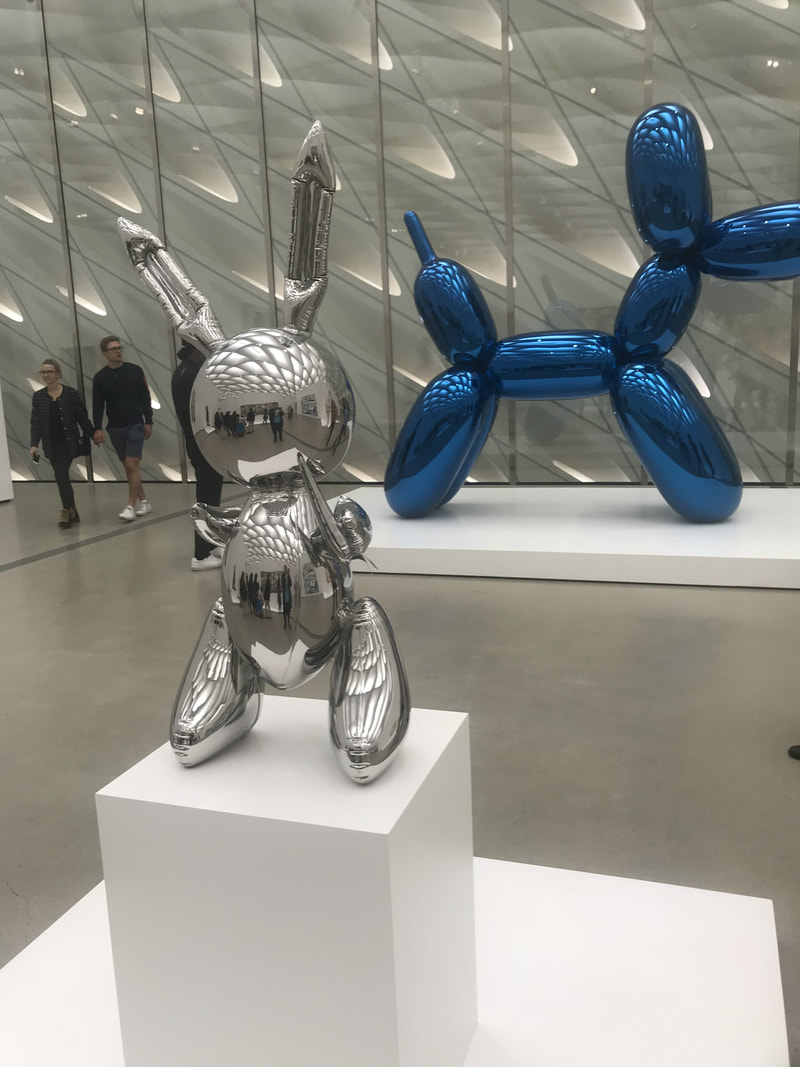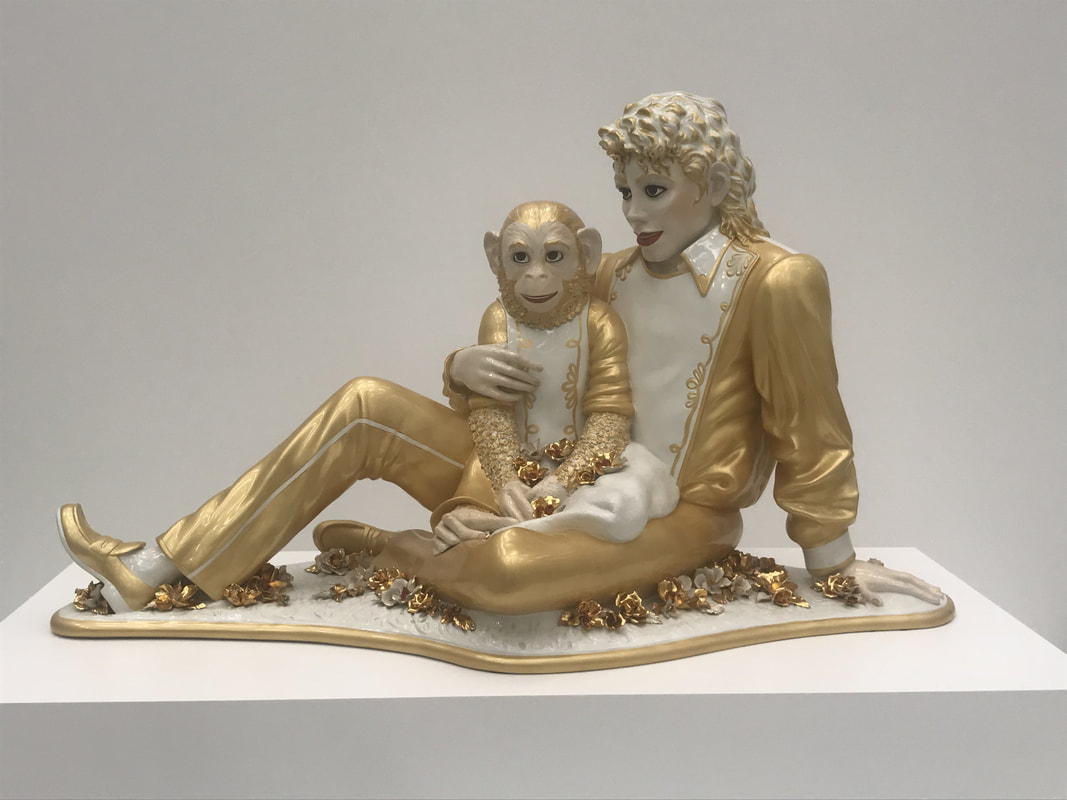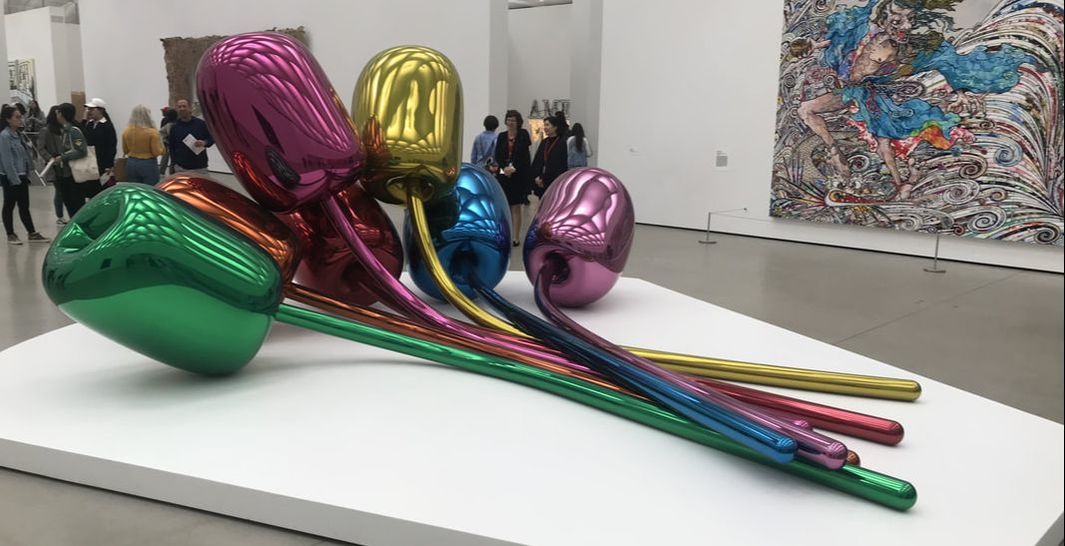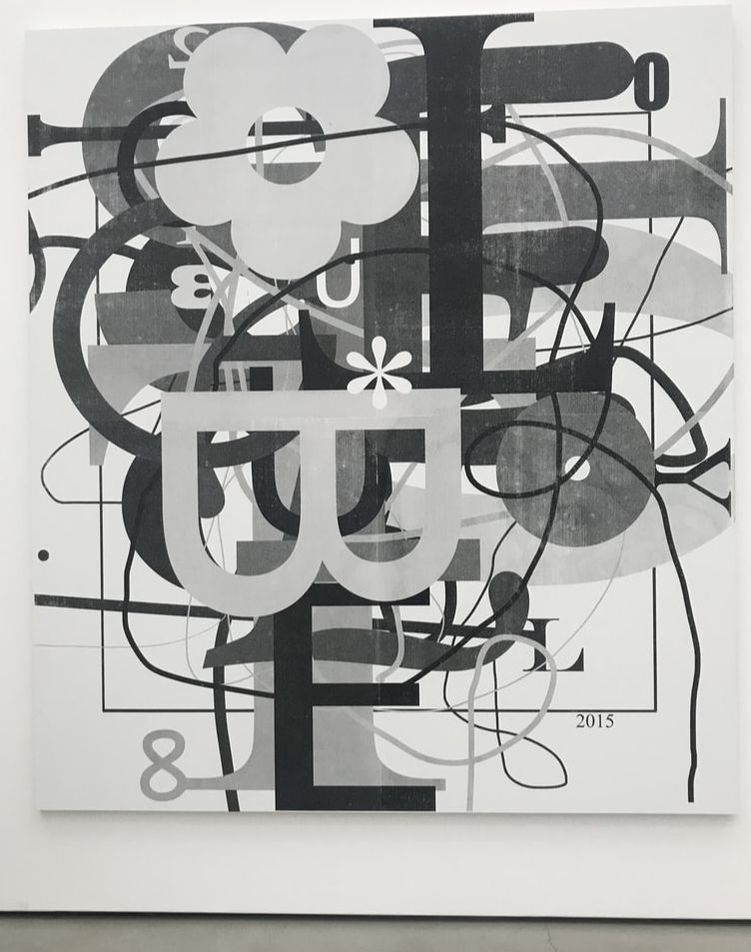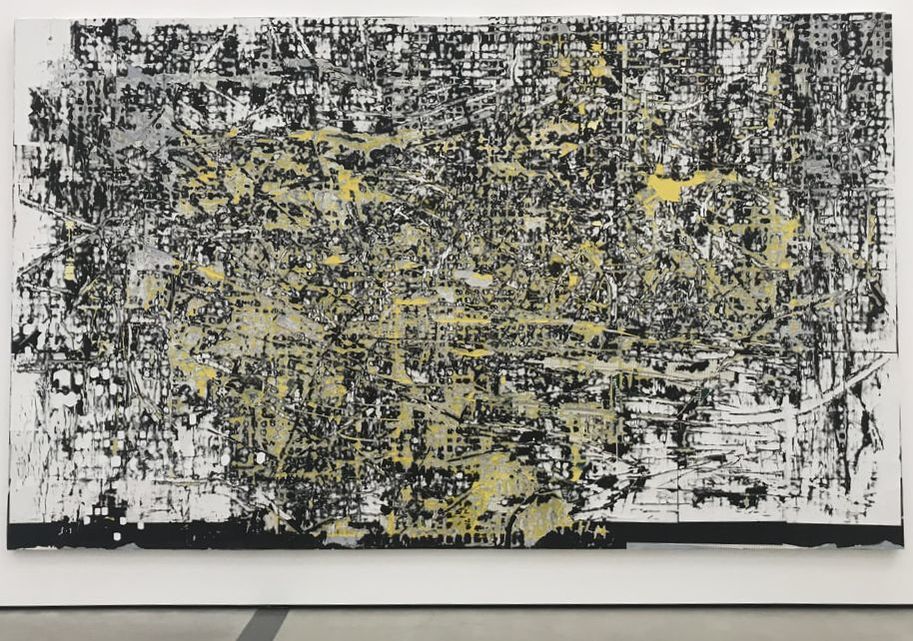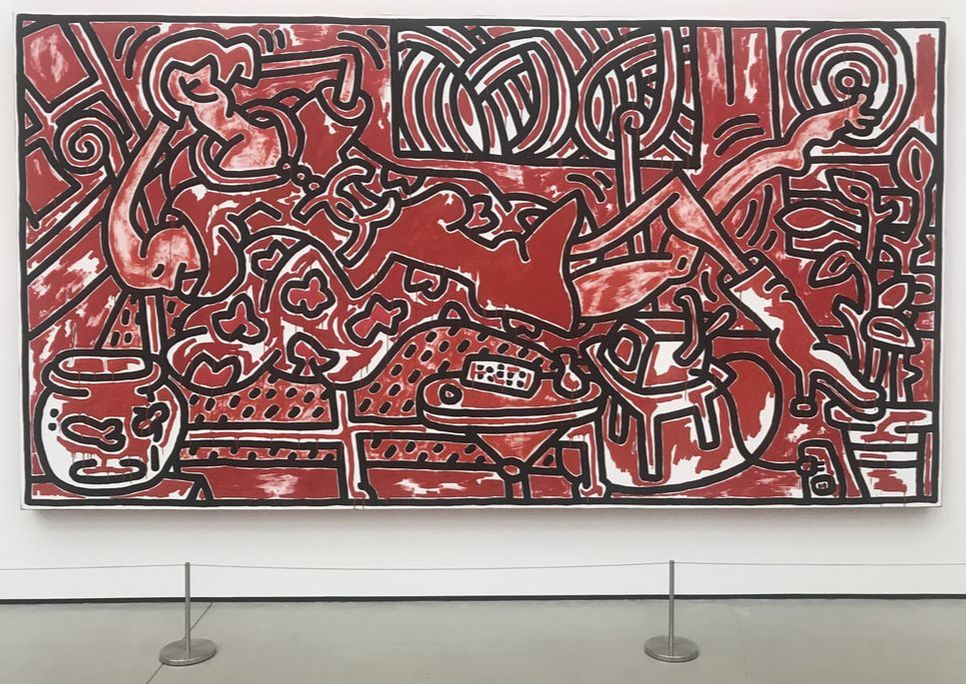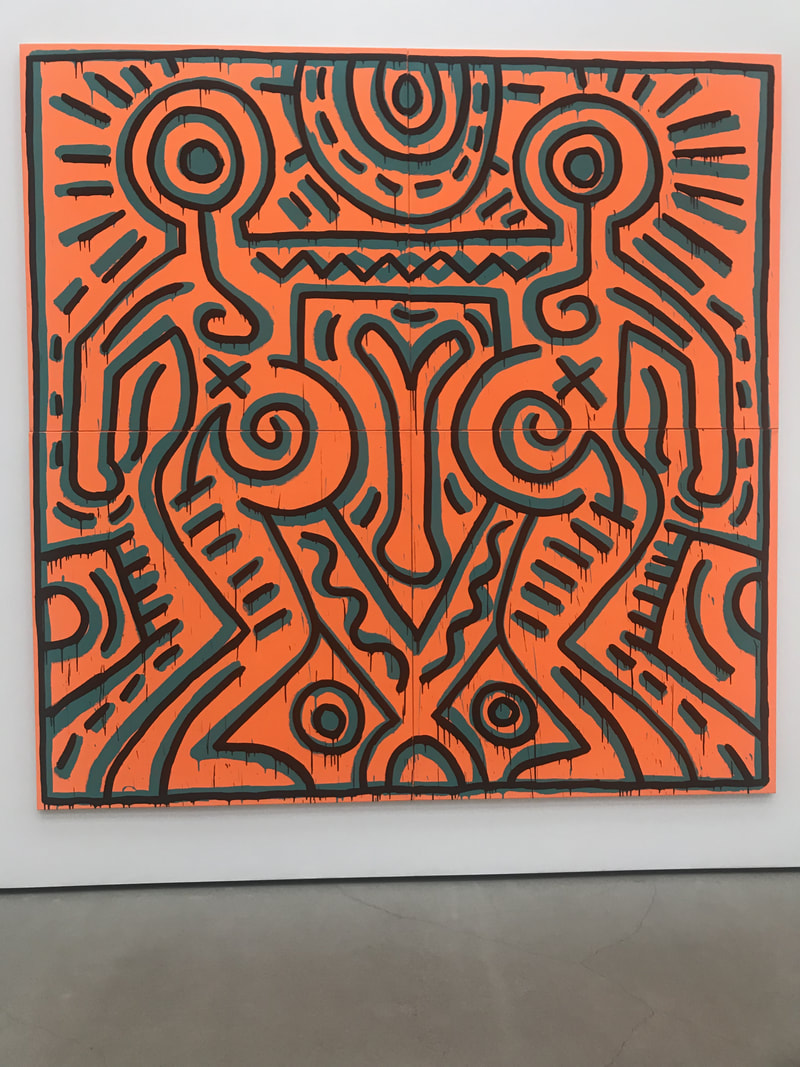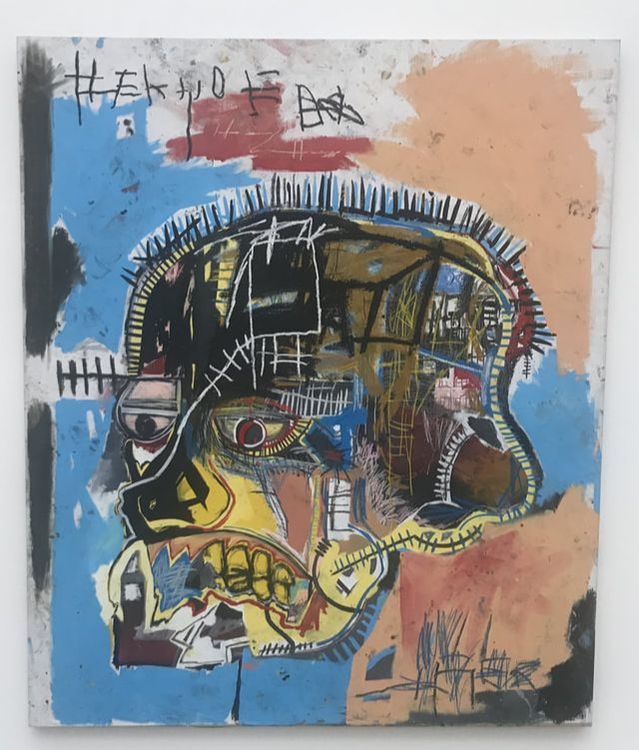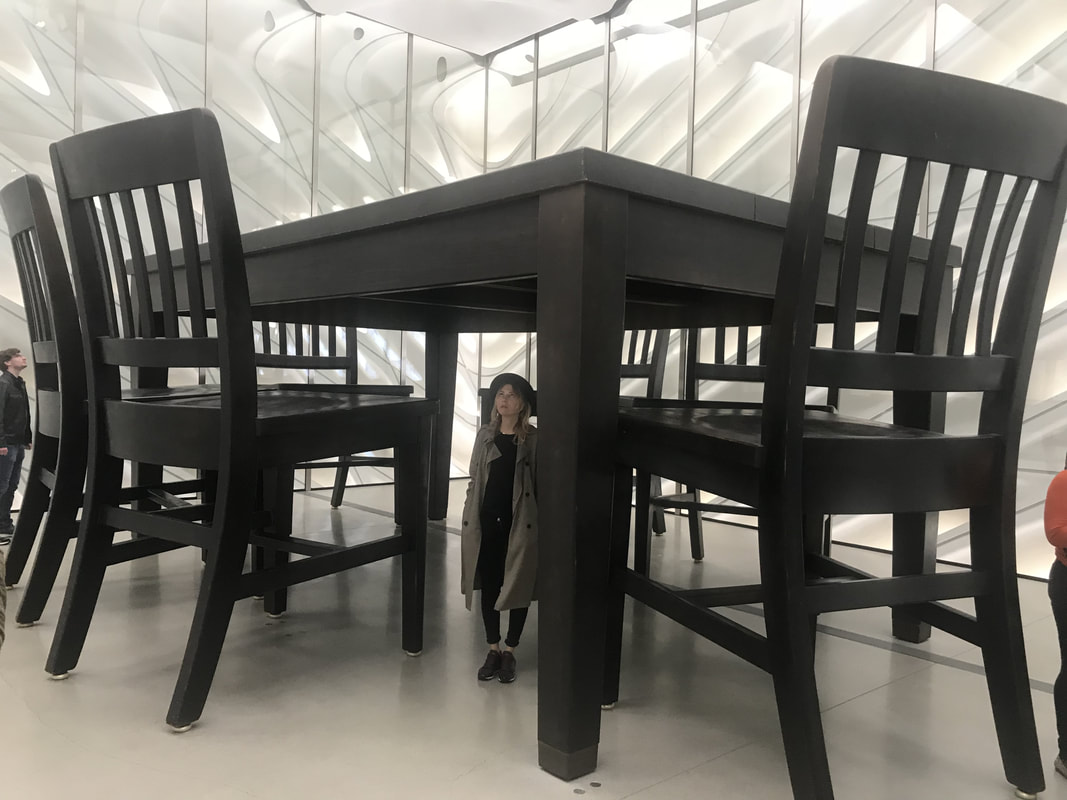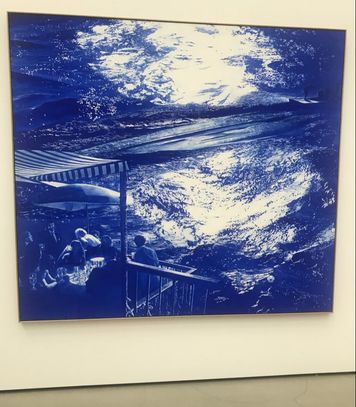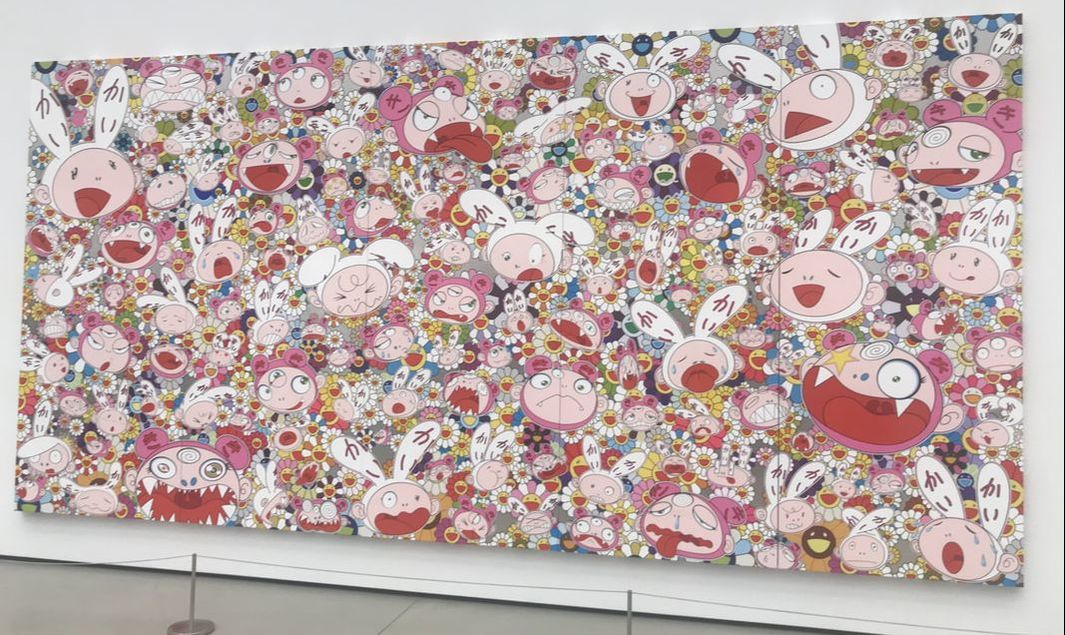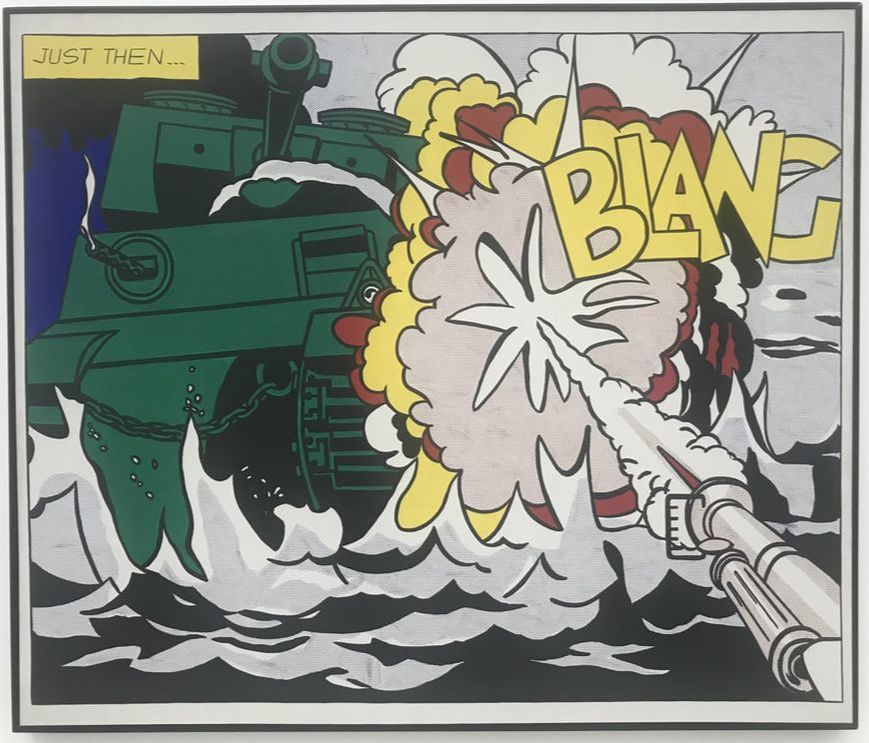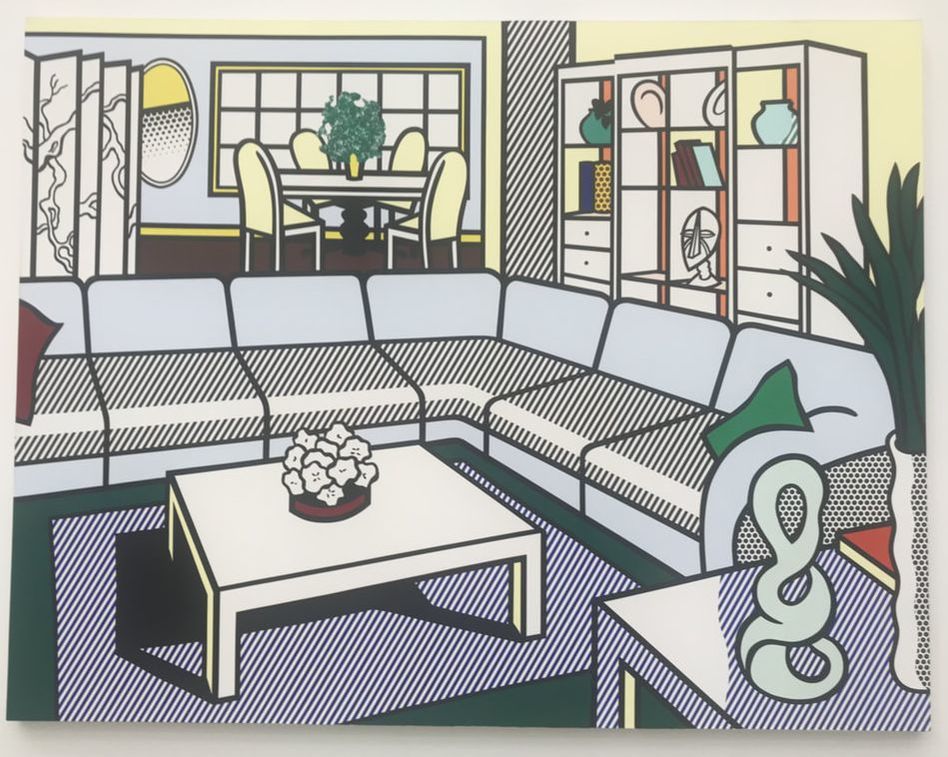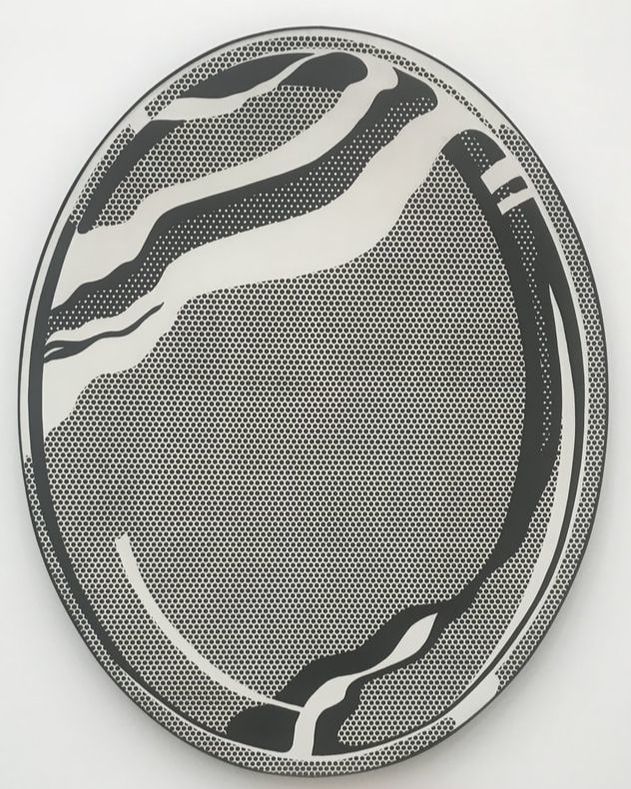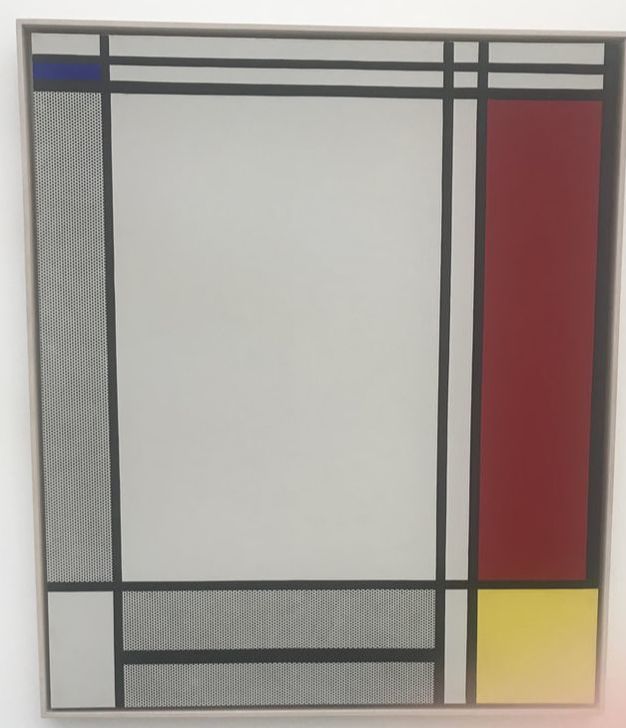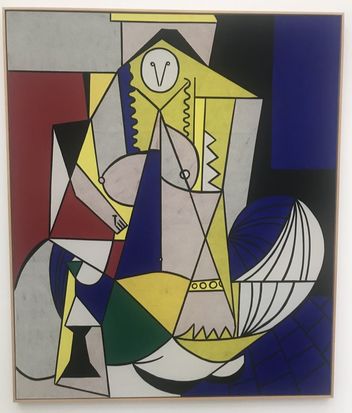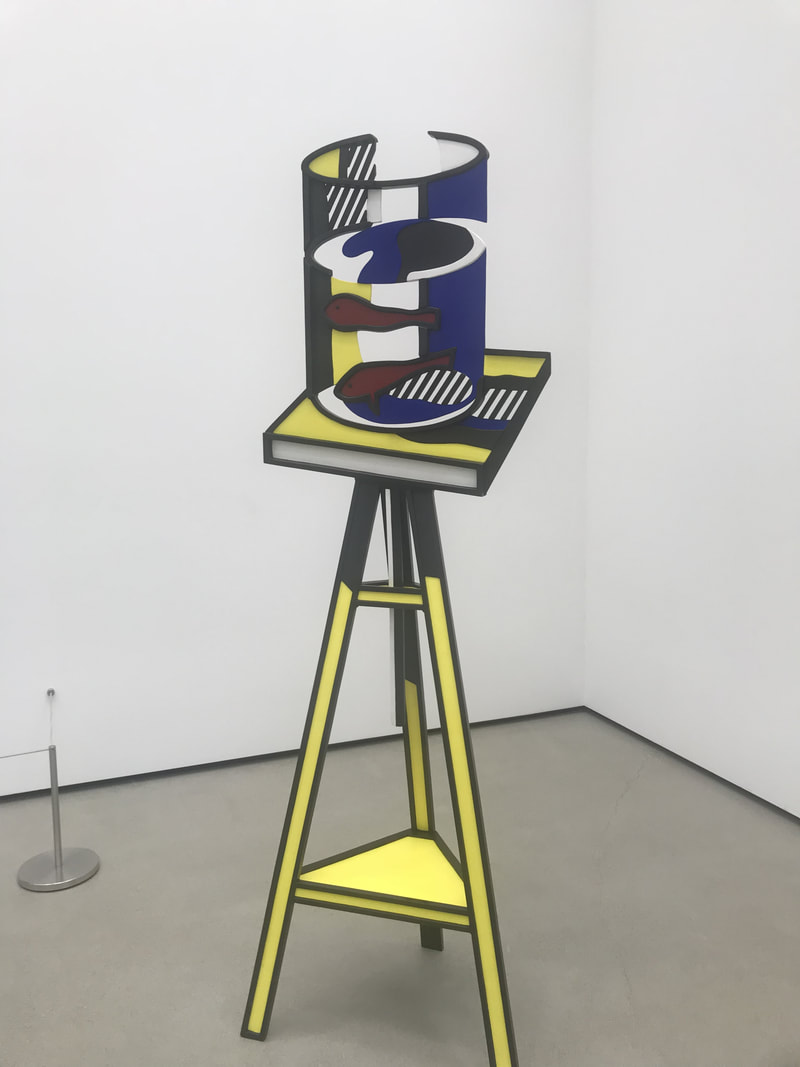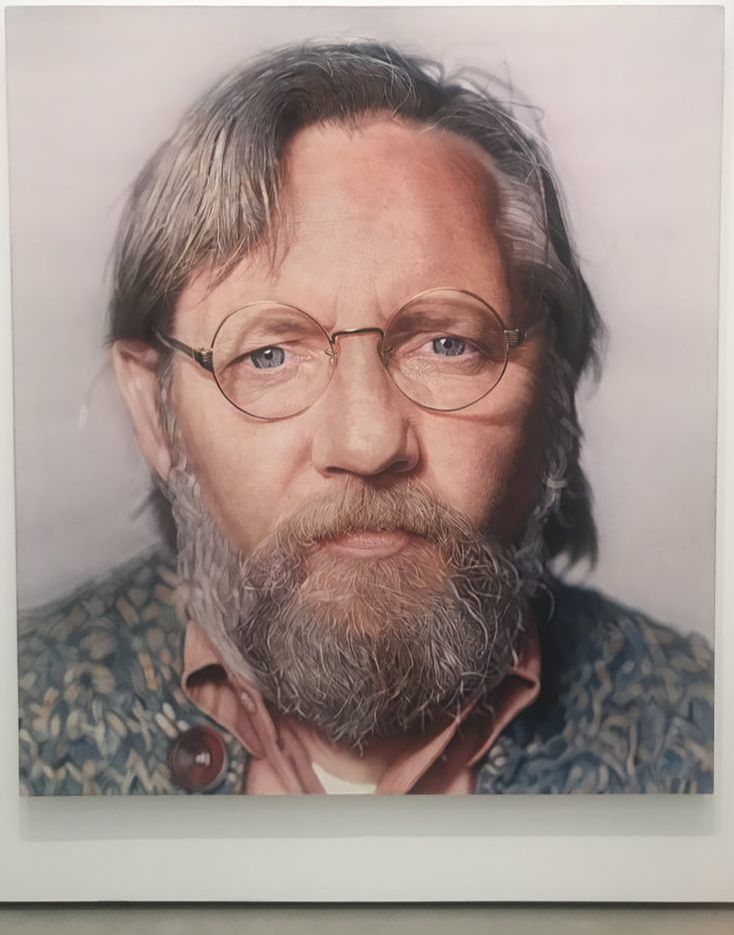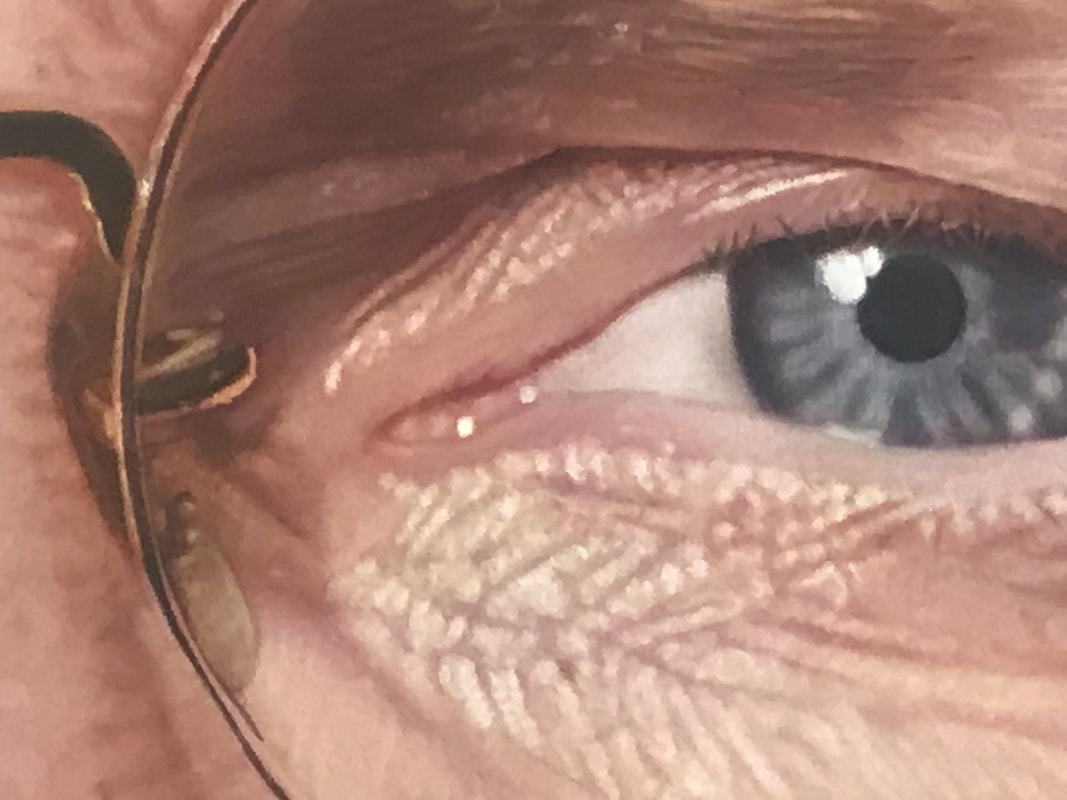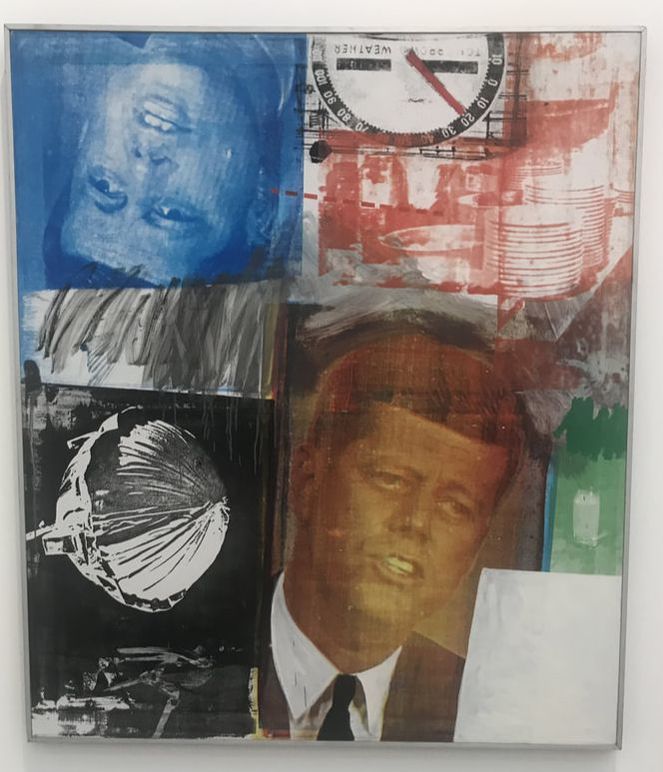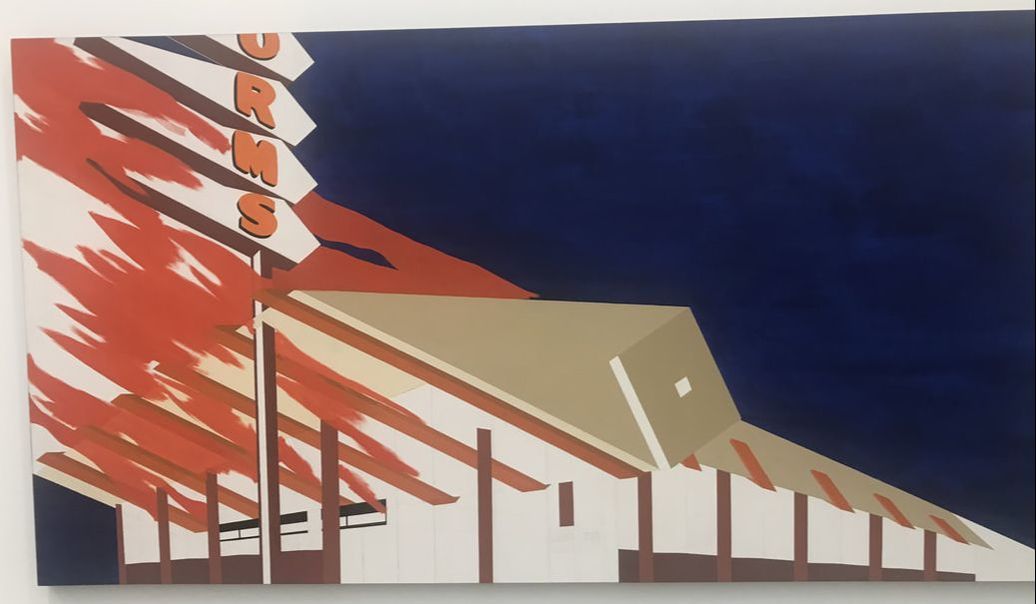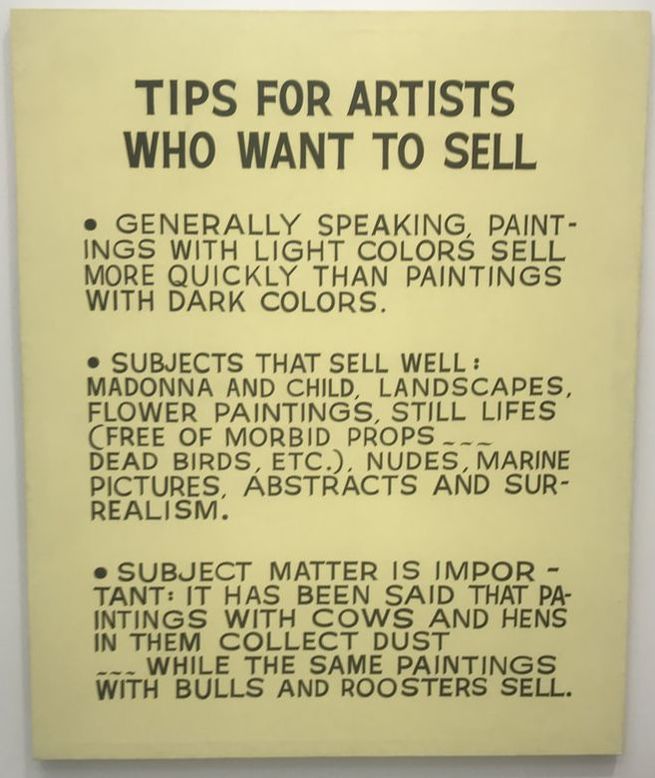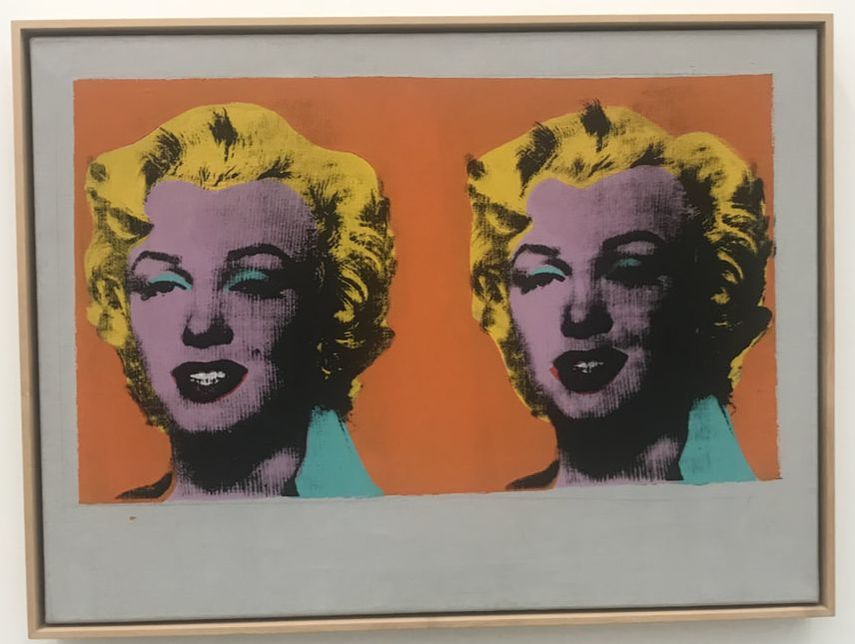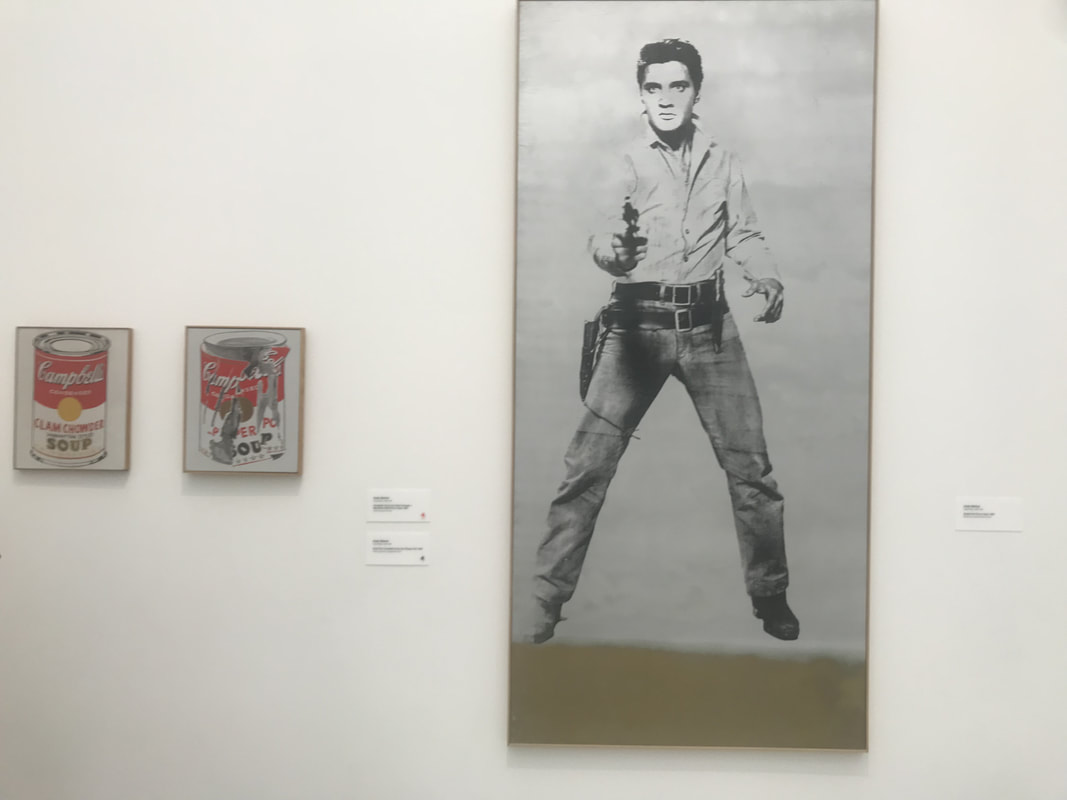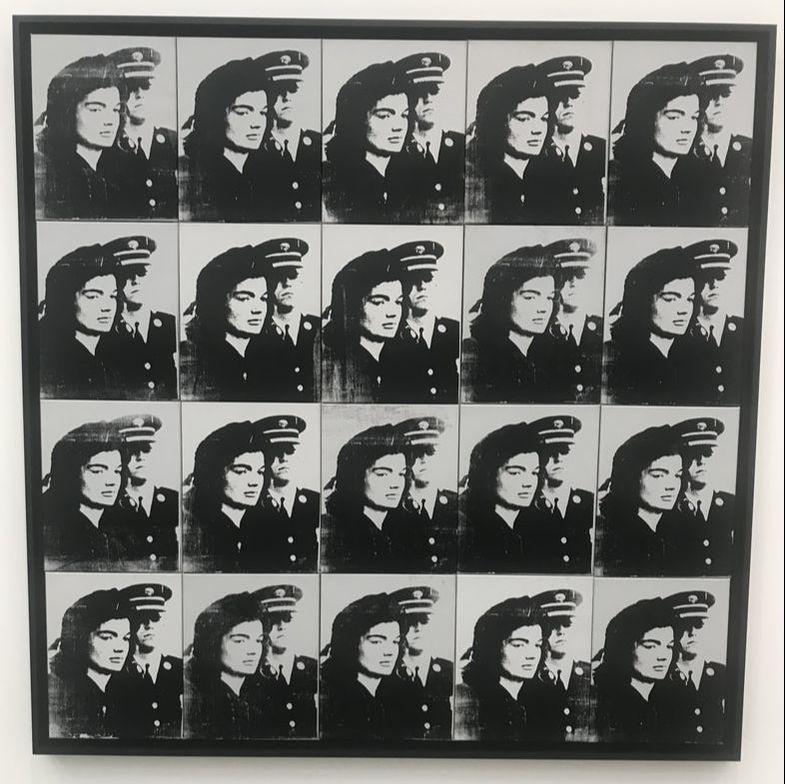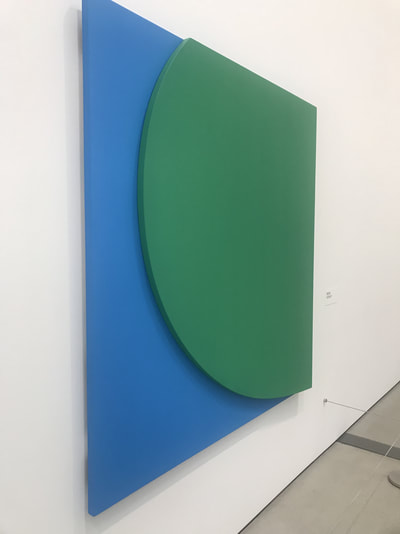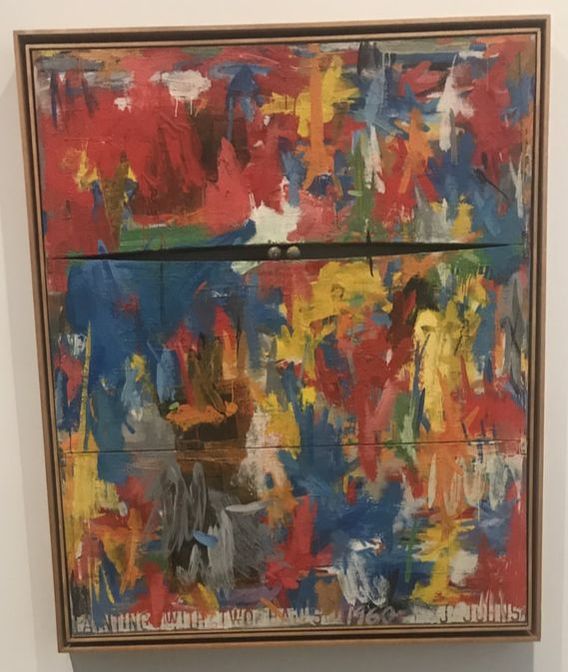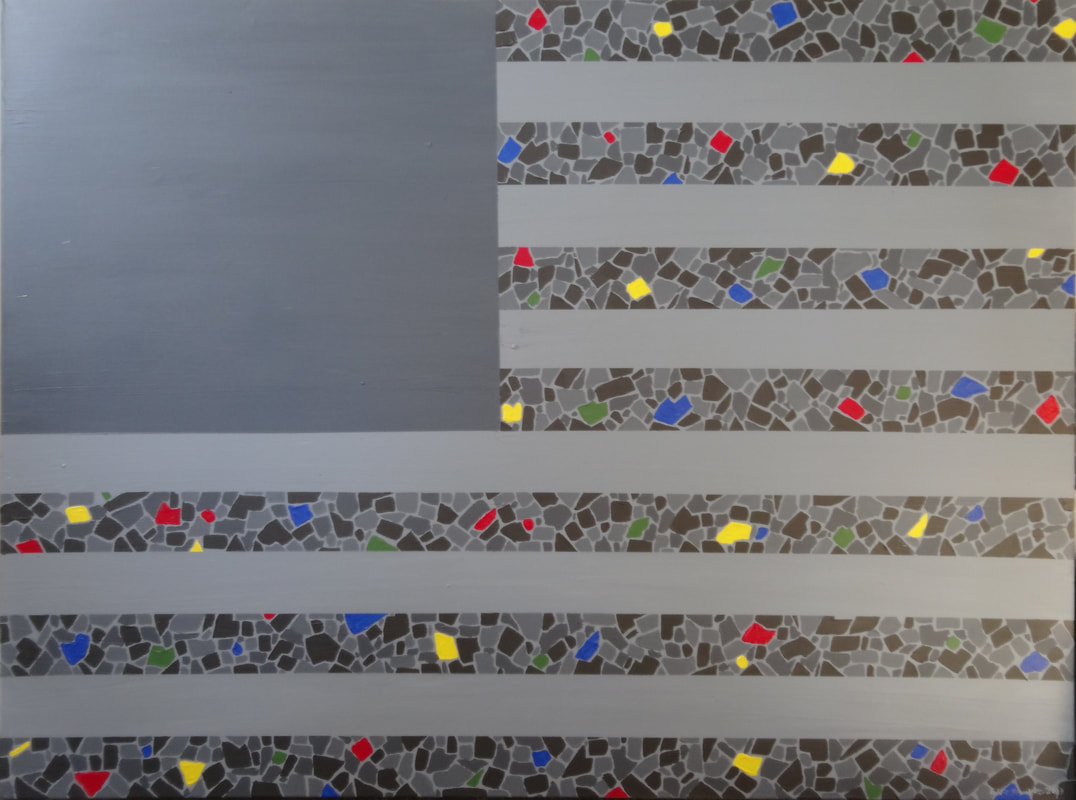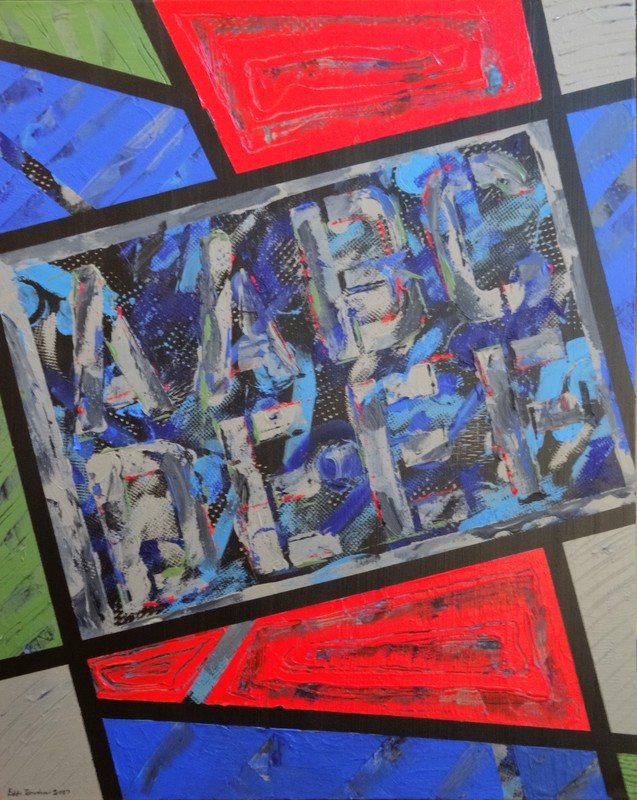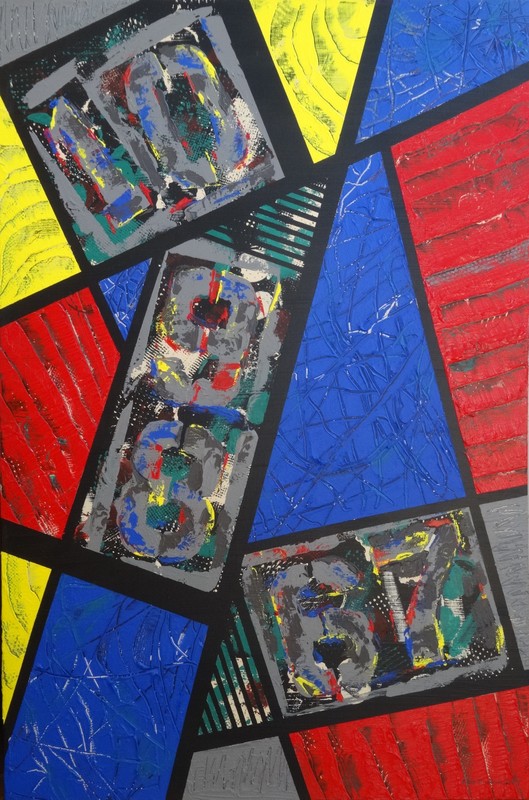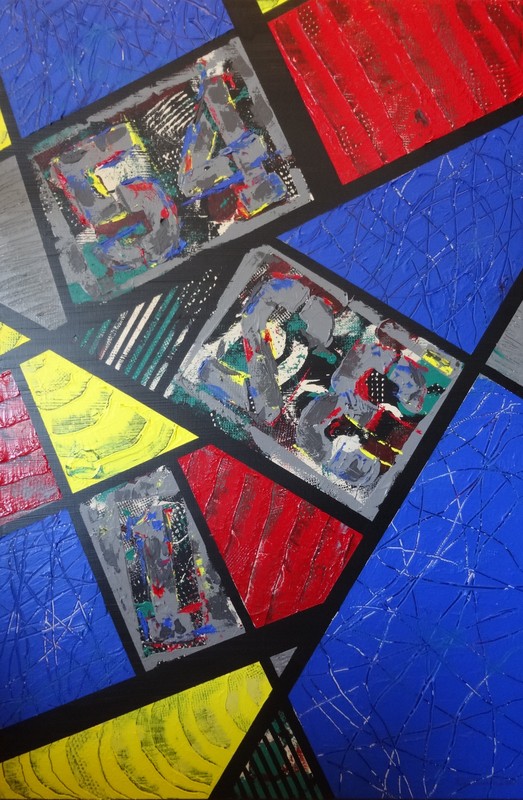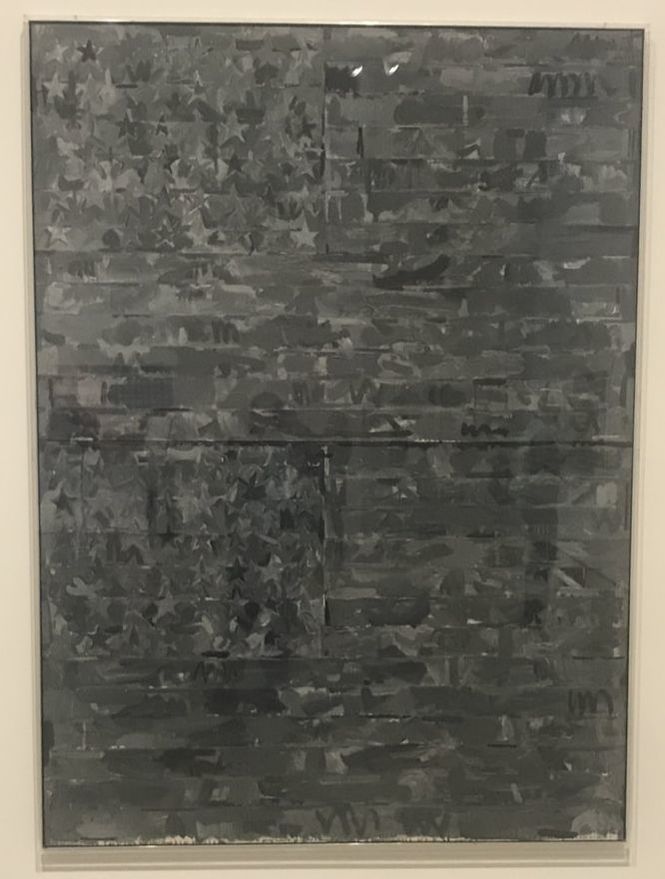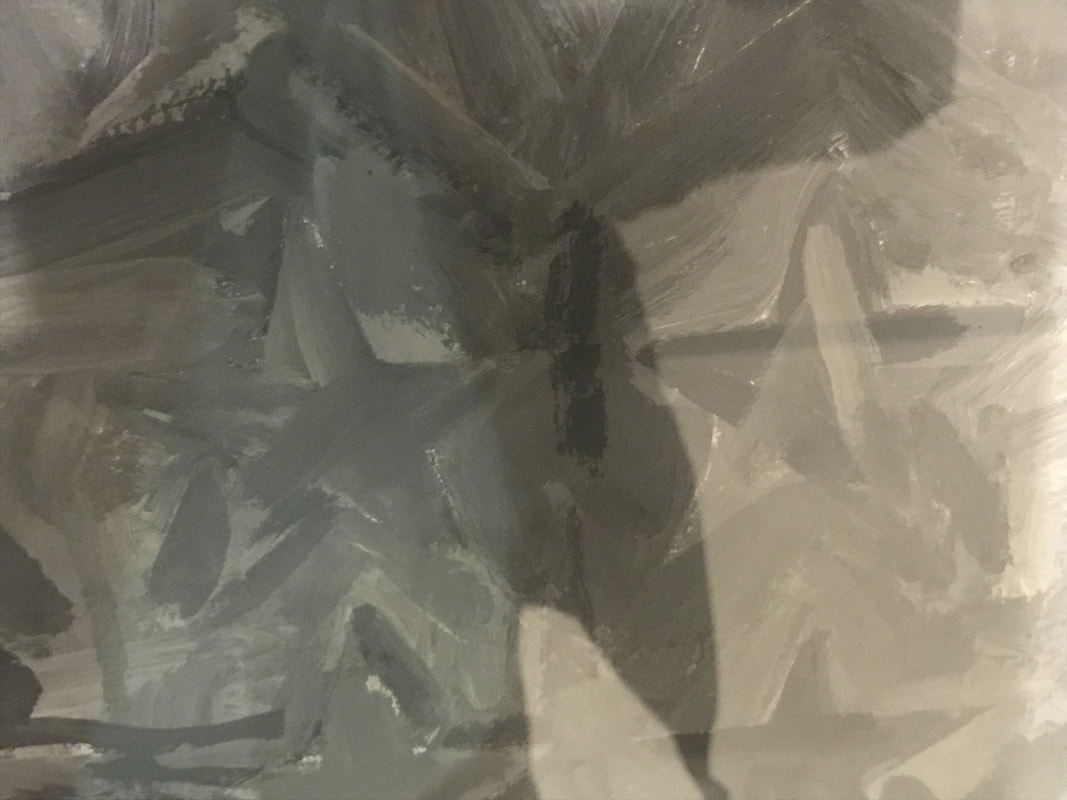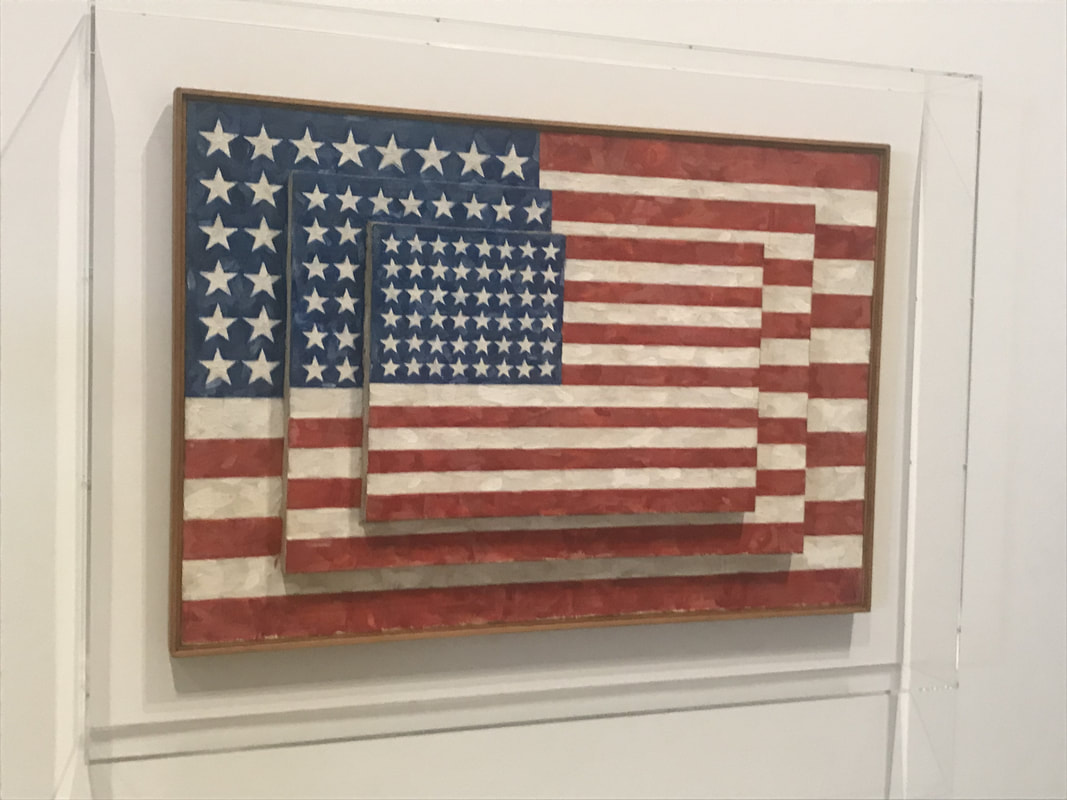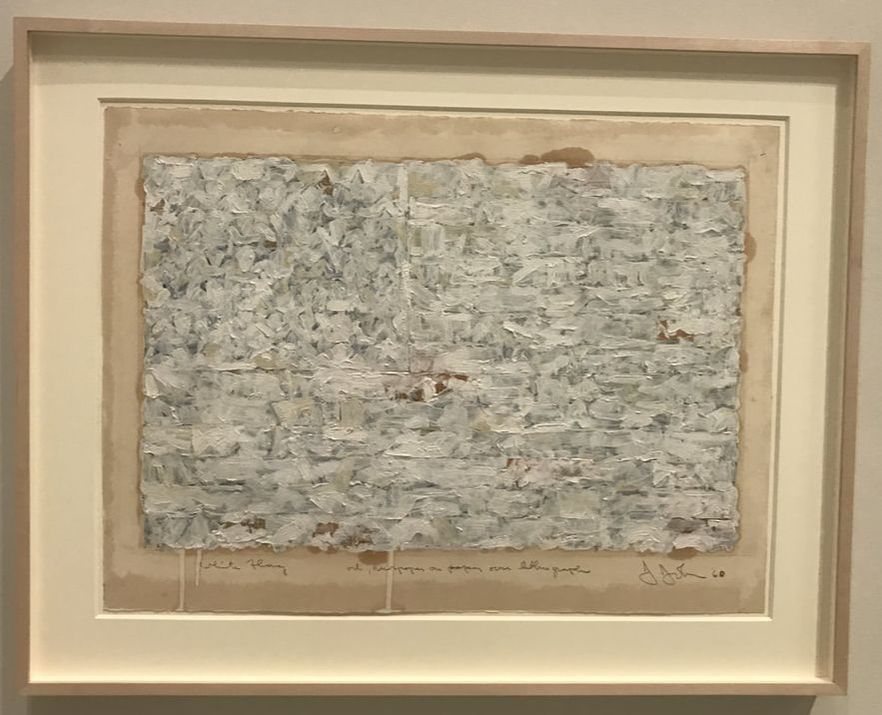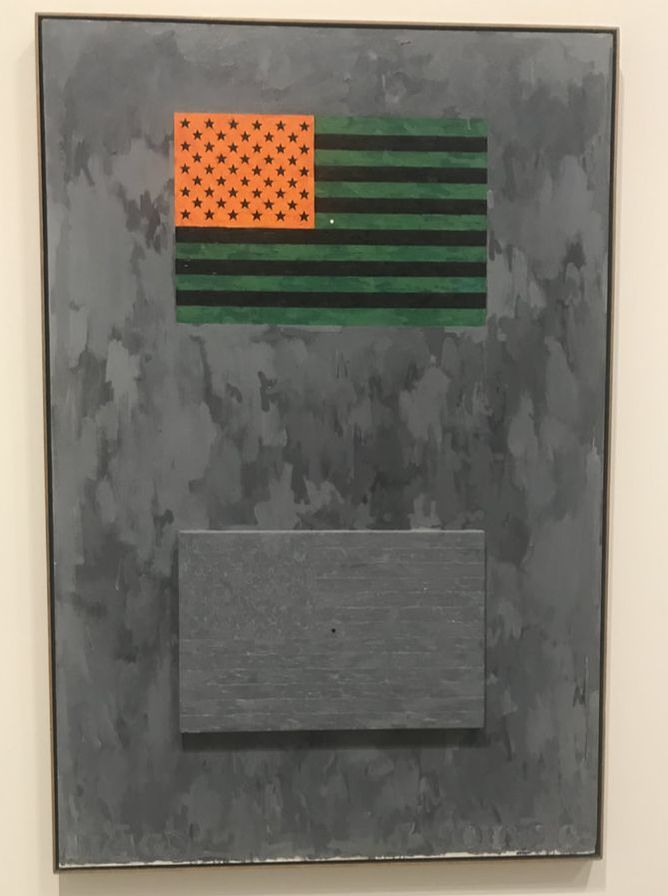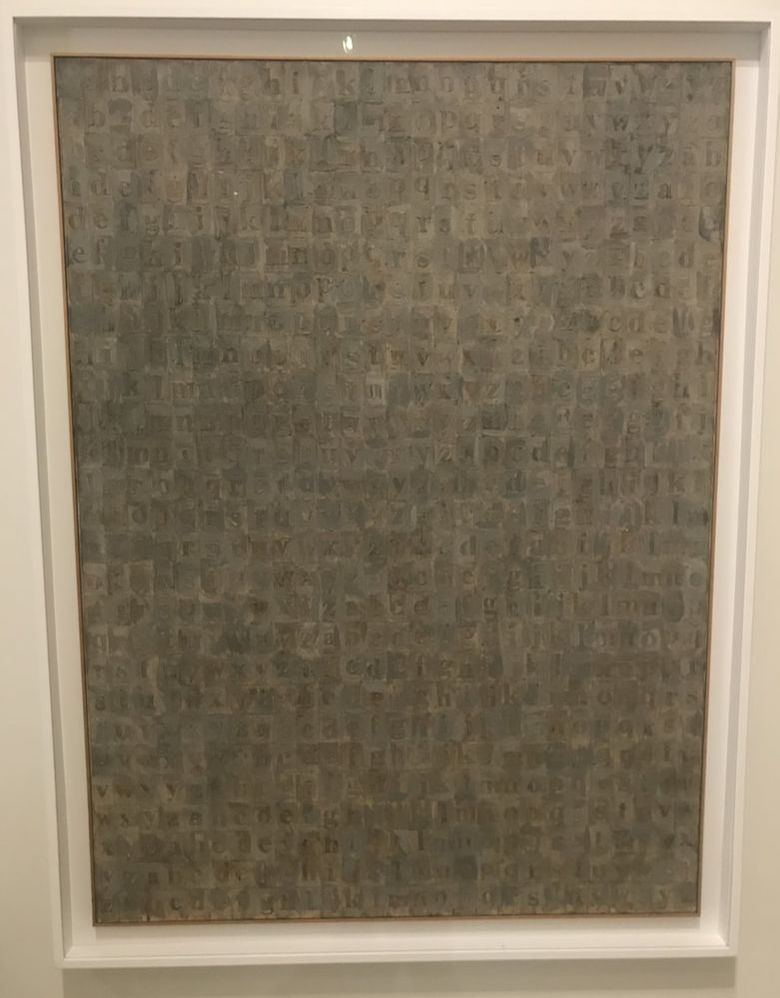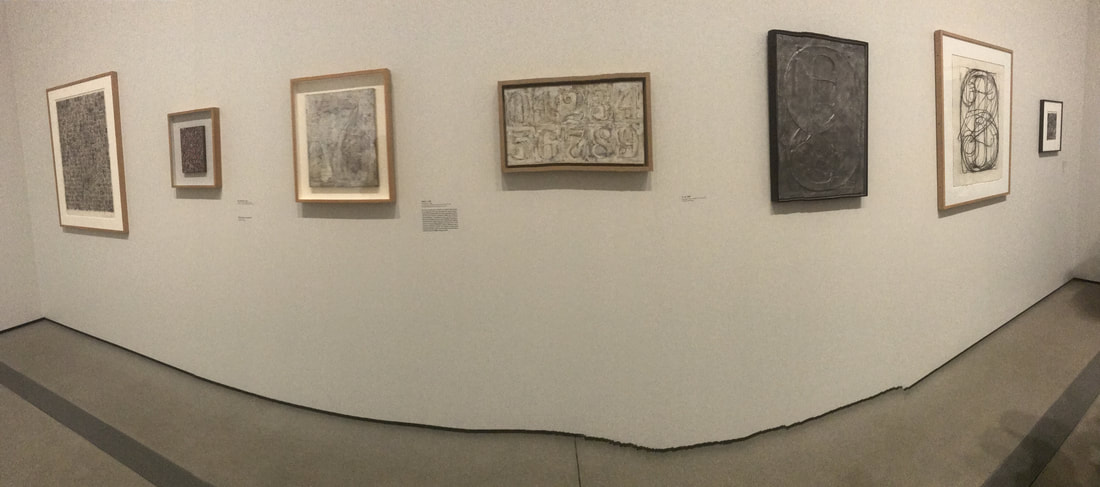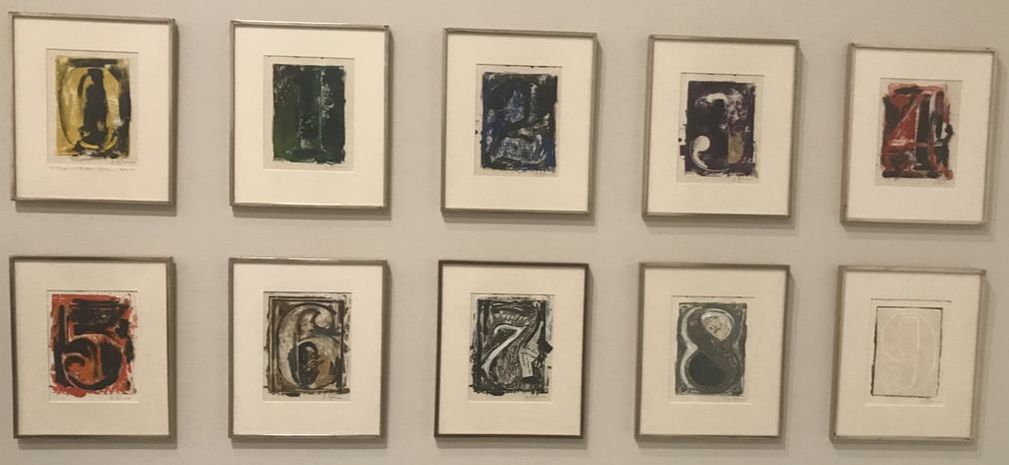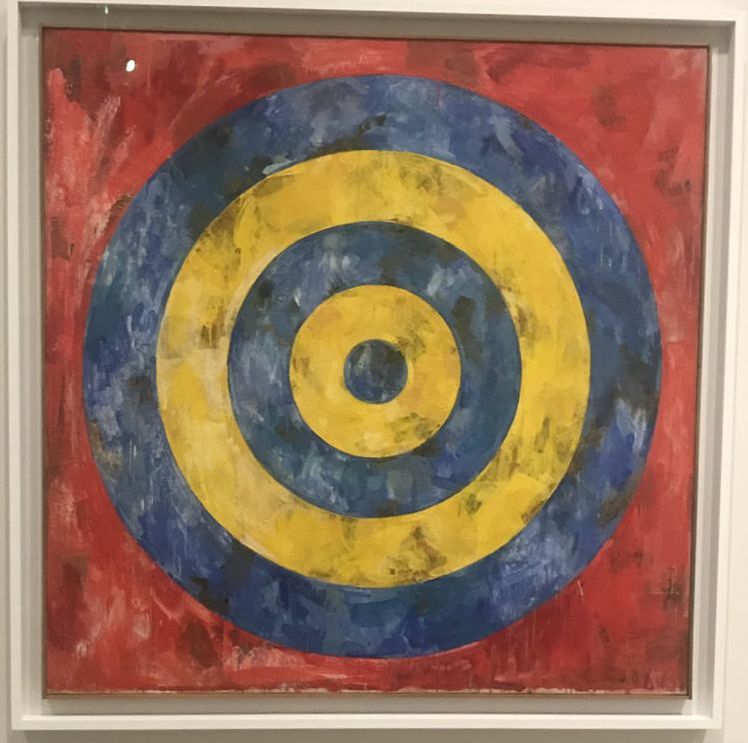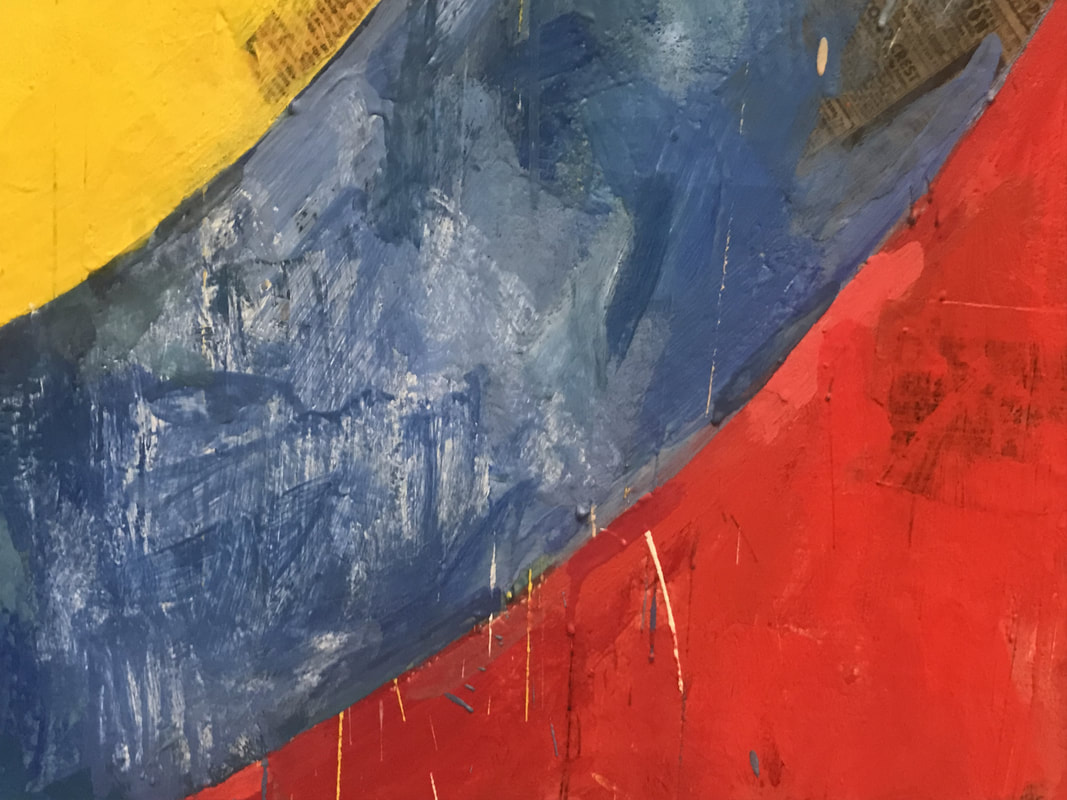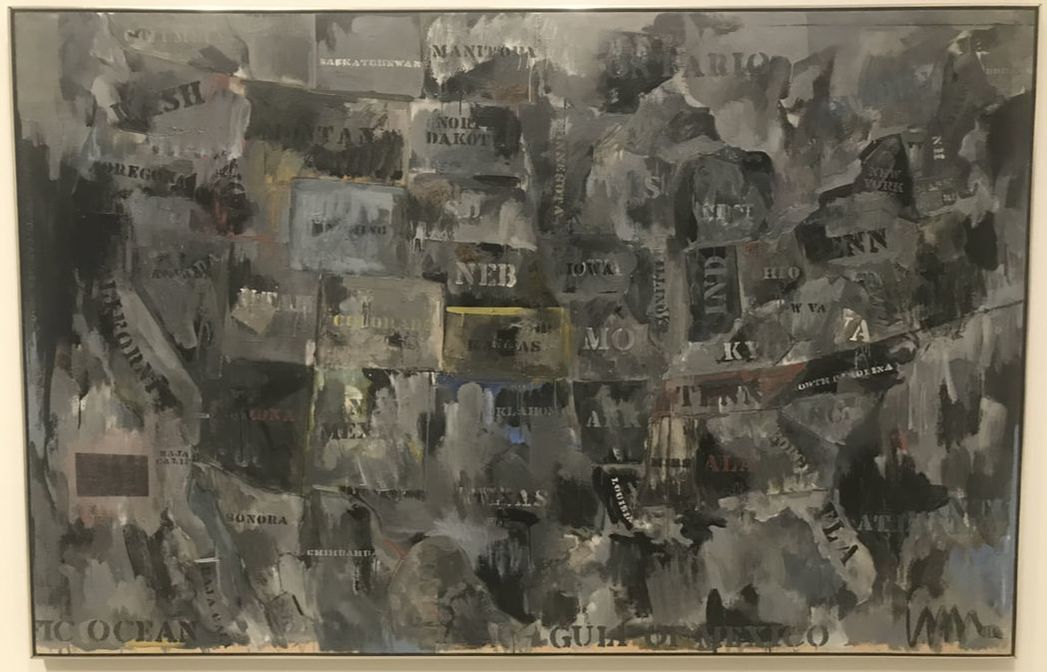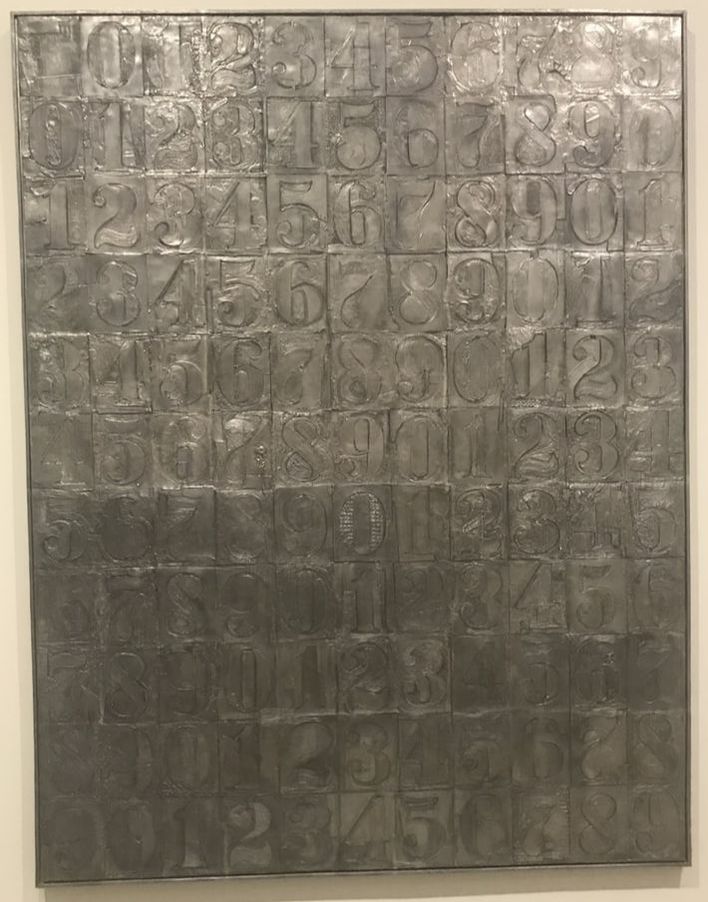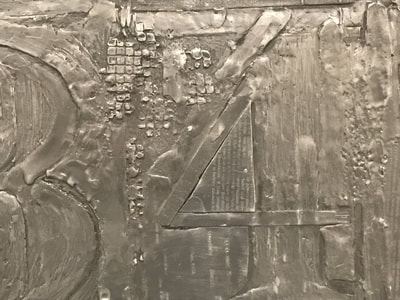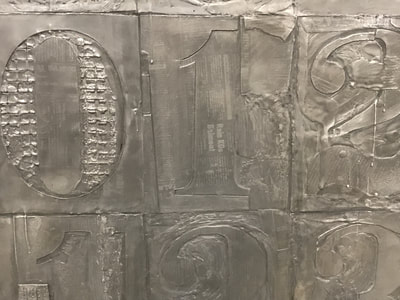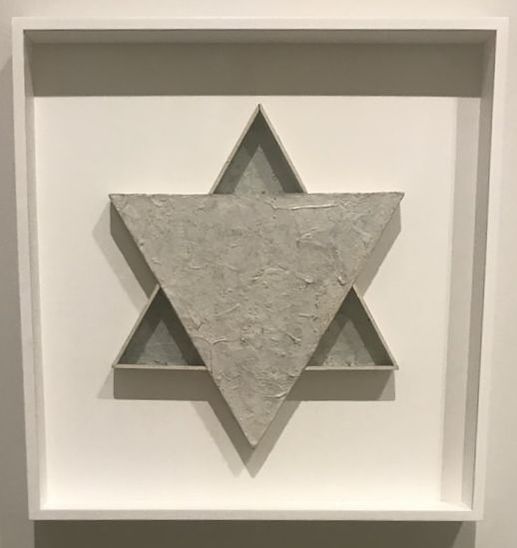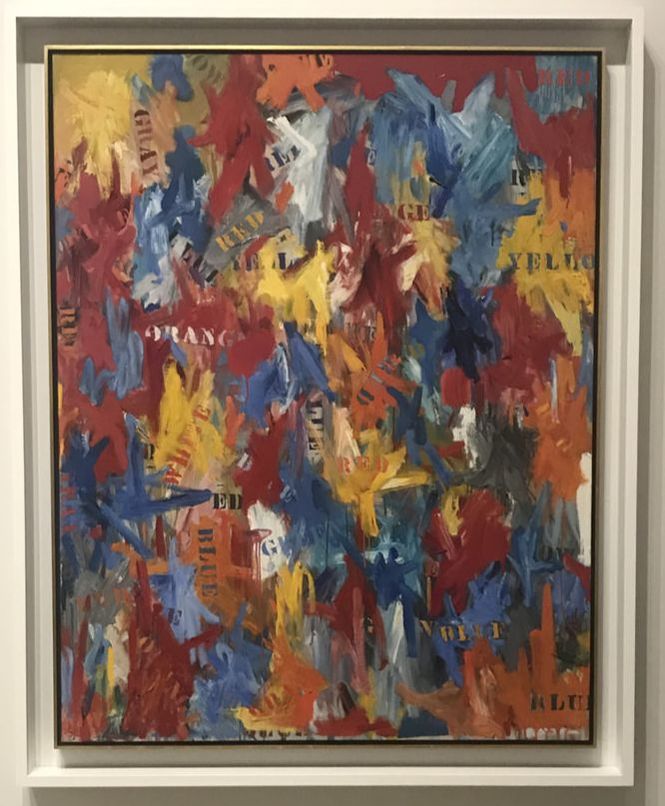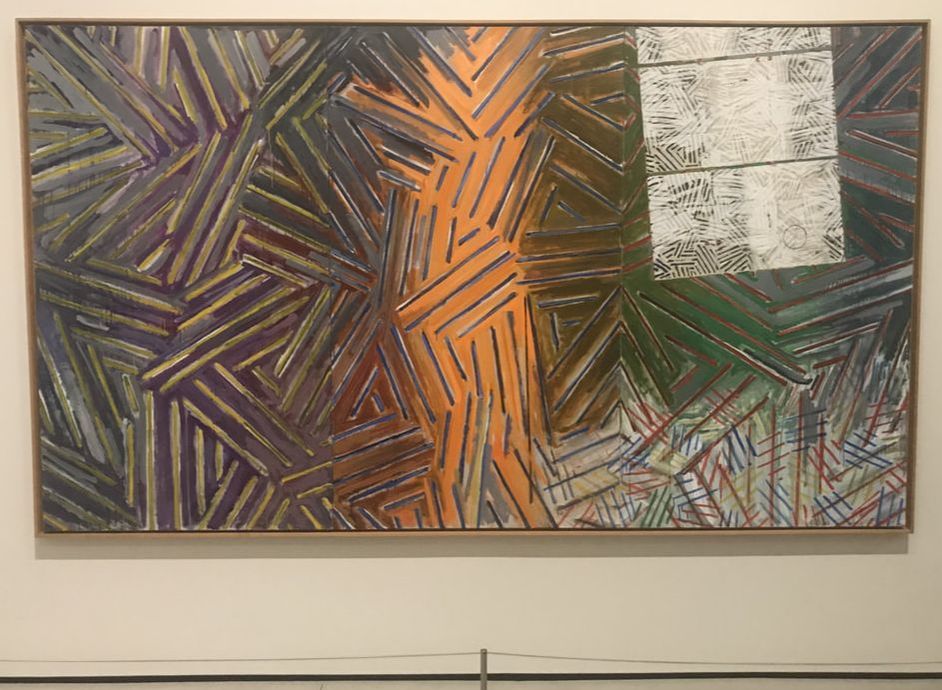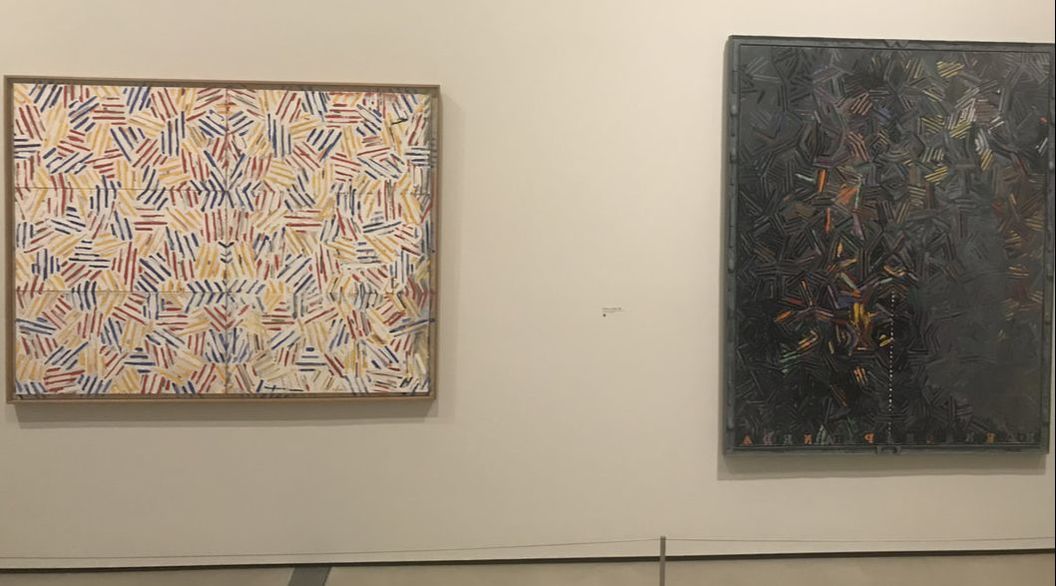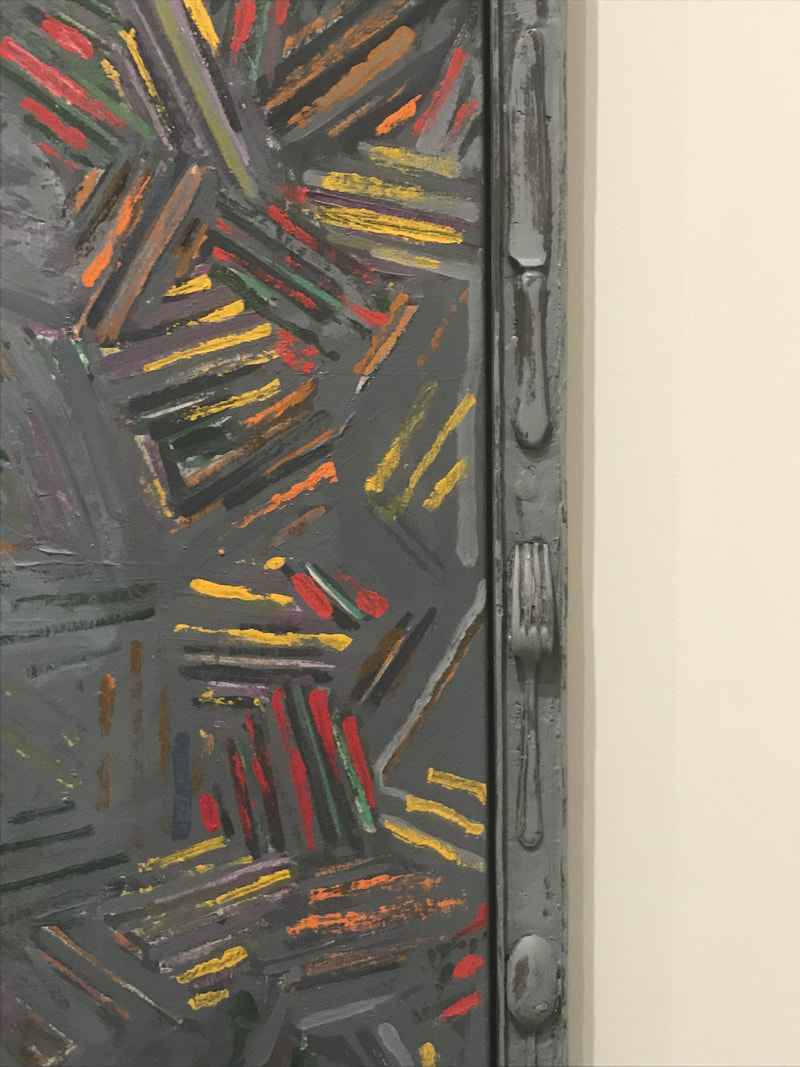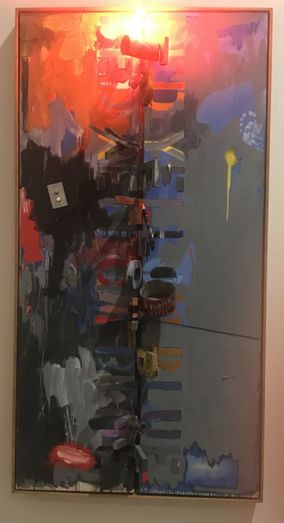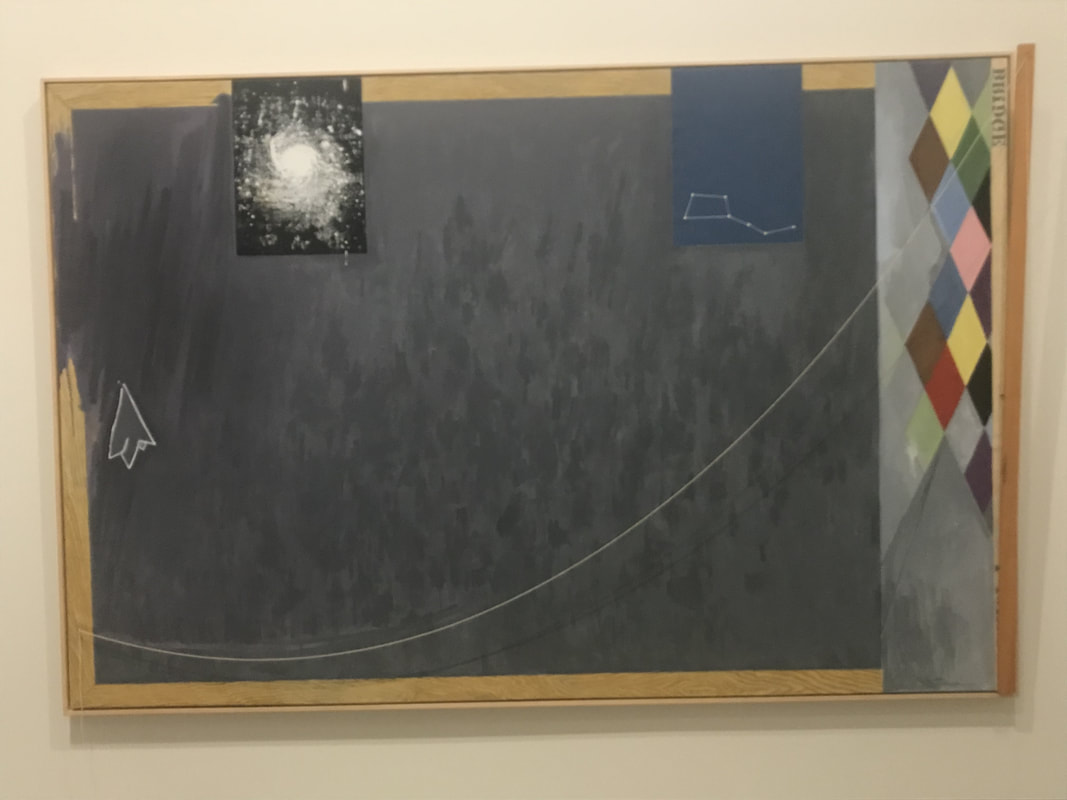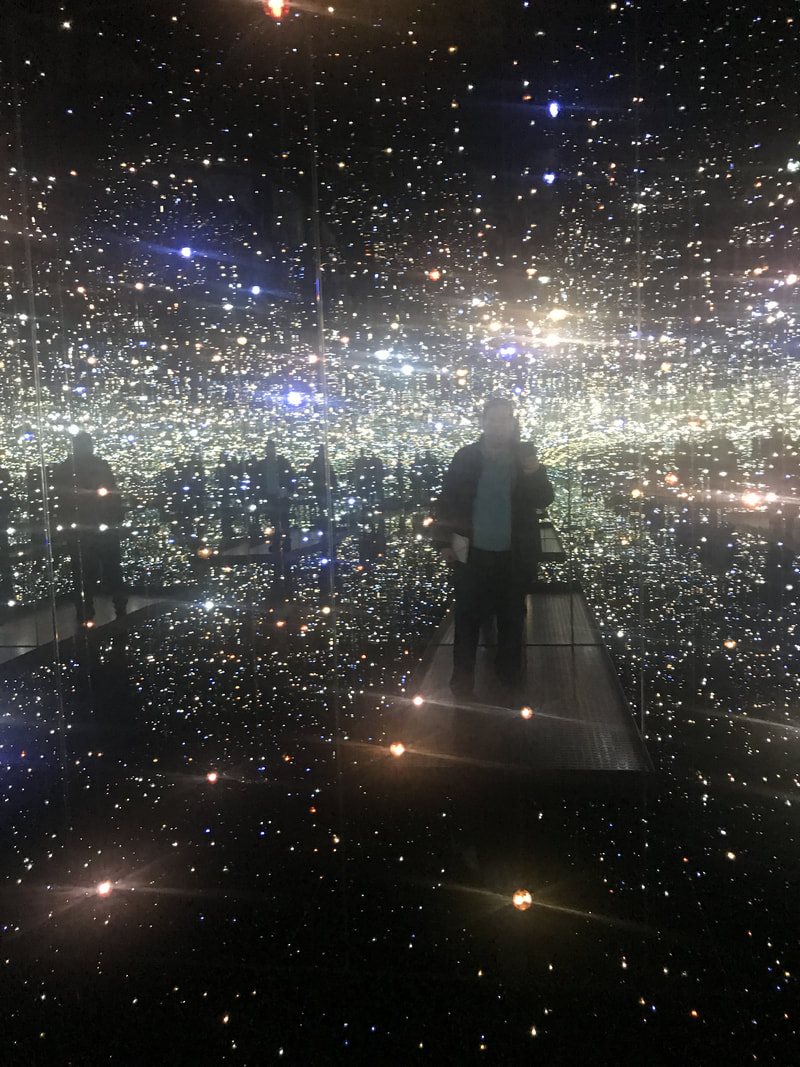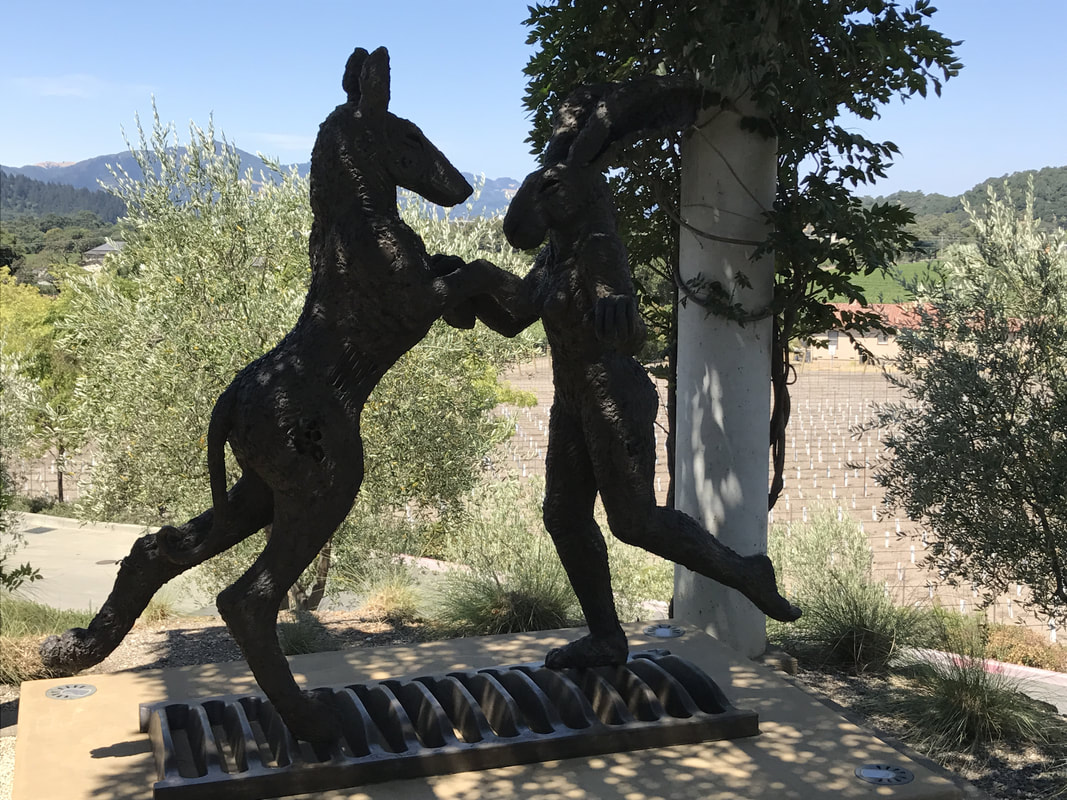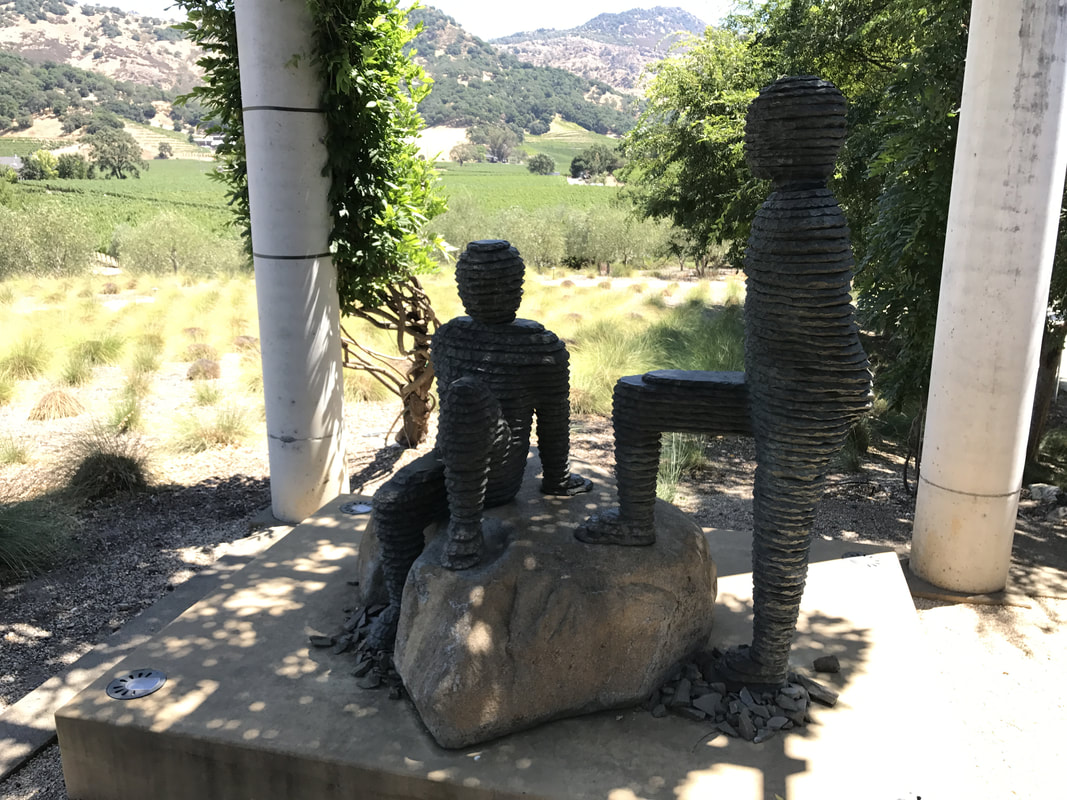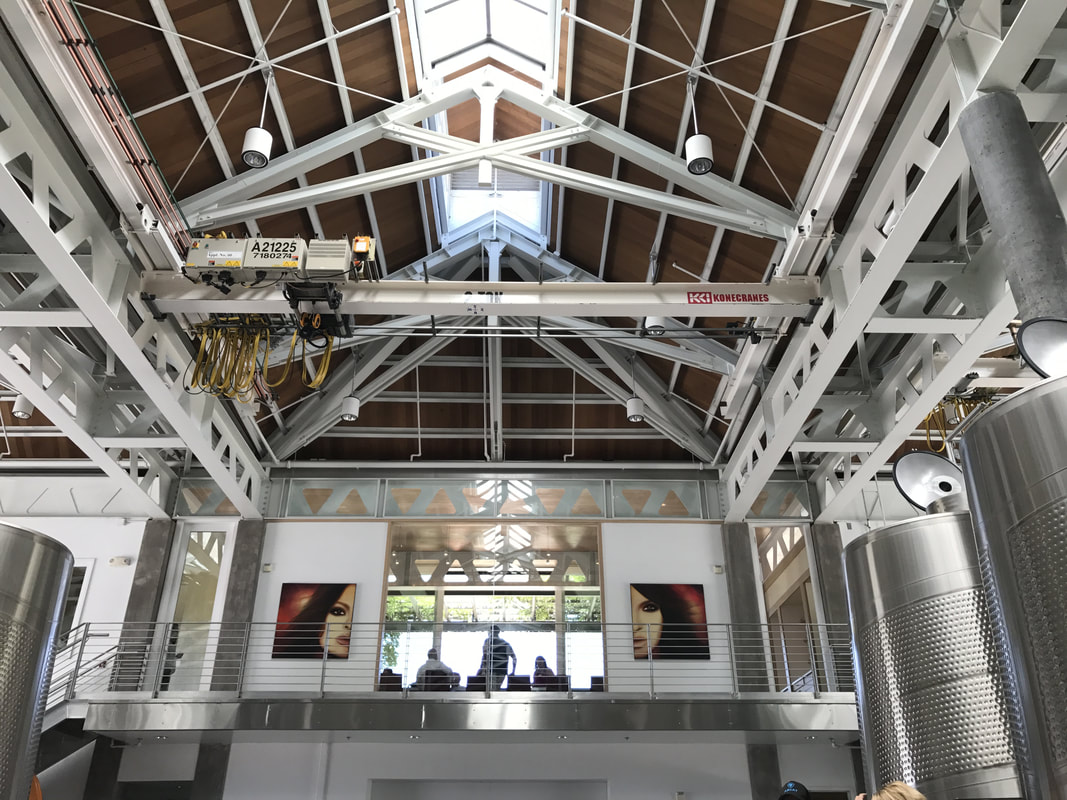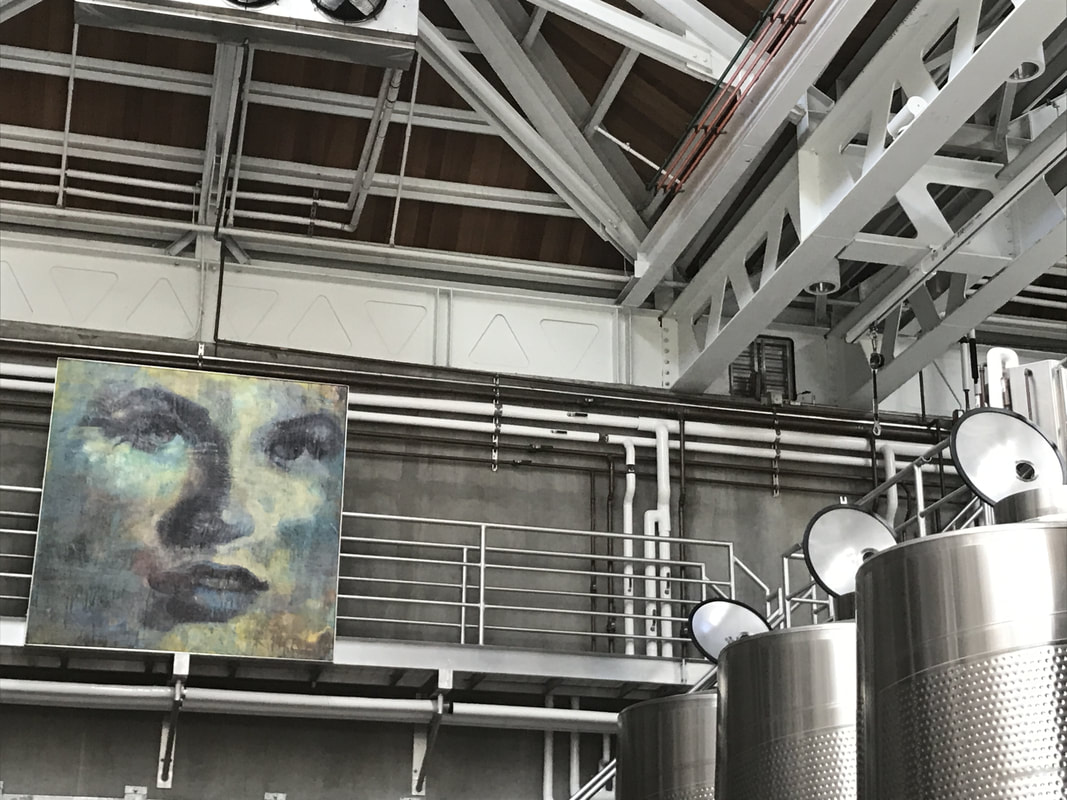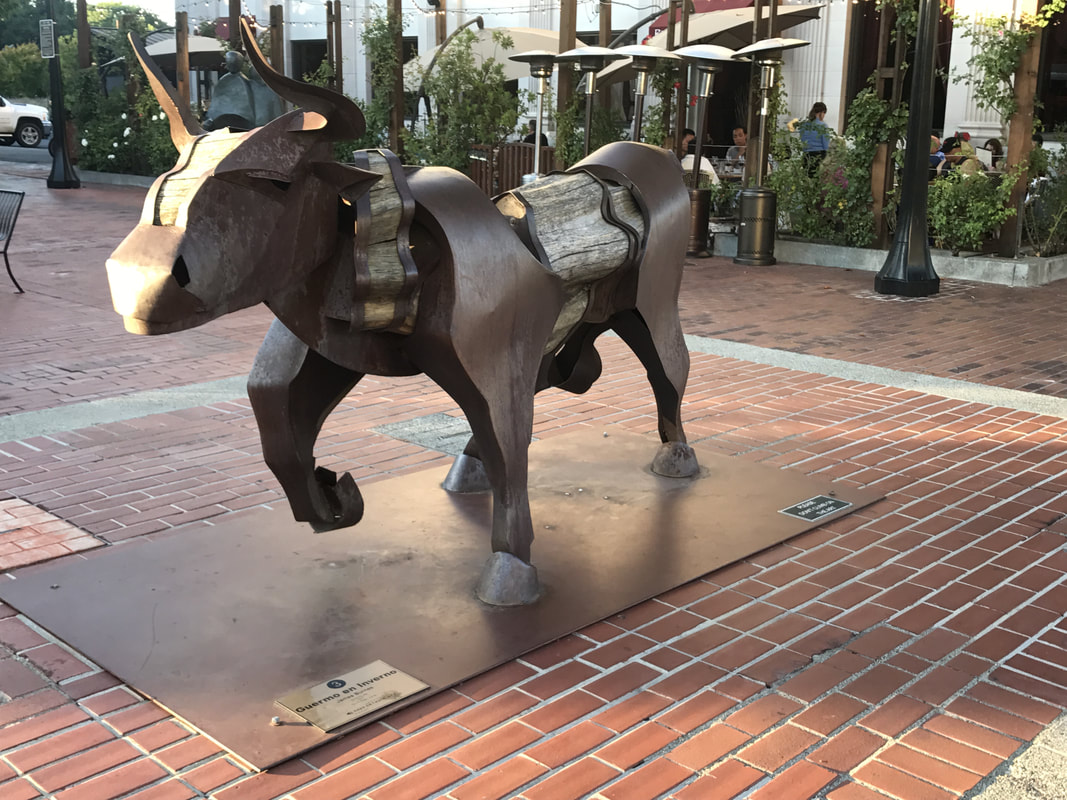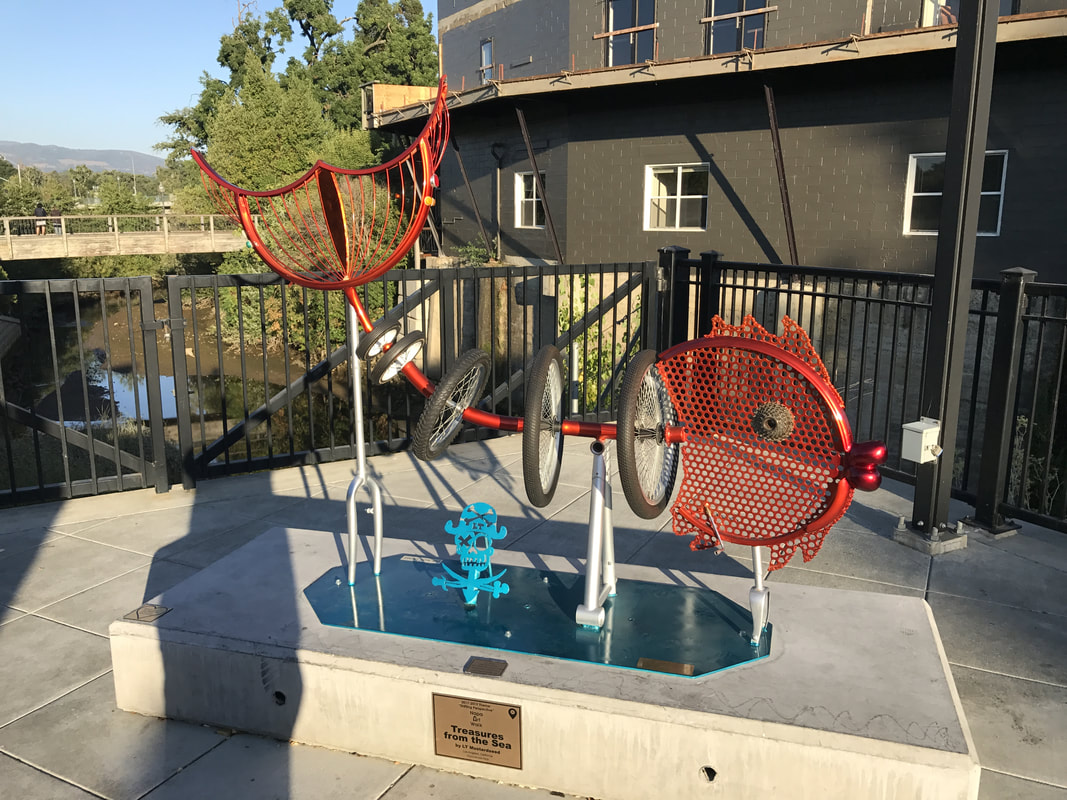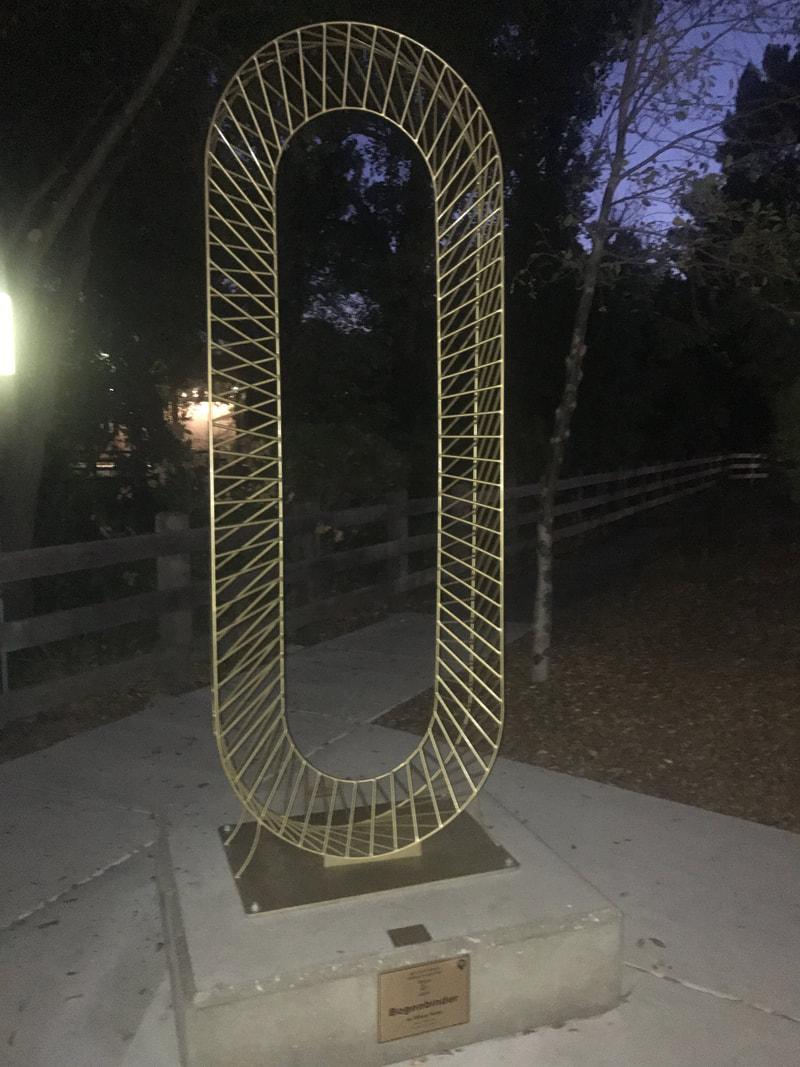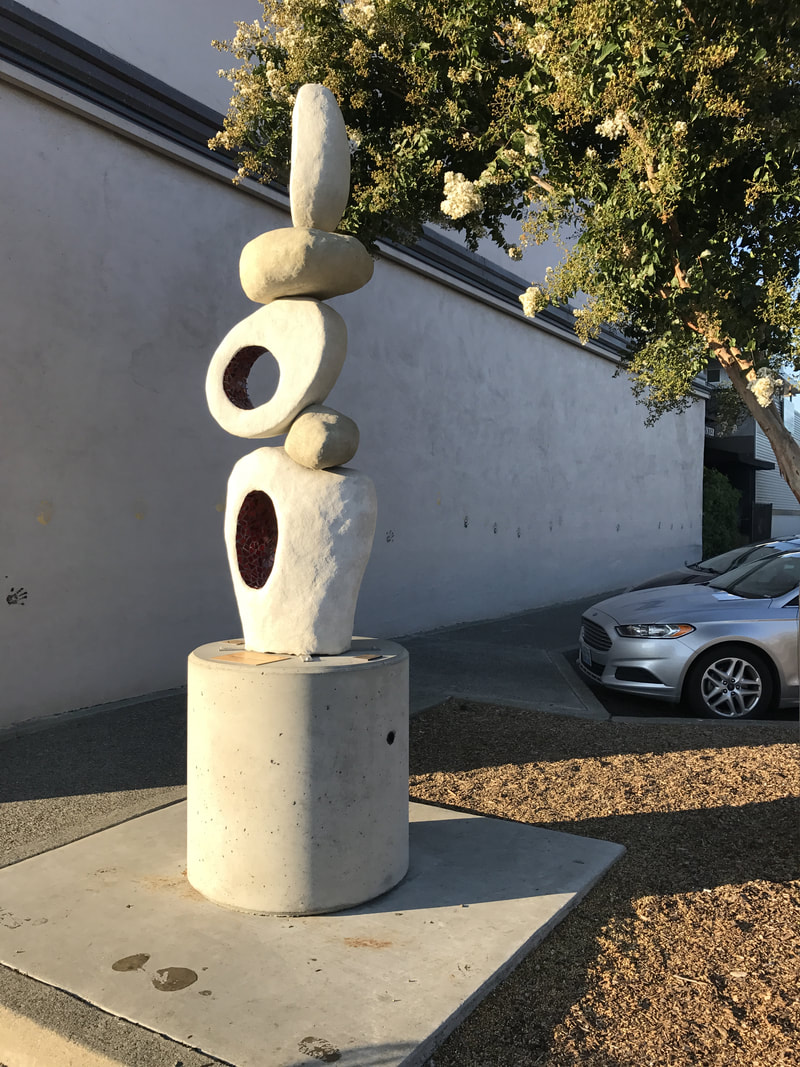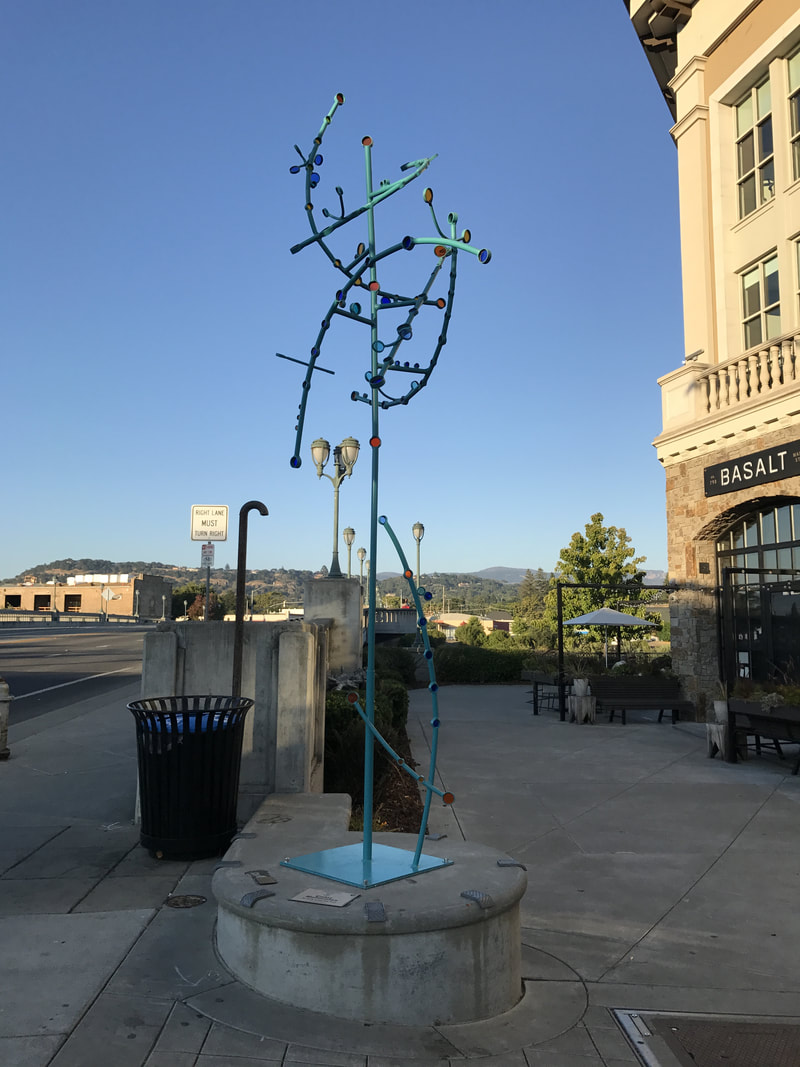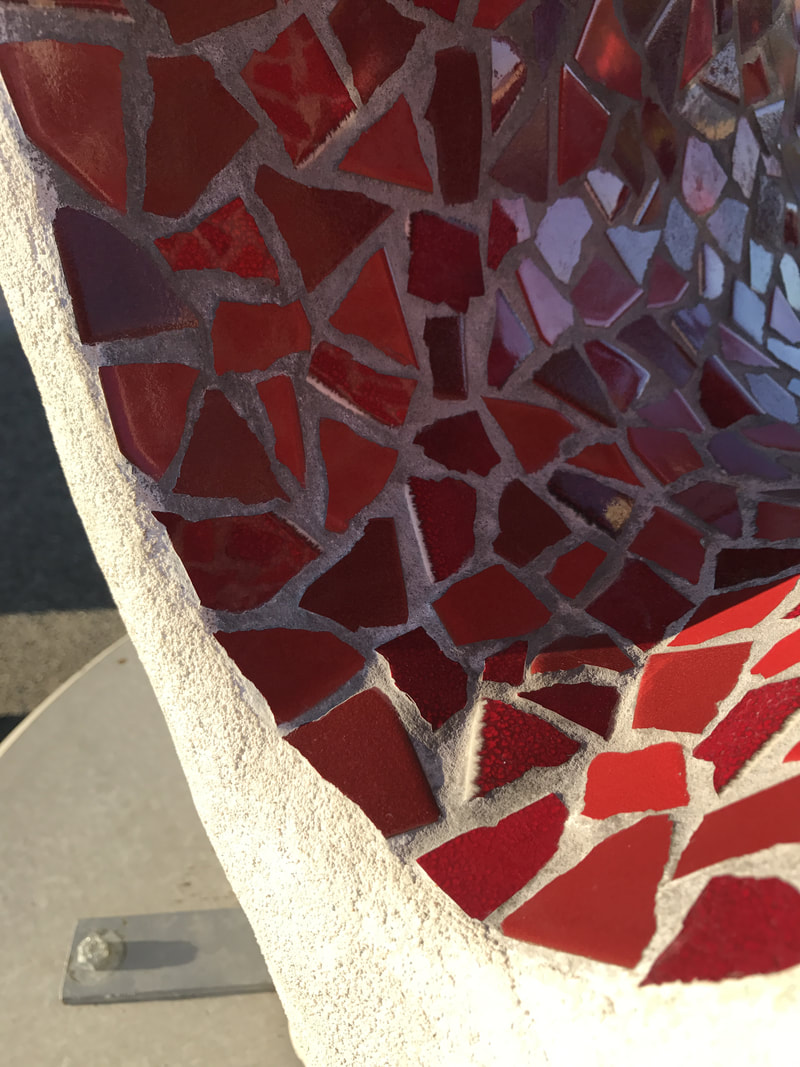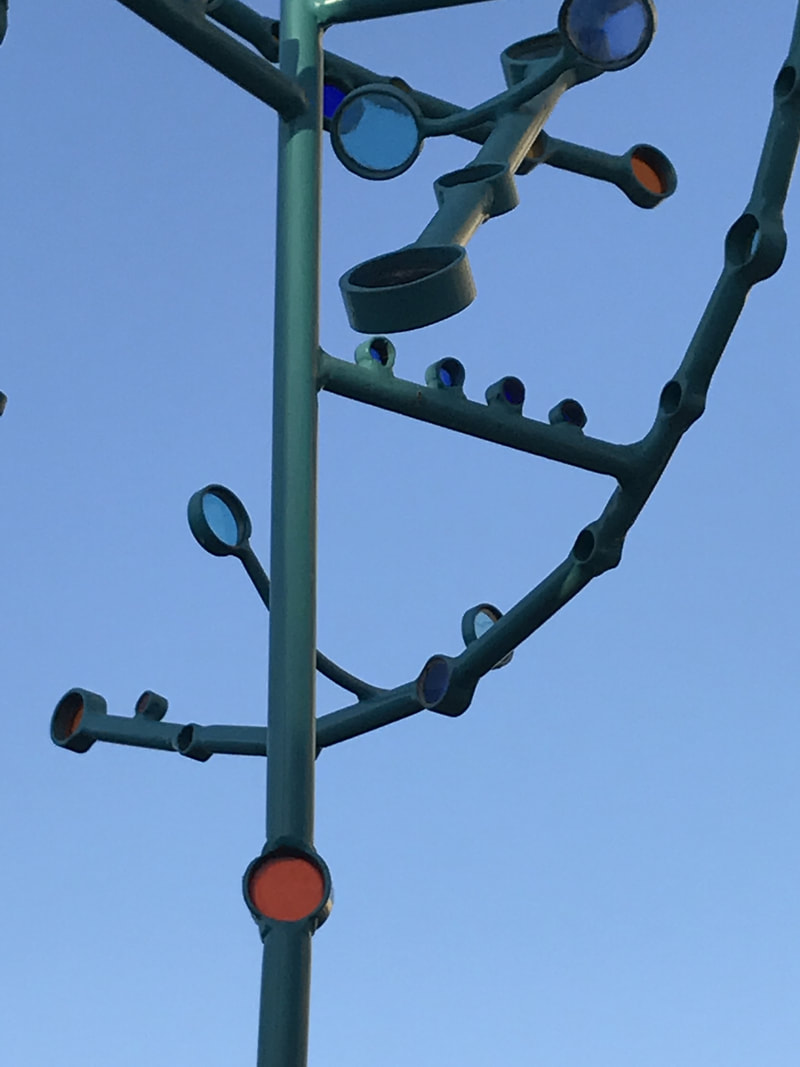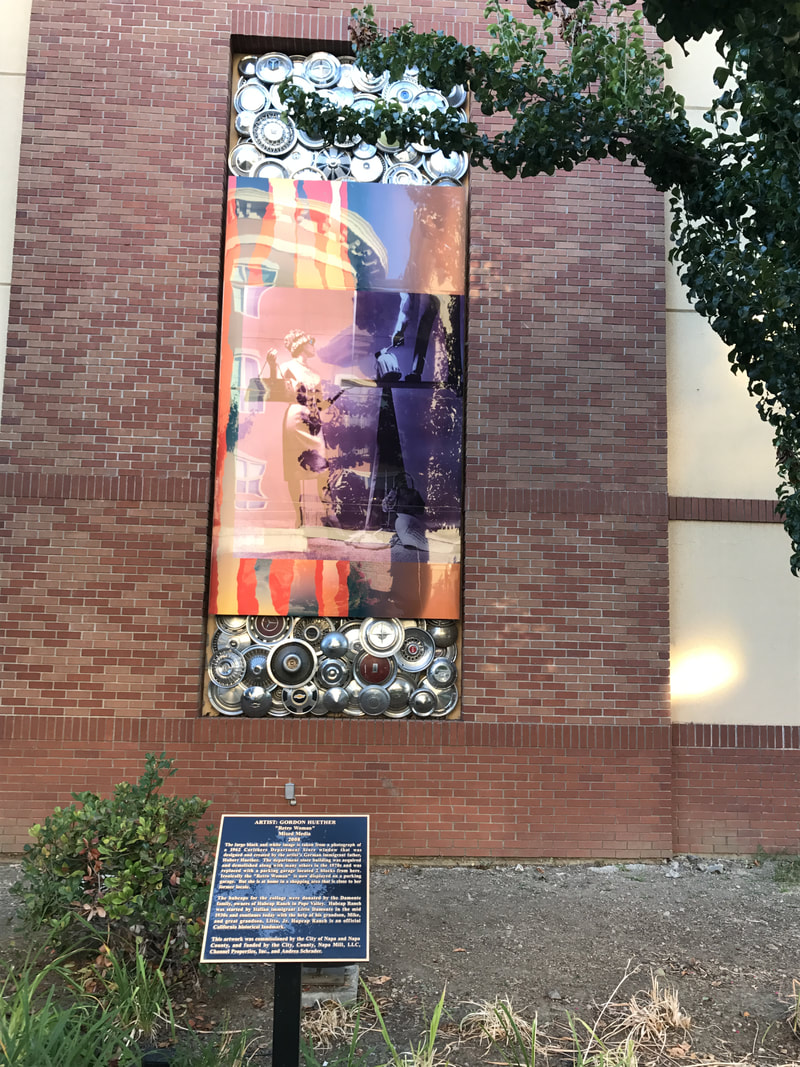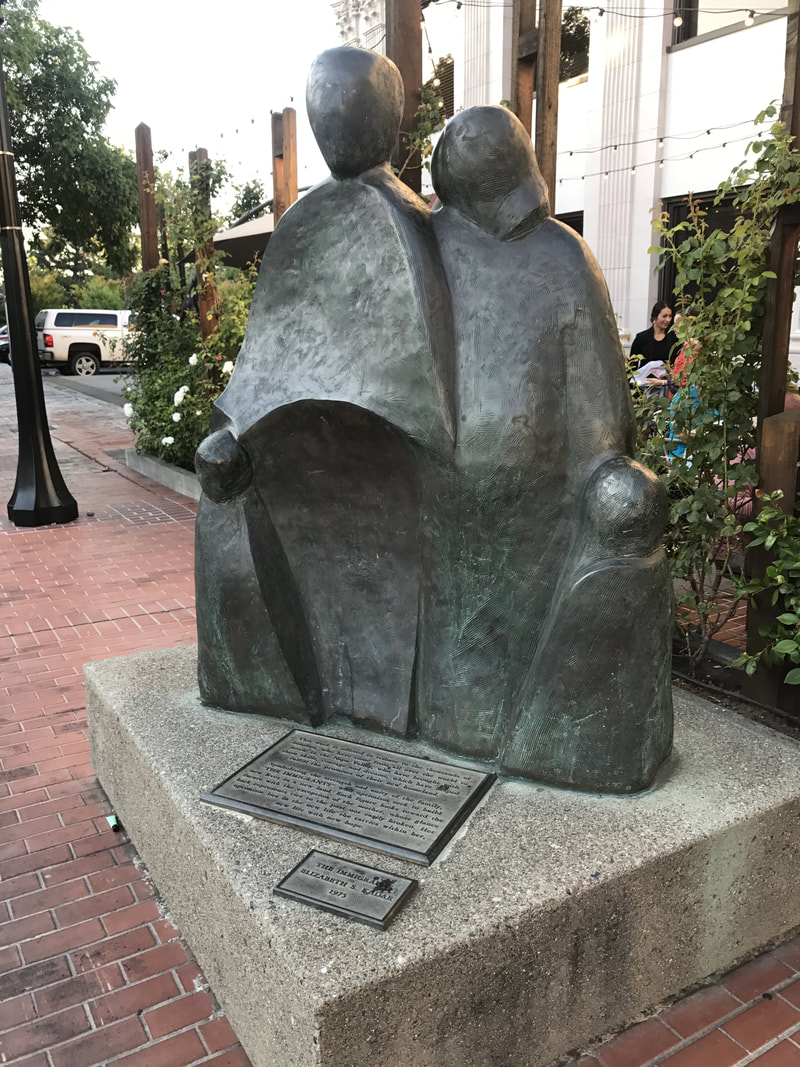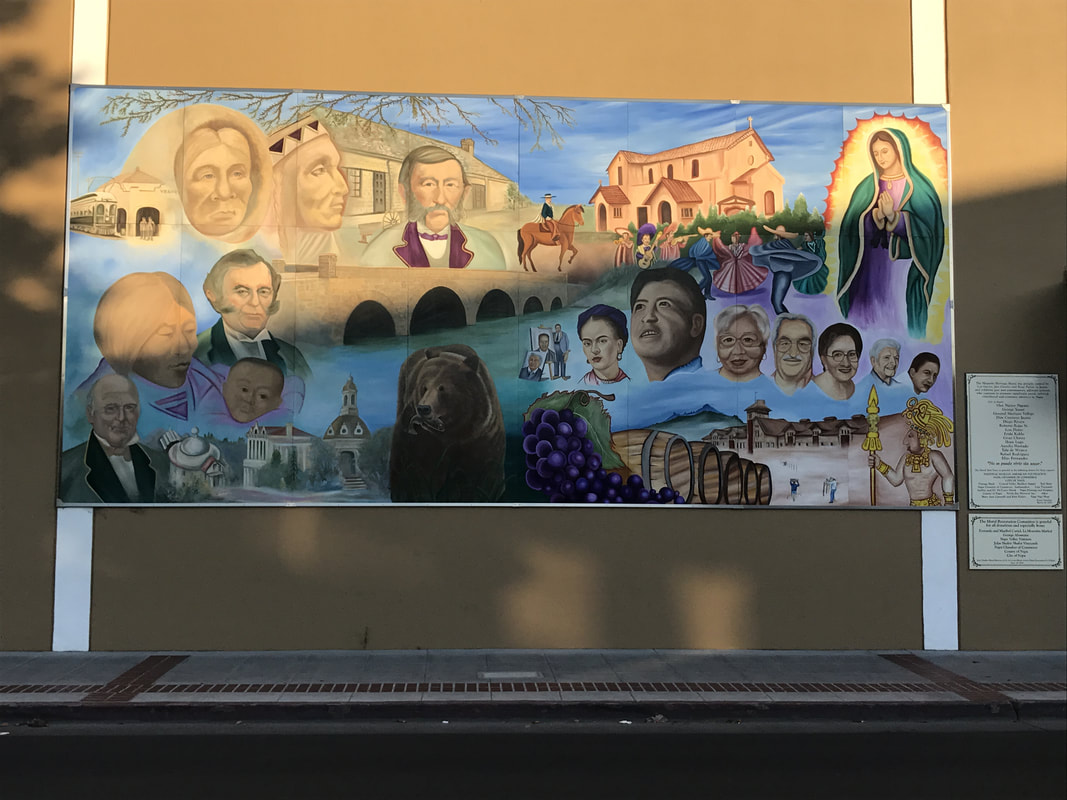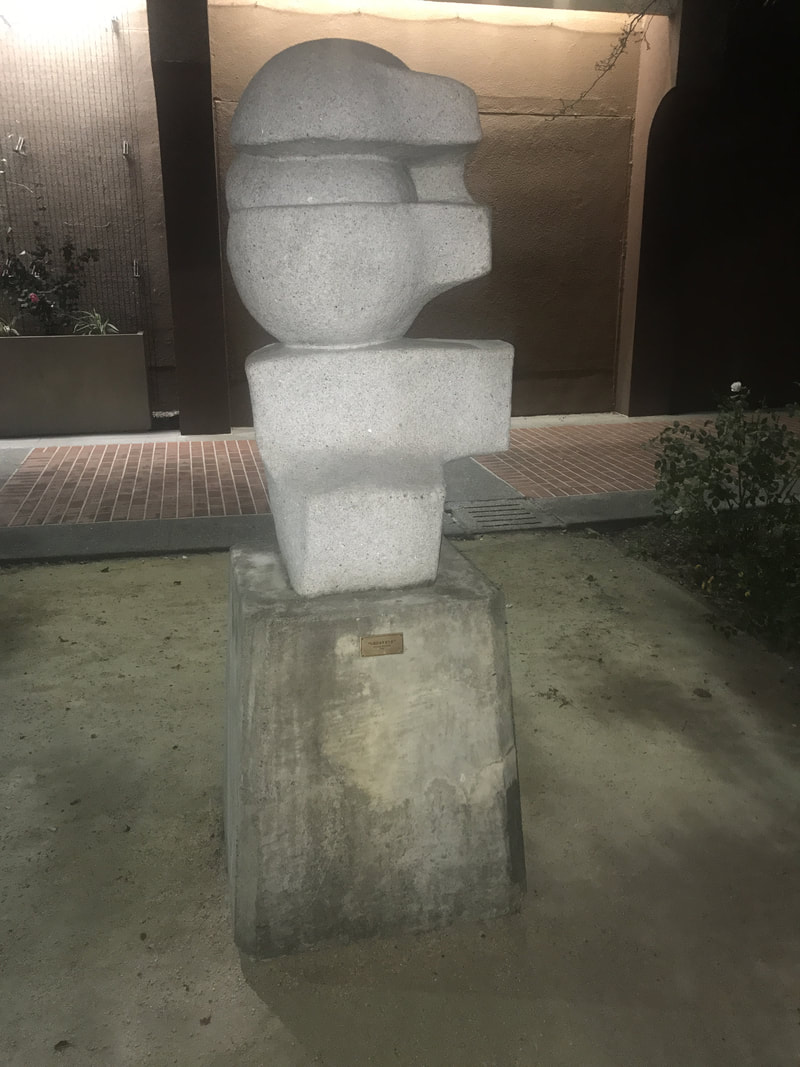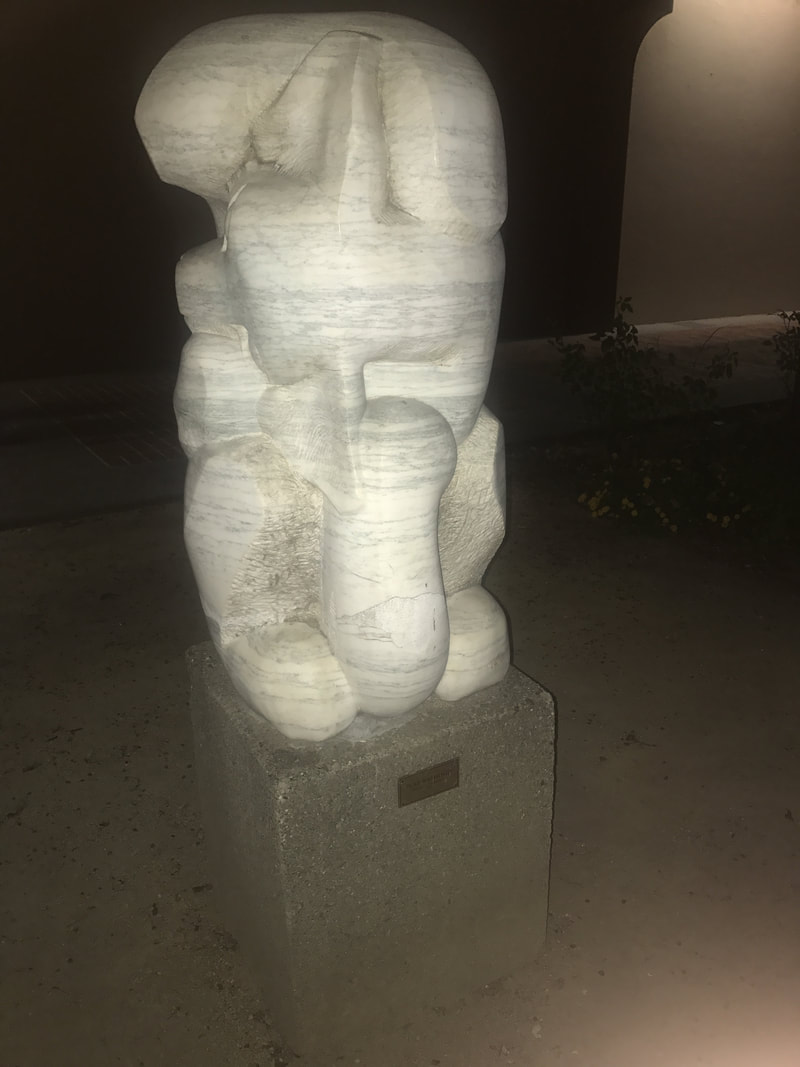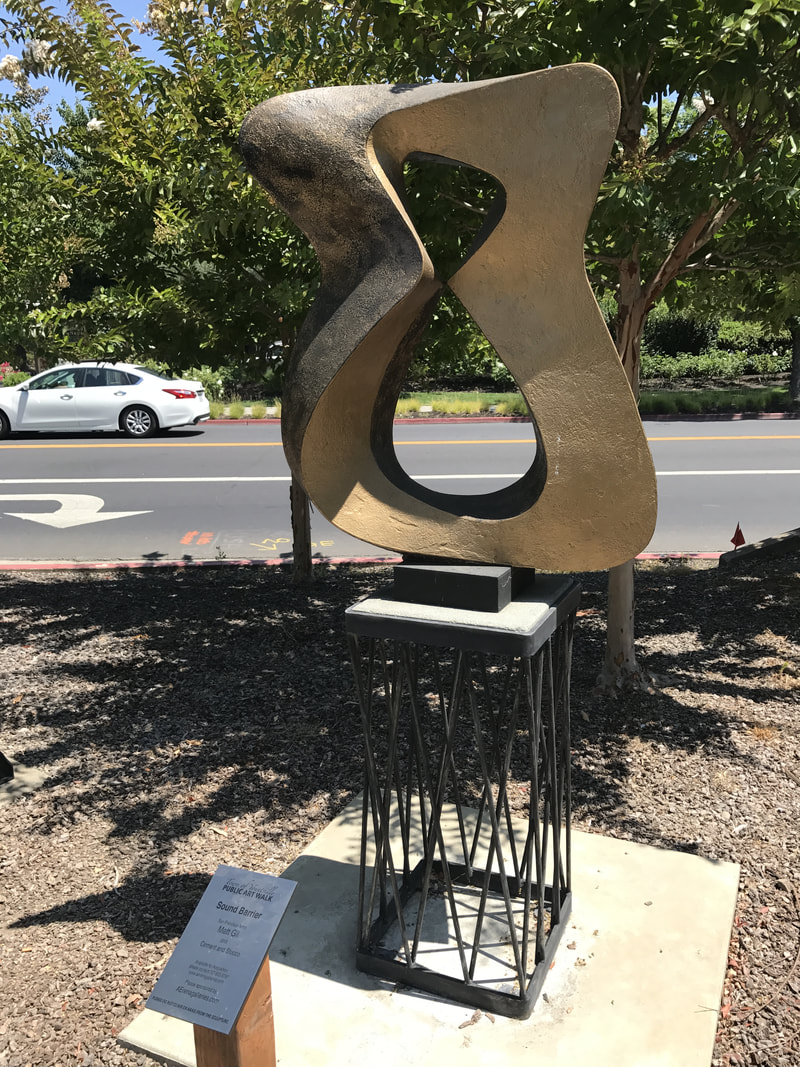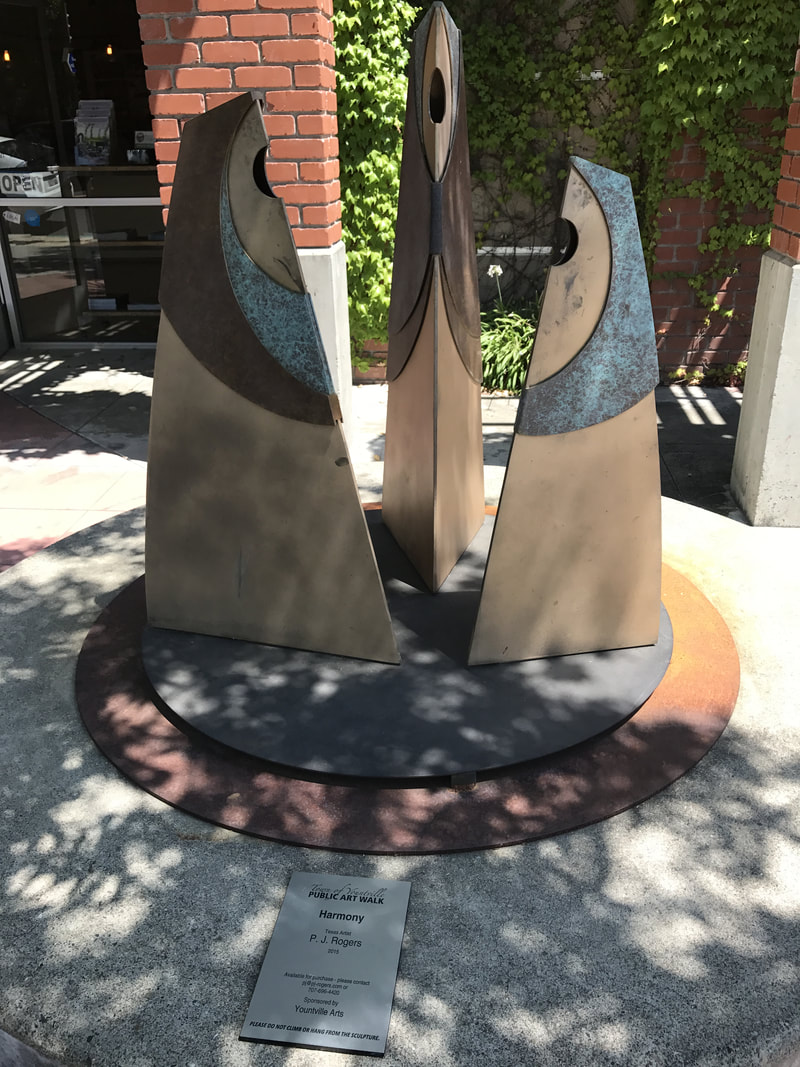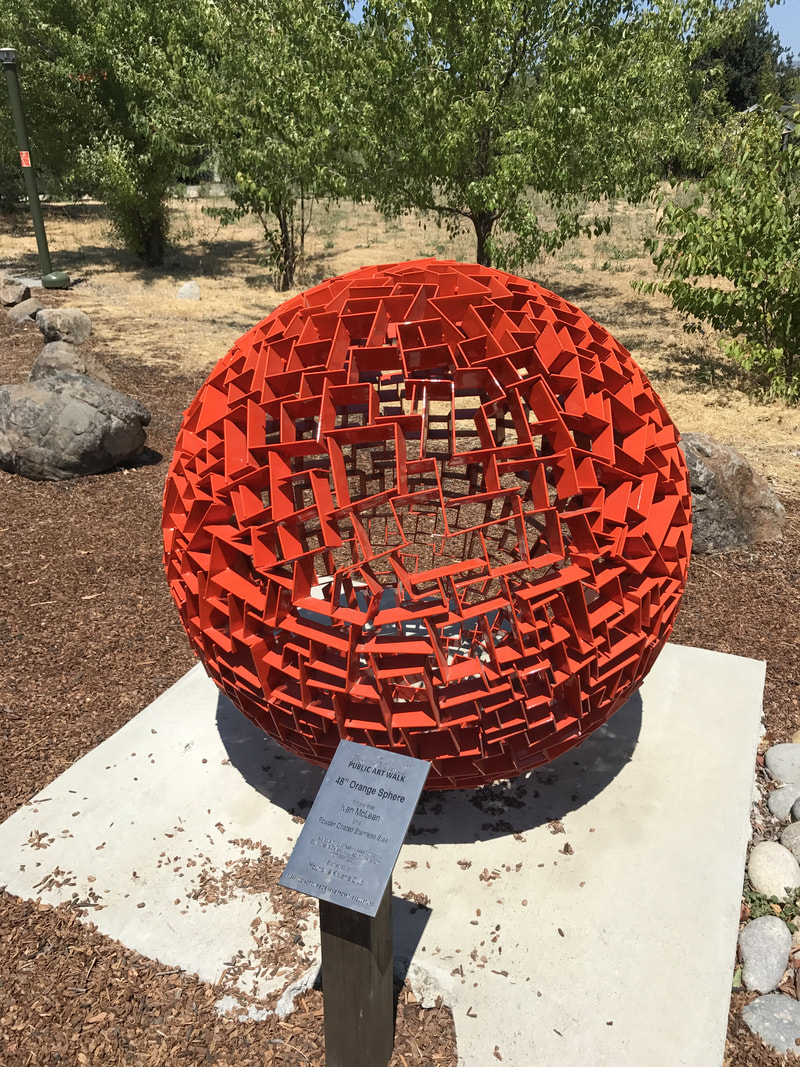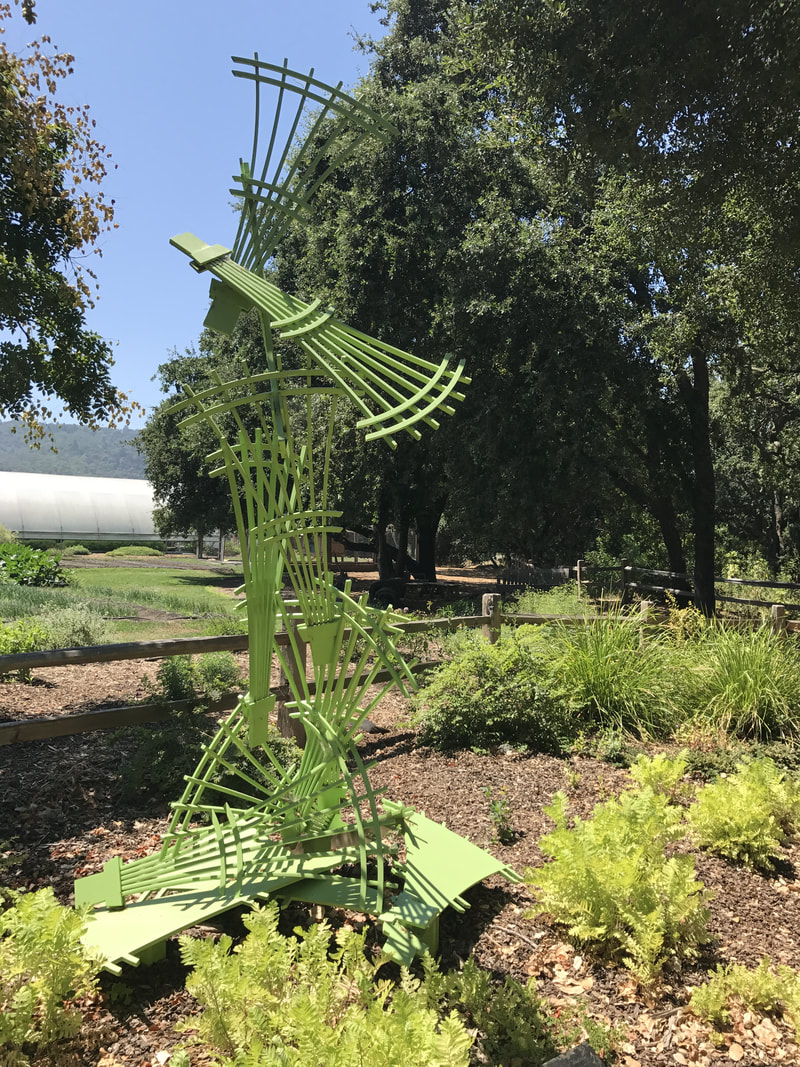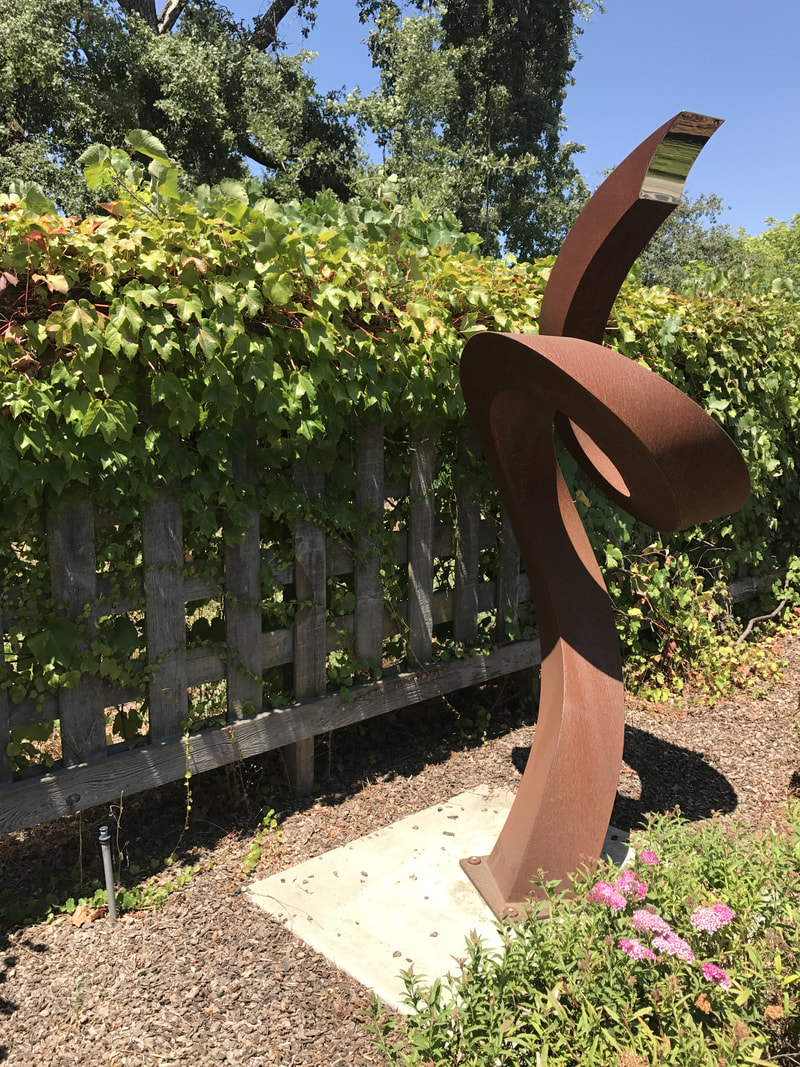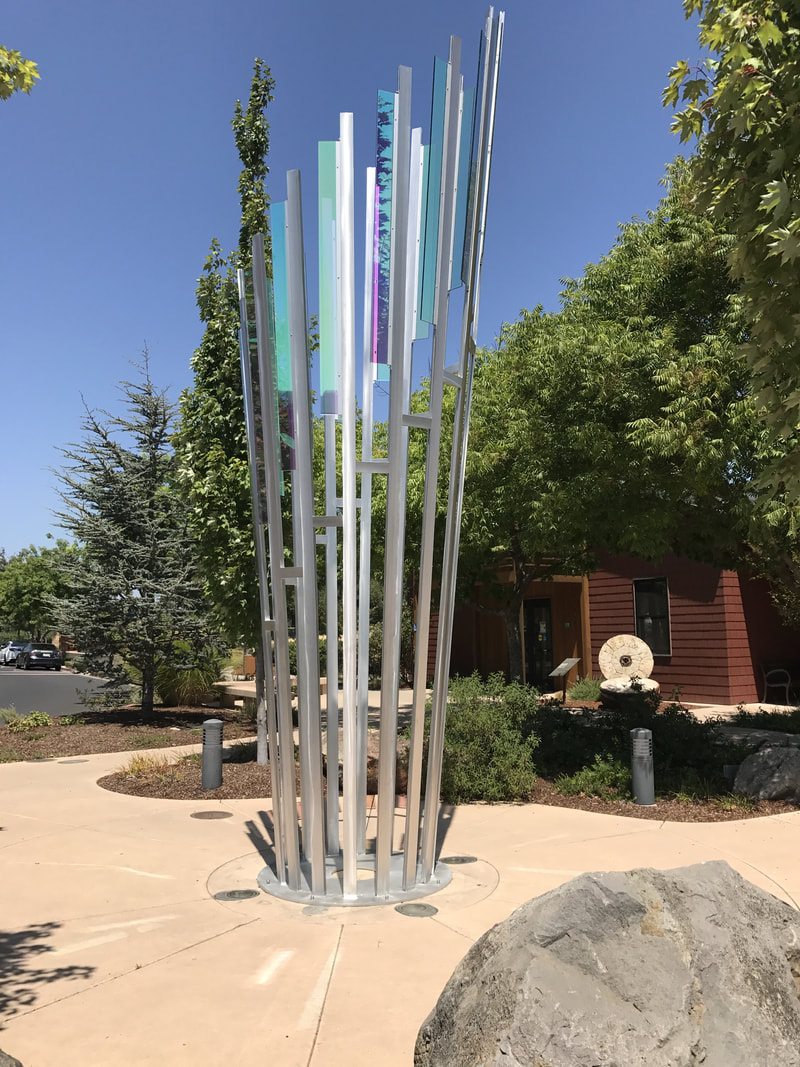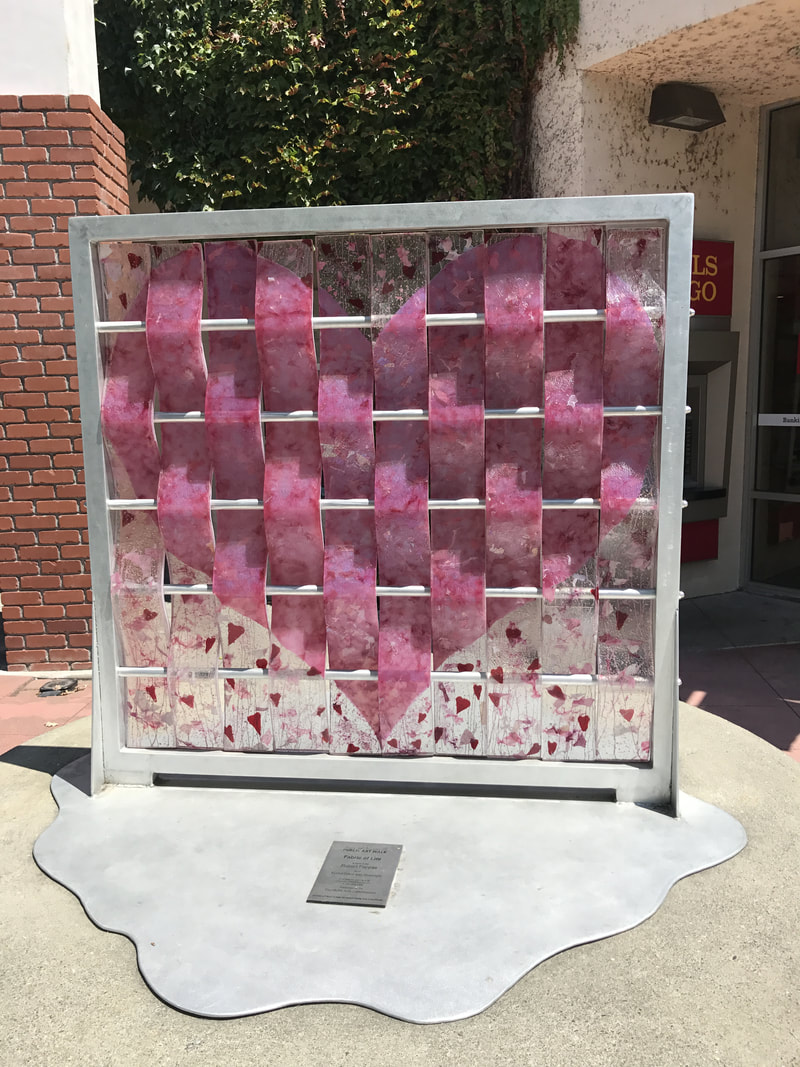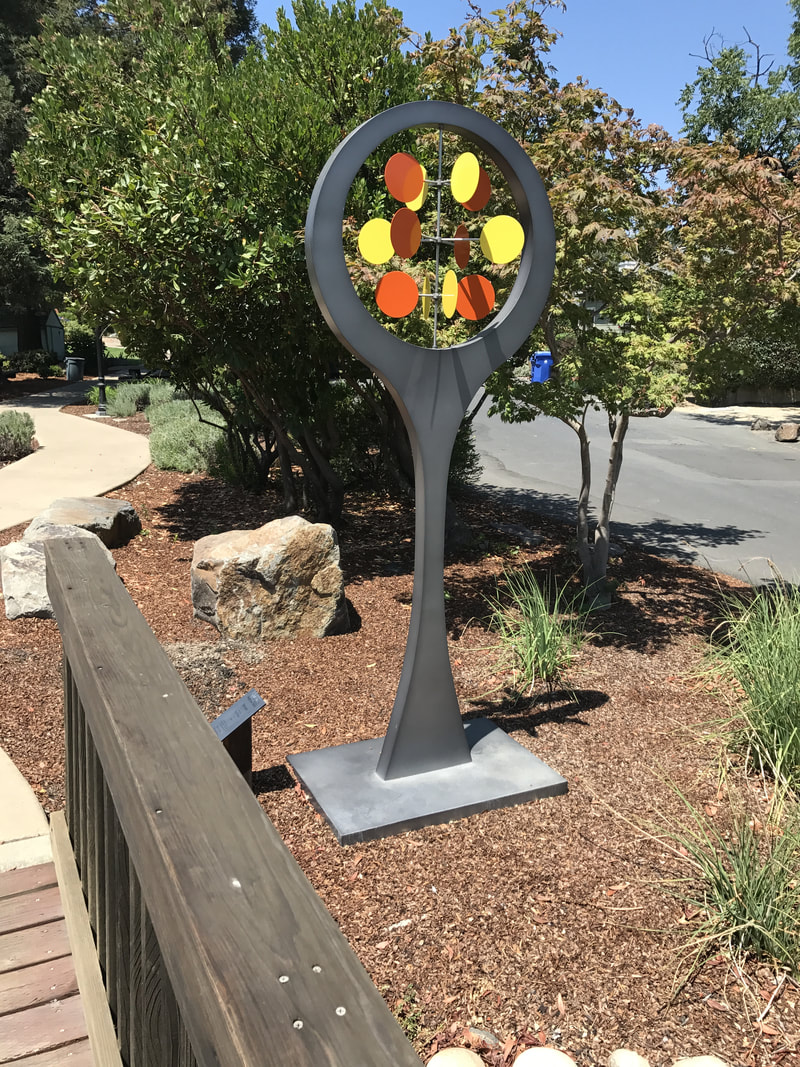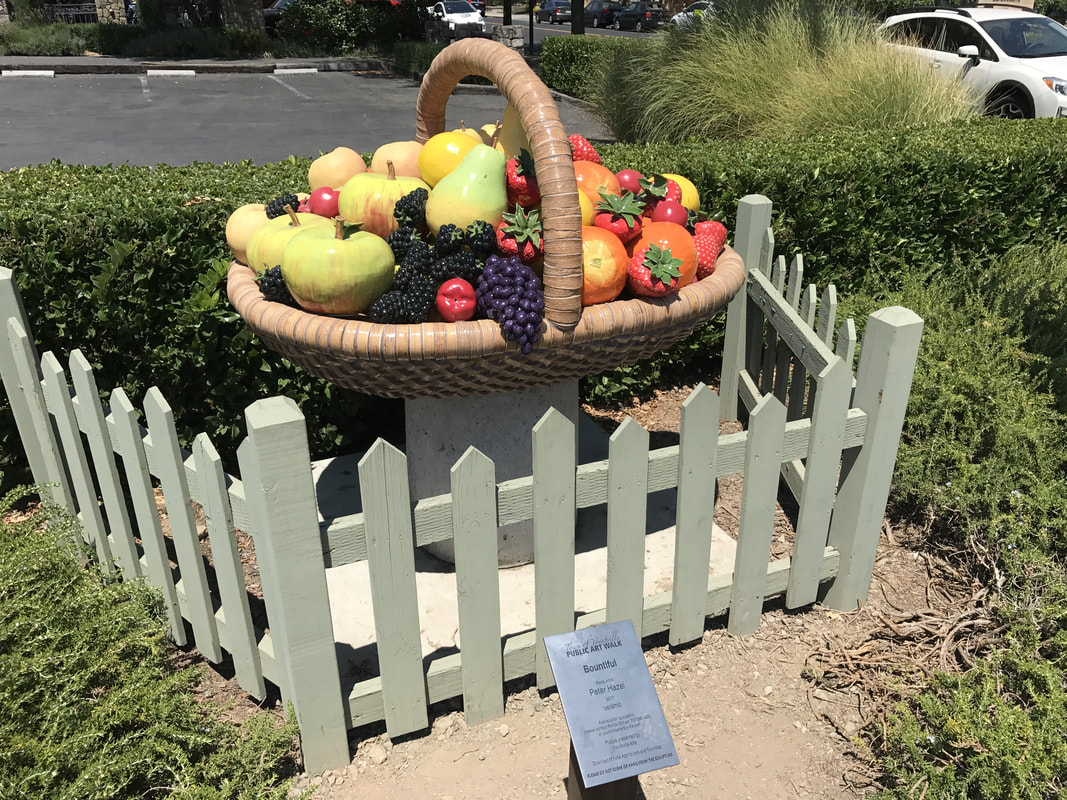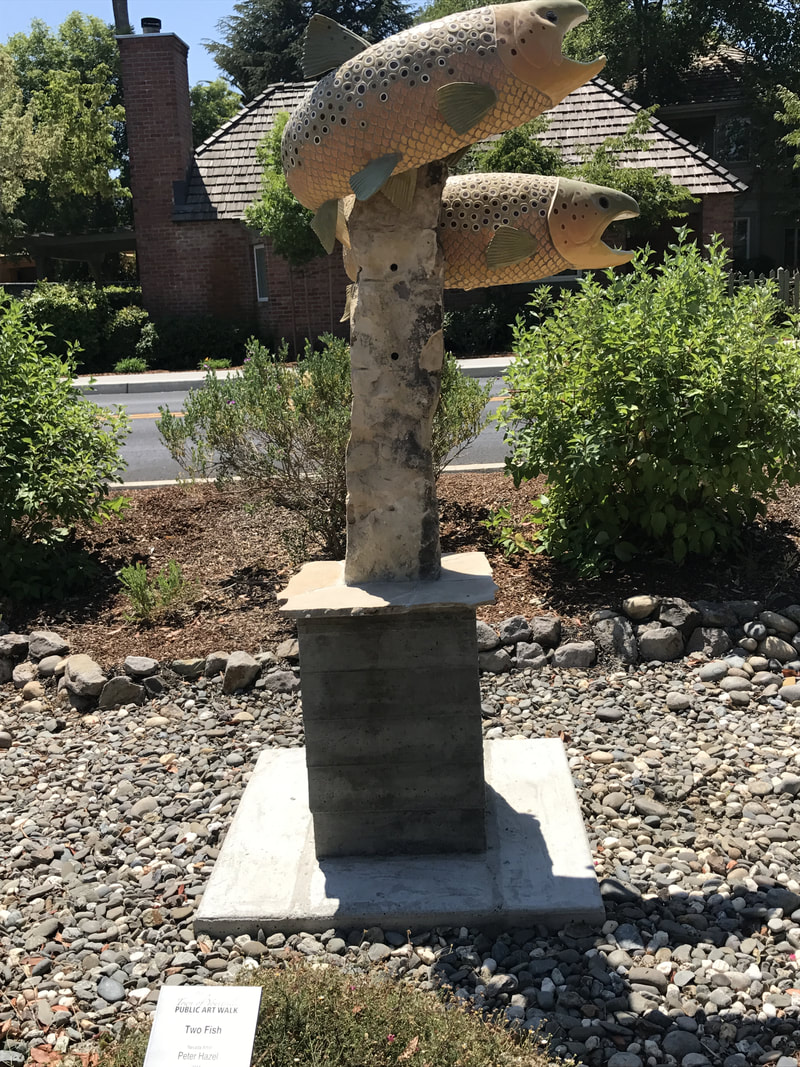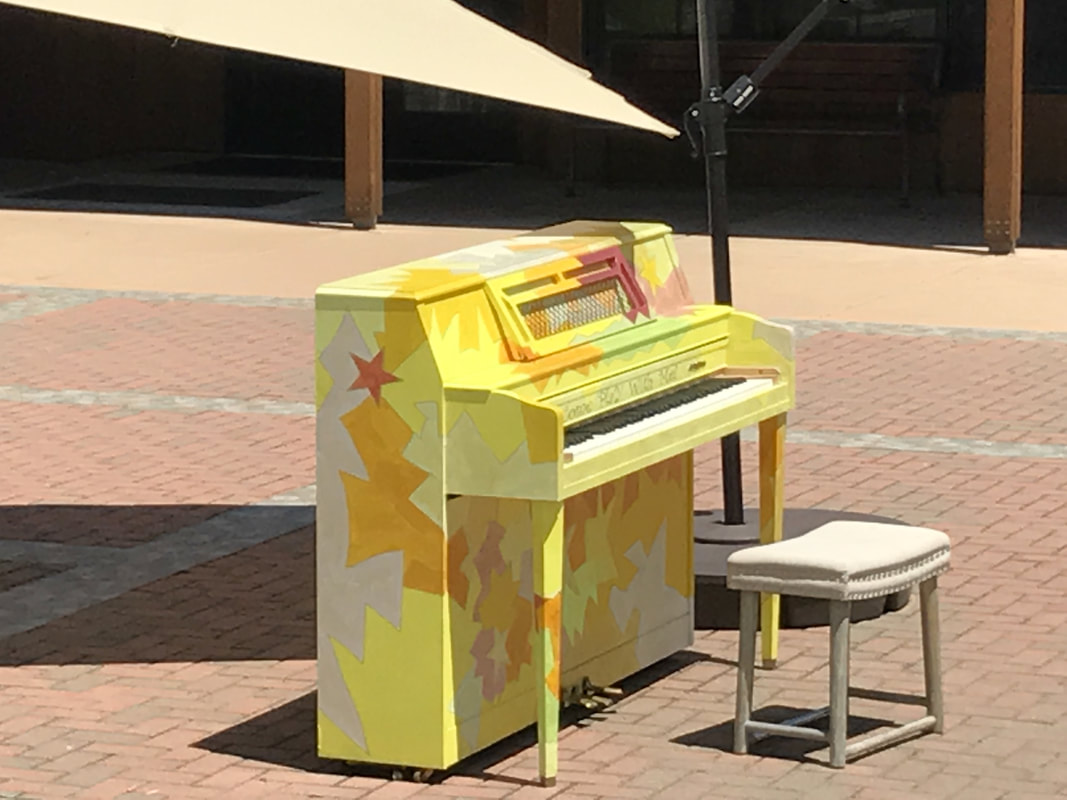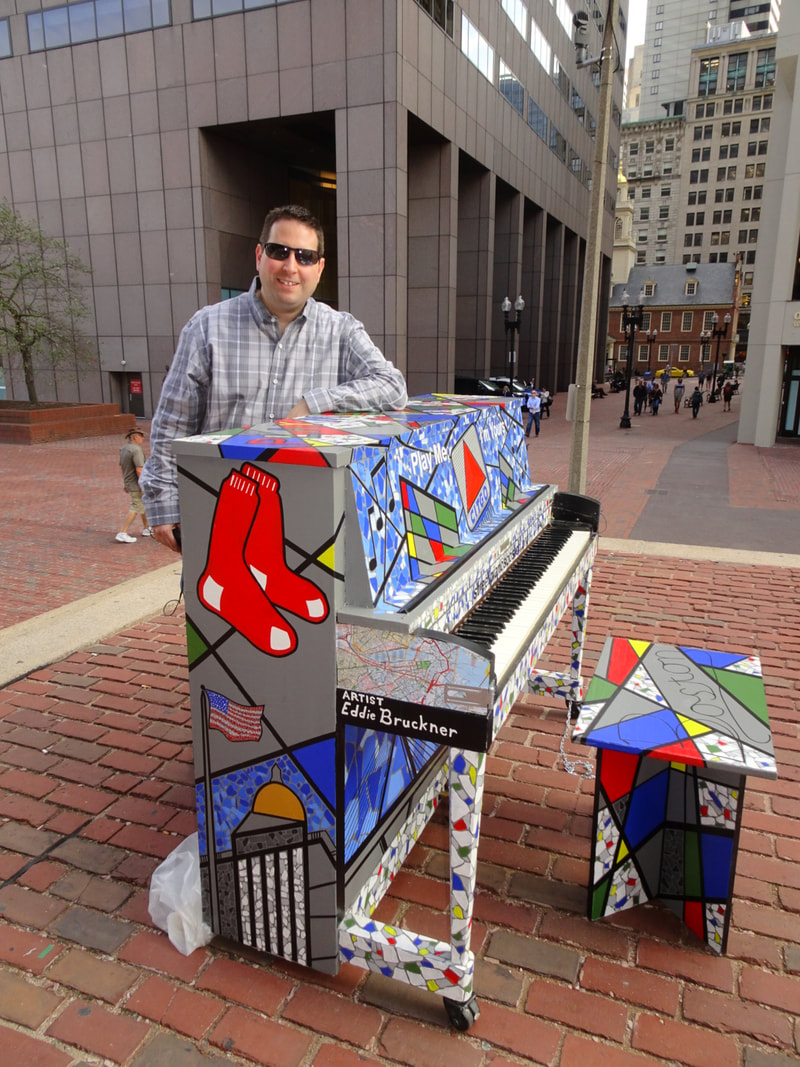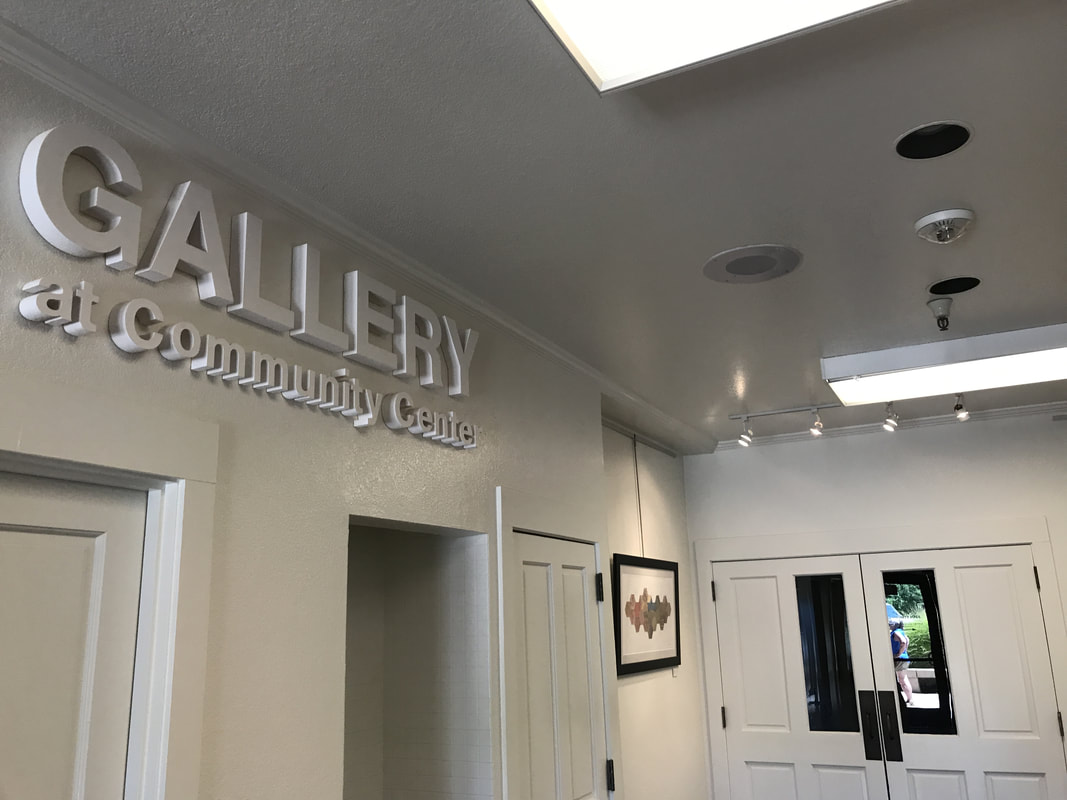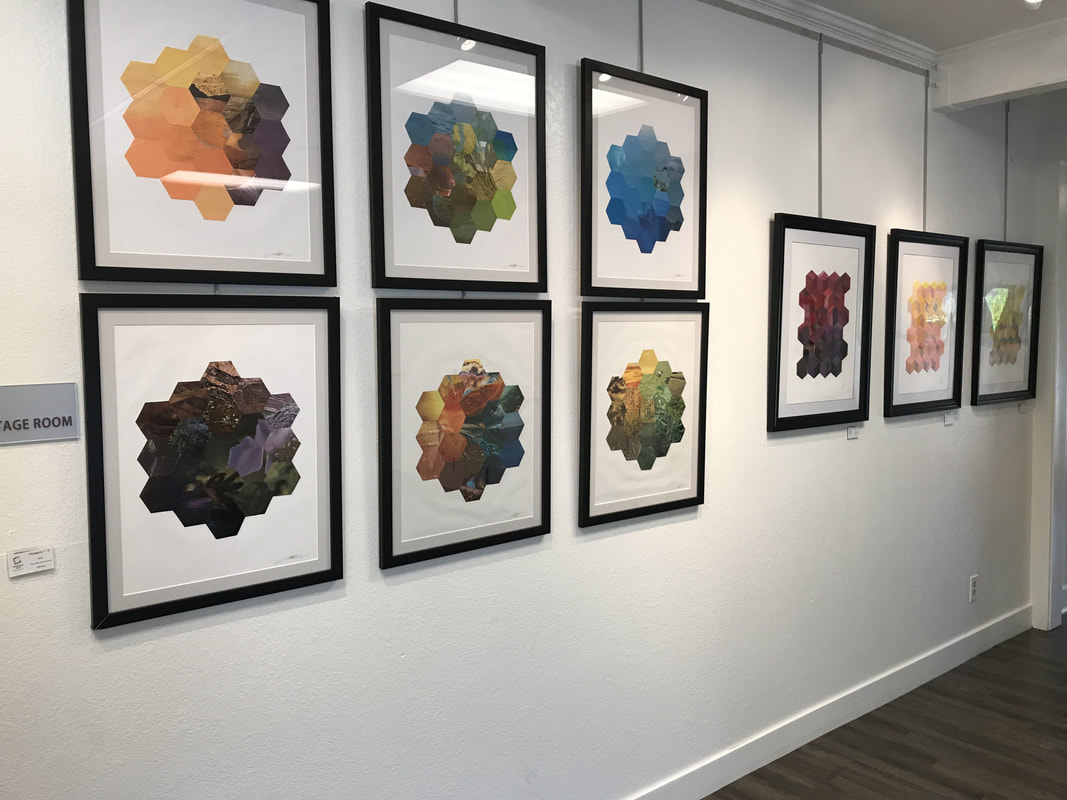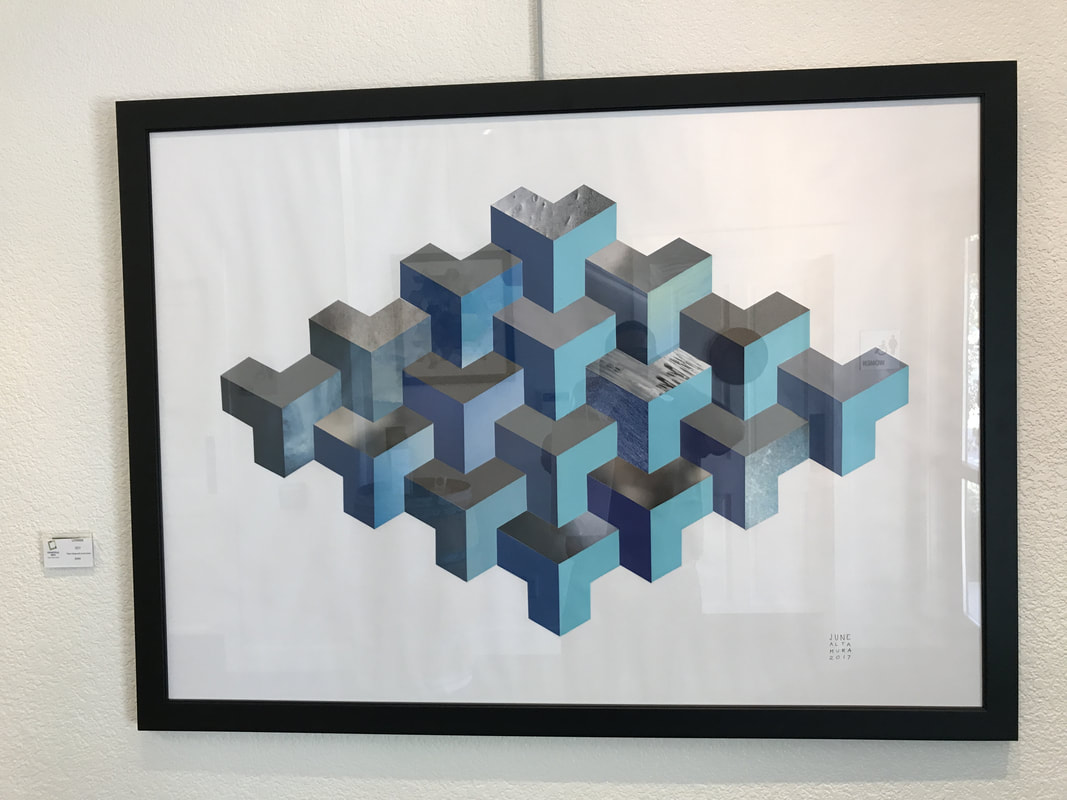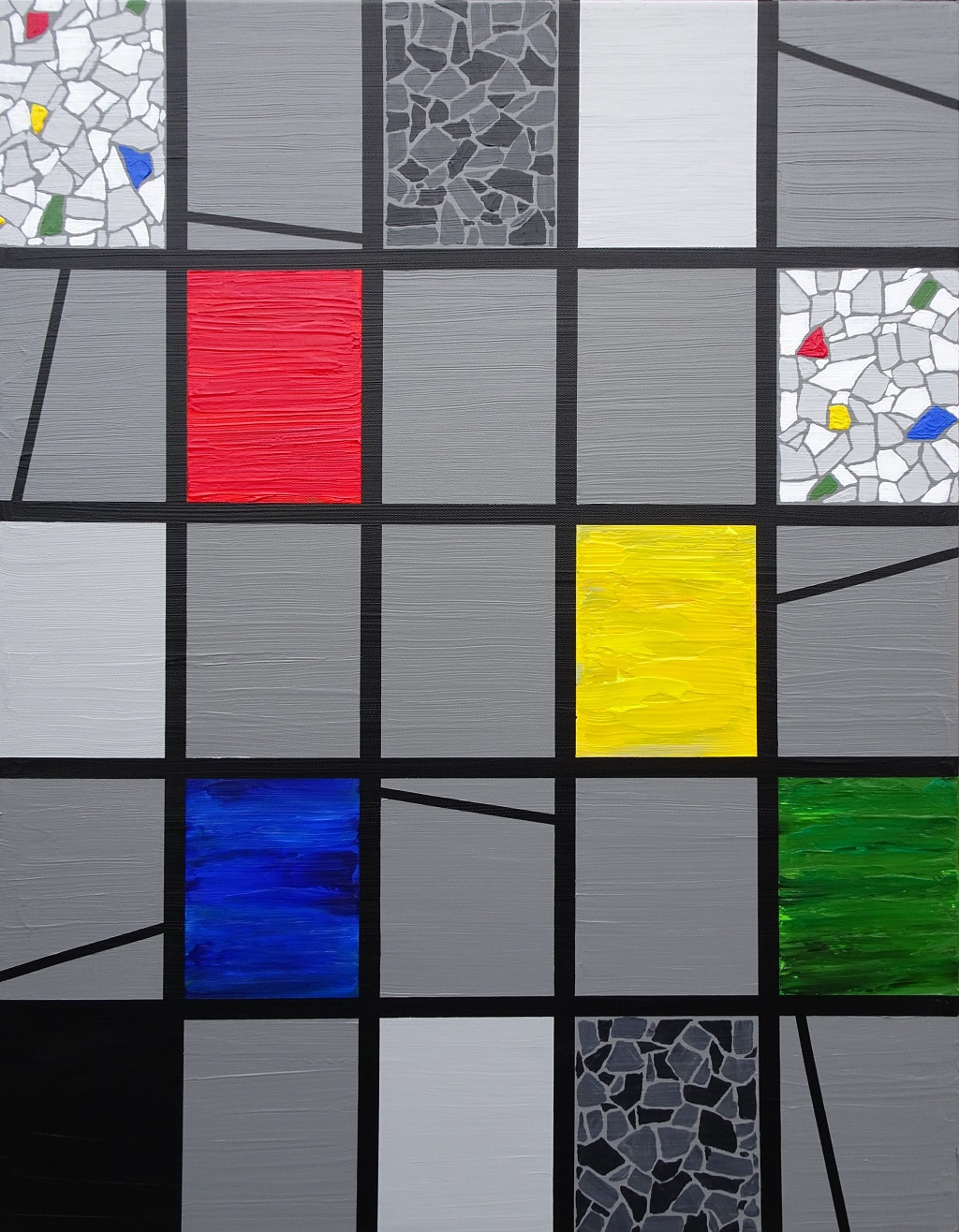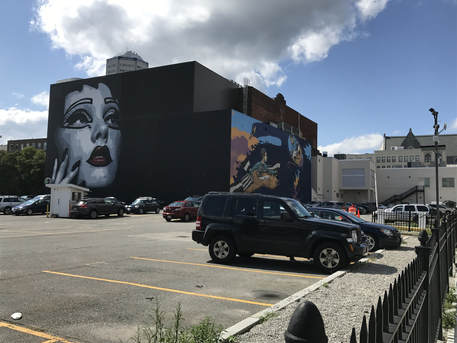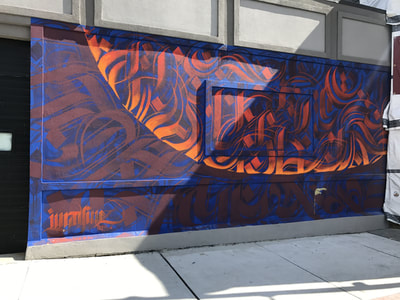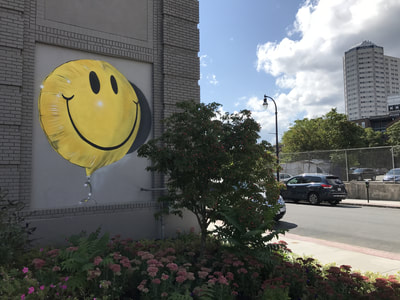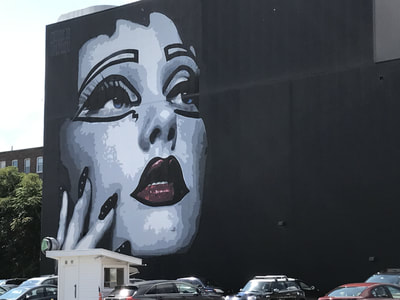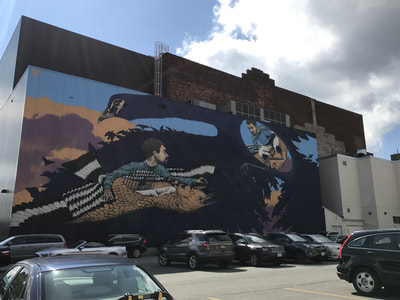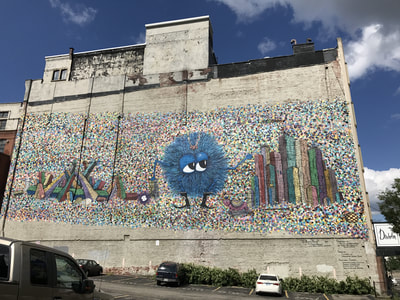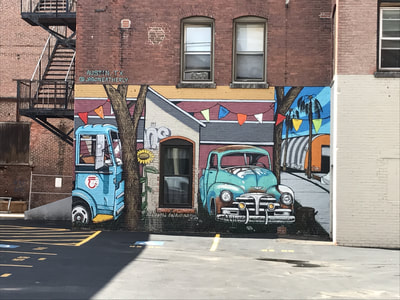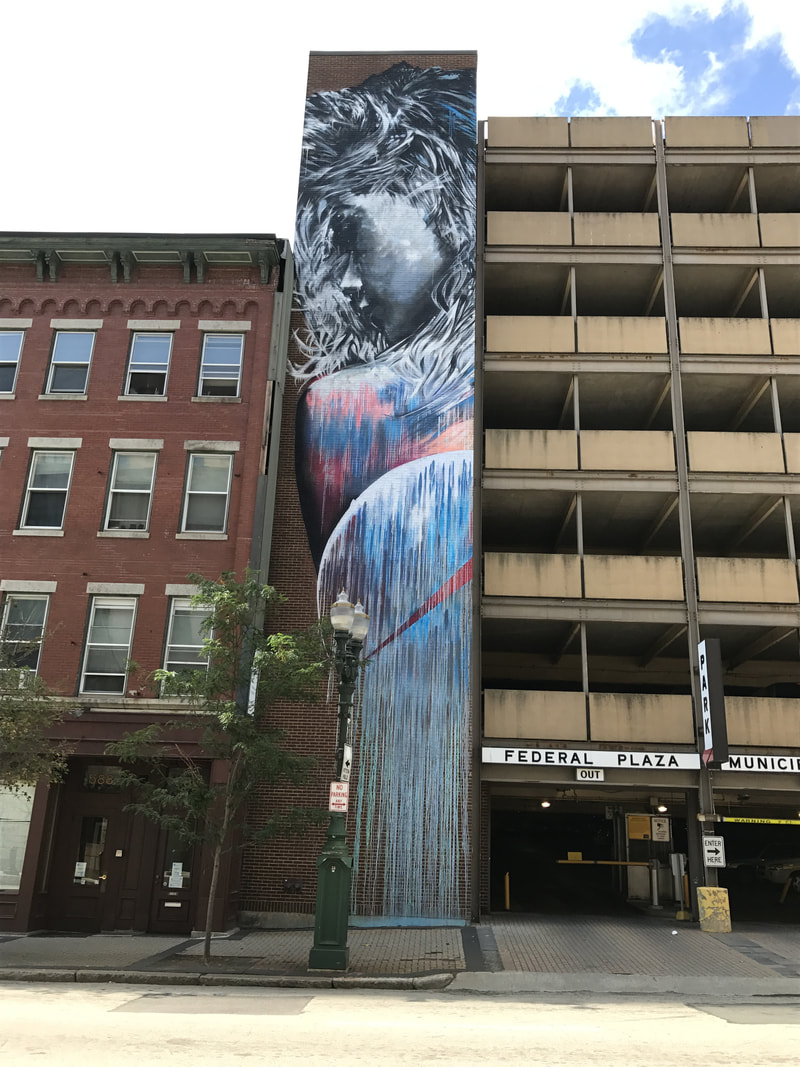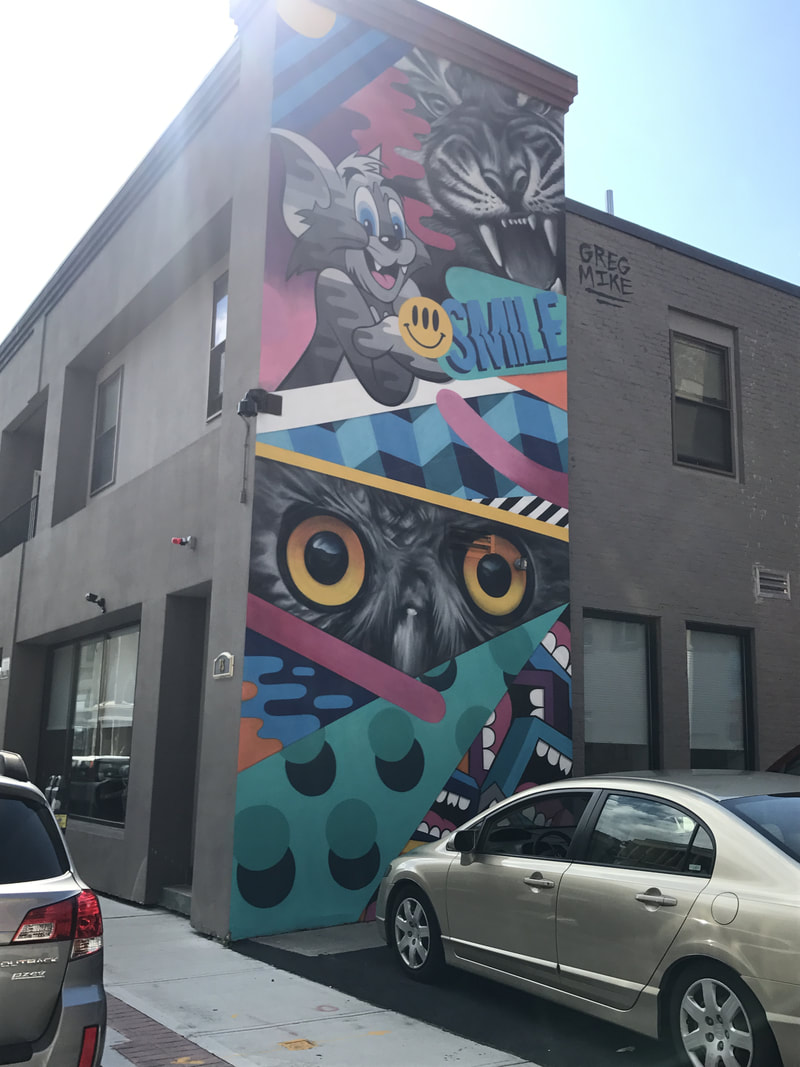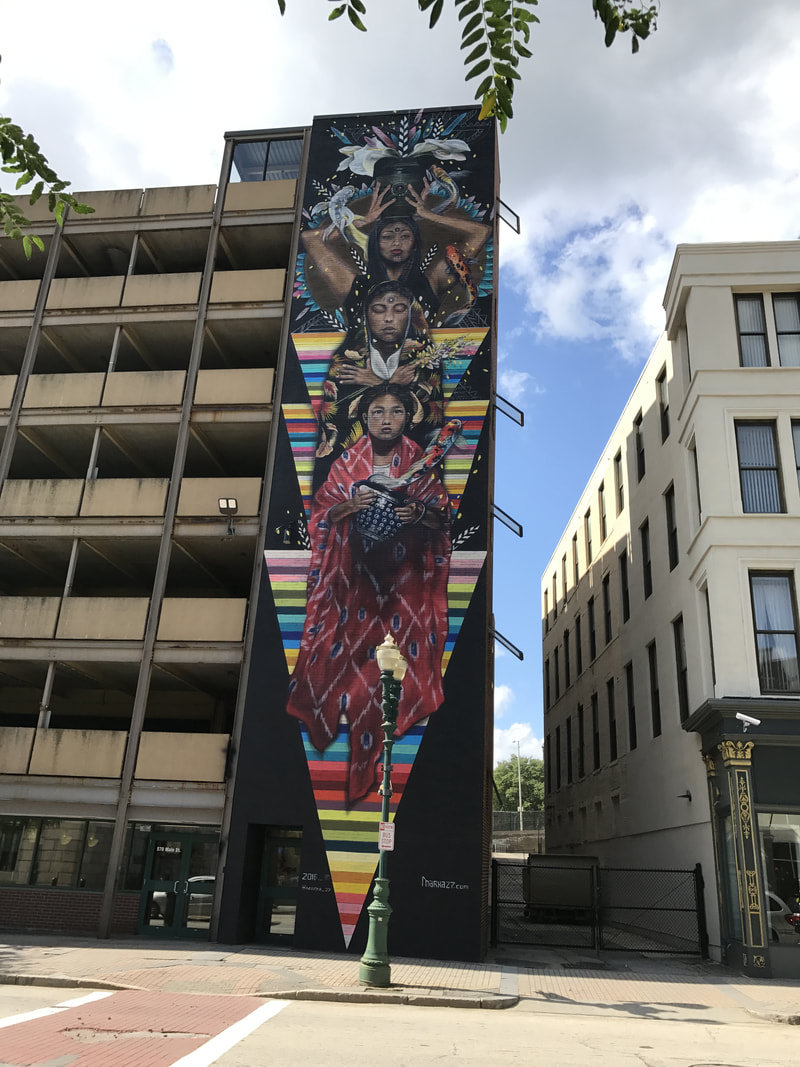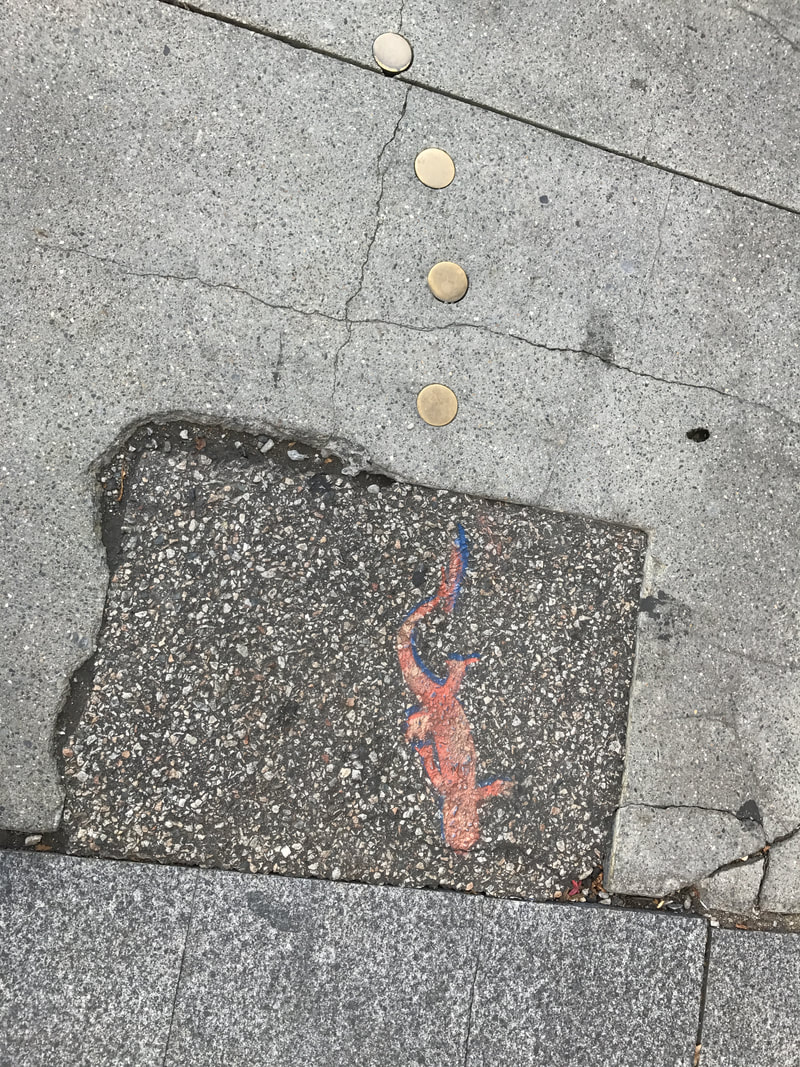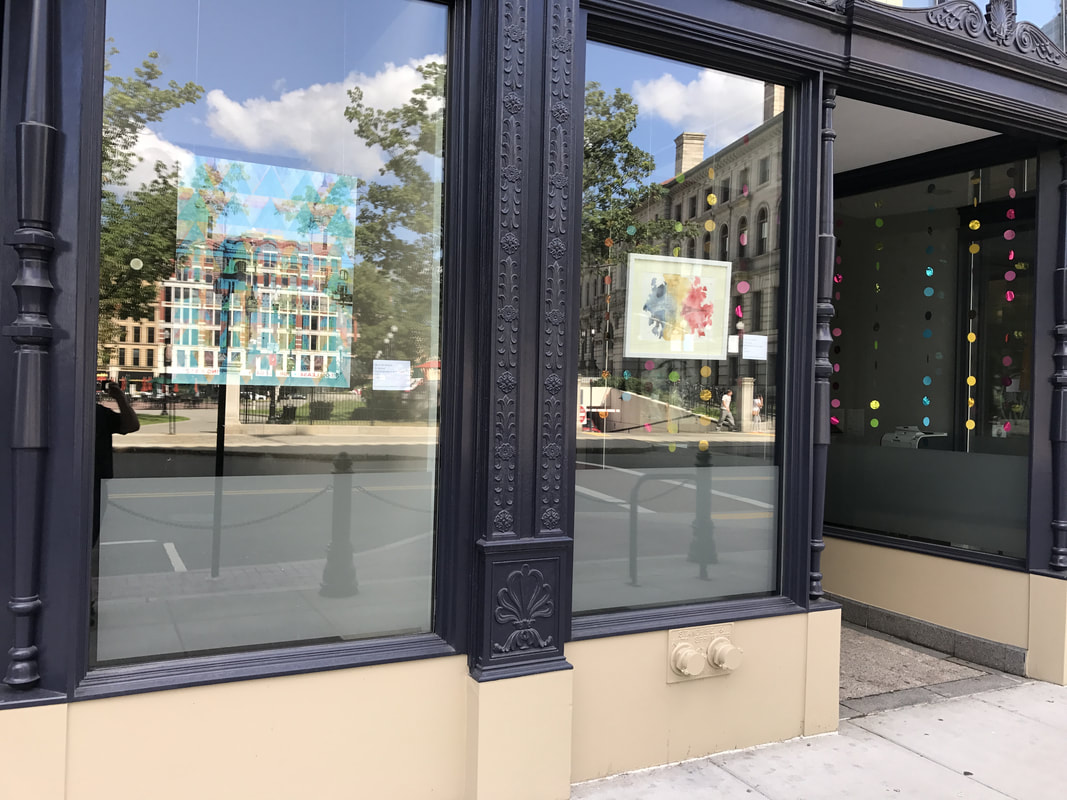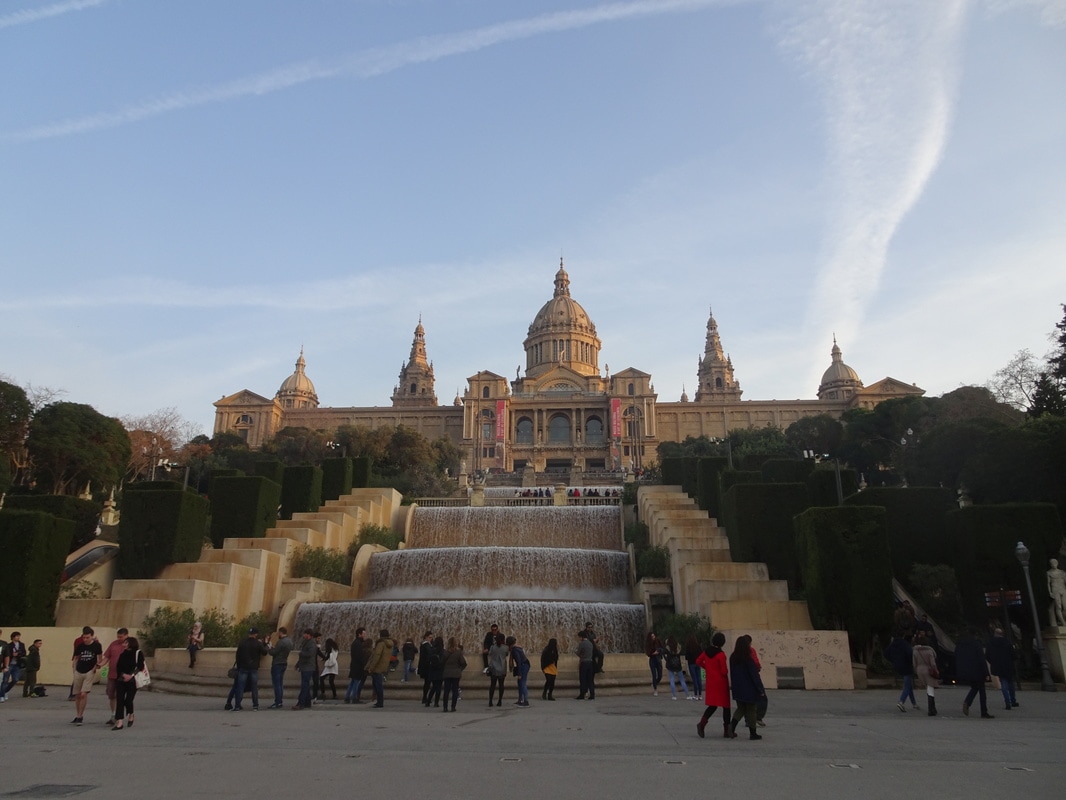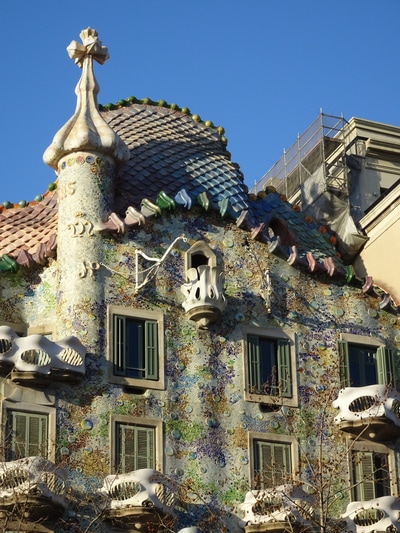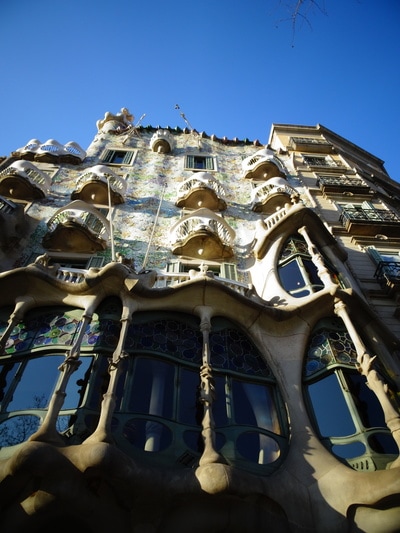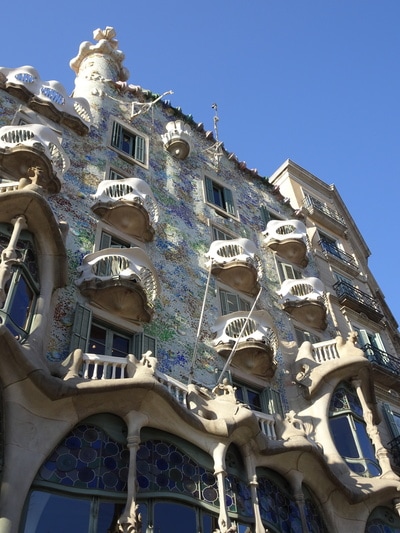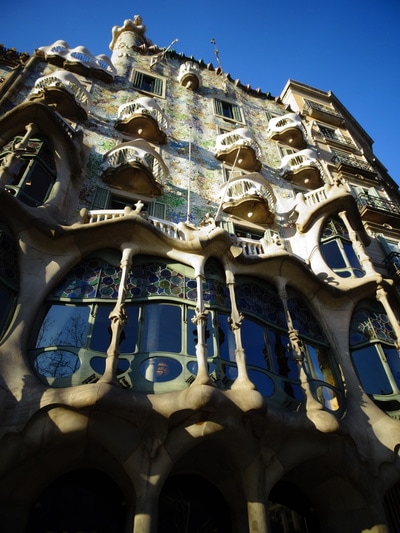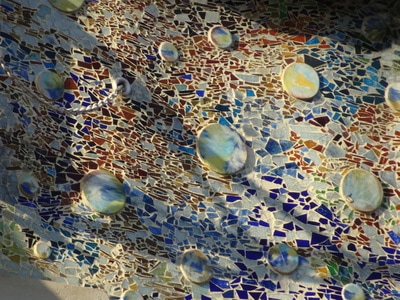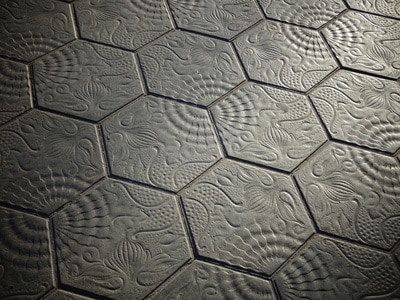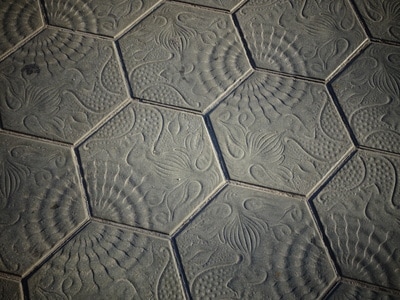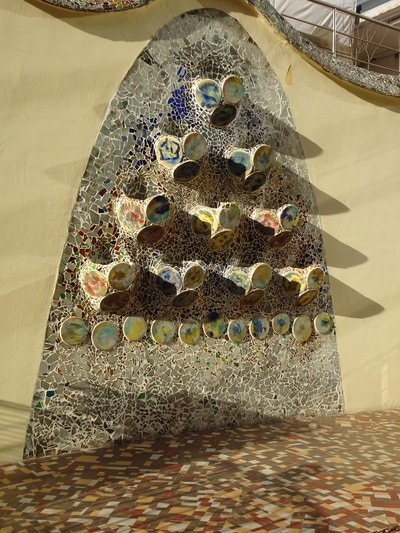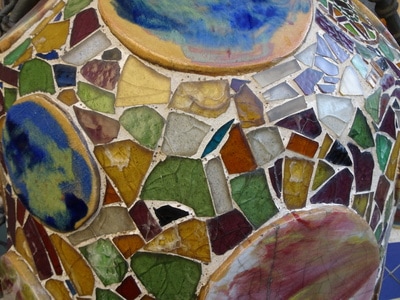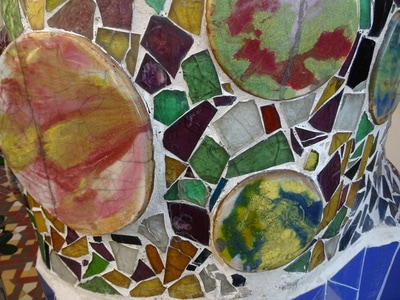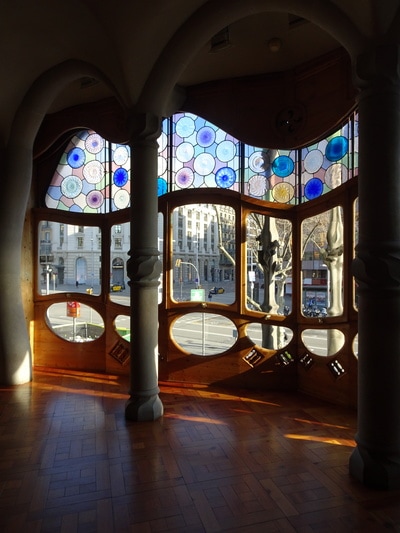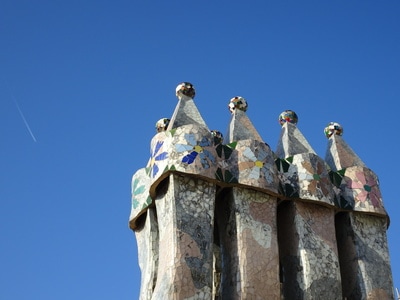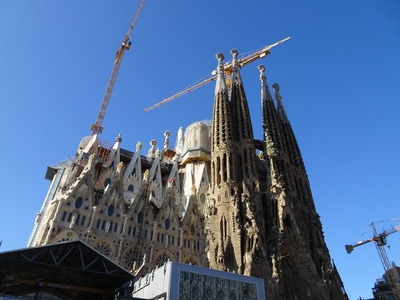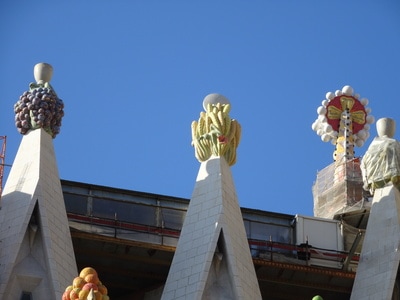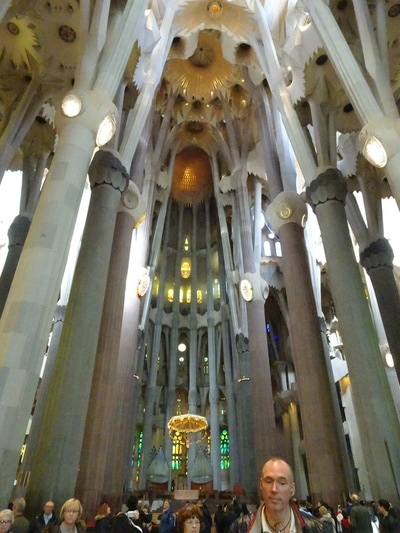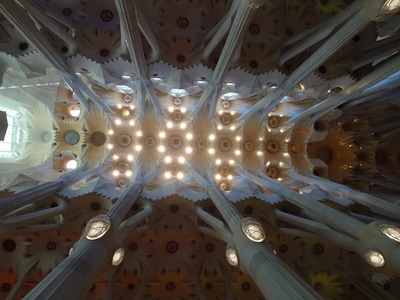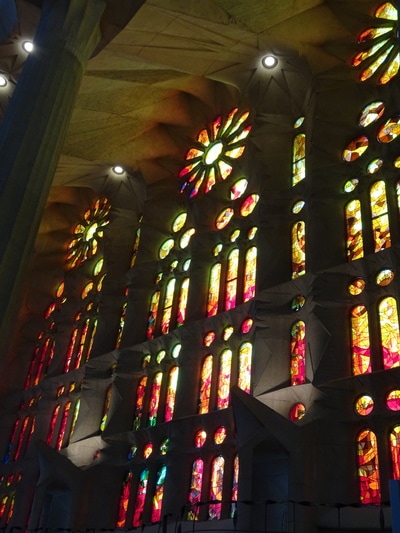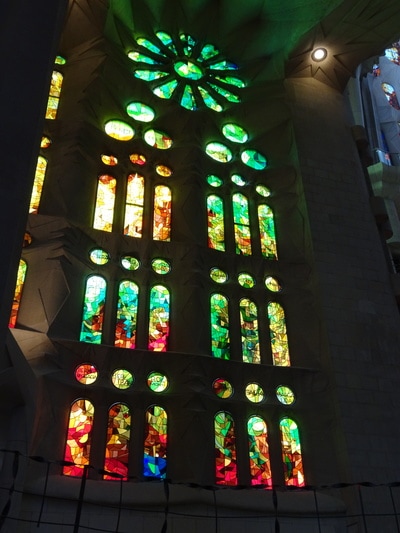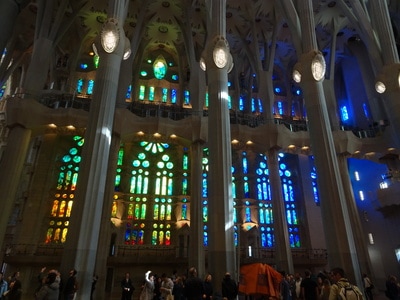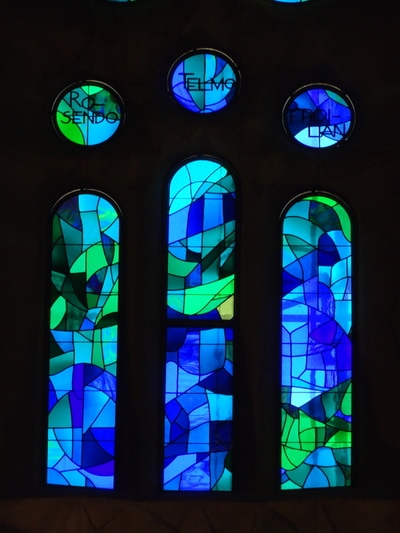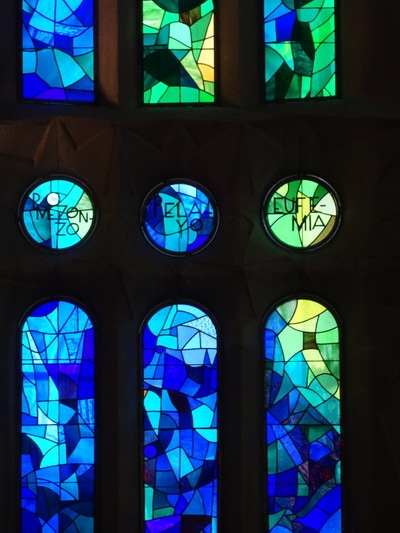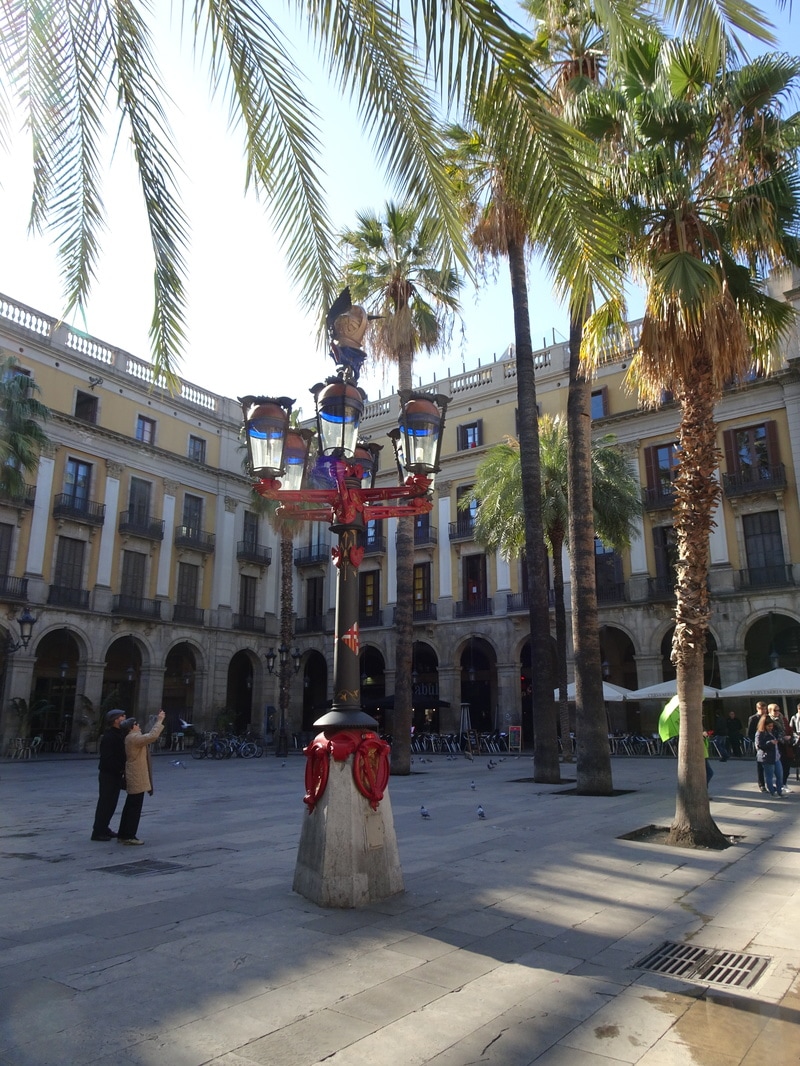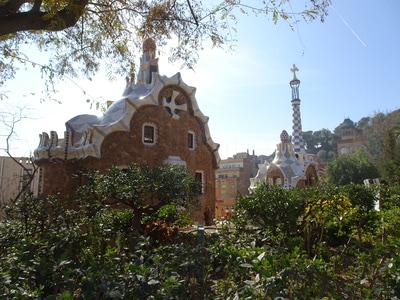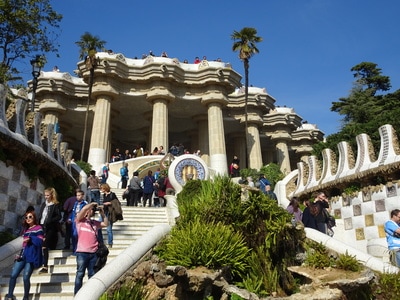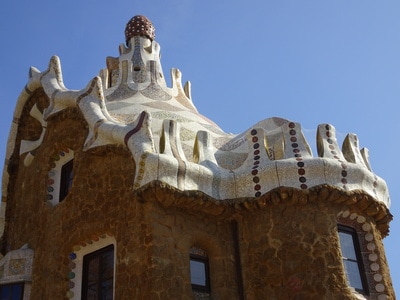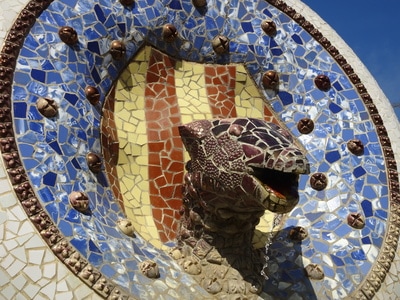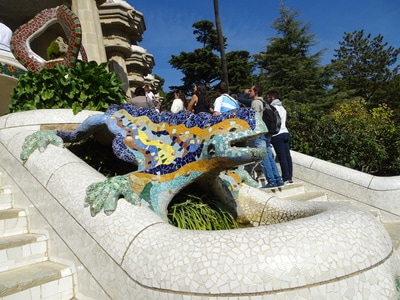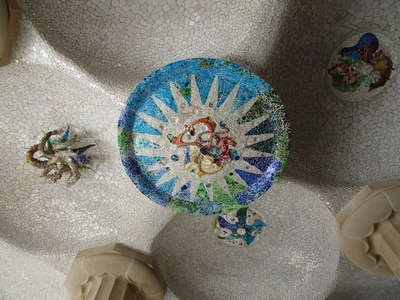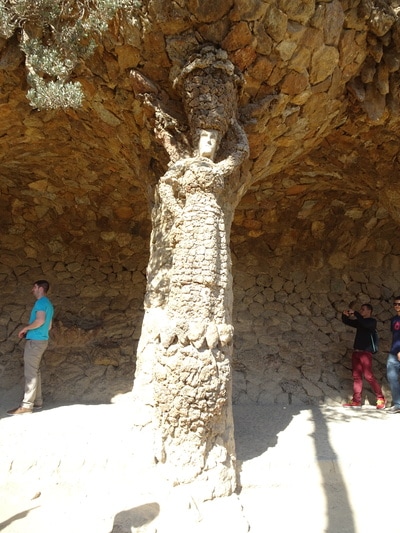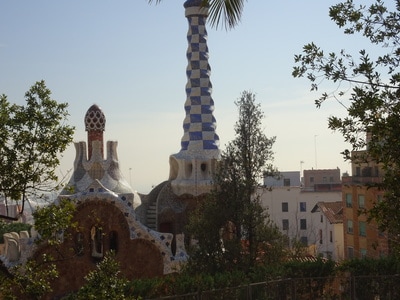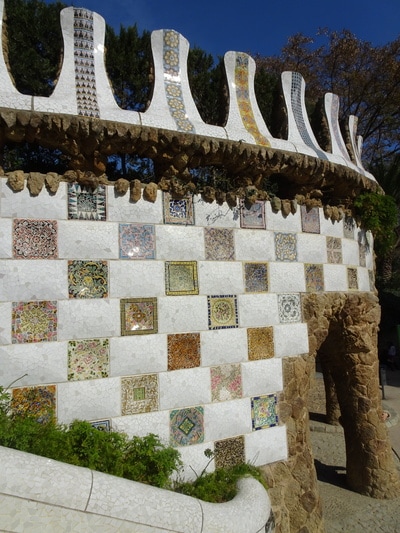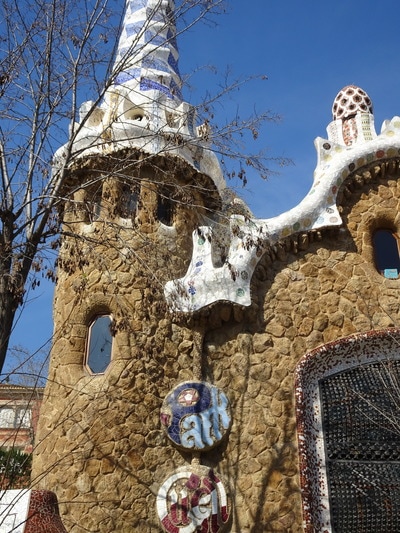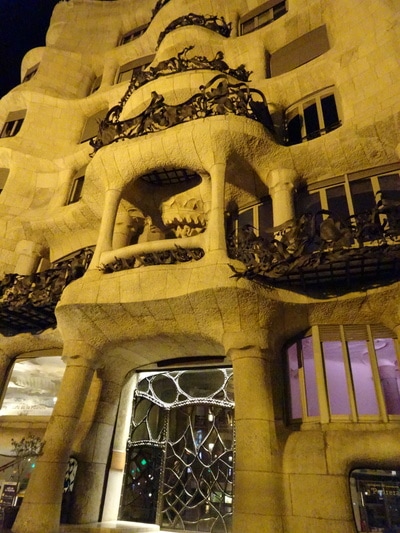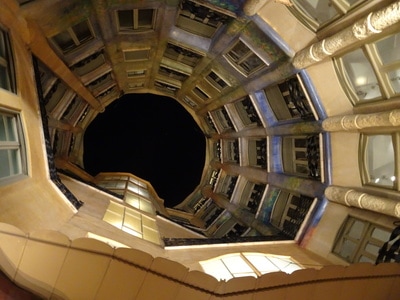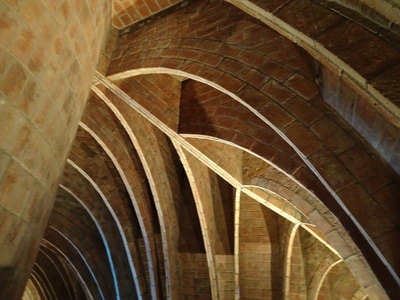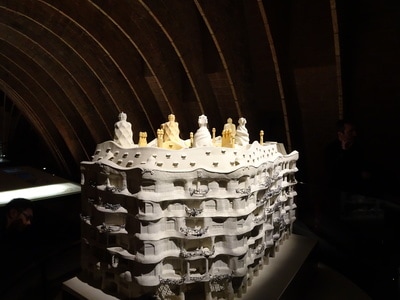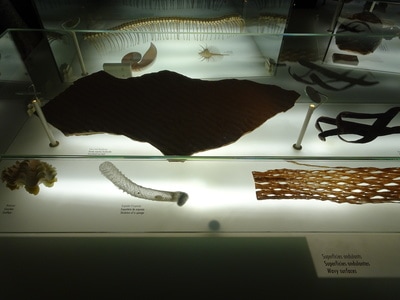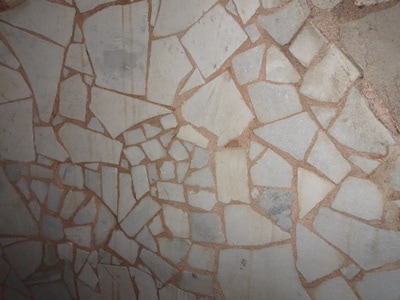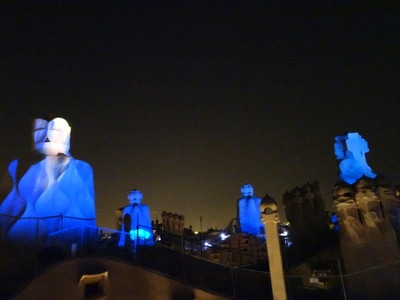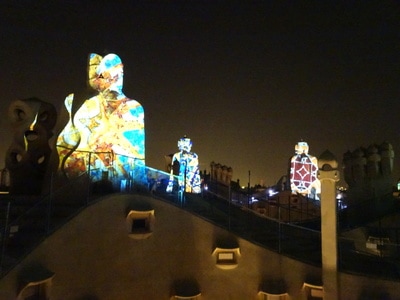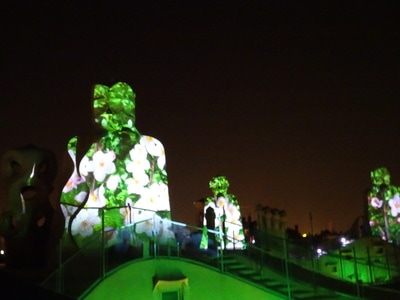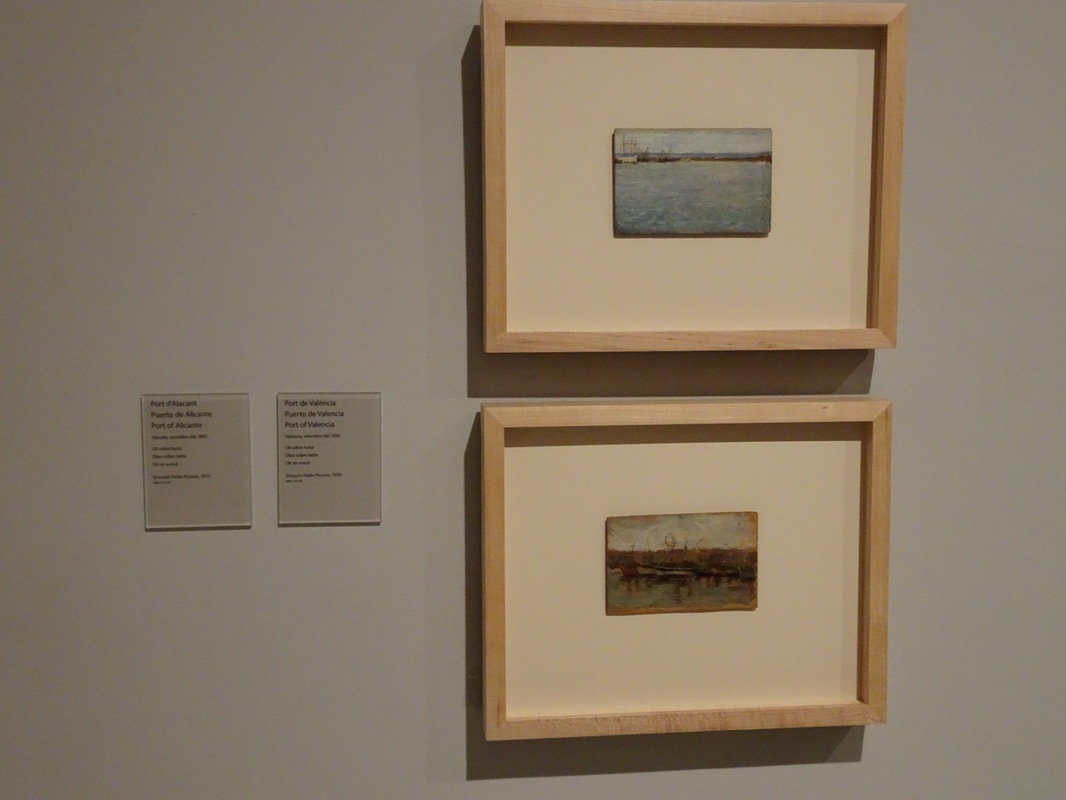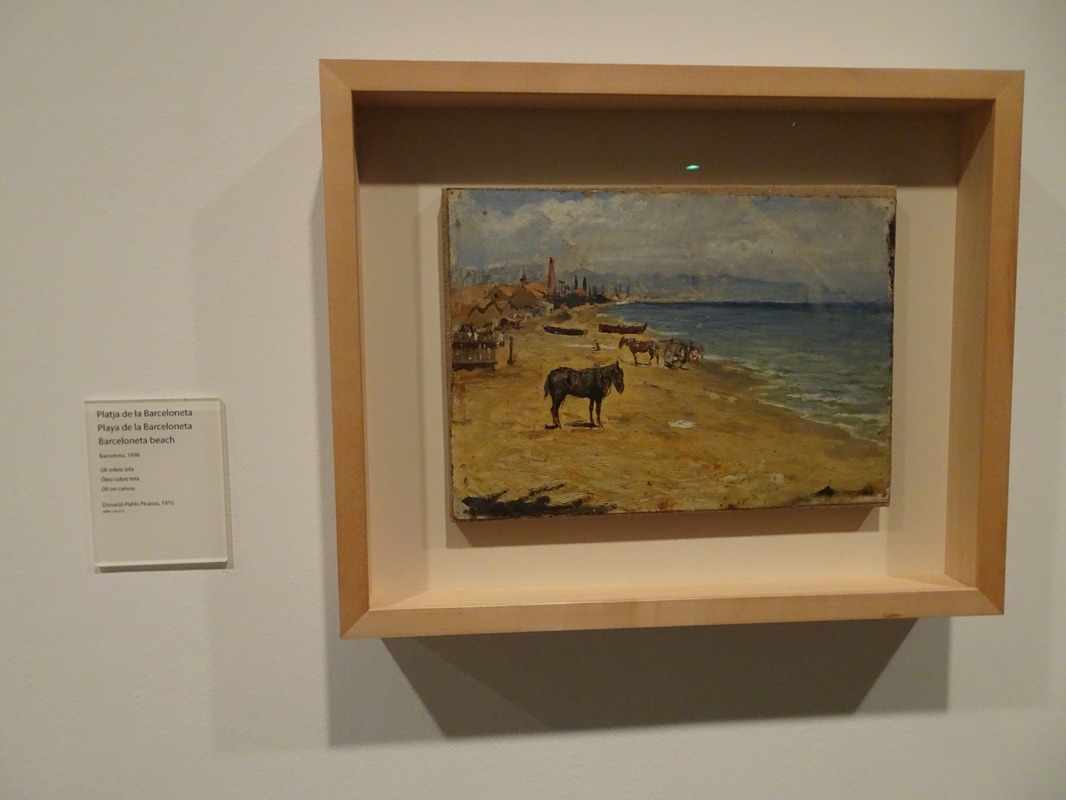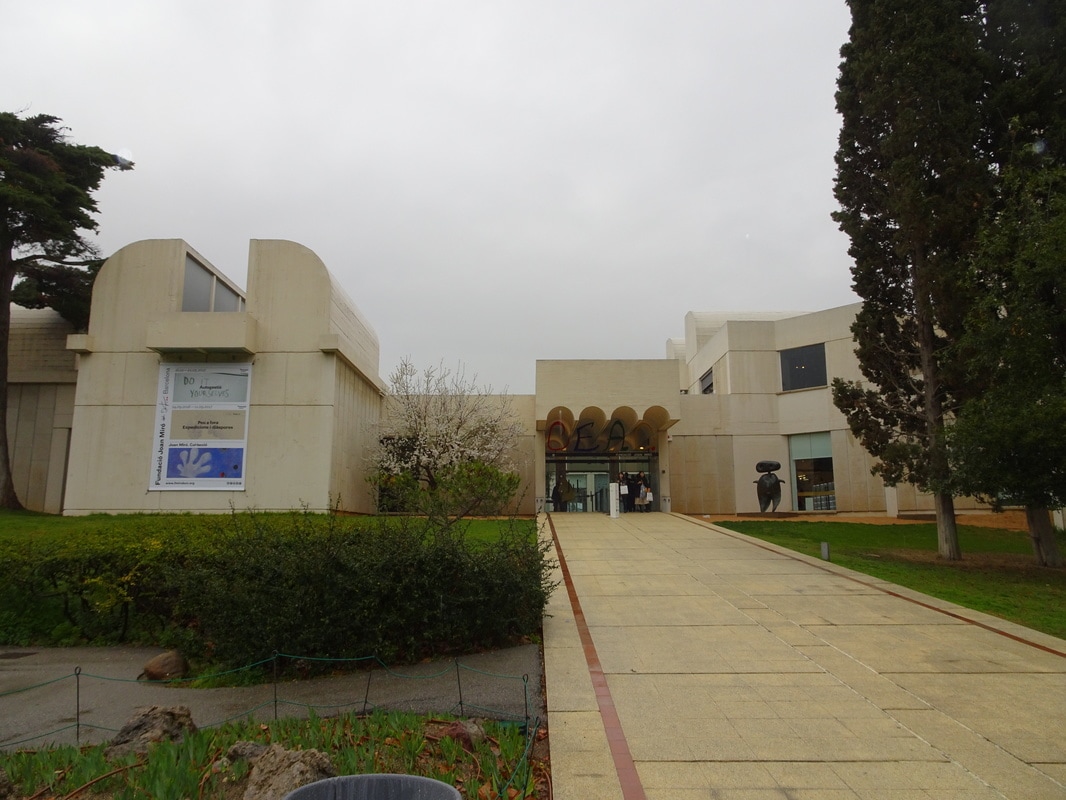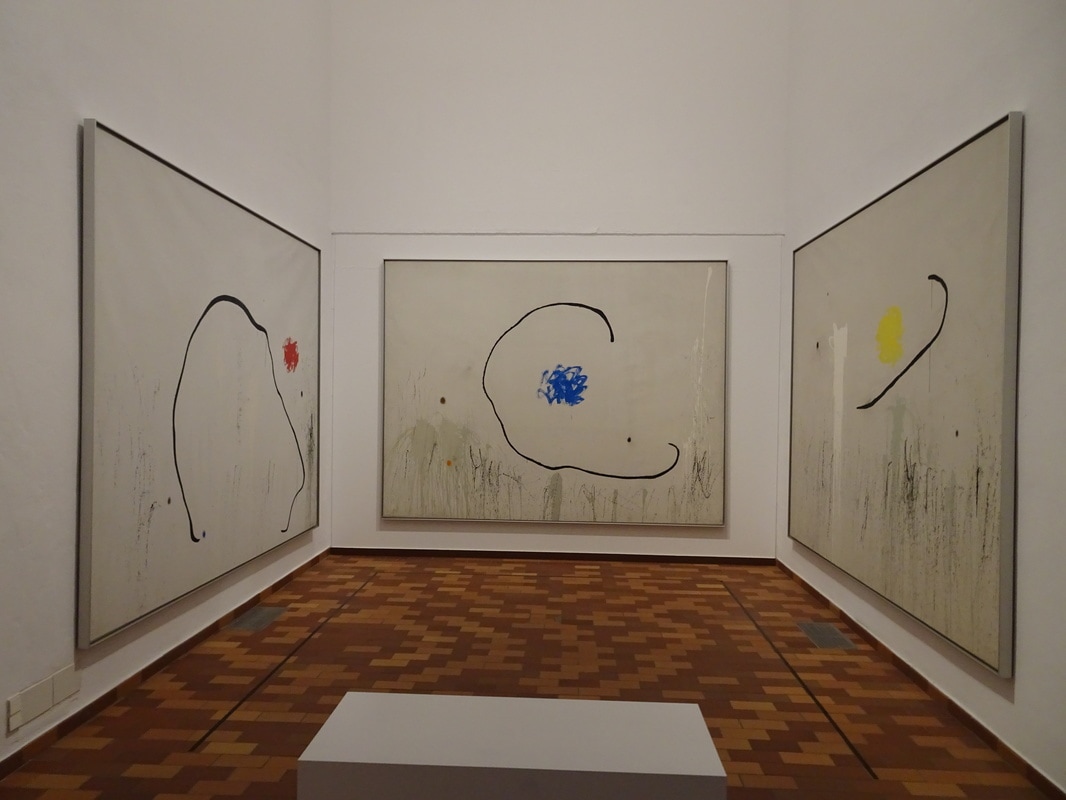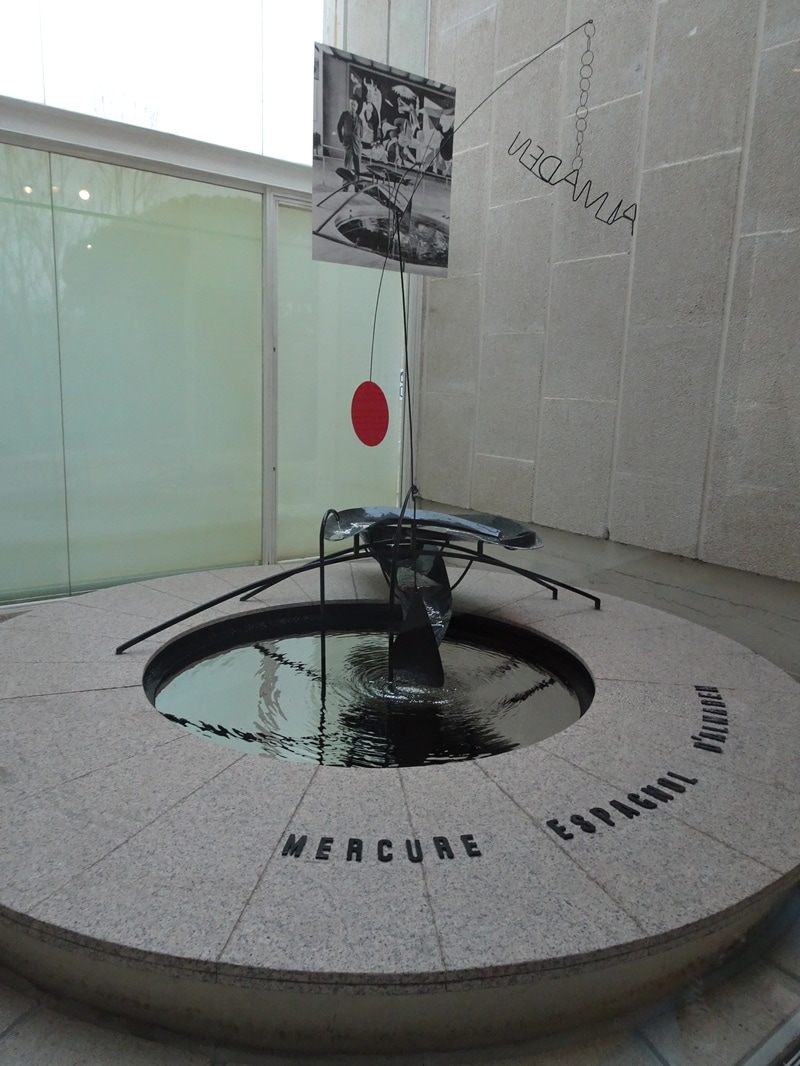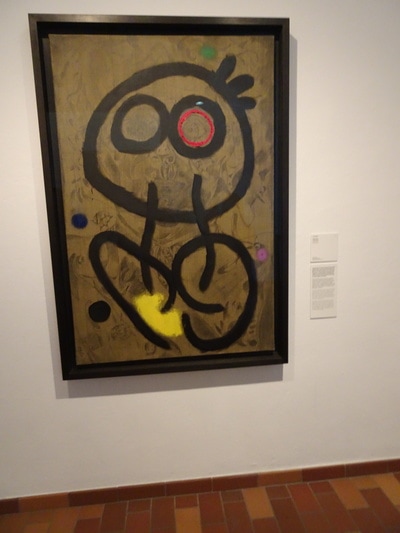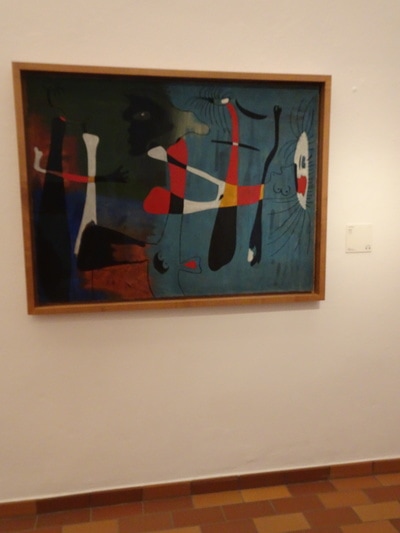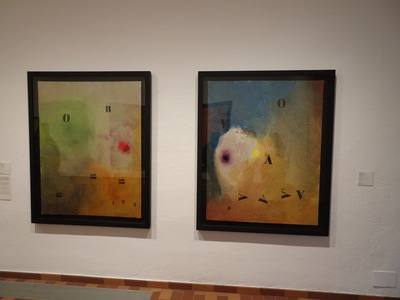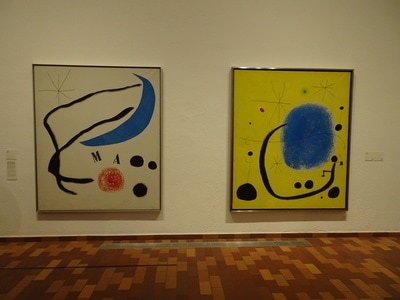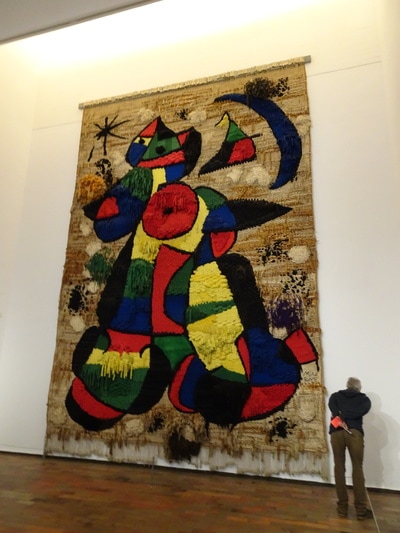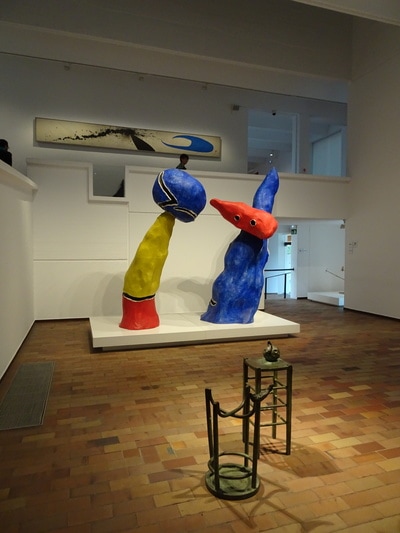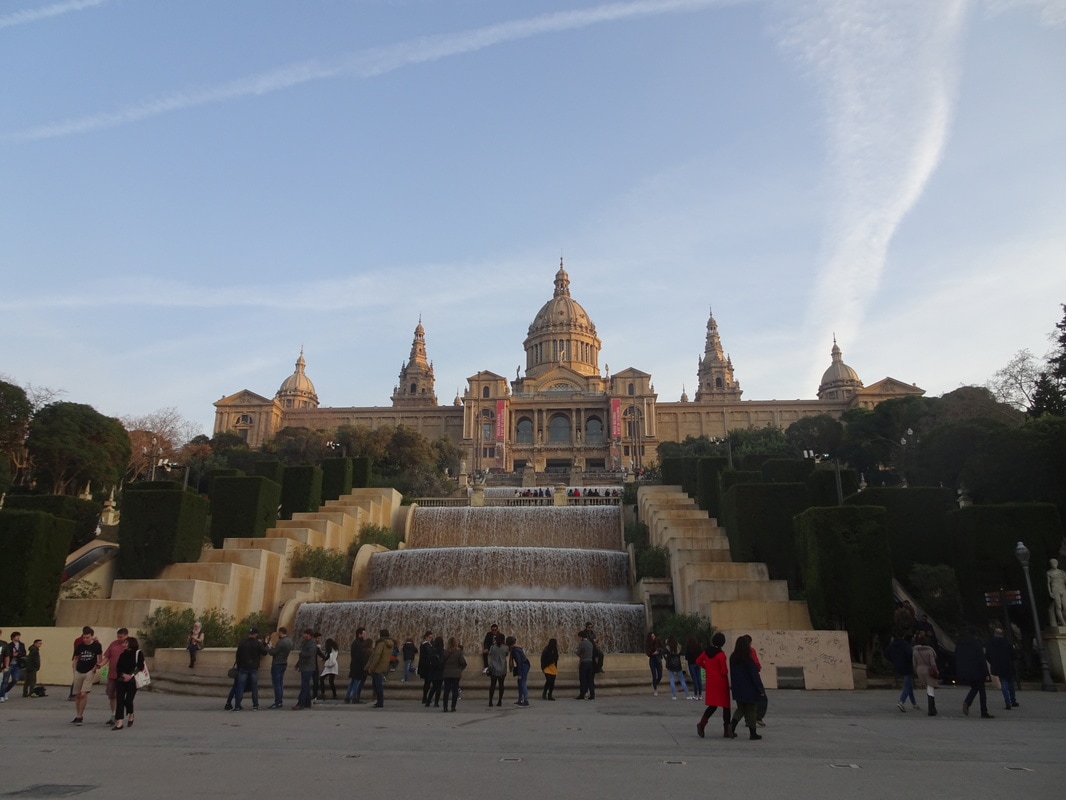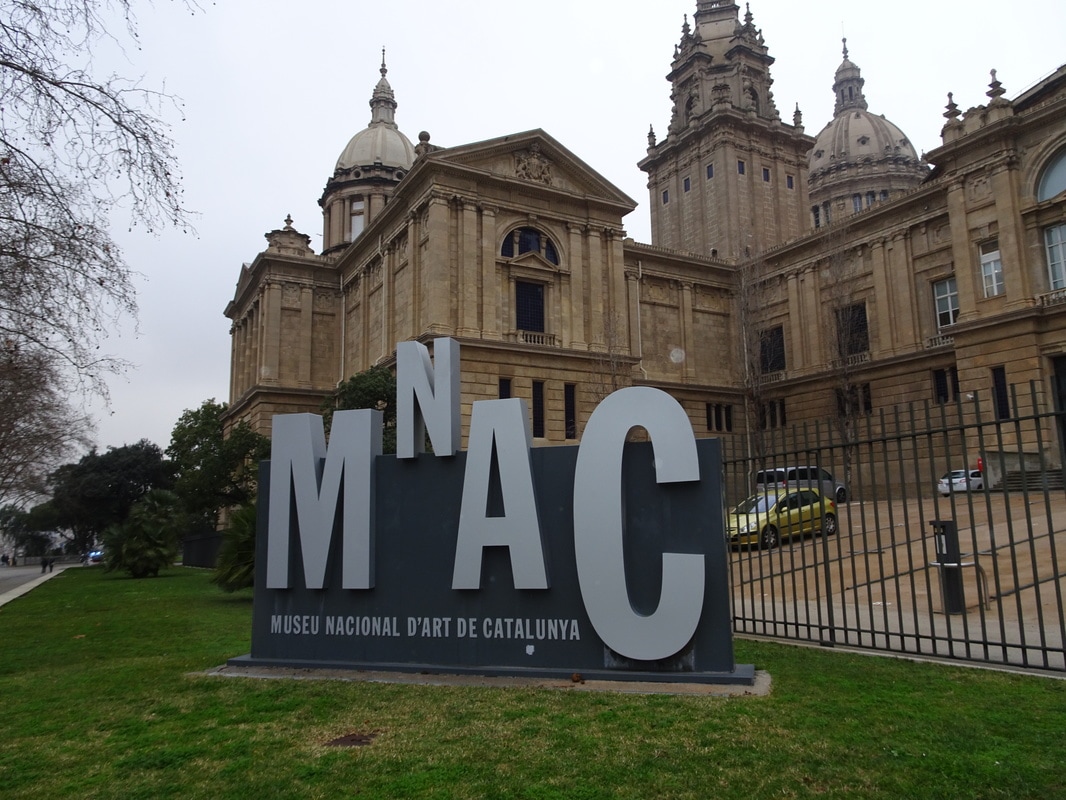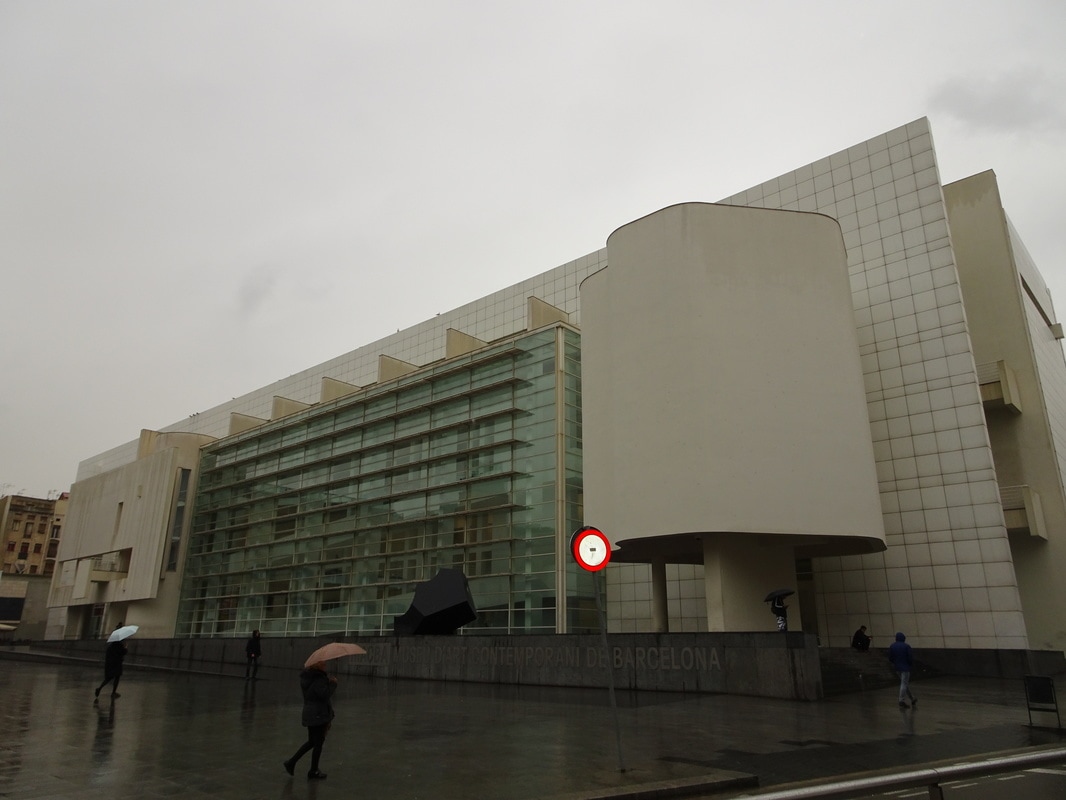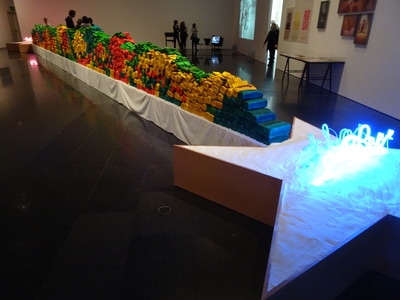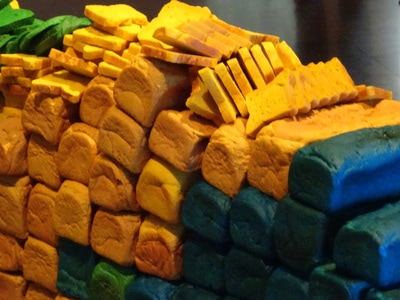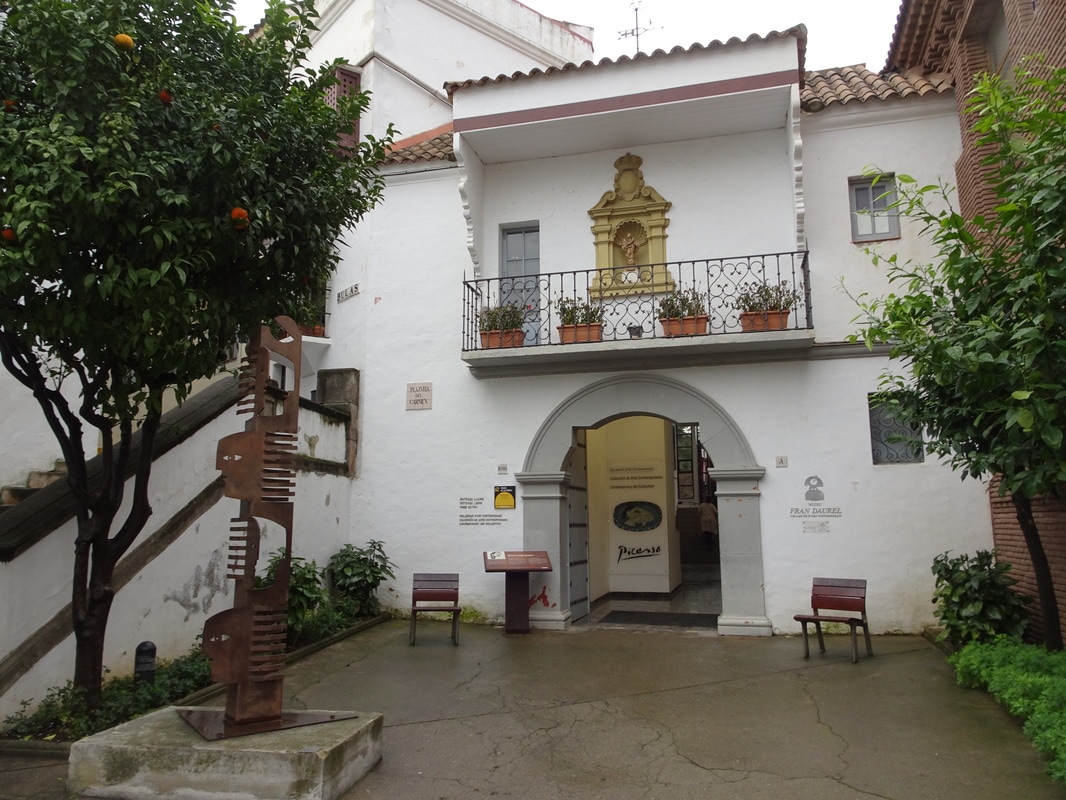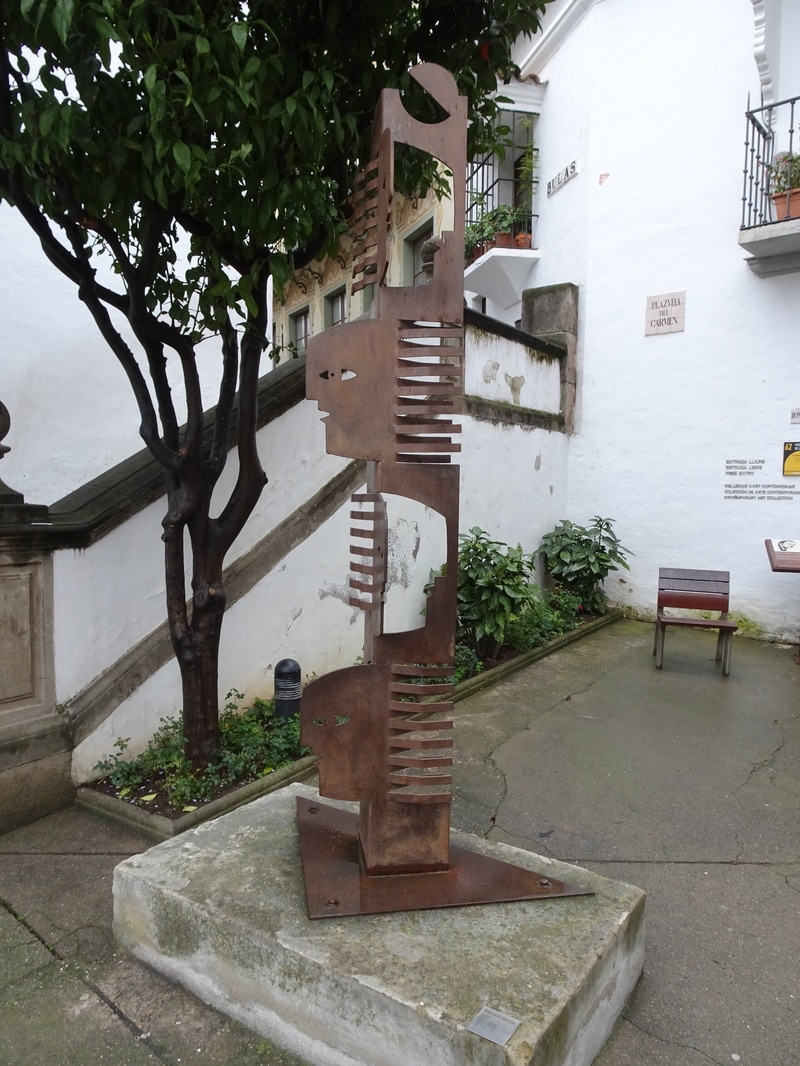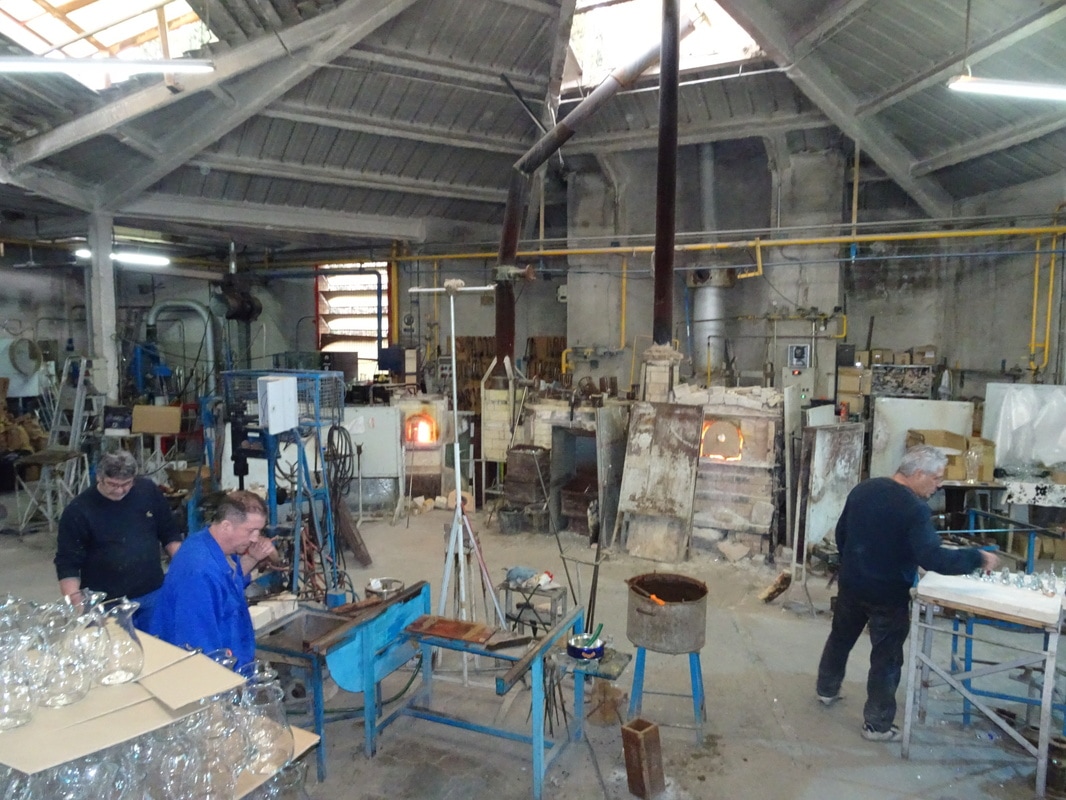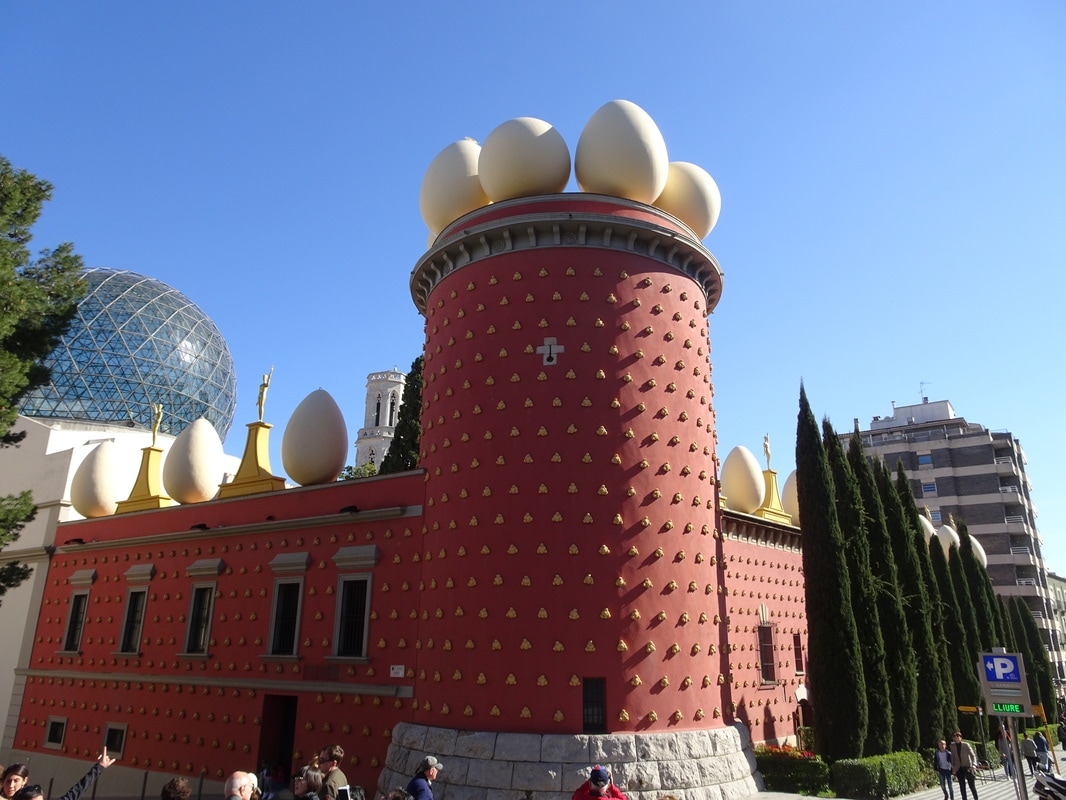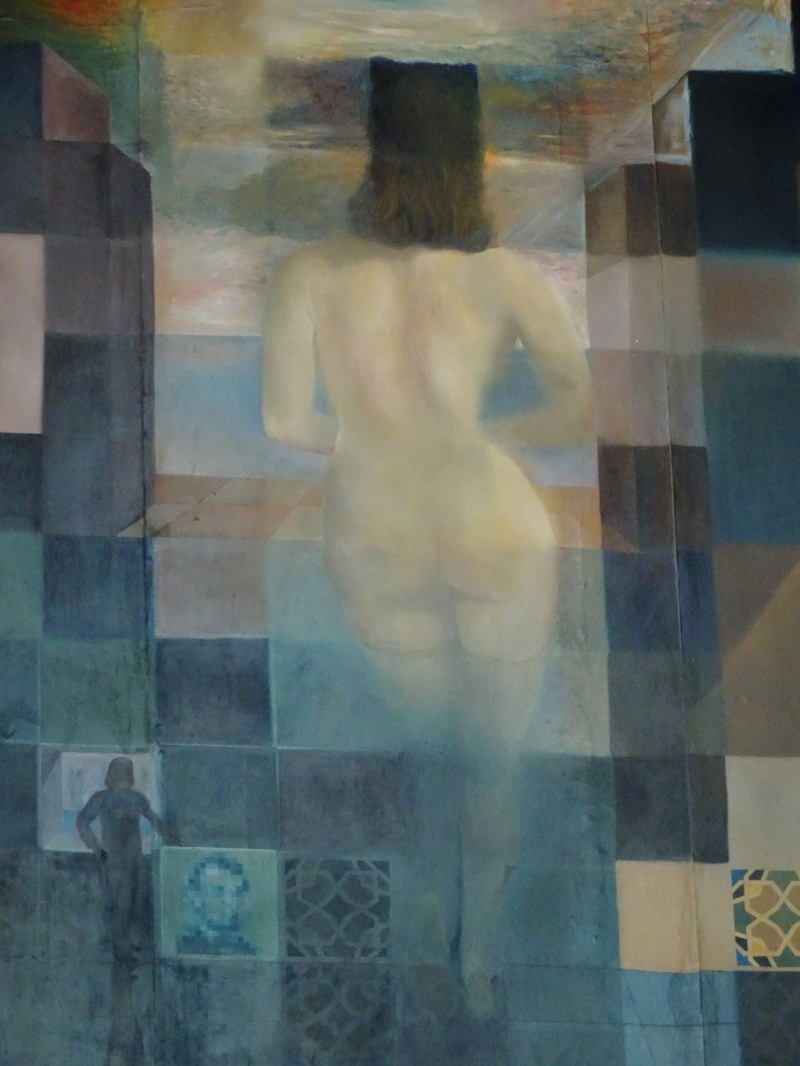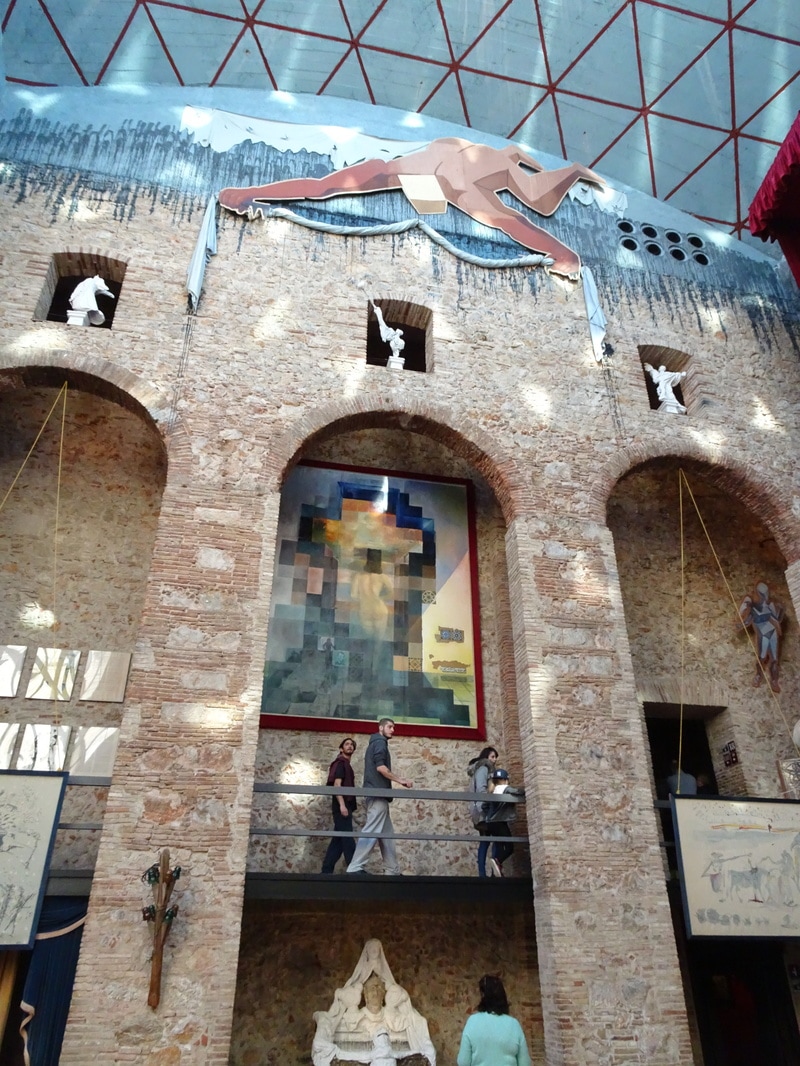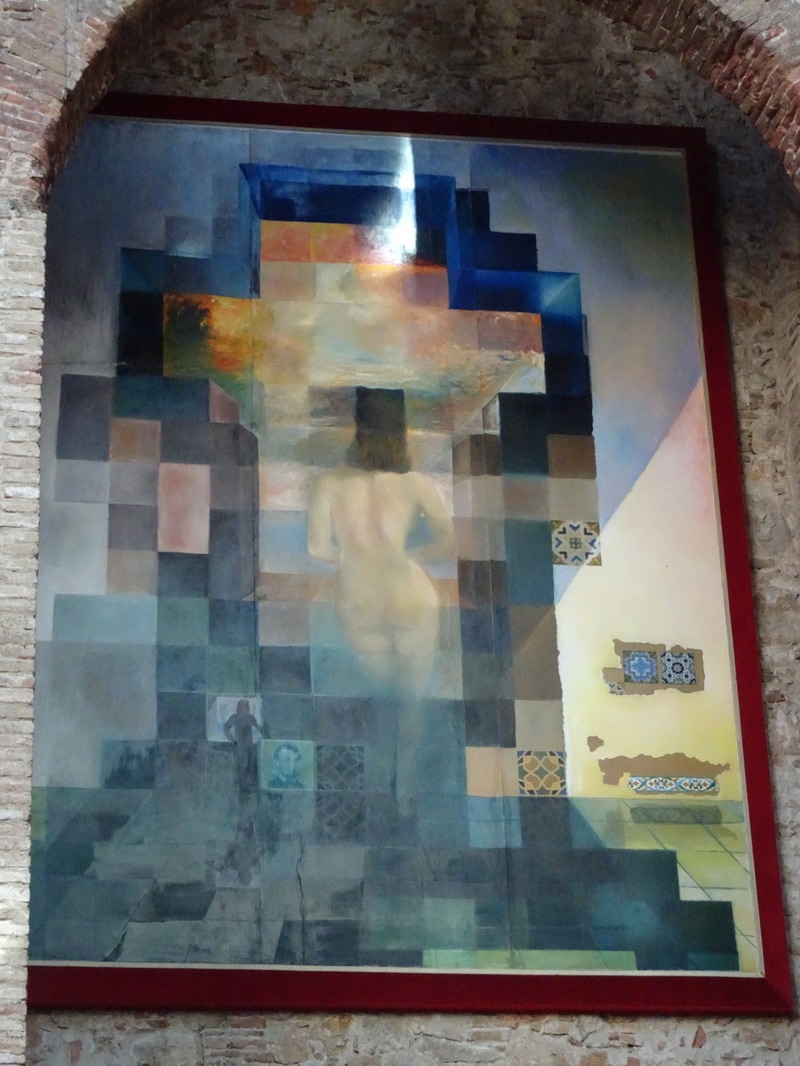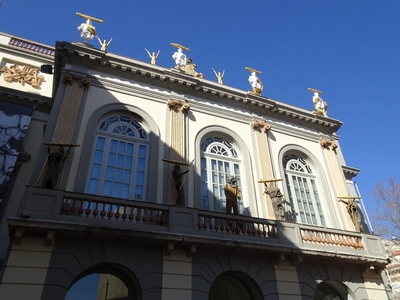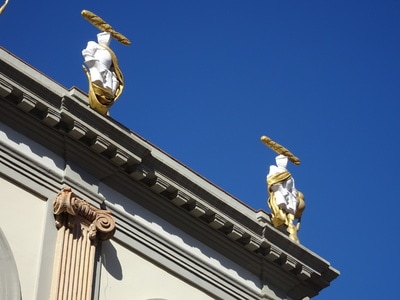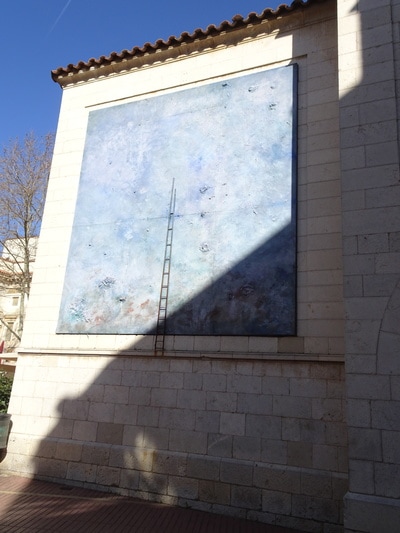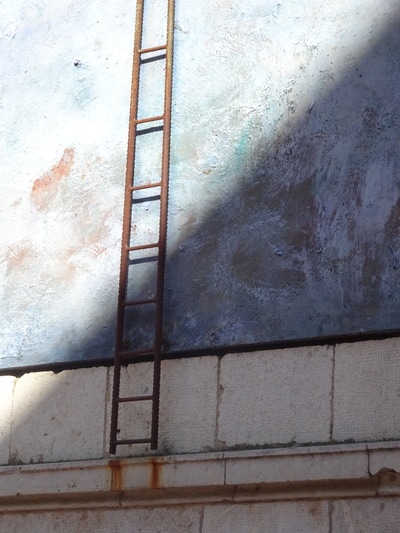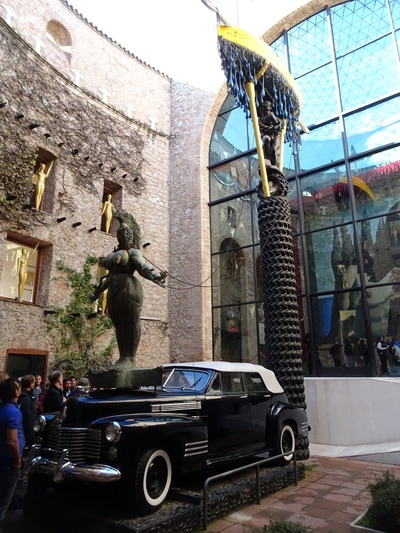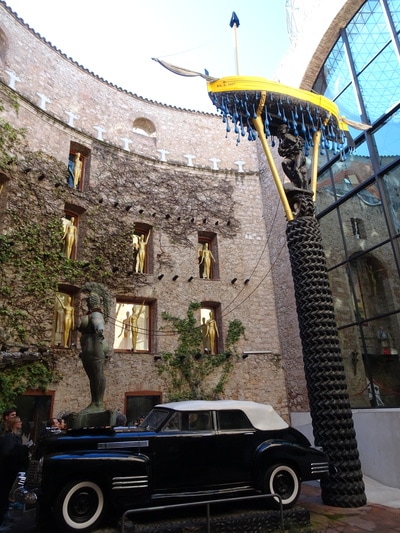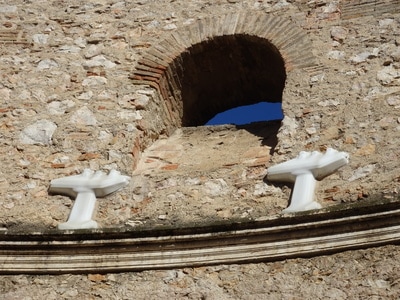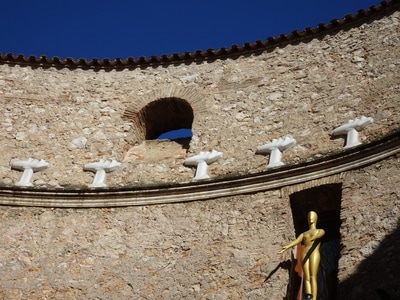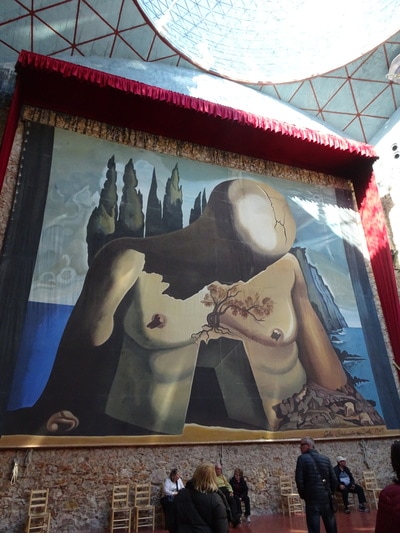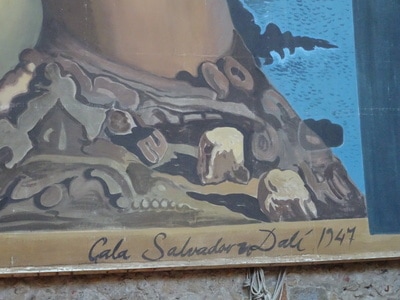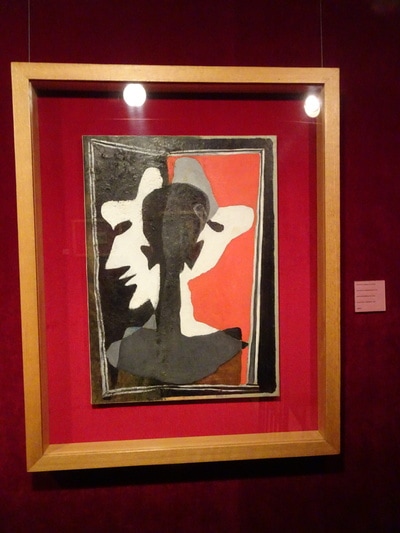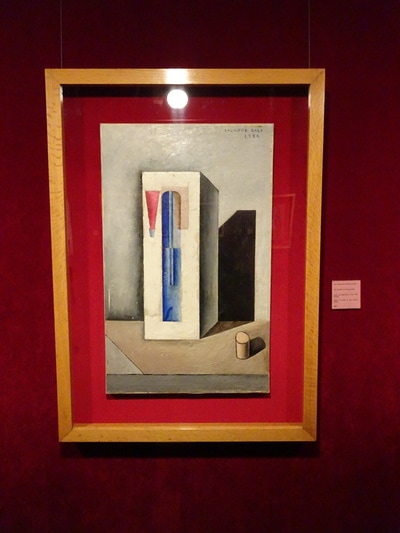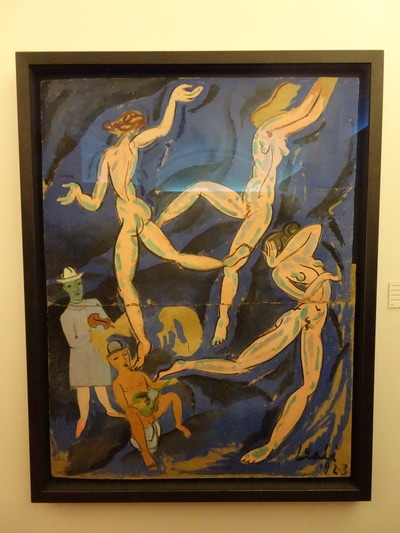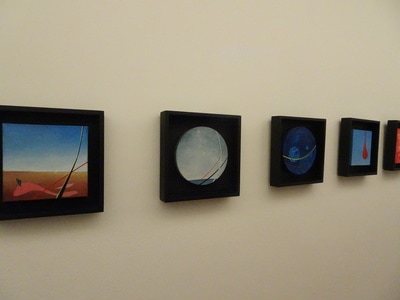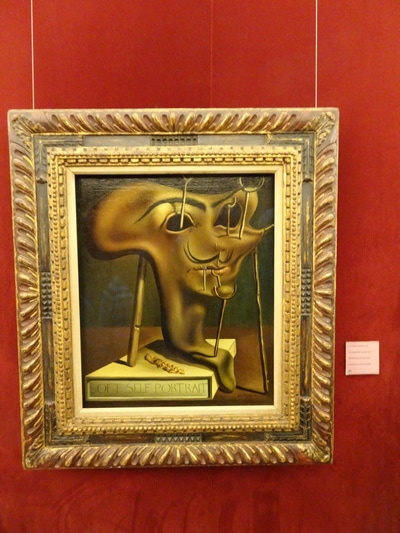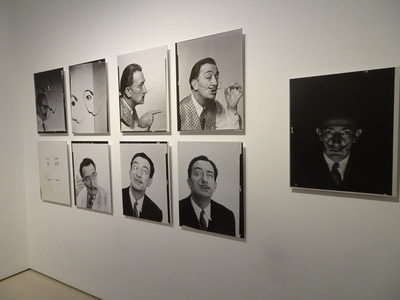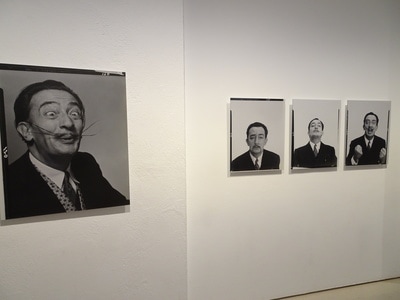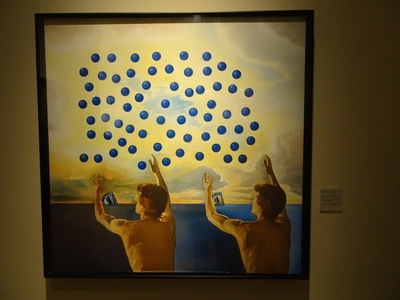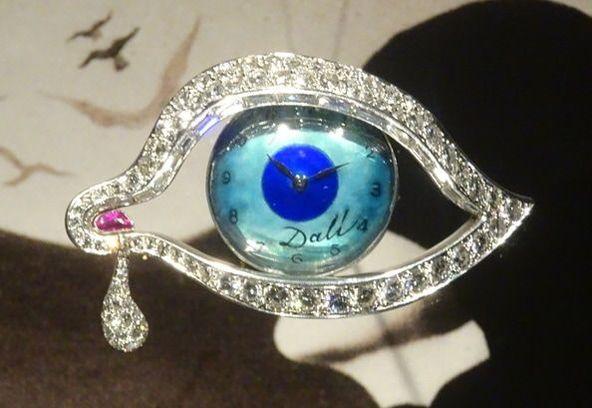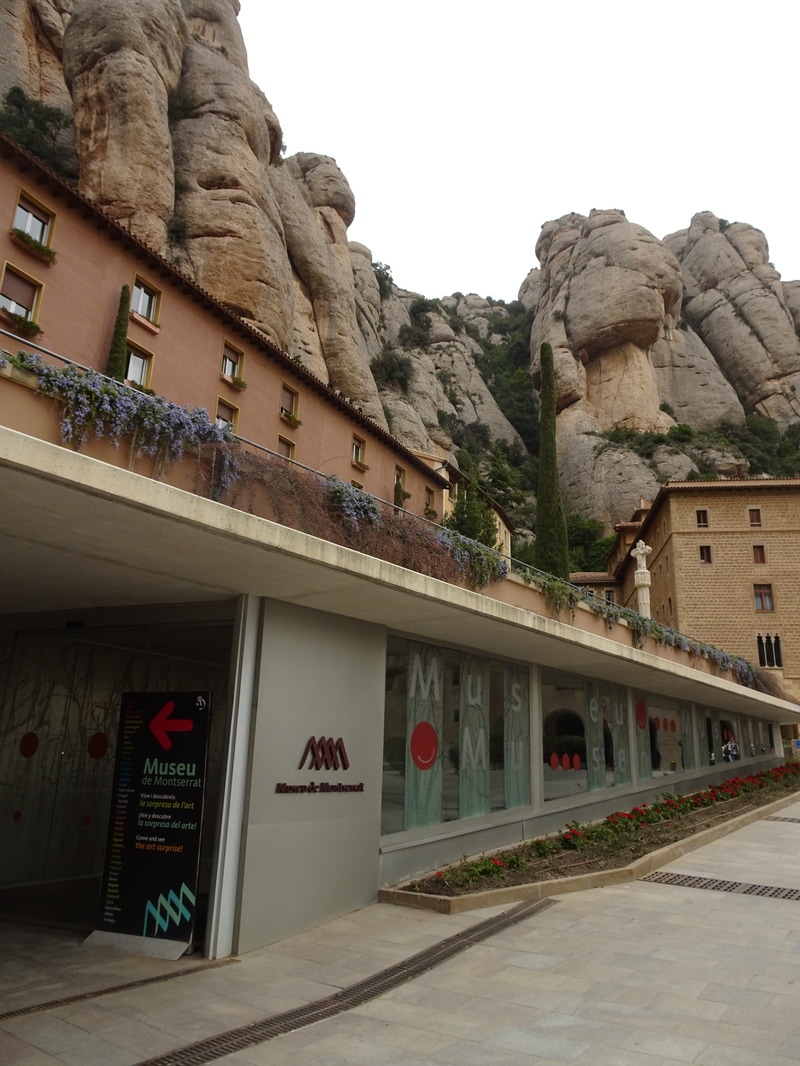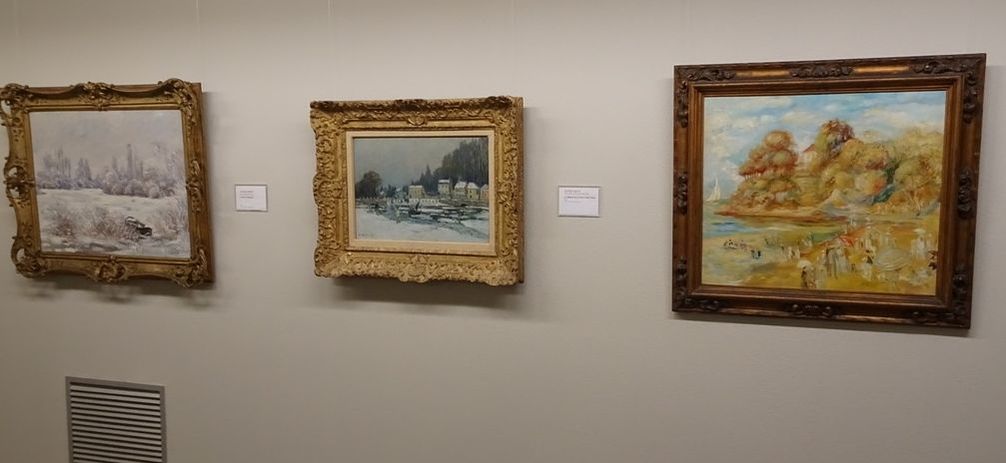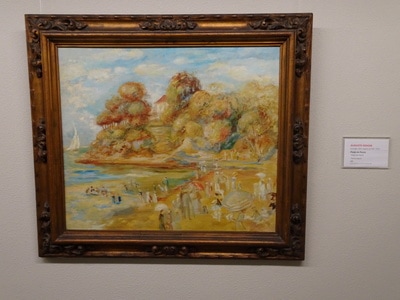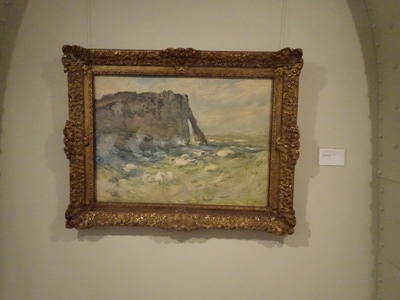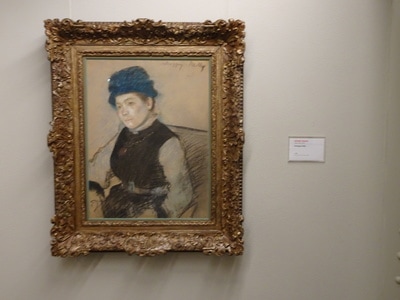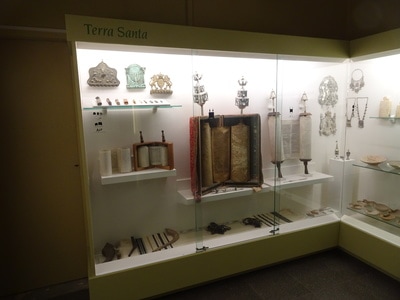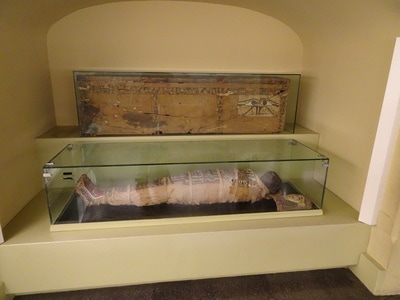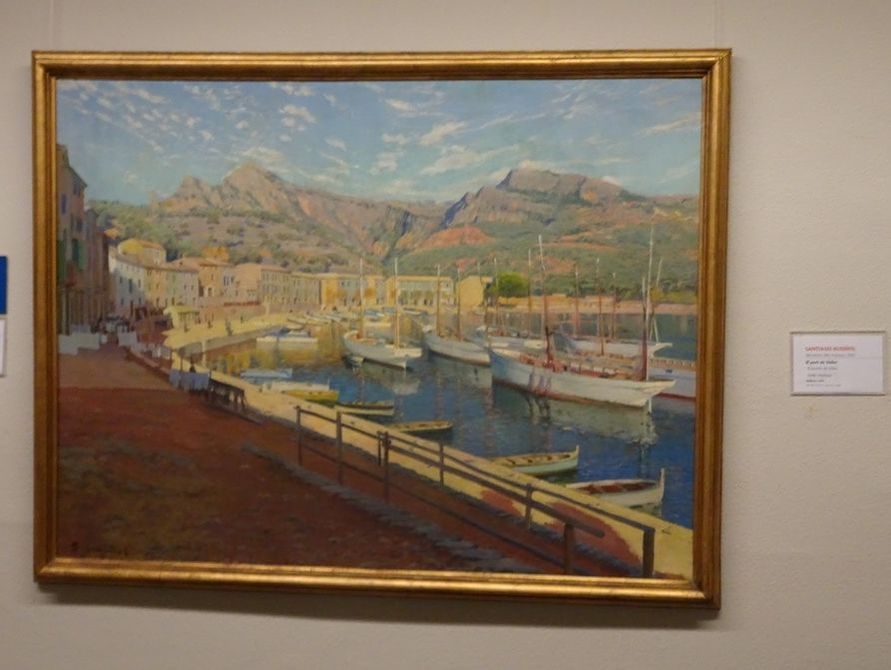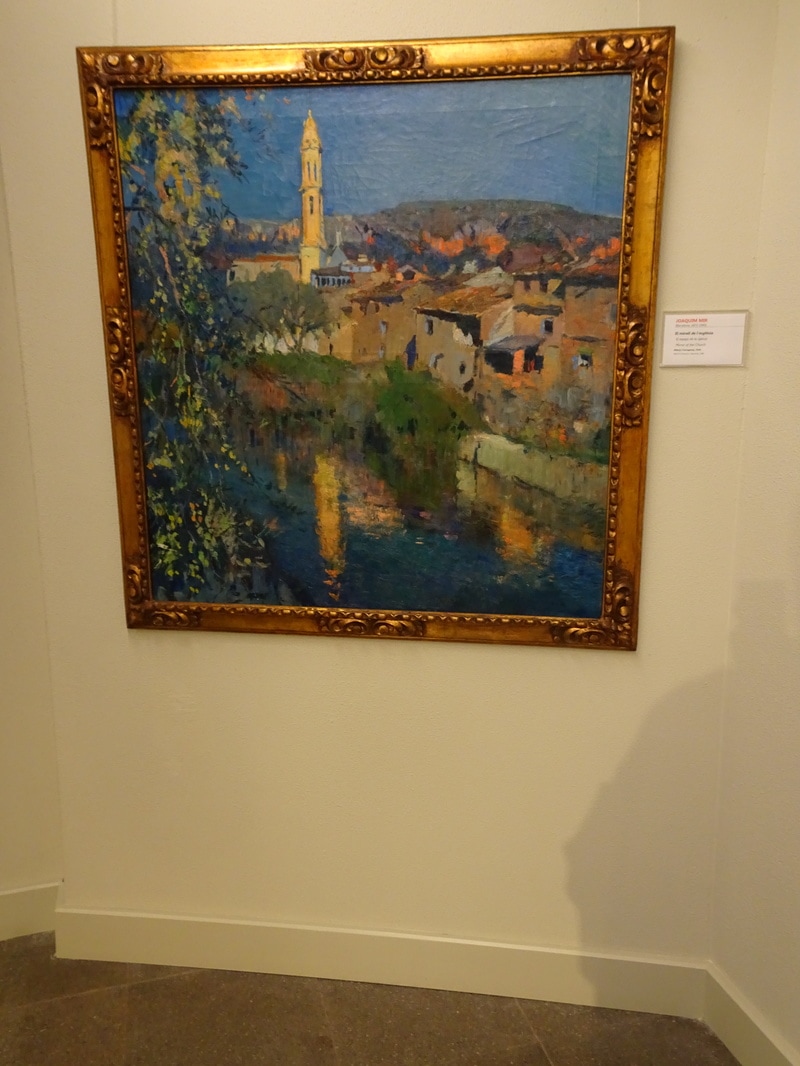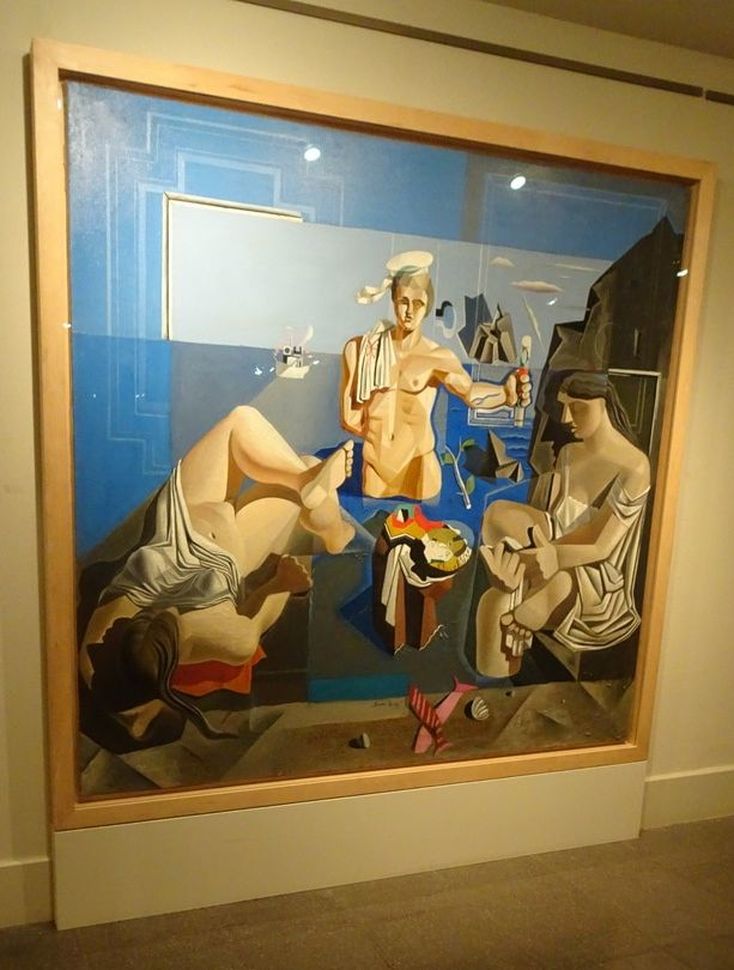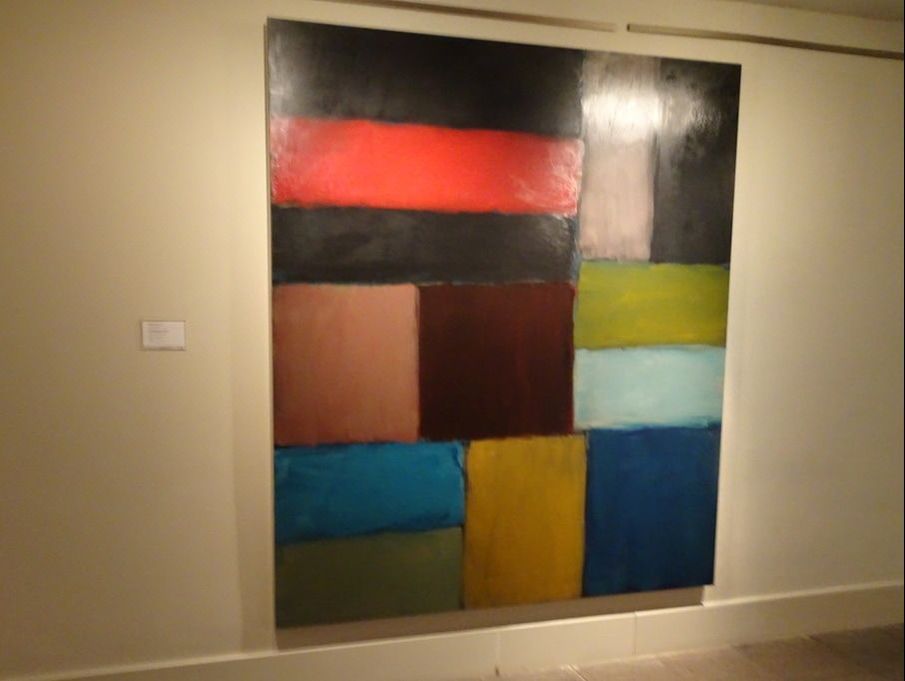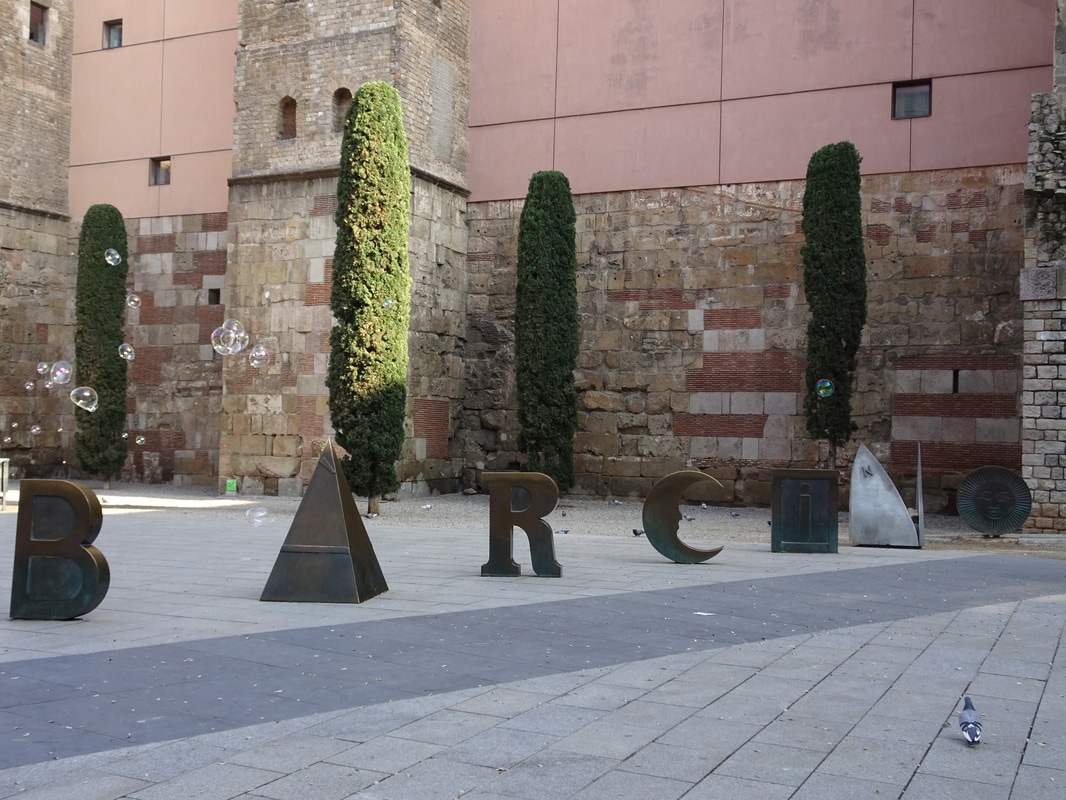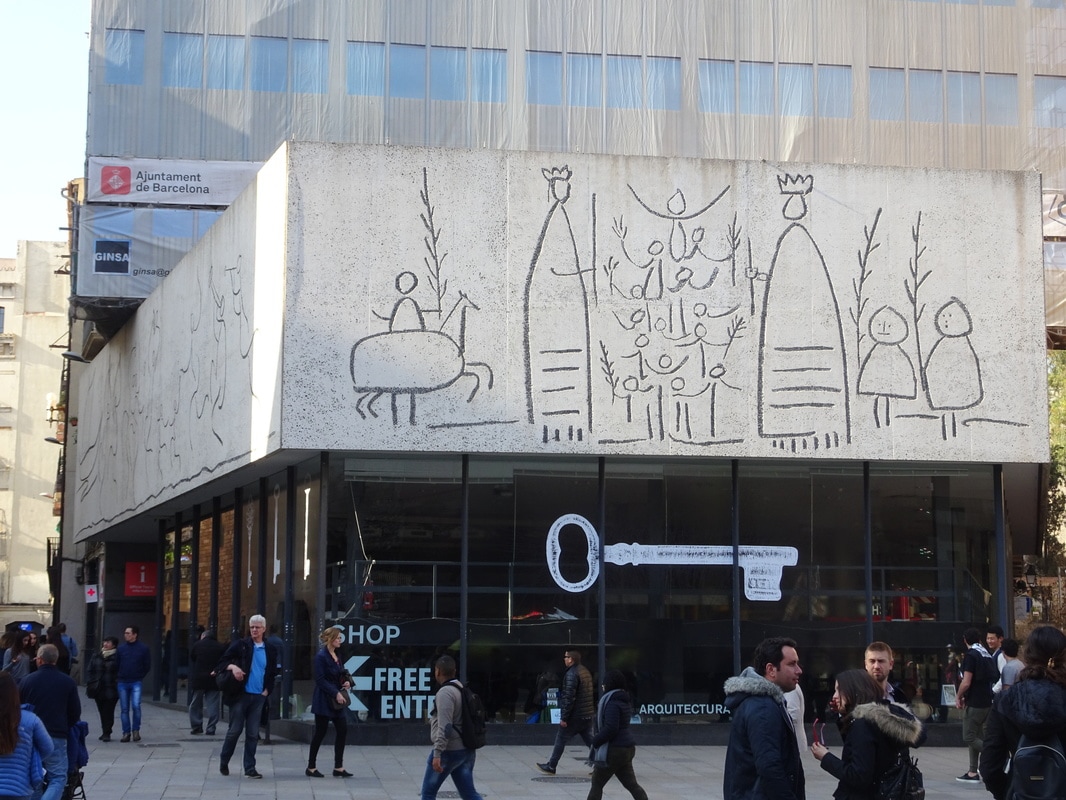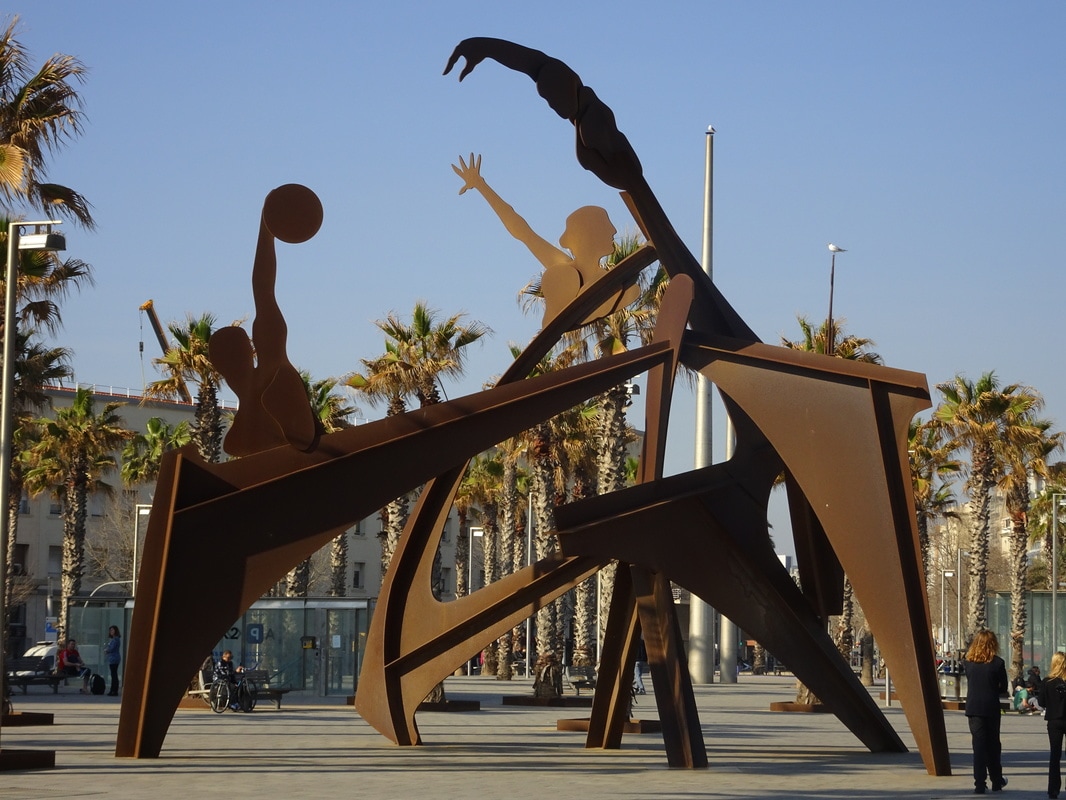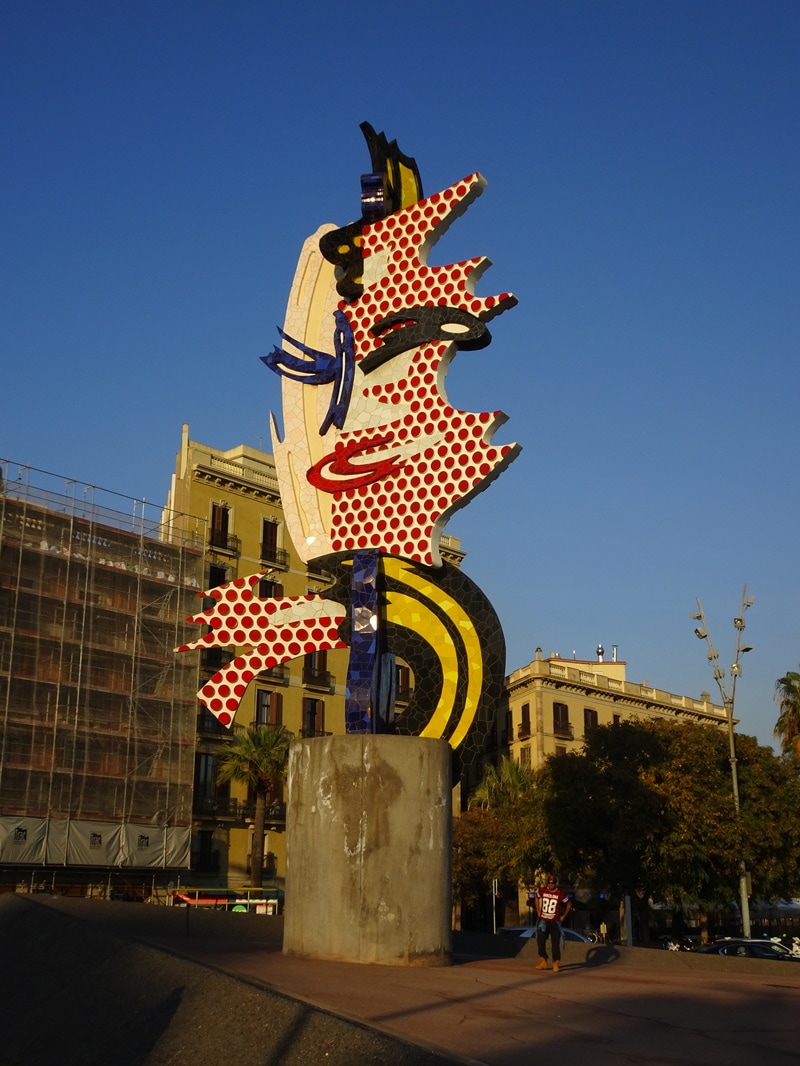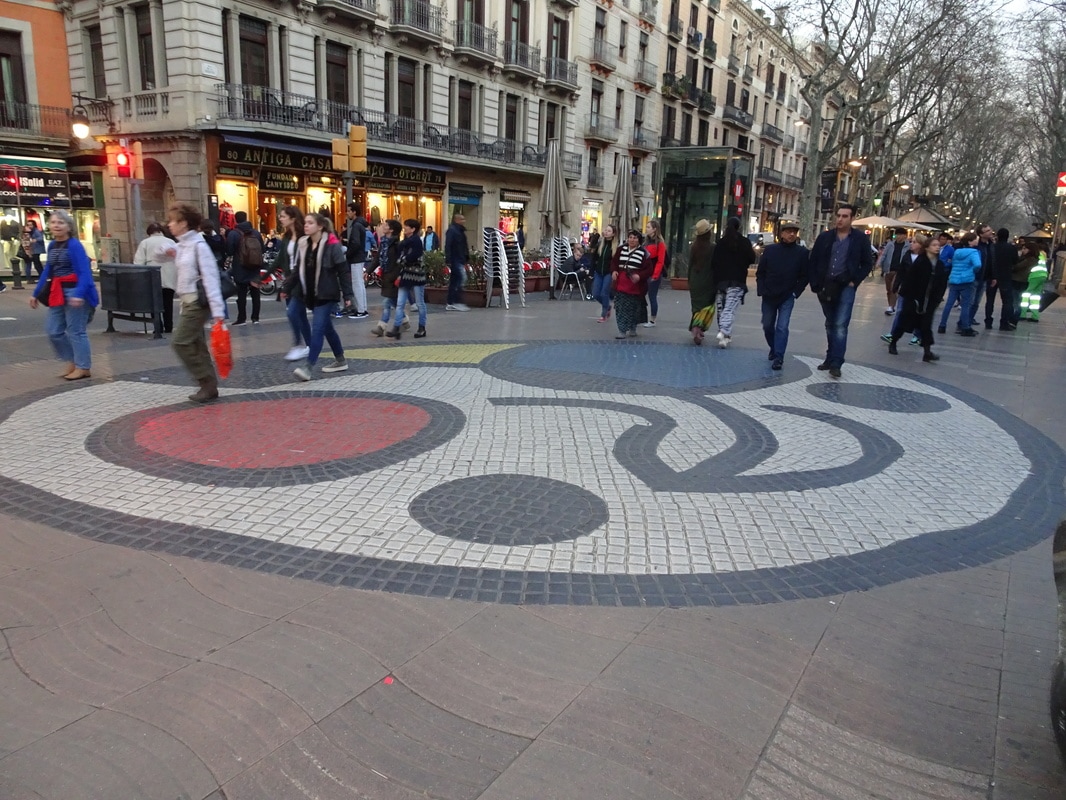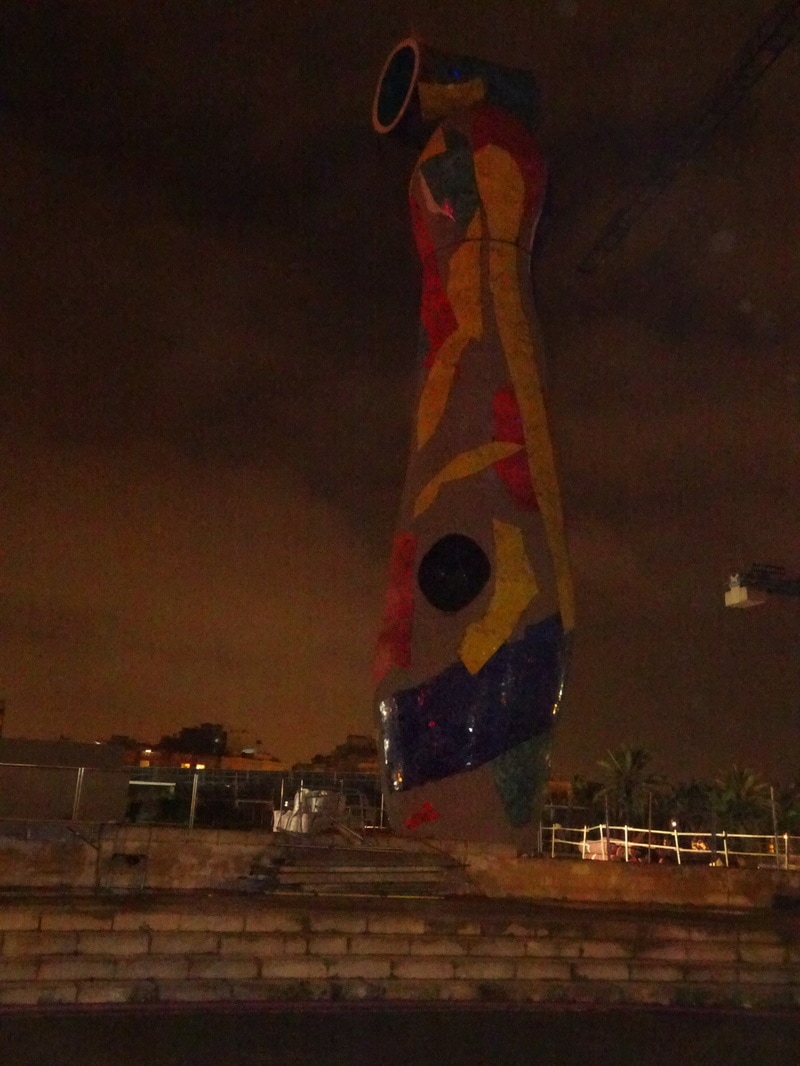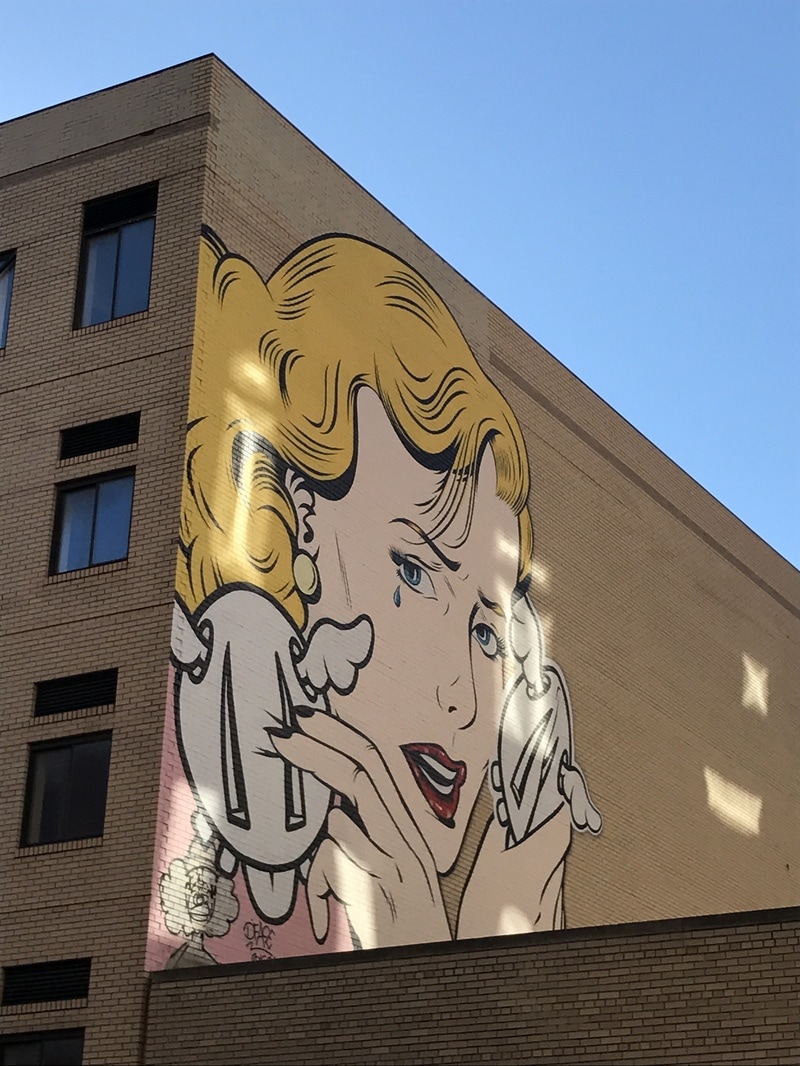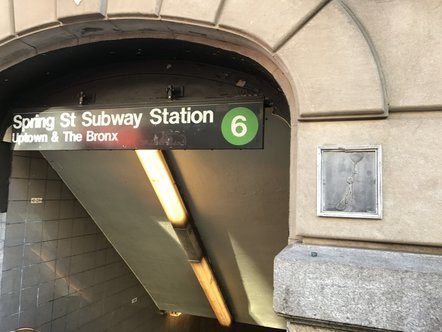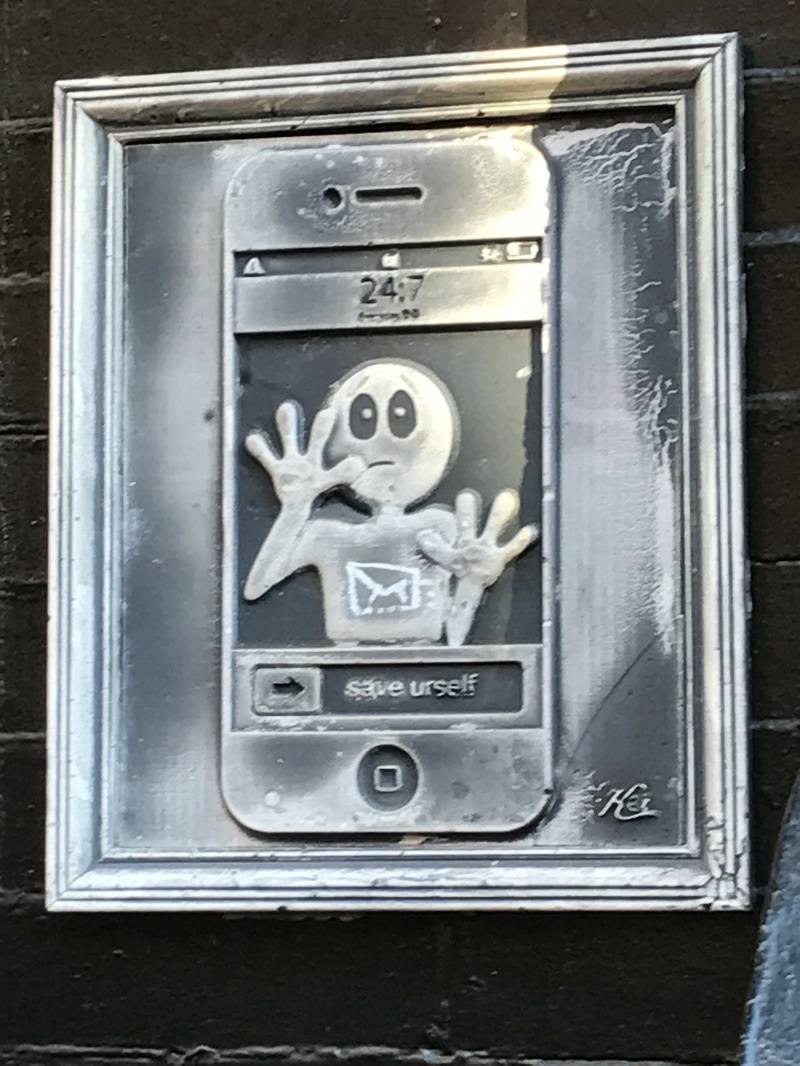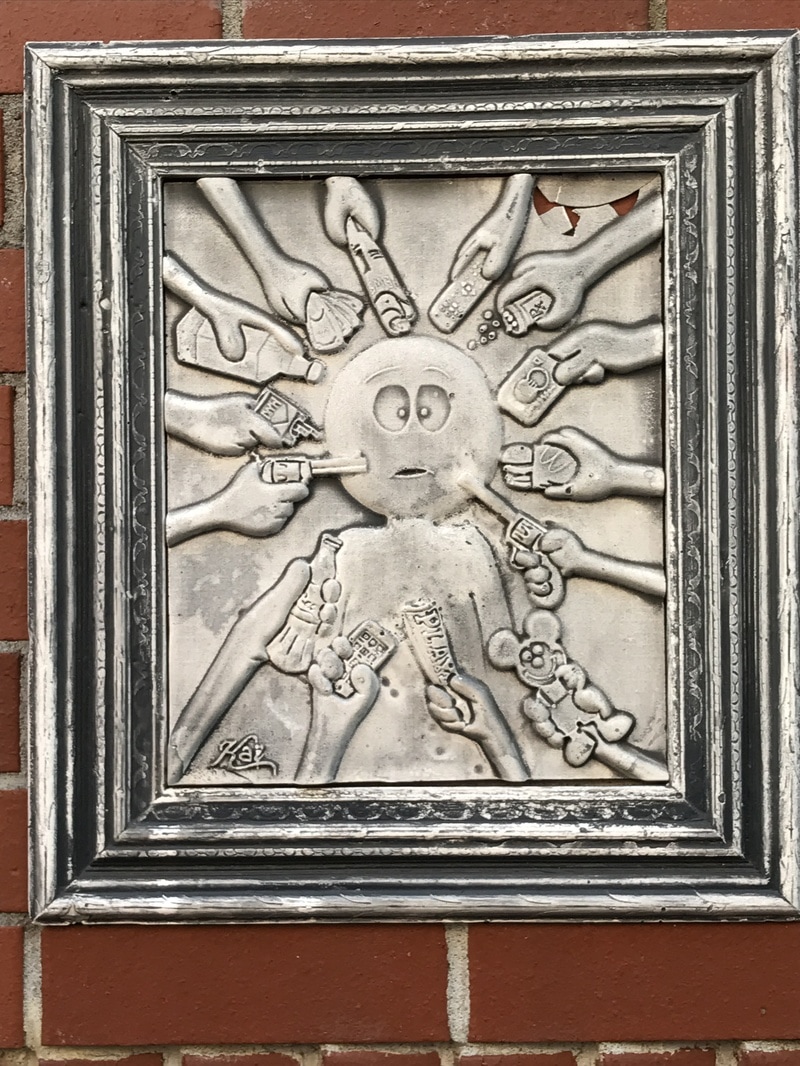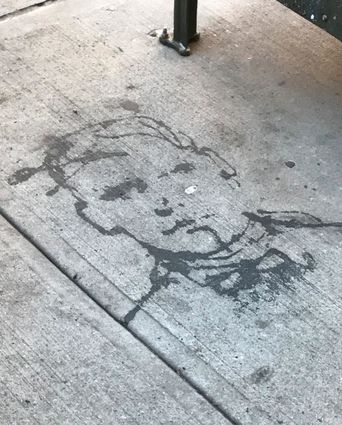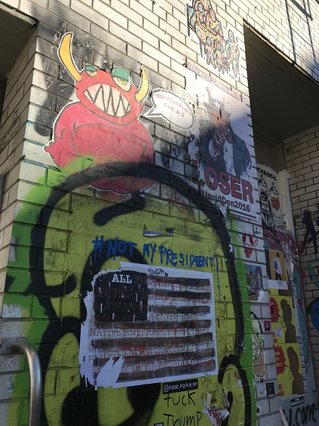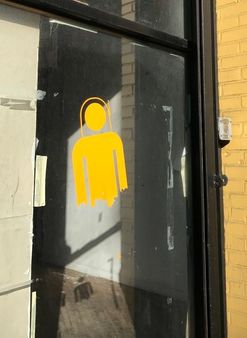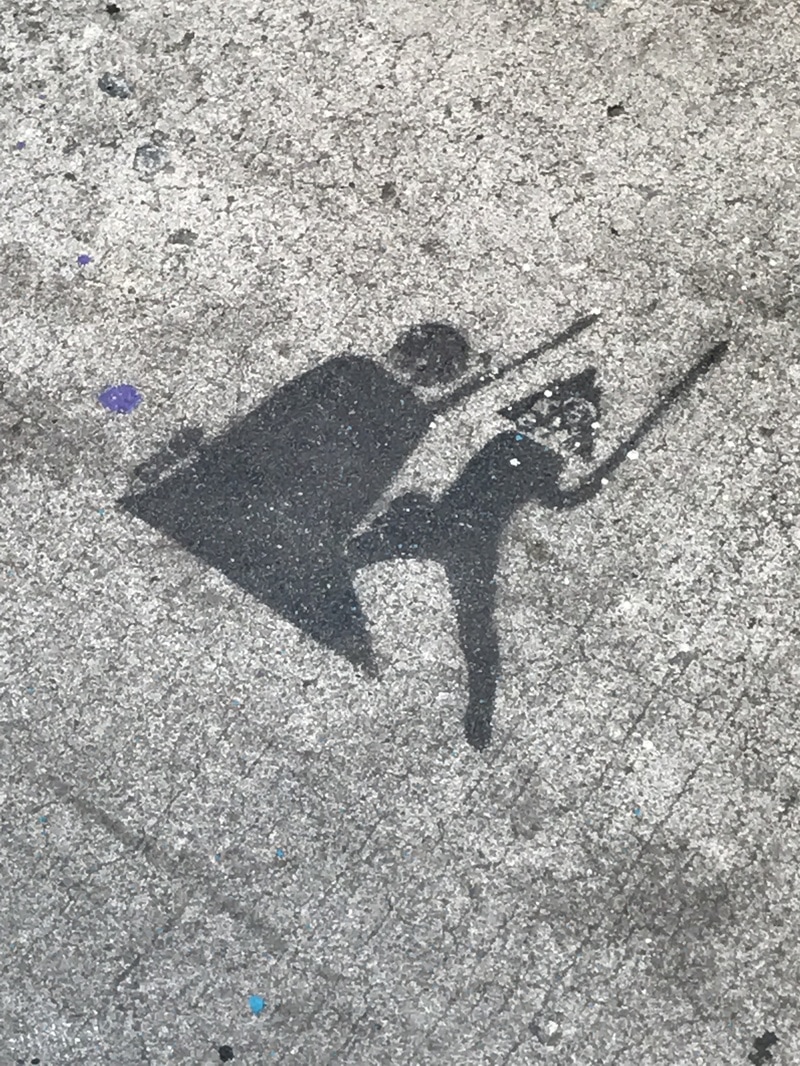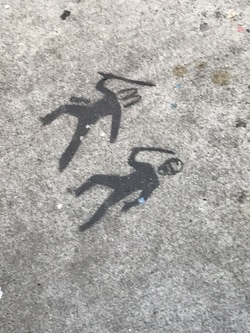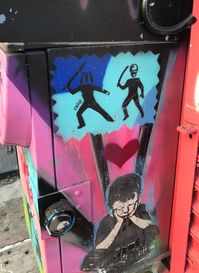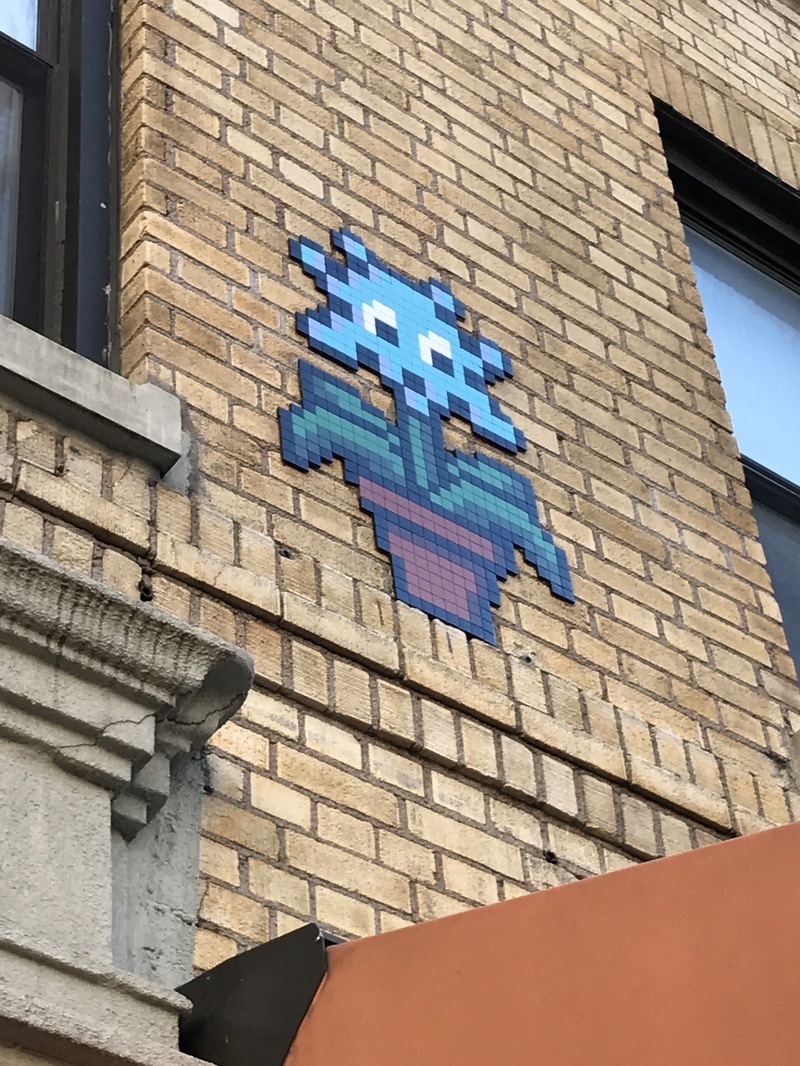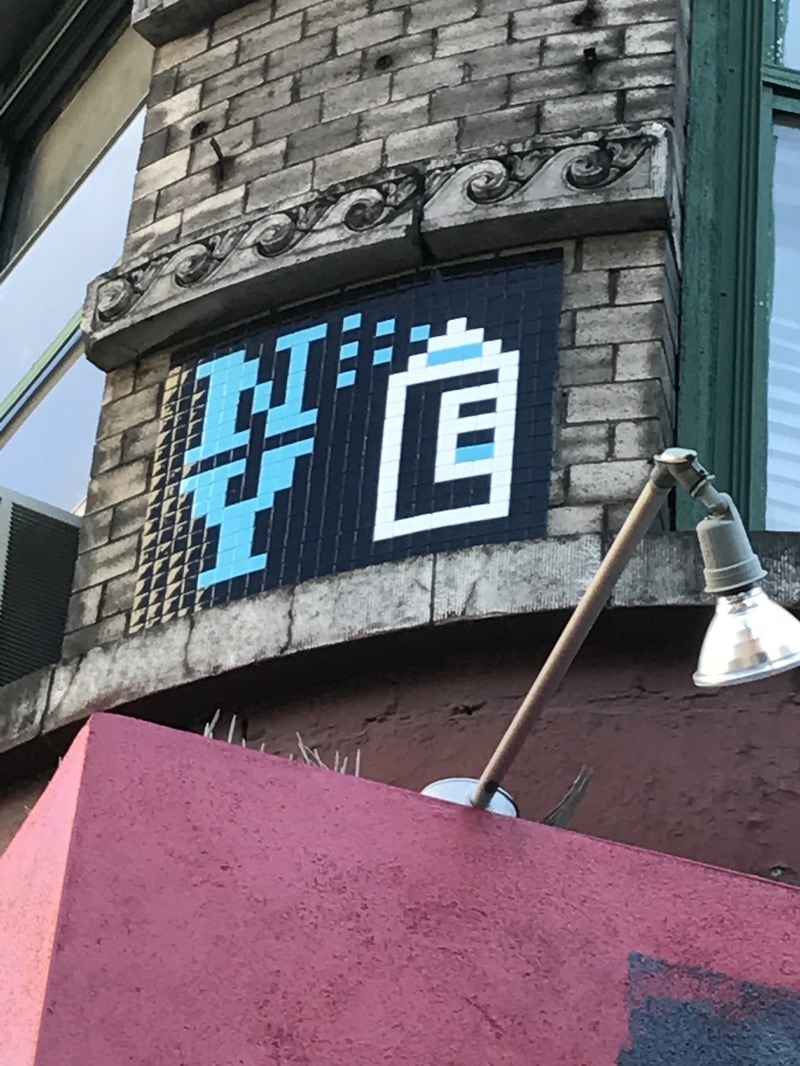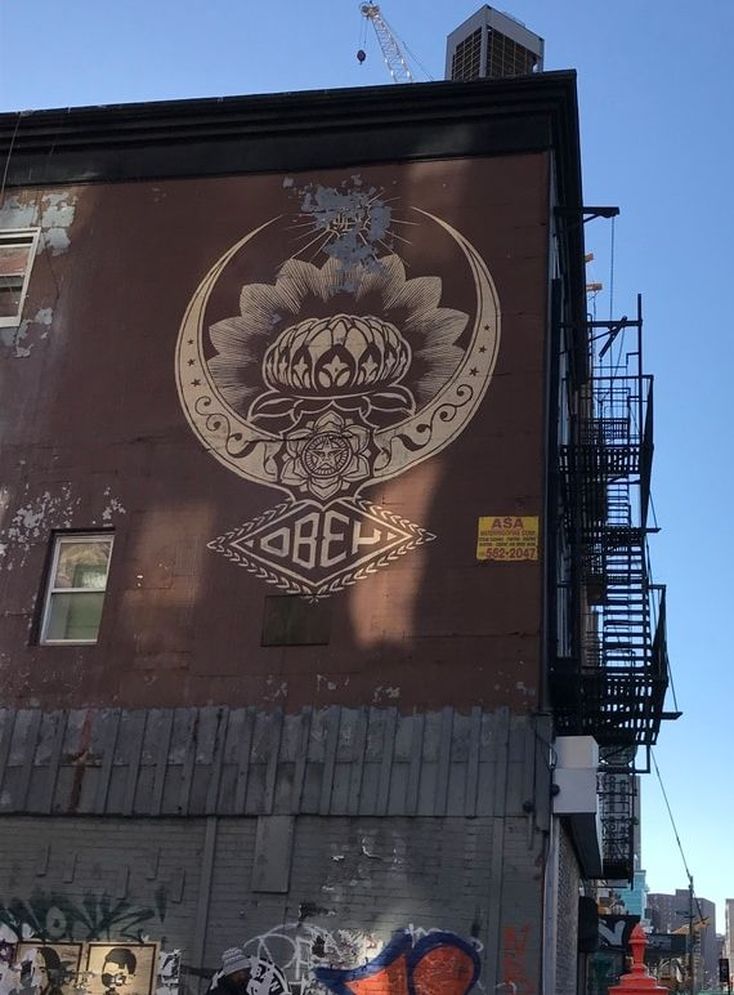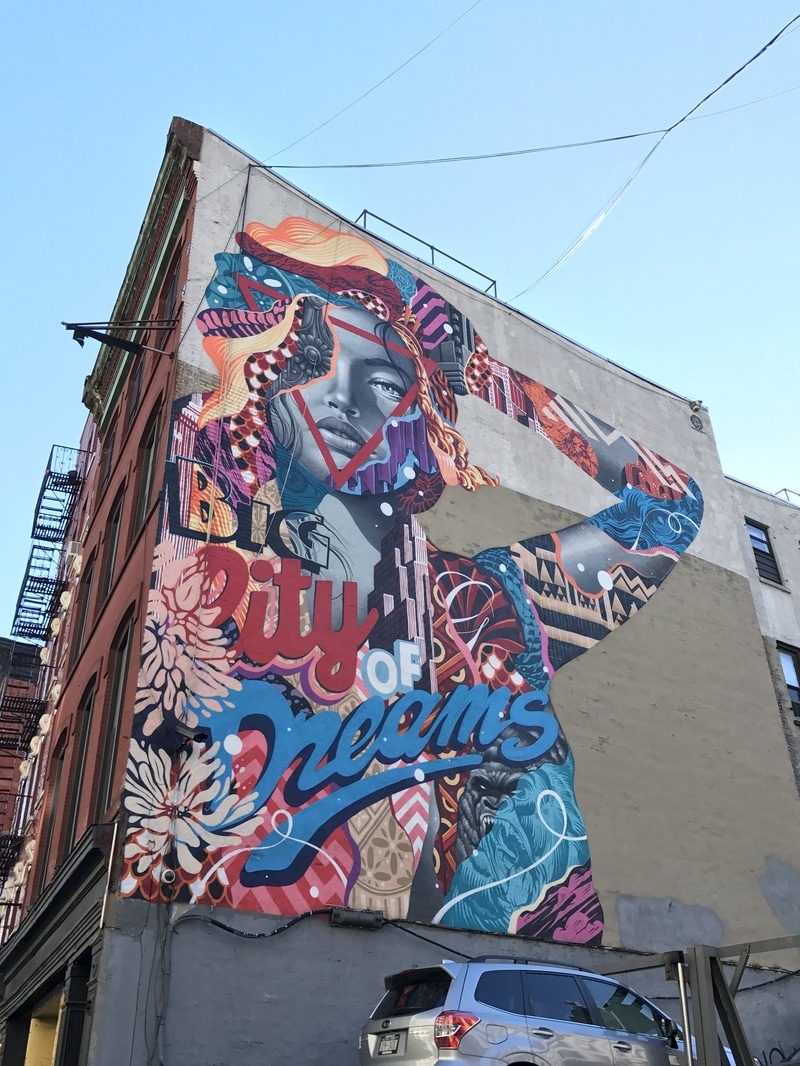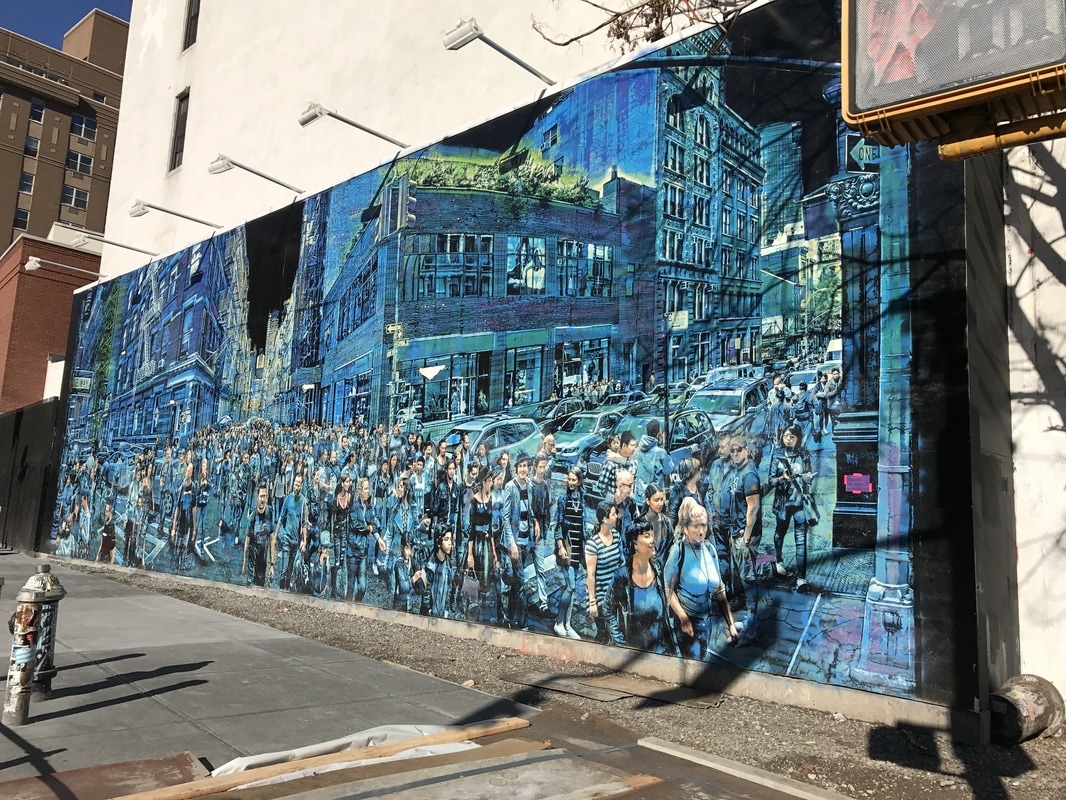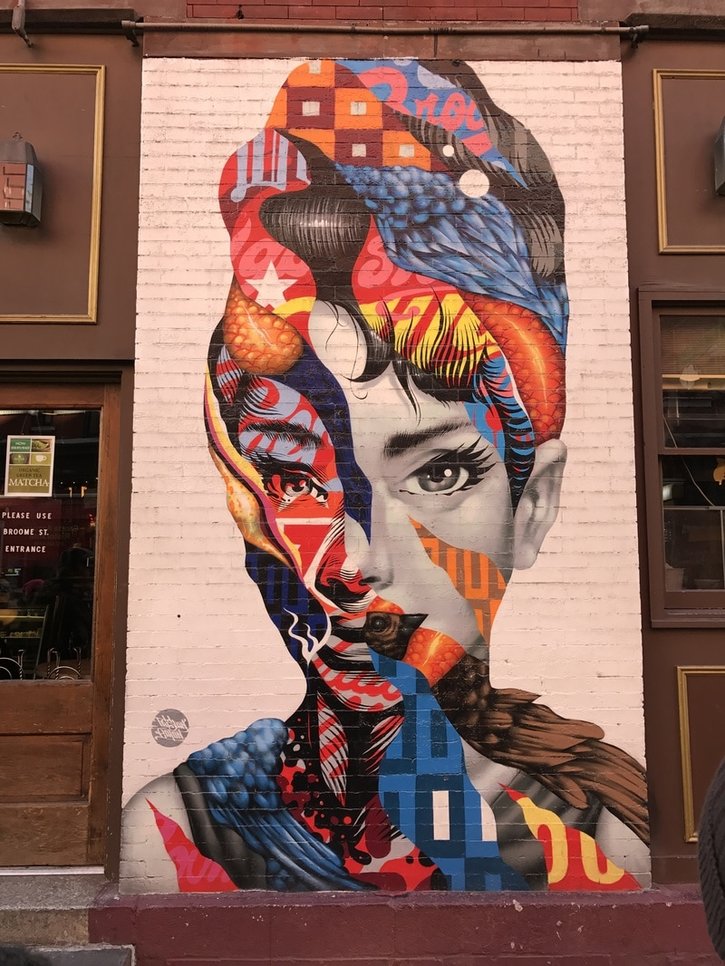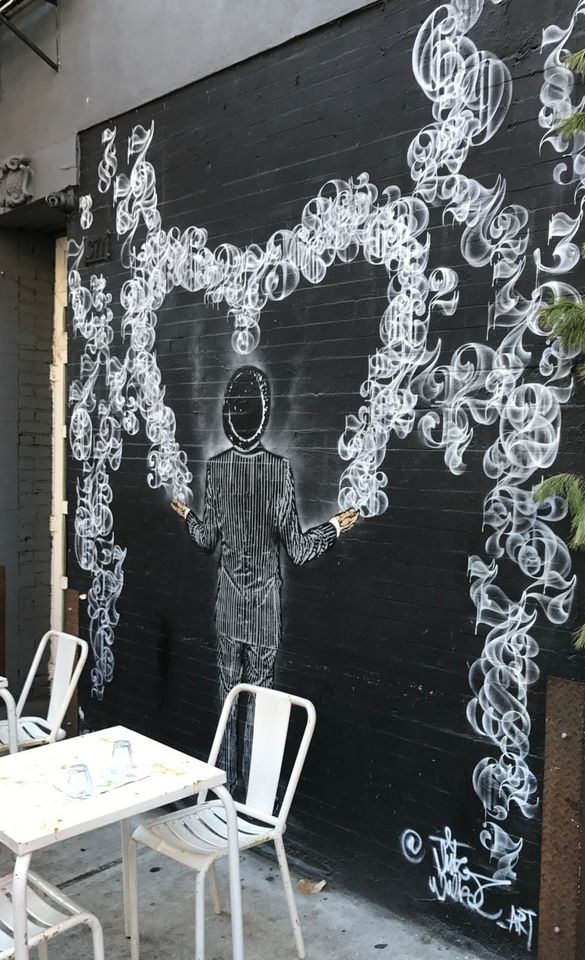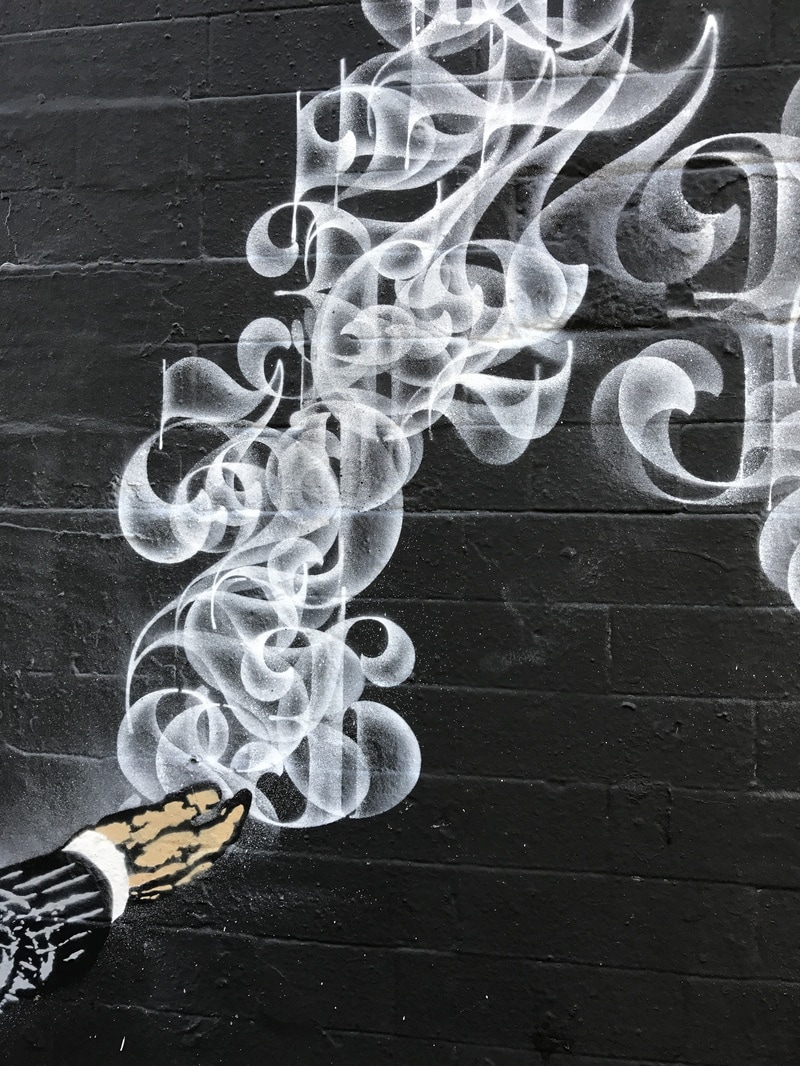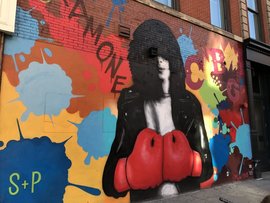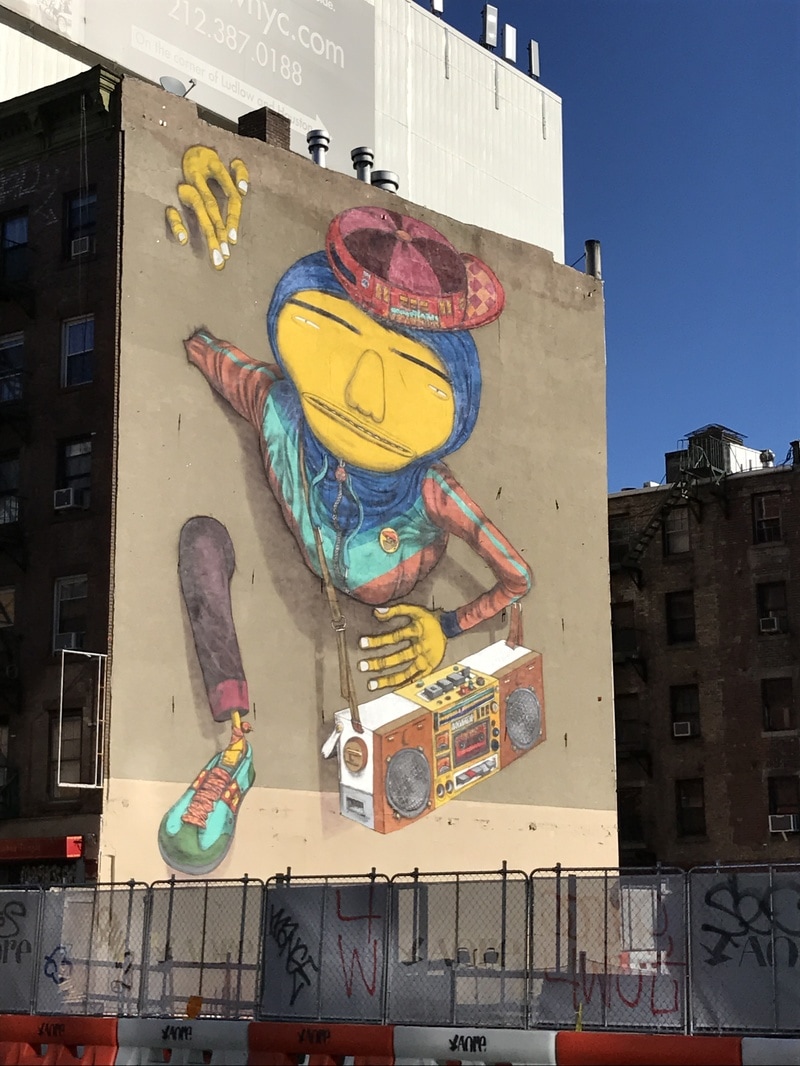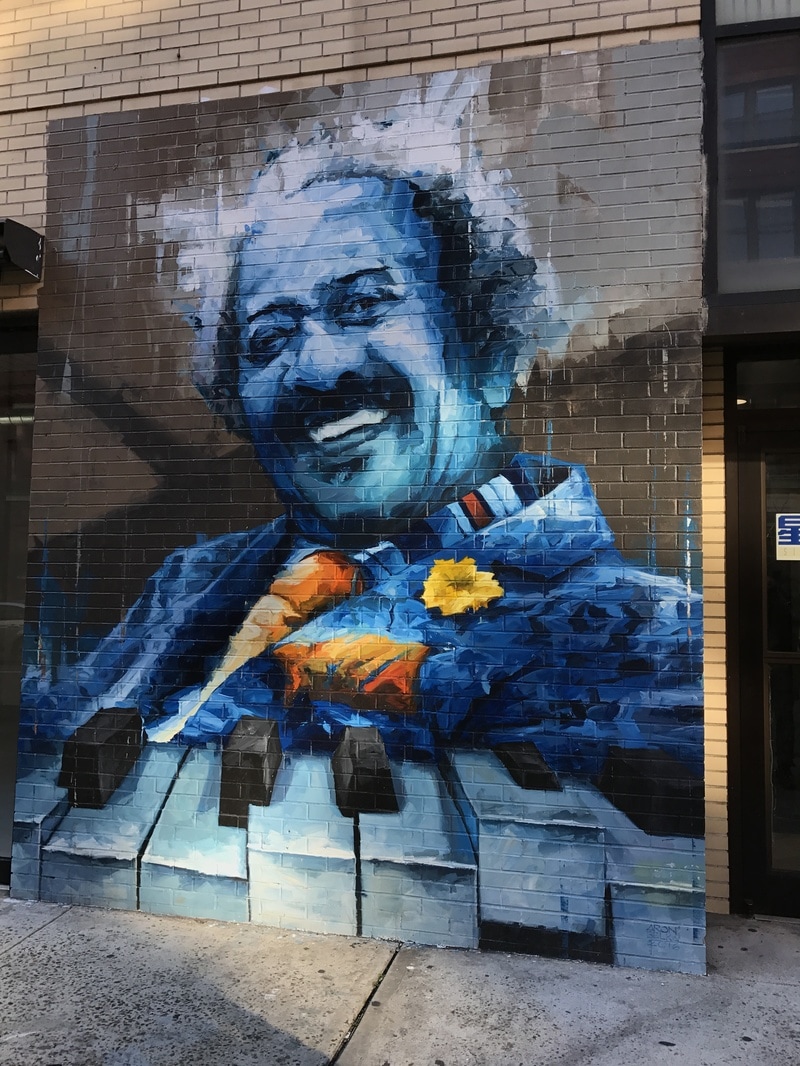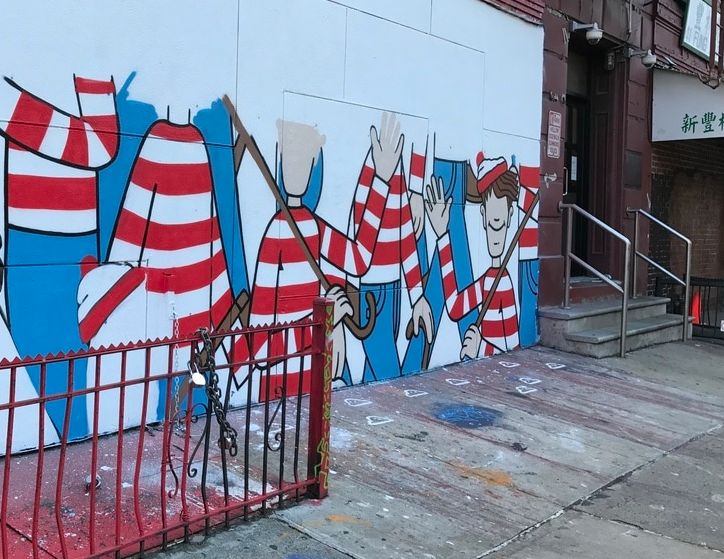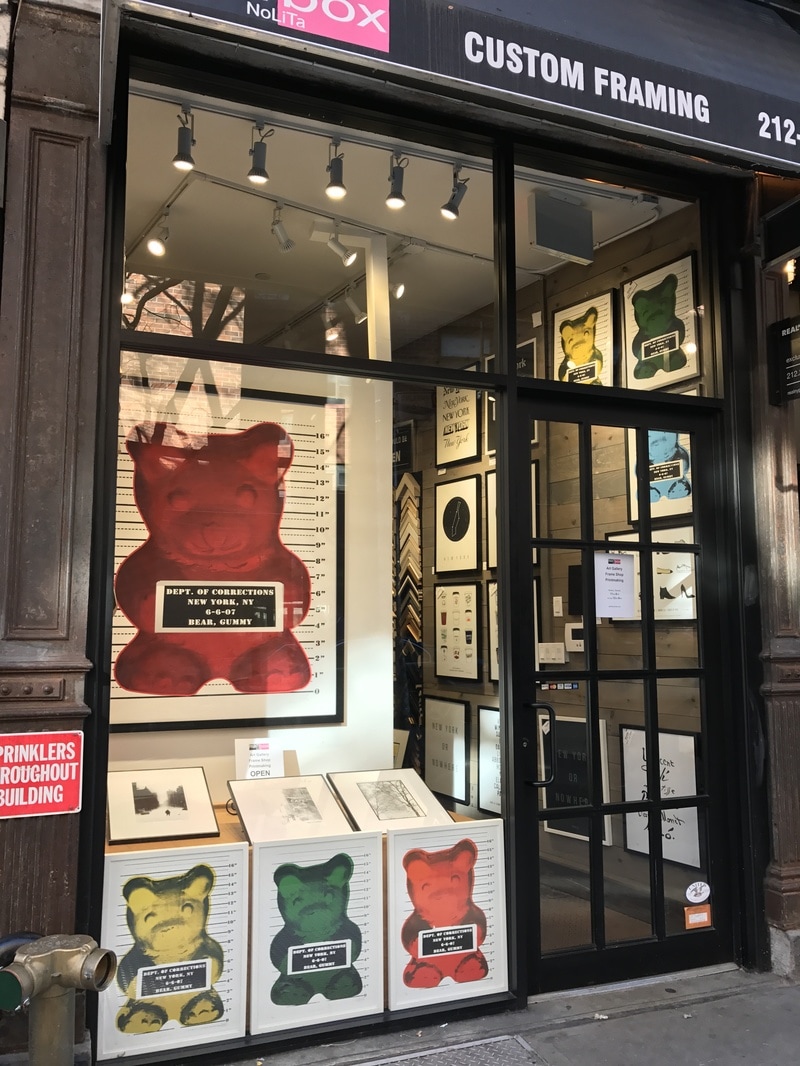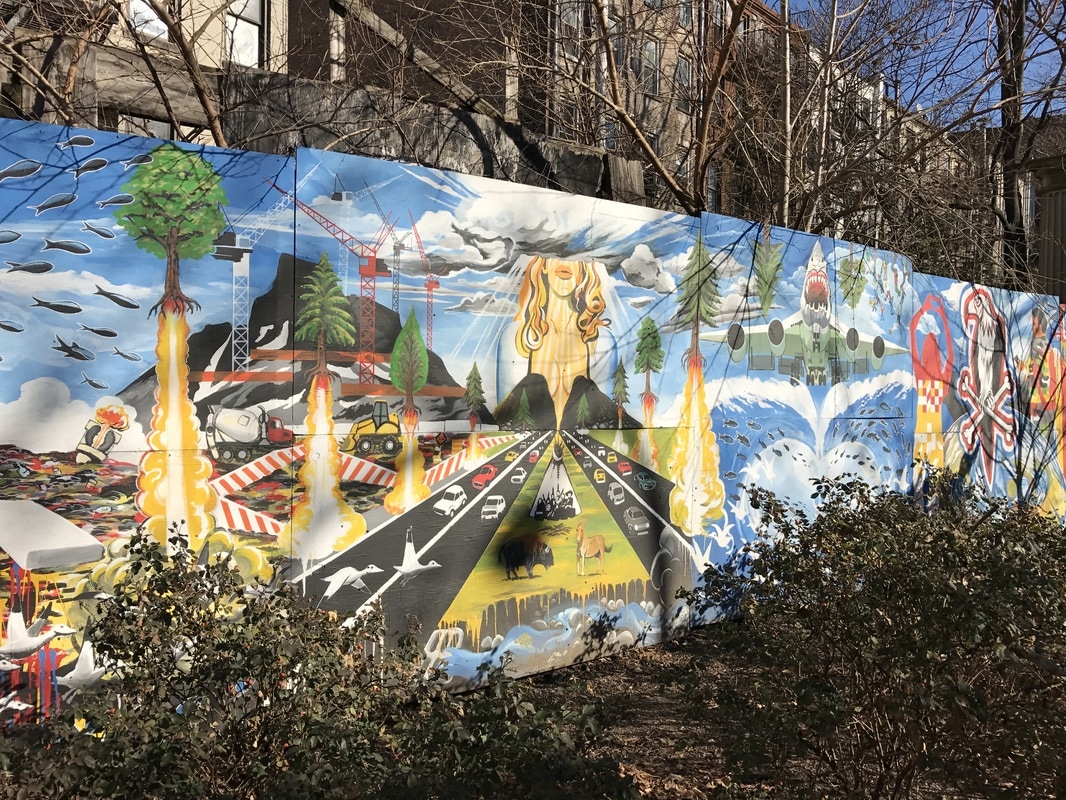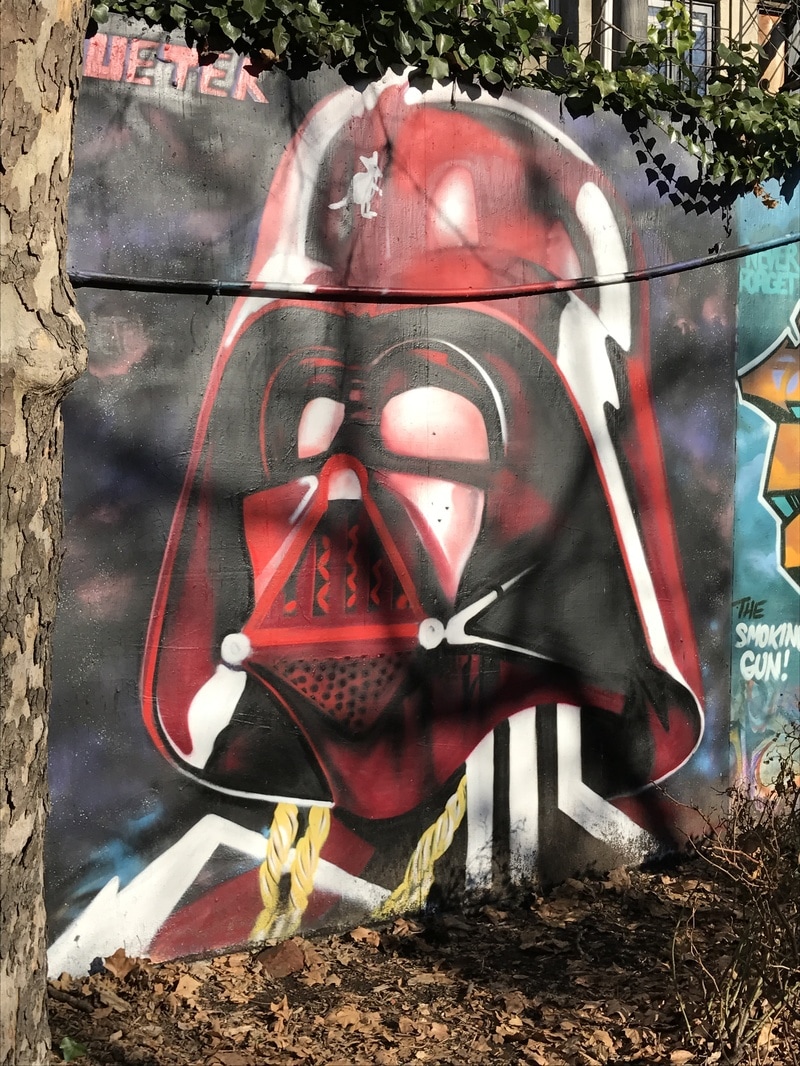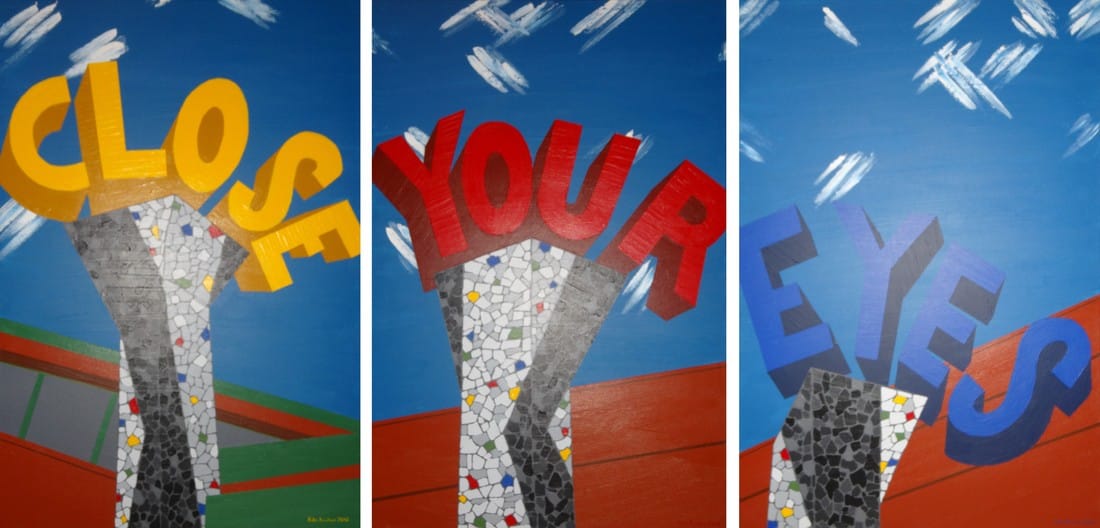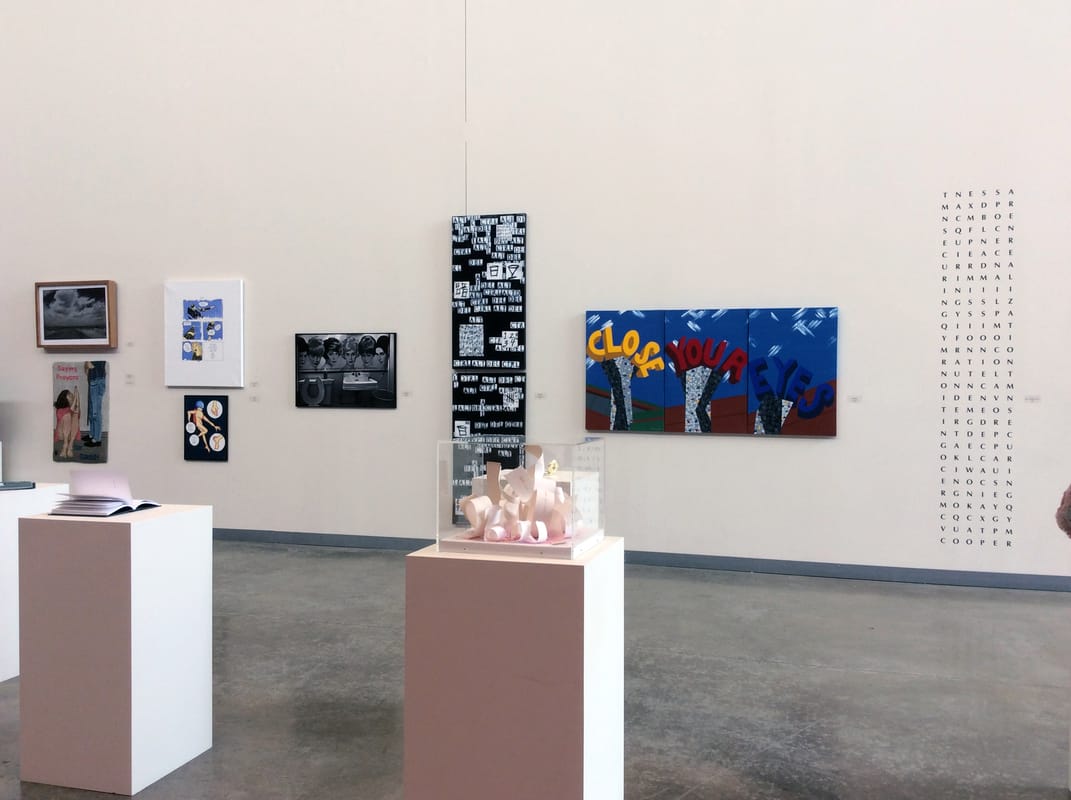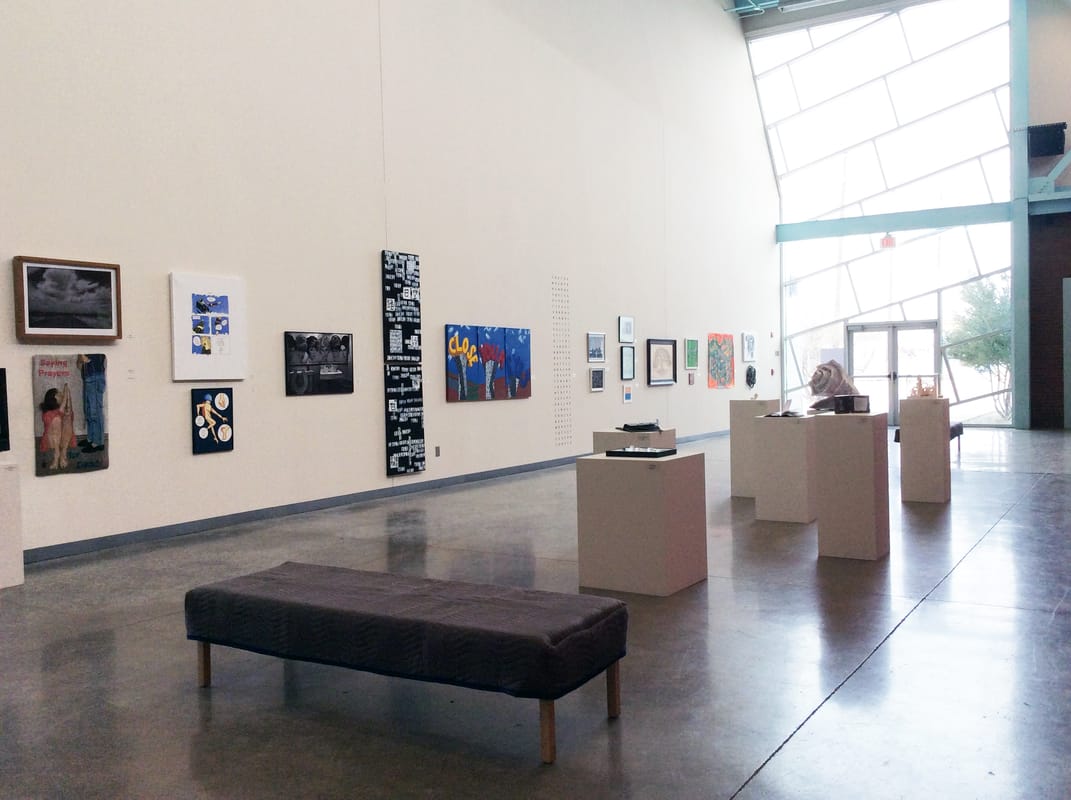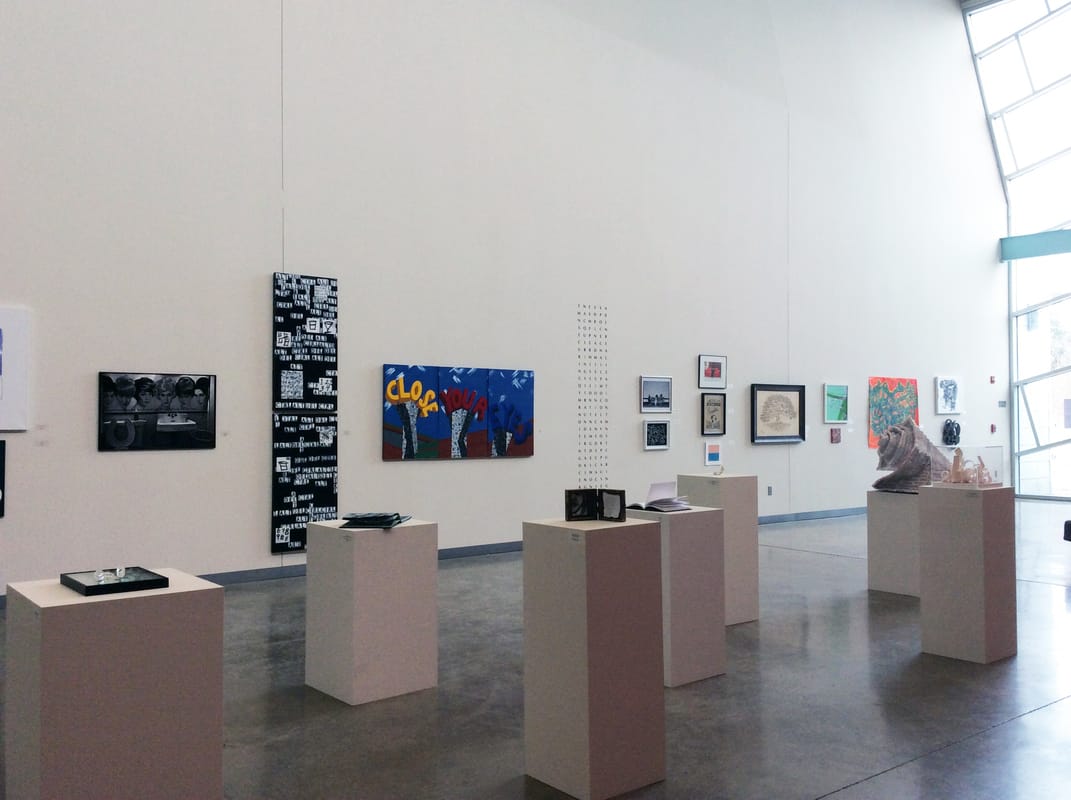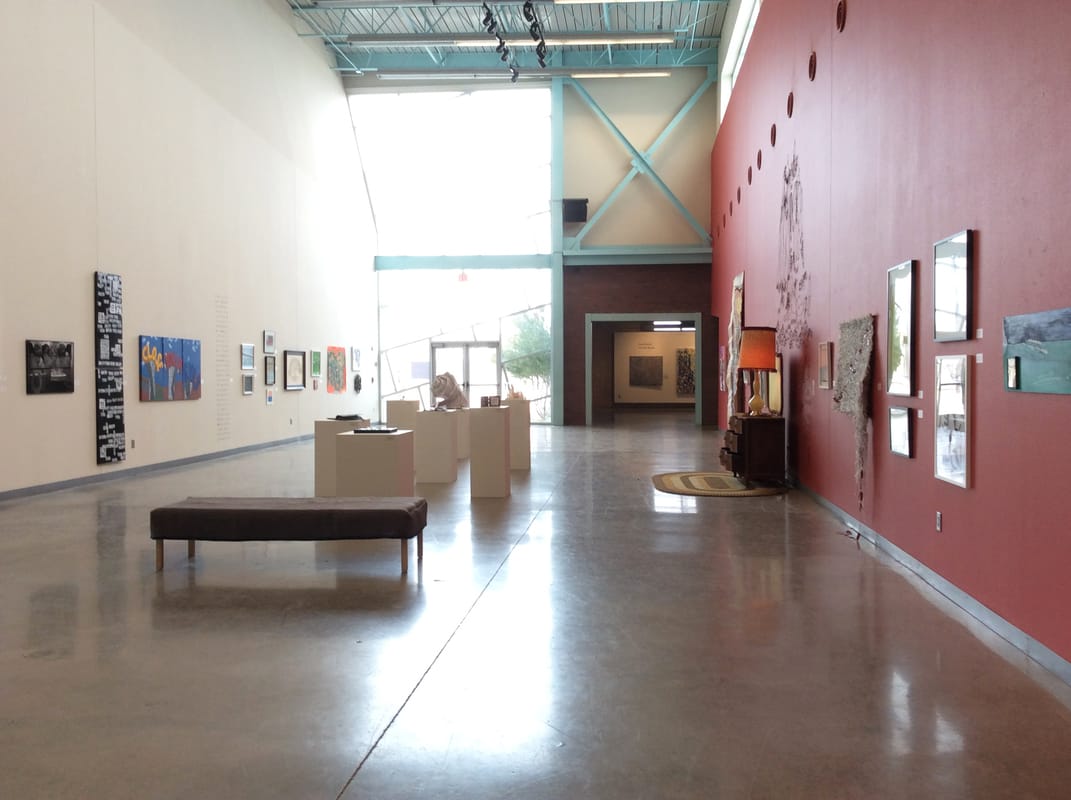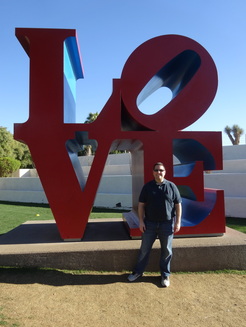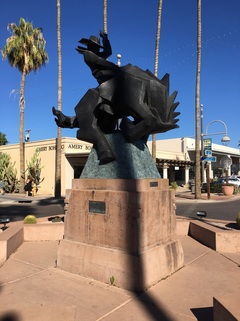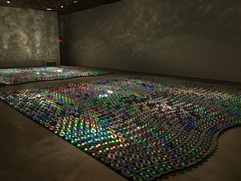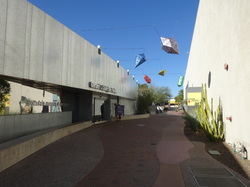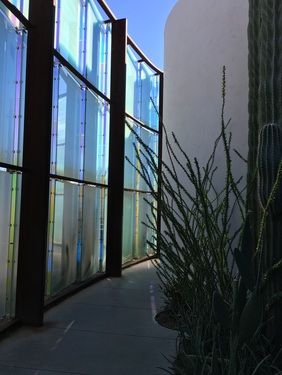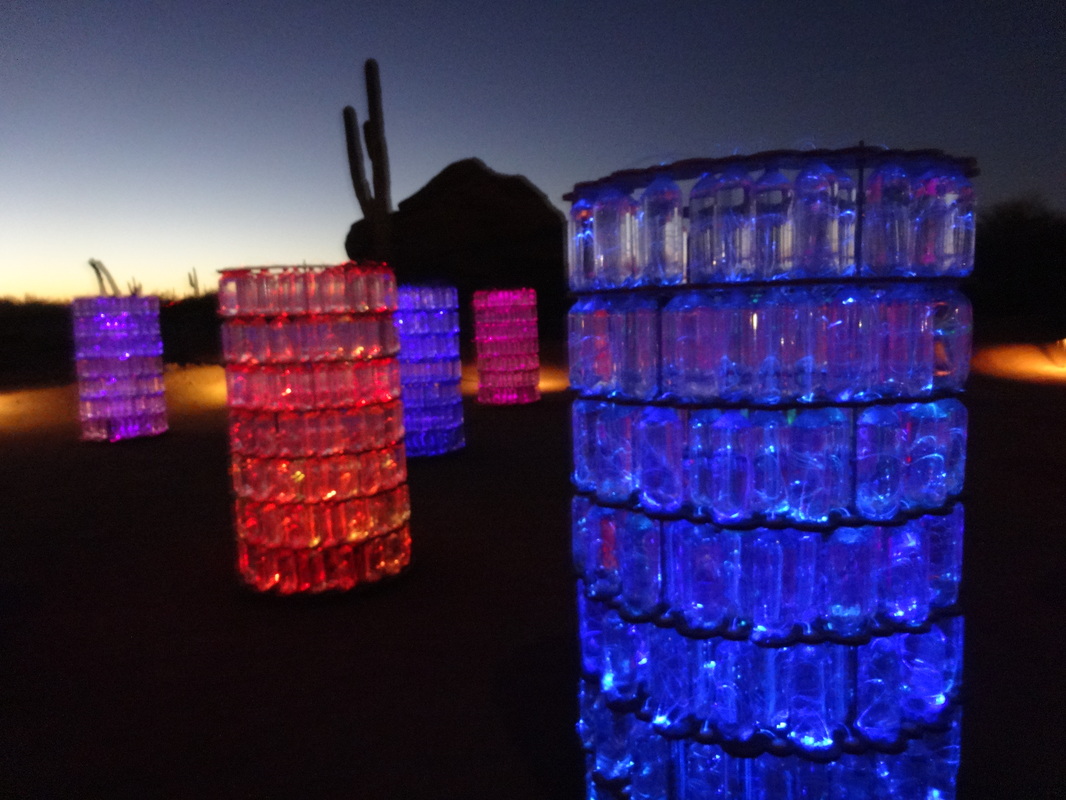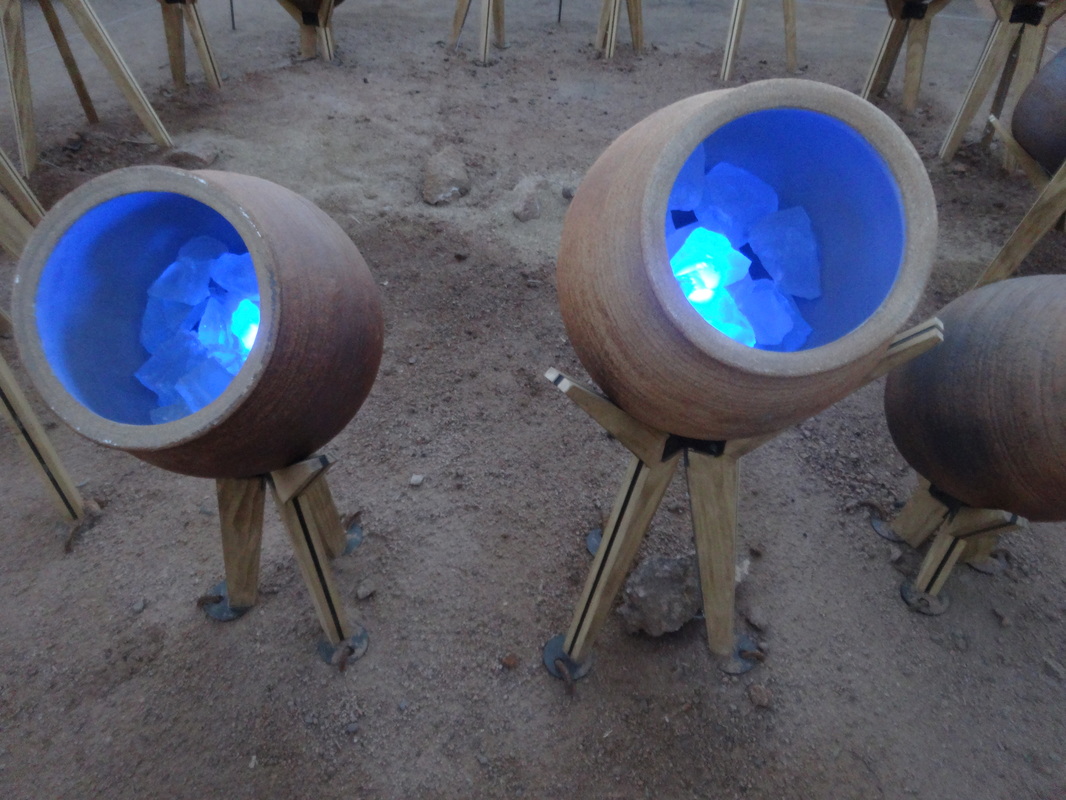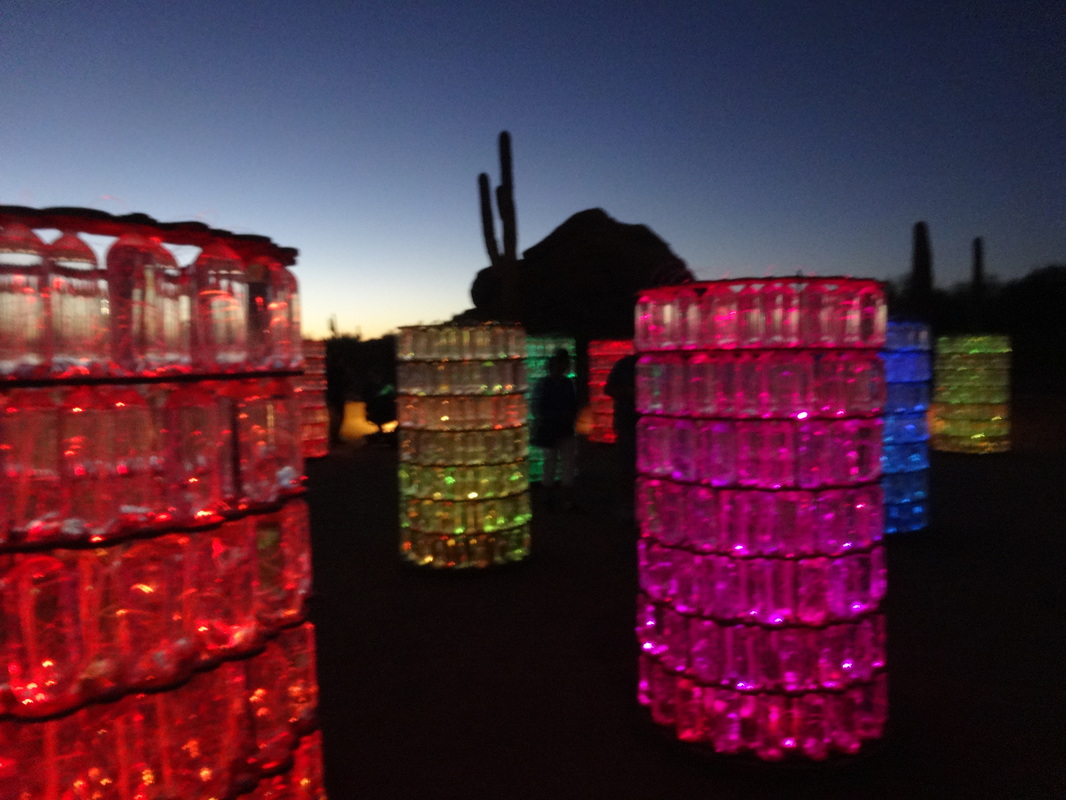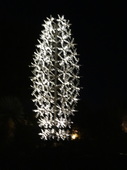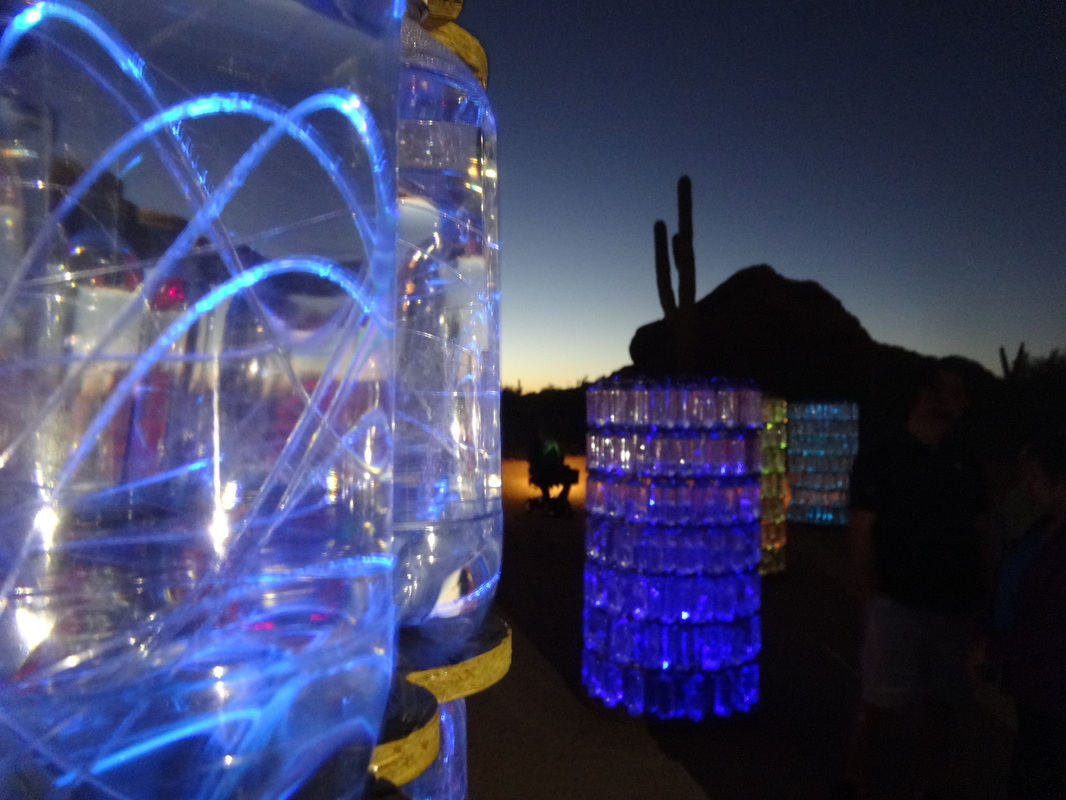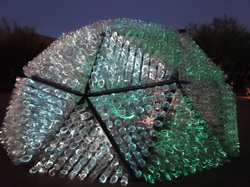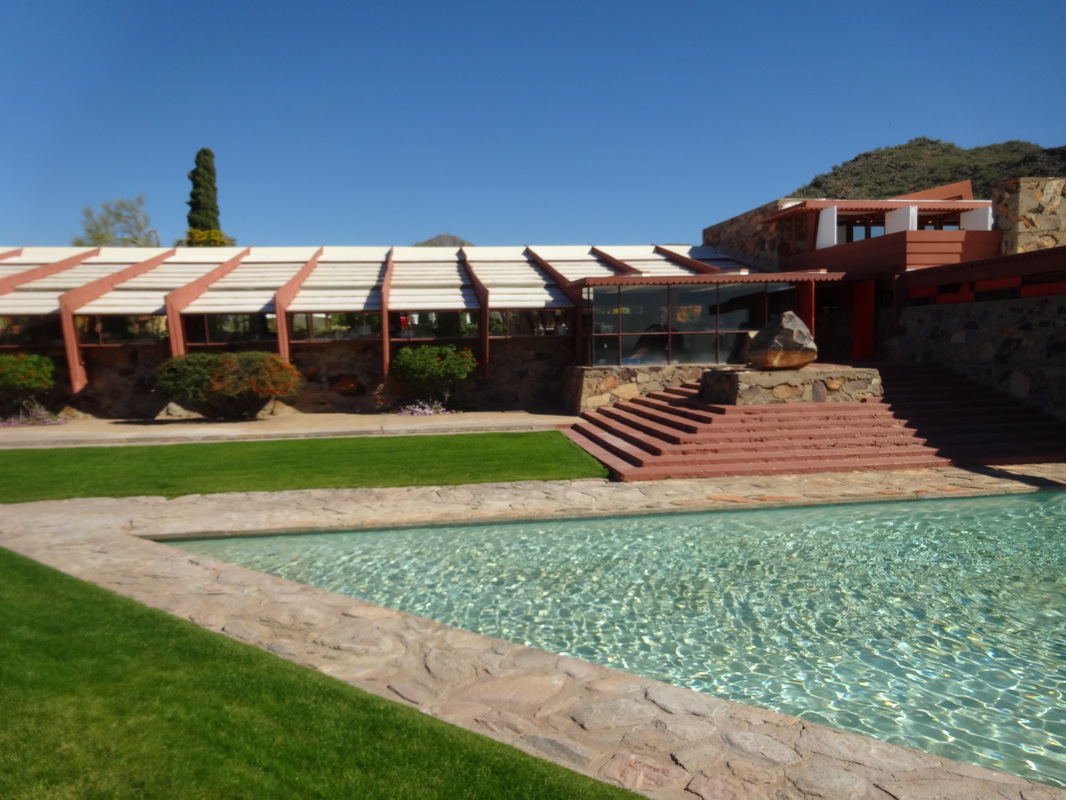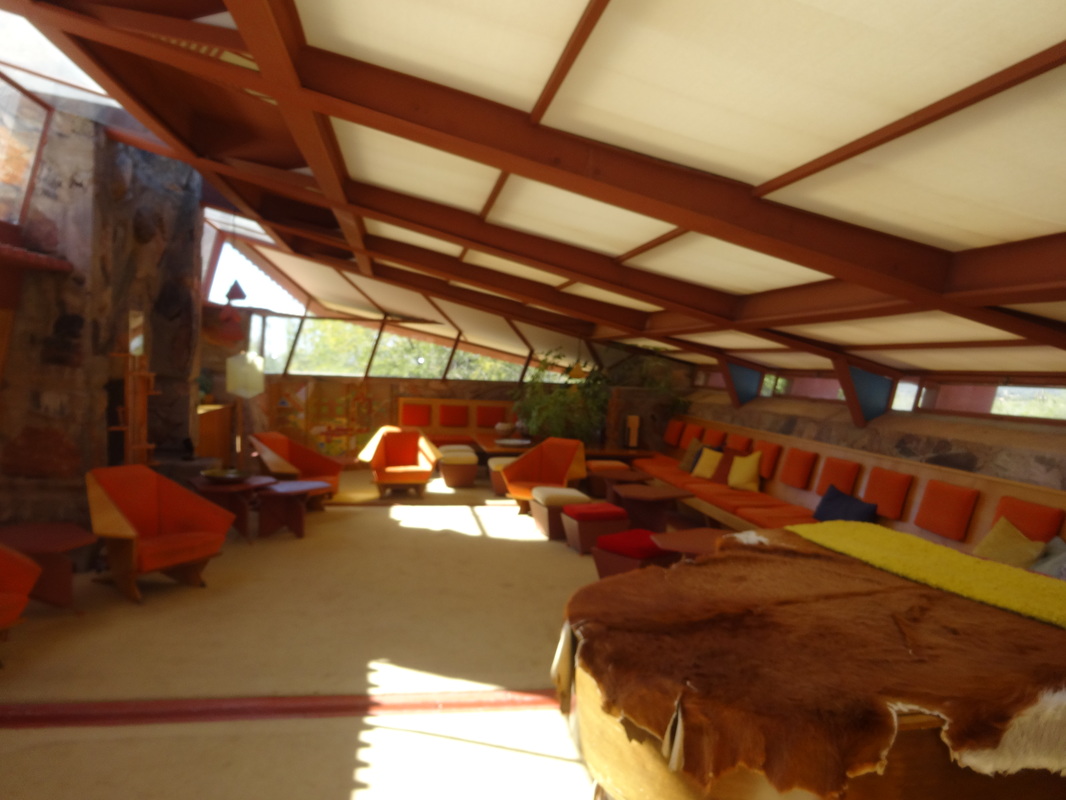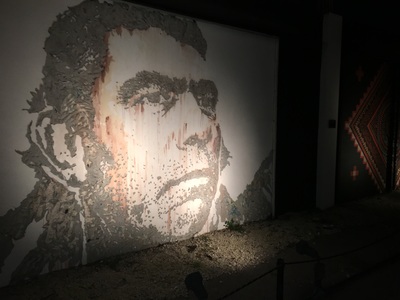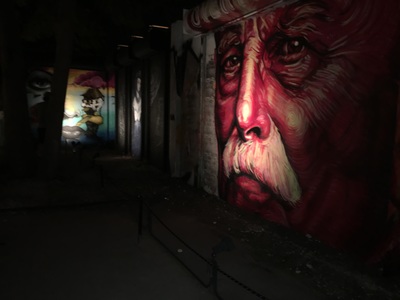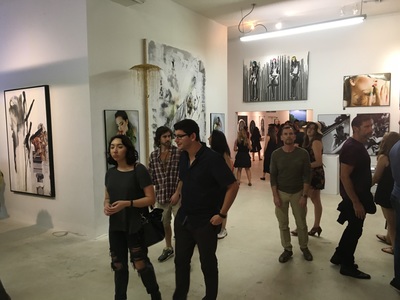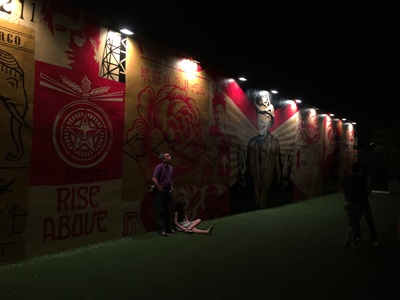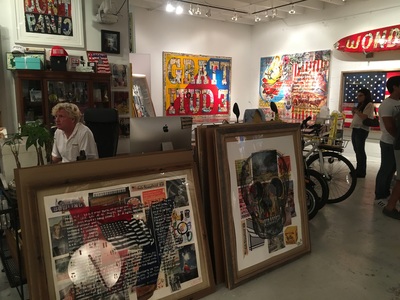0 Comments
The flags will fly around The Rockefeller Center’s famous ice rink and restaurant plaza, supplanting the flags of the members of the United Nations that usually fly there. The exhibit was scheduled to be on display from August 1-16, 2020, but due to popular demand, the public art installation has been extended through August 23, 2020.
Bruckner is a professional visual artist who creates Pop Art original acrylic paintings for the contemporary home and office as well as involved in a variety of public art projects throughout the greater Boston area and beyond. Bruckner painted piano for the Celebrity Series of Boston and the global art installation, “Play Me, I’m Yours” that was featured at Boston City Hall Plaza with Mayor Marty Walsh in 2016. The following year, Bruckner was commissioned by the City of Boston’s Public Art Commission to paint an electrical box near Fenway Park, also completed a second electrical box with a Boston Marathon Theme along the Marathon route in Natick, MA. “I’m excited about the actual process of creating Public Art. My artwork is about having fun, bringing a smile to people’s faces, and at the same time, providing a unique way of experiencing some of our most familiar objects, places, or people. I view my artwork as a visual representation of happiness, love, and the beautification of physical space and I love how Public Art achieves this goal and reaches so many people.”
The exhibition is free and open to the public through August 16, 2020; no tickets are required. Visitors to this temporary public art installation are encouraged to post photos and videos to social media using the hashtags: #TheFlagProjectRC and #RockefellerCenter.
Additional resources can be found at: https://www.rockefellercenter.com/flag-project/ https://www.eddiebruckner.com/rockefeller-center-flag-project.html https://www.instagram.com/eddiebrucknerfineart
The Museum of Contemporary Art is actually comprised of three locations. The first is the MOCA Pacific Design Center in West Hollywood; the second is the MOCA on Grand Avenue; and the newest location is the Geffen Contemporary. There is actually a fourth location in Nevada. Yes! Nevada. The artist, Michael Heizer's artwork titled, "Double Negative" is a work of land art located in the Moapa Valley on Mormon Mesa near Overton, Nevada and was acquired into MOCA's permanent collection in 1985. If the artist's name rings a bell, it's because I recently wrote about his other monumental piece of artwork at the Los Angeles County Museum of Art; CLICK HERE TO READ THE BLOG ARTICLE. I should note that time didn't permit me to visit the Pacific Design Center, or the Geffen Contemporary (or visit Nevada), so this post will only include my visit to the MOCA on Grand Avenue. I also visited the Broad Museum (Read On & See Below.) The Geffen Contemporary is just a 15-20 minute walk from MOCA Grand and admission to one museum grants you admission to the other museum.
The MOCA on Grand Avenue housed an entire gallery room with Mark Rothko paintings. While I can appreciate Rothko's artwork and acknowledge its importance in art history, his paintings are not my favorite. I do love all the colors, and I also love the shapes, however, there is ambiguity, blurring of lines, that doesn't hit me the right way. Rothko wanted viewers to stand close to his paintings to see the vertically stacked bands of color seem to float upon colored grounds.
This large painting on two panels is by the artist, Njideka Akunyili Crosby. It's called "Garden, Thriving" and was completed in 2016. Her artwork was quite fascinating to see in person and I've included a detailed photograph of the two-panel painting. Originally from Nigeria, the artist layers photographic imagery within the chairs' fabric and the plant leaves. The images are pictures of Nigerian pop stars, models, military dictators, celebrities, and the artist's own personal photographs. To create this artwork, she uses acrylic paint, transfers, colored pencils, and collage on paper. There is so much to see in this painting, you could look at it for 10-20 minutes, or longer! I should also mention that the mural that is wrapped around the exterior of the museum is by this same artist!
Three other works by Jackson Pollock from MOCA’s permanent collection, were also on view. These were great examples of the diversity and range of materials Pollock used in his artwork from watercolor to collage. Walt Disney Concert Hall, Los Angeles, California This building is simply spectacular. Frank Ghery is one of my favorite architects and this is a perfect example of why that's the case. (In addition to all the awards he has won for his incredible architectural design). Frank Gehry was asked to devise a new home for the Los Angeles Philharmonic and the Walt Disney Concert Hall opened in 2003. Reflecting Gehry’s longtime passion for sailing, the structure’s exterior features are expanses of stainless steel that hover above Grand Avenue. Frank Gehry has devoted his career to disrupt the very meaning of design within architecture. From the iconic Guggenheim Museum Bilbao to the Fondation Louis Vuitton in Paris, and now the Walt Disney Concert Hall in Los Angeles, Frank Gehry has proven time and again the beautiful magic of his whimsical, cutting-edge design.
The Broad is one of the finest contemporary art museums I have ever visited. Founded by philanthropists Eli and Edythe Broad, the museum houses more than 2,000 works of art and holds one of the most prominent collections of postwar and contemporary art worldwide. The Broad's third floor galleries show a rotating selection of artwork and, best of all, it is free! The first floor galleries are for special exhibitions, like the Jasper Johns exhibit "Something Resembling Truth" that runs through May 13, 2018. So let's talk about the beautifully designed building... It's often called "The Veil and the Vault" because the building has gallery space as well as an extensive storage facility. In contrast with the neighboring Walt Disney Concert Hall, The Broad was designed to be porous and absorptive. There are wonderful olive trees that were planted in the plaza next to the museum. There were a number of artworks by Jeff Koons at The Broad. "Balloon Dog (Blue)" is perhaps one of his series of works that is most famous. The artwork is made of stainless steel and wights 2,000 pounds. It was created as part of his Celebration Series, a group of paintings and sculptures that memorialize rituals, icons, and images related to birthdays, holidays, and other celebratory parties or occasions.
Roy Lichtenstein is one of my all-time favorite pop artists. He was one of the founders of Pop Art in the 1960s and used tiny dots in his artwork, similar to the printing style of comic-books. The dots were placed in such a way to create an image, imitating the way comic-books and newspapers were printed. In addition to borrowing or seeking inspiration from newspaper ads, commercials, and comic books, Roy Lichtenstein also was inspired by some of his favorite artists like Picasso and Mondrian. See the two images below. Here is a sculpture by Roy Lichtenstein, "Goldfish Bowl" created in 1977. It is painted and patinated bronze. On the right is a detailed view, showing that the sculpture is very two-dimensional, despite it looking 3-D. I always love seeing paintings by Chuck Close. Chuck Close is known for his detailed paintings of faces, and later he was known for the deconstruction of that detailed portraiture. He explores portraiture and created this photo-realist painting called "John", painted in 1971-72. I included a detailed shot showing the incredible painting technique. John Baldessari, "Tips for Artists Who Want to Sell" 1966-68, Acrylic on Canvas. John Baldessari never touched this painting, didn't paint it, didn't write the text. Here, it's the role of the artist as the facilitator of the artwork; creating the concept. The humor is that the view is shown the paintings message, but the message is text taken from an art magazine with tips on what art should be. Another one of my all-time favorite artists is Andy Warhol. A short time after Marilyn Monroe died in 1962, Andy Warhol started to create silkscreen images of Marilyn. I learned that Warhol had recently just learned how to silkscreen, so this was a somewhat new process for him! In the painting above, titled, "Two Marilyns" created in 1962, Warhol captures the terrible fact of Marilyn's death, as if he was reporting the news. With silkscreens, the images deteriorate with each printing, which I believe is symbolic of her presence and then her fading into history with her death. It can also be interpreted as the volatility of fame and celebrity. I'm not sure how many versions of "Two Marilyns" were created, but I learned that the one pictured above from The Broad Museum was the 27th version of the silkscreen created. Ellsworth Kelly worked with shapes and solid colors. The painting below, "Green Blue Red" created in 1963, uses colors and shapes to create contrast and bring attention to edges. In the above image on the left, the green rectangle and blue oval are vibrantly displayed against the red background. His composition almost goes against the principal of design of balance. Below, Kelly's oil on canvas painting, "Green Relief with Blue" was completed in 2011. It's actually two conjoined canvases and I've posted the photo of the same painting as seen from different angles. It almost acts like a 2 dimensional painting trying to be a sculpture, with different views from different angles. Jasper Johns: "Something Resembling Truth" A Special Exhibition at The Broad (Through May 13, 2018) While The Broad Museum's main collection has free admission, this special exhibition required a special ticket with a timed entry. The exhibit was one of the best I've ever seen. The exhibit covered over 6 decades of artistic achievement from this iconic American artist. The comprehensive exhibit features more than 120 extraordinary paintings, drawings, prints, and sculptures, by Jasper Johns and draws upon works from within The Broad's permanent collection as well as from loans from over 50 international public and private sources. The imagery he used in his artwork were common items such as American flags, numbers, letters, targets, and light bulbs. Perhaps Johns’ most famous painting, "Flag (1954–55)" and is a fairly accurate representation of the American flag, in encaustic on collaged paper and fabric.
The American Flad is a geometric composition that has a strong sentimental and patriotic value in society. Jasper Johns' flags ofent trick the eye, or blur the lines between perception, reality, and illusion.
Jasper Johns began to incorporate objects and tools used in his artwork directly into the artwork's creation. Things like paintbrushes, color charts, and rulers. In the painting below, the "R" of "Red" is a neon light and wooden letters protrude outward from the canvas. I highly recommend you to experience the Jasper John Exhibit if you can! Also on the first floor was a very unique art installation by artist, Yayoi Kusama, titled "Infinity Mirrored Room--The Souls of Millions of Light Years Away." It is a mirror-lined room that includes LED lights that reflect endlessly in the mirrored space. It doesn't sound like much, but it is quite amazing to see. You need a separate timed ticket, which is free, and only one person can enter the room at a time for a duration of 45 seconds. As you can see, the Broad Museum is quite an amazing experience. I highly recommend you visit The Broad in Los Angeles and experience the art scene in Downtown LA. For more information about The Broad, please visit their website: www.thebroad.org Check out some of my other posts about Los Angeles!
Last month I visited Napa Valley and had the pleasure of visiting Yountville, St. Helena, and Napa. The region of Napa Valley is known for incredible wine, so it was no surprise that it had incredible art as well. During my visit, I visited a few wineries and did a few wine-tastings all in two days. I learned that many of the vineyards in the area have art galleries associated with them. I'll write about the artistic things that I came across, however, my blog is by no means a comprehensive listing of all the artistic offerings of this incredible region in California. I had an amazing time at Kelham Vineyards, where I was lucky to have an incredibly delicious, gourmet dinner. Kelham Vineyards also sells a number of prints by the French artist Gerard Purvis. The artsist is best known for creating original sculptures & prints made from wine bottle foils. To my knowledge, Gerard Purvis' work can only be found in the United States at Kelham Vineyards. For more information, please visit: KelhamVineyards.com and kelhamvineyards.com/Puvis.html. The next day, the first stop was in St. Helena at the Alpha Omega Winery, which was one of my favorites: aowinery.com. At our next stop, I enjoyed a private luncheon in Yountville at Cliff Lede, which is where I came across some very cool art. For more information about Cliff Lede, please visit: cliffledevineyards.com. Outside of the private tasting room on a beautiful terrace were these two incredible sculptures. I only wish my photos were better to really capture these sculptures. I posted the photos here: The private tasting room, called the White Room, named after the Beatles White album, also had some very cool art in it. The lunch for our private party was served directly in the Tank Room where we saw the innovative technology used in producing their delicious wine. Looking up toward the White Room, were some beautiful paintings, which I posted here below. That evening, I dined in Napa and had the pleasure of strolling around the town and exploring a number of public art sculptures in town. Many of the sculptures were part of the Napa Art Walk. The Napa Art Walk is a bi-annual, rotating exhibition of juried sculpture created by artists from the Western United States. For more information, please visit: www.napaartwalk.org. Based in Napa is the Art Association of Napa Valley, which is a private, nonprofit arts organization that enhances life for the Napa Valley by supporting arts and culture in the area. Their website includes an artist listing, newsletters and class and event listings. Located in Downtown Napa at 1307 First Street is an art gallery that features the work of members of the Art Association Napa Valley. For more information, please visit www.artnv.org. The Yountville Art Walk was one of the highlights of my trip to Napa Valley. Known for the finest food and wine in the country, Yountville is also known for art. The Napa Valley Museum is located in Yountville. For more information, visit www.napavalleymuseum.org. Beautiful sculptures lined the streets of Yountville. I learned that in 2010, Gordon Huether partnered with Yountville Arts to establish the Yountville Art Walk. More information about Gordon Huether can be found on his website, www.gordonhuether.com. The sculptures are for sale, with a percentage of the proceeds going to Yountville Arts Fund to support their arts-related activities, programs, and events. Based on my observation, the sculptures ranged in price from $6,000 to $60,000! Yountville was a terrific place to explore and experience some great public art. Below are some photos of just a few of the sculptures I had the pleasure of seeing during my time in Yountville. For more information about Yountville Arts, please visit www.yountvillearts.com. See this beautiful, bright yellow painted piano reminded me of the piano I painted as part of the Celebrity Series of Boston's Play Me I'm Yours StreetPianos Boston 2016 Public Art Installation. To learn more about the piano I painted, please click the link to visit: StreetPianos Boston City Hall Plaza 2016.
There is so much to see and do in the Napa Valley Region. I barely scratched the surface of the art offerings the region has to experience, but I hope that this blog article inspires you to visit the area and explore on your own! I know that I'm already excited about the possibility of returning to the Napa Valley and exploring more the art world has to offer! PS: If you liked this article, you might like these other articles on my artistic travels:
Kennebunkport, Maine Los Angeles, California New York City New York City Street Art Park City, Utah Barcelona, Spain Caribbean Art
Many of these murals were created over the past few years as part of Pow! Wow!, which is a cool mural festival and celebration of art and culture. The festival also takes place in cities and countries such as Hawaii, Taiwan, Long Beach, Israel, Singapore, Jamaica, Washington D.C., Guam, New Zealand, Germany, and more. The POW WOW! Worcester mural festival, which was just in August 2017, has added dozens of murals in Worcester in less than 10 days while also hosting a number of arts and community-centered events and programs. Although I missed taking part of the festivities, I'm glad that I got to see a few of the incredible artworks that came out of this incredible festival. Visit www.powwowworcester.com for more information. I came across this awesome video on Pow! Wow! Israel and you can check it out here: http://powwowhawaii.com/blog/pow-wow-israel-2017-official-video/ Another of my favorites was located at this parking garage, which had two tower-like paintings on each side by artist Victor Quinonez. Check out Instagram @Marka_27. This was very cool.
Part 1: Barcelona Architecture One cannot talk about Barcelona's architecture without mentioning Antoni Gaudi. Part of the Modernista movement of the late 19th Century, Antoni Gaudi is Barcelona's most famous architect. Almost anywhere you look in Barcelona, Gaudi had some part in its creation, from the houses, apartment buildings, churches, sidewalks, parks, and even the city benches lining the streets. In Modernism, nature was a huge element present in decorative motifs as well as present in the actual architectural structure of Gaudi's buildings. Below are some of Gaudi's masterpieces, but there are dozens of others throughout Barcelona to visit and experience. Casa Batllo I really enjoyed seeing Casa Batllo, which is situated on a main street in the heart of Barcelona. Mosaic is everywhere. The Chimneys of the building are works of art. The roof is representational of a dragon's back. The exterior facade demonstrates Gaudi's expert use of texture and color. Below are some photos of the exterior of the building as well as the interior. The sidewalk tiles as shown in the photos below line the streets and feature an underwater, marine-life motif. Sagrada Familia Gaudi's Sagrada Familia is innovative and highly symbolic. The architect's objective was to explain the teachings of the Church through sculpture and architecture. Following Gaudi's death, work on the Sagrada Familia continues to be carried out by collaborating architects and artists. The project is expected to be complete by 2026, coinciding with the 100th anniversary of Gaudi's death. The stained glass windows were perhaps one of the most beautiful aspects of the Sagrada Familia. The colors were so vivid and bright. Park Guell Park Guell is another one of Gaudi's masterpieces. It was build between 1900 and 1914. It was opened as a public park where Gaudi let his imagination run wild with his incredible use of mosaics throughout the park. Below are some photos of Park Guell. The mosaic work is unbelievable and reminds me very much of the mosaic illusion that I paint in many of my own paintings. La Pedrera La Pedrera is also known as Casa Mila. It was completed in 1912 as an apartment building. There are curved walls that seemingly defy the laws of gravity. The rooftop is amazing at night and includes all of Gaudi's architectural trademarks. Bricks in the attic create arched ceilings and are uniquely used using the log side of the brick, which also features the brick-maker's fingerprints. There are terrific wrought iron balconies and exquisite ceramic mosaics. I highly recommend visiting La Pedrera by booking a night tour, which includes a full tour of the building and a surreal visual light display on the rooftop under the stars, followed by a champagne toast and cookies! Although my time in Barcelona didn't permit me to visit the Palau Guell, I should mention that it is an excellent example of one of Antonio Gaudi's early architectural masterpieces. It is a UNESCO World Heritage Site, and is a magnificent example of domestic architecture in the context of Art Nouveau and one of the first important commissions Gaudi received at the start of his career. It is located just steps away from La Rambla, not far from La Boqueria. Part 2: Barcelona's Art Museums and Fine Art A Guide to Visiting Barcelona's Museums: If you plan to visit Barcelona, I highly recommend purchasing the Barcelona Museum Pass, also known as an art passport from ArtTicket BCN, which will give you access to six Barcelona museums, including the ability to skip the lines. The Passport give you access to the Picasso Museum (Museu Picasso), the Joan Miro Museum (Fundacio Joan Miro), the National Museum of Art of Catalunya (Museu Nacional d'Art de Catalunya), the Antoni Tapies Museum (Fundacio Antoni Tapies), the CCCB, and the MACBA. I purchased the passport online (for 30 Euros), and simply showed the ticket to the first museum I visited to receive the passport. The passport is stamped upon entry at each museum. To learn more about the ArtTicket BCN, check out their website: http://articketbcn.org/en/barcelona-museum-pass. I should also mention that it is very important to check the hours of each of the museums as they vary significantly. Most museums, with a few exceptions, are closed on Mondays. Also, all city museums are free at last one afternoon per month, so be sure to check the websites in advance for hours and special exhibition dates. If you're interested in contemporary art, check out this website that provides a network devoted to contemporary art in Barcelona: http://www.artbarcelona.es/circuit/en/. Picasso Museum in Barcelona The Museu Picasso of Barcelona is a wonderful center documenting Pablo Picasso's early years of apprenticeship. With over 4,000 works of art in its permanent collection, you'll see why this museum is one of the most popular tourist attractions in Barcelona. The Picasso Museum highlights the artist’s relationship with the city of Barcelona. I learned that Pablo Picasso's father was a teacher at the San Telmo Fine Art and Crafts School. and had an important influence on Picasso's future career as an artist, who demonstrated a strong interest in art from a very young age. There are some drawings and small panels in oil that give an idea of his efforts to give his own creativity free rein and explore new techniques by taking in his immediate environment. In Barcelona, Pablo Picasso continued his art education at the La Llotja Fine Art School. The photos here show his artwork featuring Barceloneta Beach and two ports. After taking these photos, I learned that photos were not allowed, so unfortunately, I do not have photos showing the rest of the museum. This Picasso museum focused on his earlier works, and very few on display were "well-known Picasso masterpieces." The museum highlighted Picasso's creative process of some of his work of his Blue Period. Some of the highlights of the museum included Las Meninas Series. This was a series of paintings based on the Velazquez painting Las Meninas. For more information, please visit www.museupicasso.bcn.cat. Fundacio Joan Miro The Joan Miro Museum (Fundacio Joan Miro) is located in the Montjuic area of Barcelona and houses the work of Joan Miro as well as temporary exhibitions of 20th and 21st Century art. The collection of paintings, sculptures, drawings displayed at the museum is one of the most comprehensive collections representing every stage of Miro's career as an artist. There are paintings related to Surrealism and works based on the Spanish Civil War. Miro's work on large canvases in the late 1970s onward demonstrate his use of large color fields and painting with free gesture. For more information, please visit www.fmirobcn.org.
Museums Further Afield from Barcelona: In the town of Girona, I visited the Museum of Jewish History. The goal of the Museum is to preserve the history of the Jewish communities of Catalunya. Art at this museum included various Jewish ritual objects. Be sure to visit if you are in Girona, which is not far from Figueres, where the Dali Museum is located.
On of my favorite pieces was this one below entitled, "Gala Contemplating the Mediterranean Sea which at a distance of 20 meters is transformed into the portrait of Abraham Lincoln (Homage to Rothko).” Gala was his wife and muse for many years. The exterior of the museum is a work of art as well. Statues with loaves of bread on their heads. Inside the museum in the open air courtyard is a spectacular and wild work of art called, "Rainy Taxi". If you put a Euro in the slot located at the base of the artwork, it will rain inside the taxi, and an umbrella will open up on top of the artwork!
The museum includes paintings by Old Masters with works from the 13th Century to the 18th Century. The largest section of the museum is devoted to works from the 19th and 20th Centuries and includes a wonderful selection of Catalan painting and sculpture of the Modern period. I was very impressed with their collection of paintings by the great masters of French and international impressionism (Degas, Sisley, Monet, Pisarro, Sargent, etc.). Picasso and Dali, avant-garde artists are also well represented! Part 3: Barcelona's Public Art The streets of Barcelona are filled with art by world renowned artists. Below are just a few of these that I came across on my artistic journey.
PS: If you liked this article, you might like these other articles on my artistic travels:
Los Angeles, California New York City New York City Street Art Napa Valley, California Park City, Utah Caribbean Art
For more information about this tour, please visit: http://www.freetoursbyfoot.com/new-york-tours/walking-tours/manhattan-street-art-tour/ The area of SoHo in Lower Manhattan was started as a result of imminent domain. Artists squatted in the old, run-down buildings in SoHo. It was the artists who made SoHo great. After the artists came, DJs arrived, parties took place, and the changing culture in the 1980s and the burgeoning fashion scene helped shape SoHo into what it is today. Graffiti is about messages. A lot of street art I saw used cognitive dissonance to make a statement. Cognitive dissonance is when the artist challenges you to think about something. The artist makes you wonder what their message is all about. The artist, Kai, uses this technique in “Save Urself”. Whereas, on the other end of the spectrum, the art used in advertising and marketing ads, the message needs to be crystal clear. I learned about the term “Artivism,” meaning Art-Activism. Using a social, environmental, or political message in street art. Kai uses Artivism. One of his works is near 52 Spring St. called “Save Urself.” I learned that this is a mold that is made and is just slapped on with adhesive on a brick wall. Check out his website: http://kaiart.com/. Here are some other images of Kai's other artwork that I came across on the tour and later throughout the day! If you look at each piece closely, and give it some thought, you will discover his very clear message about society in general. Some of the art was political in nature, like this one. But there is street art that is done with the building-owner’s permission. Another unique part of street art is the language used. People would describe how their fellow street artist friends create their art fast, incognito, and without being discovered. They’d say “You Bomb it.”, “You'd hit it.”, or “You'd strike it.” A lot of the street art was created somewhere else and then put up in a matter of seconds with adhesive, or wheat paste. Artists would also have “Style Wars”; Who can do this the biggest, the best, etc. Some artists get permission to post their art, while others do not. I learned that the artist who created "Man on Floor" was arrested for creating this. Many artists are looking to have freedom of expression.
Shepard Fairey’s large OBEY mural below. Fairey is also known to have done the famous Obama Hope election poster of President Barack Obama. To learn more about Shepard Fairey, check out his website: https://obeygiant.com/. What’s known as the “Keith Haring Wall”, was later turned into the Houston Bowery Foundation in the 1990s, with developer Tony Goldman involved in developing SoHo. Keith Haring made the wall infamous by painting an original mural as a gift to the community in the late 1970's. With ownership of the wall, the Goldman family felt a sense of responsibility to bring art and beauty to the public on a grand scale. On a rolling basis, the wall continues to feature the work of established and emerging street artists. The mural located in that spot during my visit was from the artist, Logan Hicks. It was a huge mural created using stencils, with 6 layers of cutouts. I learned it took 2 weeks to do the painting onsite with about 600 hours of preparation. Check out his website: http://workhorsevisuals.com/new “Audrey on Mulberry” (Audrew Hepburn) by Tristan Eaton was commissioned by an organization called the LISA Project [see below for more info on the Lisa Project]. Check out Triston Eaton's website: http://tristaneaton.com/ The Vandal was painted by the artist, Nick Walker. http://www.theartofnickwalker.com/ This mural is part of his number series. The British artist, Nick Walker, was one of the first of the British graffiti artists. He’s a stencil artist who uses the free-ness of graffiti coupled with beautiful and intricate stenciling. Here is a photo of the mural as well as a photo showing the detail.
Many artists look to create art at a location what they legally have permission to paint. Little Italy has a nonprofit Street Art Association called The LISA Project. The LISA project is a 501(c)3 non-profit organization that brings together a diverse group of street artists to Little Italy creating Manhattan's first and only mural district. For more information as well as links to many of NYC Street Artists, please visit: http://www.lisaprojectnyc.org/. Centre-fuge transforms construction-sites, transitional spaces, and structures in under-appreciated neighborhoods into outdoor gallery spaces in New York City and also in Miami. First Street Green Art Park: Since 2008, First Street Green has converted a derelict building lot at 33 E. 1st Street in Manhattan into an open art space. To learn more, I highly encourage you to take the Free Manhattan Street Art Walking Tour By Foot. It was a fantastic way to spend 2 hours in New York City. As I walked the streets later that day, at nearly every corner and also in-between, I found new artwork, and began to see more street art of some of my favorite street artists.
As an artist myself, it's fascinating to experience this type of art and understand its context in the New York Art Scene and on the World Art Scene. Many of these artists have made a name for themselves, been invited to participate in Museum shows, secured gallery representation, and/or have become successful in the art world. The Piano I created this past summer gave me a sense of putting art out in the public realm for all to see and experience. Walking through this area reinvigorated me and I hope to find public art projects to be involved with in the future. In addition to the tour, you can learn more about NYC Street Art at the website: Streetsmartguide.org or http://www.3rdculturecreative.com/. The 3rd Culture Creative also has a great list of bios on many of the street artists: http://www.3rdculturecreative.com/art-street-artists-bios.html.
The "When Language Meets Art" Exhibit at LHUCA is in their Christine DeVitt Exhibition Hall, LHUCA serves as an exhibition space for local, national, and internationally known artists. This current exhibit demonstrates their commitment to bringing insightful and thought-provoking exhibitions that deepen one's understanding, appreciation, and connection with the visual arts. Below are some photos of the my painting, "Close Your Eyes" on exhibit in at LHUCA. One of LHUCA's programs is the First Friday Art Trail. The First Friday Art Trail is a free, self-guided public art event held predominately in the Lubbock Cultural District. The First Friday Art Trail is held from 6-9pm, rain or shine, on the first Friday of every month! This vibrant art scene brings together art-lovers, art collectors, artists, and the greater community. The art trail can be exploreed on foot or by one of the free First Friday Trolleys to experience the galleries along the downtown route. More information can be found at http://www.ffat.org/ Christian Conrad wrote about the exhibit that is on view through January 28, 2017. Christian Conrad earned his PhD in Critical Theory and Artistic Practice from Texas Tech University in 2010 and his MFA from Radford University in 2005. As a working artist, Christian creates in a variety of media, ranging from oil painting to video installation to traditional paper collage. Christian has taught several college-level courses in art at Texas Tech University, and he is currently a featured speaker with the Art History Lecture Series sponsored by the Museum of Texas Tech University Association and the Saturdays at LHUCA art lectures.
I recently returned from a trip to Phoenix, Arizona. While there, I experienced some really terrific art in the Phoenix area, Scottsdale, and in Sedona. The beautiful photo above was taken on my iPhone in Sedona--Beautiful Place!!! In this blog article, I want to share some of my experiences and photos. I was very pleasantly surprised to see so many pieces of public art sculpture around Scottsdale. I'm including a number of the photos. Scottsdale Public Art has earned a glowing reputation for offering cutting-edge artworks from both local and internationally-acclaimed artists that are interactive, conceptual, and awe-inspiring. For information about Scottsdale Arizona’s public art, visit the following website: http://www.scottsdalepublicart.org/ The website has a wealth of information about Scottsdale’s permanent and temporary public art. Scottsdale also has some great chips and salsa! But that’s for another blog…
The Scottsdale fine art galleries house works spanning from classic to contemporary, geographically or philosophically aligned with the Scottsdale Arts District. I visited the arts District in Scottsdale last Thursday for the Art Walk, which is held every Thursday night from 7-9 pm. I learned that the Art Walk has been one of Scottsdale's greatest cultural traditions where the galleries stay open late every Thursday night for gallery receptions, live music, and artist demonstrations. For more information, visit www.Scottsdalegalleries.com. There were a few galleries that I found to be particularly interesting. One of my favorite exhibits during my time in Scottsdale was a show of new works from the artists Dave Newman, called “American Pop Revisited” at the Xanadu Gallery on Main St. in Old Town Scottsdale. Dave Newman’s pop art features iconic images of the US Dollar, Route 66, and the image of John F. Kennedy. I would definitely recommend visiting the Xanadu Gallery while in Scottsdale! www.xanadugallery.com http://davenewmanart.com/
Later in the week, I visited the Desert Botanical Gardens for a special evening exhibit called Bruce Munro Sonoran Light at the Desert Botanical Garden, which showcased eight large scale light-based installations. It used an inventive array of materials and hundreds of miles of glowing fiber optics. Bruce Monroe's site-specific exhibition reflected his personal interpretation of the Sonoran Desert using mixed materials and light, glass, water bottles, acrylics, and pottery. As the sun goes down, the lights come up. It was wonderful to explore eight large scale light installations that use hundreds of miles of glowing fiber optic lights. Located throughout the garden, British artist Bruce Munro’s site-specific exhibition reflects his personal interpretation of the Sonoran Desert. He even lights up the mountain behind it! If you have a chance to go, I highly recommend it. Although the Desert Botanical Garden is open year-round, the installation from Bruce Munro goes until May 8, 2016 in the evening hours. Here are some photos of the Sonoran Light exhibit. I also had the opportunity to visit Taliesin West, the famous architect Frank Lloyd Wright's winter home and studio in Arizona. Set on 600 acres in the foothills of North East Scottsdale, we had a terrific guided tour of the buildings, its terraces, walkways, and unique structures, seeing amazing cantilevered roofs, canvas ceilings, and tiny personal rooms in contrast with large sweeping communal spaces. Frank Lloyd Wright challenged his apprentices to live in desert shelters of their own creation as a lesson in sight appropriate construction. In fact, it’s still a requirement of the program! I was completely blown away by how beautiful the architecture was of Taliesin West, and how the site still operates as a school of architecture. The Frank Lloyd Wright School of Architecture is still in existence today with about 20 students living and working there in the winter. Here are some photographs of the architecture. For more information, visit: zerve.com/TaliesinWest I also visited the Musical Instrument Museum in Phoenix and saw a special exhibition that brought the violin to life as never before. The exhibit was called, “Stradivarius: Origins and Legacy of the Greatest Violin Maker”. As part of the exhibit, there was one video that highlighted the artistry in the making of a violin. It showed how the violin makers inlay the wood, create patterns, sculpted the wood, and used staining and coloring techniques to decorate the violin turning it into a unique work of art. In Sedona, Arizona, the red rocks are so incredibly amazing, one can easily understand why it has inspired so many artists to paint spectacular pieces of art of the desert, the red rocks, and the Sedona mountain range. Sedona’s natural beauty serves as a magnet for artists, art lovers, and art collectors and has grown into a world-class arts destination. I was amazed with the diversity of art in all of the galleries I visited; some with art from famous artists like Alexander Calder, Joan Miro, Warhol, etc. and some amazing local artists as well. On the first Friday of each month from 5-8 pm, Sedona’s art galleries host openings and art demonstrations. The Sedona Arts Center offers art instruction year-round as well as hosts art events such as the annual Sedona Plein Air Festival and the Sedona PhotoFest. Visit www.SedonaArtsCenter.org for more information. The Sedona Arts Festival is held every October: www.SedonaArtsFestival.org On my visit, I took an adventurous jeep ride through the mountains giving me the opportunity to take many breathtaking photos, which perhaps may inspire me as I create new paintings in the coming months. Stay tuned! I have a few ideas that I’m excited about, and will continue to update this art blog as well as my Facebook, Twitter, Pinterest, Google+, and Instagram accounts with my creative artwork. Be sure to follow me on all these social media platforms and tell your friends! Overall, my visit to Arizona was made even more spectacular by all the amazing art! I look forward to your comments on my blog and ideas for other places to visit with a vibrant art scene! PS: If you liked this article, you might like these other articles on my artistic travels:
Kennebunkport, Maine Los Angeles, California New York City New York City Street Art Napa Valley, California Park City, Utah Barcelona, Spain Caribbean Art
Saturday night, thousands of people crowded the streets to have a great night out and enjoy the Miami Art Scene. All the galleries are open to the public, showing both well-known and emerging artists. I saw some amazing artwork and some not-so-amazing artwork. The whole evening was a totally unique experience. It was an art festival, a music event, a food event, a dance party, a social scene, and a whole lot of fun! It's like nothing else I’ve seen in my travels. Check out http://www.wynwoodmiami.com It was fascinating to enter one art gallery that was featuring emerging artists and then walk into the next door and see well established artists and their highly valued art, such as Botero’s sculptures and paintings, and Victor Vasarely’s captivating optical art paintings. I visited the artist, Peter Tunney’s gallery space, called the Peter Tunney Experience. Peter Tunney does some amazing artwork; He and his pop art became well known for his use of positive text as the central, graphic element in his work. Another artist took close-up photos of my eyes and printed it out for me; the experience of getting the photograph taken and being part of the art was exciting and new. What was special was that in the photo of my eyes, you can make out the image of the artist in the center of my pupils, taking the photo, capturing that exact moment in time. And I think that it was this personal connection to the artist that made this experience unique and the visual photograph a unique piece of art. In addition to the many galleries, street merchants, and restaurants, the area also includes “Wynwood Walls.” The entire area is developed around murals. The street art is unlike anything I've ever seen. I learned that the Wynwood Walls were conceived by the renowned community revitalizer Tony Goldman. He transformed the warehouse district of Wynwood, and used the walls as giant canvases for amazing street art. I’ve learned that the Wynwood Walls program has seen over 50 artists representing 16 countries and have covered over 80,000 square feet of walls. My friend and I had a great time taking some great pictures with the painted walls all over the place, one after the next. I’ve included some photos from Saturday night and a video highlighting the high-energy and social nature of the event.
On a more serious note, I felt that the eclectic nature of the galleries, the diversity of the crowds and the mix of artists and artwork, the mix of young and old, Miami residents and tourists, etc., all blended together in a really perfect way. There is a wonderful diversity of the artwork, the gallery space, and the people that this area attracts. The Wynwood Art Disctrict has an incredible energy! If you’re ever in Miami, I highly recommend visiting the Wynwood area, and try to make it on one of the Second Saturday Art Walk Events. It’s a gritty, urban, and 100% unique area in Miami with excellent restaurants, galleries, shops and terrific people-watching. Oh, and by the way, I highly recommend Coyo Taco, which was delicious! |
The Art ConnectionWelcome to Eddie Bruckner's Art Blog! Archives
April 2022
Categories
All
|
